API security refers to measures and practices used to protect APIs from unauthorized access, data breaches, and other risks. API Security solution include but are not limited to, authentication, encryption, input validation, rate limiting, monitoring, and secure development guidelines to help ensure authorized data transfer between applications. It occupies the overlap of three general security spaces:
With sensitive information being transferred through API, API security can ensure the confidentiality of its message by making it accessible to the applications, users, and servers with appropriate permissions.
In the same way, securing APIs ensures content integrity by ensuring that the message has not been tampered with after transmission.
Why is API Security Important?
The fast growth of digital transformation and the extensive use of APIs have driven us into a new age of interlinked systems and services. Nevertheless, this greater dependence on API security introduces a unique set of security challenges.
Integration Requirements:
As companies go through digital transformation, smooth integration becomes critical. APIs make integration possible but open up sensitive information, making strong security measures even more important.
API dependency:
Cloud applications rely significantly on APIs for data exchange and communication. Security weaknesses in these APIs can have far-reaching implications, impacting the security stance of entire cloud environments.
Specialized API vulnerabilities:
APIs present special security threats, and generic security tools designed for web applications might not be sufficient. Attackers can take advantage of API vulnerabilities not well covered by generic security controls, and thus the need to adopt specialized API security solutions.
Complex Ecosystems:
Microservices architectures complicate API security further. Multiple microservices that are connected exchange information via APIs, weaving a complex network of potential attack points.
Exposure to Threats:
Increased usage of APIs increases the attack surface for cybercriminals. Every API endpoint is a possible entry point and needs to be monitored and protected carefully.
Varied API Implementations:
Inconsistencies in the way APIs are developed can create security implementation disparities. This variability presents difficulties in sustaining a homogeneous and secure API environment.
External Risks:
Companies tend to rely on third-party APIs, presenting externalities over which they have no direct control. Security issues in such external APIs can pose serious threats.
How are APIs Insecure?
By nature, the Application Programming Interface is secure. Nevertheless, the huge number of APIs deployed has presented limitations for the security team. Additionally, inadequate talent in API development and a lack of integration with the web and cloud API security guidelines can result in insecure APIs. Vulnerabilities in APIs can be seen in many areas such as data exposures, denial of service, flaws in authorization, security misconfigurations, and endpoints (virtual environment, devices, servers, etc.).
Similarly, attackers can employ numerous other methods to exploit APIs.
OWASP has enumerated the possible threats posed by APIs in its OWASP Top 10 API Risks list, which comprises:
API1:2023 Broken Object Level Authorization
This indicates that the API does not provide adequate access control over objects; therefore, an unauthenticated user could accidentally or purposely change an object ID or an endpoint ID and retrieve sensitive information.
API2:2023 Broken Authentication
This occurs when the API’s authentication implementation is vulnerable or does not include proper configuration, leading to unauthorized access and misuse of a user account or sensitive data.
API3:2023 Broken Object Property Level Authorization
Just like Broken Object Level Authorization, this flaw reaches the object properties. It happens when an API fails to manage access to certain object properties, leading to unauthorized access to sensitive data attributes.
API4:2023 Unrestricted Resource Consumption
This flaw emerges when an API does not have sufficient controls on the consumption of resources. Attackers may exploit this weakness to deplete the resources of the system leading to potential denial-of-service conditions or diminished performance.
API4:2023 Unrestricted Resource Consumption
This weakness occurs if an API has insufficient safeguards around resource consumption. Attackers can exploit this weakness to overwhelm the resources of the system causing denial of service conditions (or worse, affecting performance).
API5:2023 Broken Function Level Authorization
Broken Function Level Authorization occurs when an API does not properly check that a user has been granted the proper permissions to access specific functions, allowing access to important business processes for an unauthorized user.
API6:2023 Unrestricted Access to Sensitive Business Flows
This weakness denotes that an API pentesting has unchecked access to sensitive or important business flows and processes; an attacker can manipulate the critical business processes in the flow.
API7:2023 Server-Side Request Forgery (SSRF)
SSRF occurs when an API allows an attacker to send invalid requests to internal resources, resulting in data exposure or data manipulation, resulting in the further compromising of exploitation or vulnerabilities within the network.
API8:2023 Security Misconfiguration
Security Misconfiguration occurs when an API is not configured correctly resulting in a default setting that is allowed, any unused service that is left on, or access controls that are overly permissive. This has the potential to expose sensitive information and enhance unauthorized access risk.
API9:2023 Improper Inventory Management
This weakness pertains to improper management of API-related assets and resources. Organizations can be exposed to risks if they are not aware of all the APIs or do not put in place appropriate controls over these assets.
API10:2023 Unsafe Consumption of APIs
Unsafe Consumption of APIs documents threats associated with the usage or consumption of APIs. This may include insufficient validation of input data, risking injection attacks, data loss, or other security violations.
Top 10 API Security Best Practices Checklist
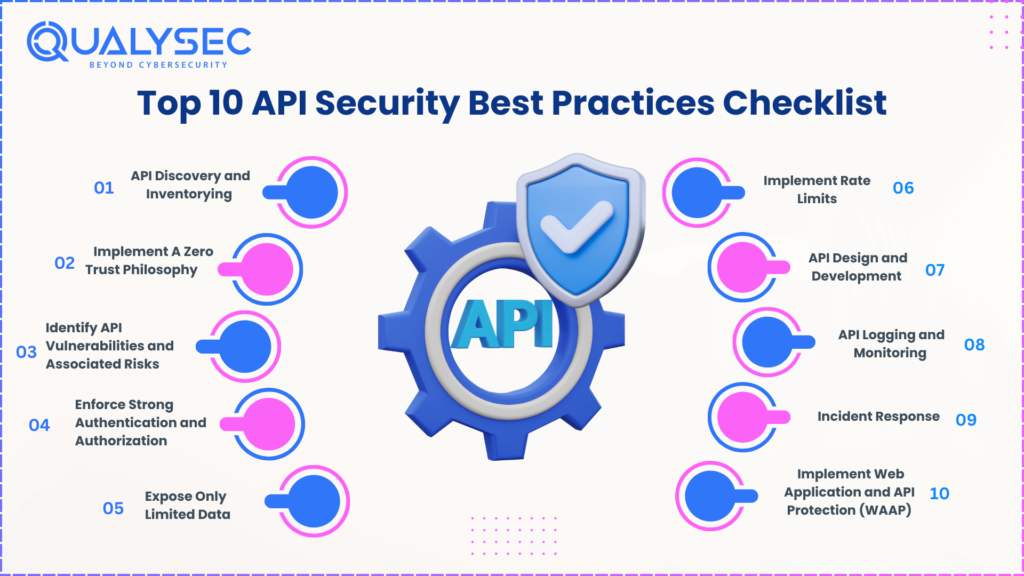
Since attackers continue to reveal and take advantage of the vulnerabilities in APIs, API security is imperative and critical. Utilize this API security checklist to begin to harden your API security stance.
1. API Discovery and Inventorying
API discovery is essential to API keys security since knowing the APIs within a system is key to securing them appropriately. Security weaknesses tend to occur when organizations do not know all the APIs within their environment or are not well-documented and maintained.
Best practices for API discovery in API security:
- Maintain a current list of all APIs, such as names, versions, endpoints, and authentication schemes.
- Use technology to automatically scan documentation, code repositories, and networks for API identification.
- Provide thorough and consistent API documentation to assist developers and security teams.
- Apply versioning to APIs and define policies on how to deprecate old versions to facilitate security updates.
- Configure continuous monitoring of API activity with alerting on suspicious activity to catch security incidents early
2. Implement A Zero Trust Philosophy
When looking at the idea of API security, although most stress API authentication, API security is actually all about API threat prevention.
Zero Trust refers to a security principle that asserts that businesses shouldn’t trust anyone by default and should authenticate anything accessing their systems.
Zero-Trust philosophy must be applied to even authorized API endpoints, authenticated clients, as well as unauthenticated and unauthorized parties.
Keep the following checklist in mind when applying a zero-trust policy to your API:
- Verify HTTPS or another secure transport for data in transit.
- Carefully inspect API requests for possible dangers.
- Adhere to secure deployment procedures within cloud environments.
- Apply measures such as encryption and access controls to prevent data loss.
- Maintain current security dangers through threat intelligence feeds.
- Establish strong logging and monitoring for threat detection in advance.
3. Identify API Vulnerabilities and Associated Risks
Securing strong API security means detecting and preventing threats in advance. Inactive API vulnerabilities can be very dangerous. Adopt these rules for successful API threat prevention:
- Utilize behavior, pattern, and heuristic analysis for advanced threat detection beyond dependency on simple signature-based approaches.
- Adopt multi-layered security to protect APIs against different kinds of threats, such as DDoS attacks, bot attacks, and OWASP Top 10 API security threats.
- Leverage cutting-edge technologies such as self-improving AI, analytics, and automation to enhance API security.
- Have real-time visibility into the security posture of your APIs.
- Enhance API security by encrypting all data that is being sent.
- Implement virtual patching to protect vulnerabilities until developers can fix them.
- Assess API endpoints before making any code modifications to ensure data handling requirements compliance and uphold security standards.
Ongoing security testing is essential for a thorough API security checklist. Through extensive testing, discover vulnerable areas of your API.
4. Enforce Strong Authentication and Authorization
While authentication and authorization serve distinct purposes, these two API best practices are effective weapons for API security when used in conjunction with each other.
- Authentication is required for securely authenticating the user of the API. Authorization is about what information they can access.
- API authentication enables restriction or removal of abusive users of the API. API authorization typically begins once the identity is verified using authentication and checks if users or applications can use the API.
API authentication and authorization are for the following reasons:
- Authenticate API calls to valid users only
- Track the requestors
- Monitor API usage
- Provide various levels of permissions to various users
- Block the requester who hits the rate limit
- API Best practices for authorization and authentication
5. Expose Only Limited Data
When we consider web API security best practices, we usually consider how to block out nefarious behavior. It is also extremely important to prevent the accidental exposure of sensitive data.
Since APIs are a developer’s utility, they tend to contain passwords, keys, and other hidden information that discloses too much about the API endpoints.
Ensure that APIs expose no more data than required to complete their operation. Additionally, apply data access controls and least privilege at the API level, monitor data, and hide if the response leaks confidential data.
Apply the following checklist points to limit data exposure:
- Expose minimal necessary data for API operations.
- Monitor and hide any accidental leak of confidential data in API responses.
- Perform regular audits to detect and correct accidental data exposure.
- Hide sensitive information in API responses, particularly for non-privileged users.
- Securely manage passwords, keys, and secrets.
- Regularly review security to determine data exposure risks and tighten access controls.
6. Implement Rate Limits
DDoS (Distributed Denial of Service) is the most prevalent method of attacking an API by flooding it with an infinite API request. The attack impacts the performance and availability of APIs.
Rate limiting, or API limiting, imposes a limitation on the frequency at which an API can be called (to keep an API open to legitimate requests). Aside from DDoS attack prevention, it restricts abusive behaviors such as aggressive polling, credential stuffing, and frequent updates to configurations. API rate limiting not only addresses equitable usage of shared resources but can also be utilized to:
- Apply varying levels of access on API– based services
- Measure API usage
- Ensure API performance
- Make system available
API rate limiting checklist:
- Define rate limits per API endpoint, with the highest number of allowed requests in a given time interval.
- Have a system to process rate-exceeded requests gracefully and return corresponding HTTP status codes and error messages.
- Make rate limits adaptable based on the importance of particular API endpoints.
- Enforce logging and monitoring API usage and rate-limiting occurrences for proactive problem detection and debugging.
- Periodically review and modify rate limits according to evolving usage patterns, business needs, and API performance.
7. API Design and Development
Because of the pressure on developers to provide speed to the market, they usually do not have time for security testing. In addition, they deploy APIs with known vulnerabilities and dark spots for future functionality, retain older versions deployed for backward compatibility, etc.
Thus, API security cannot be restricted to production. A best-in-class API security strategy is having security controls and techniques in place from design and development time.
Incorporate these best practices within your API security checklist to methodically scan and correct misconfigurations.
- Develop secure-by-design APIs
- Employ safe development frameworks, code, templates, libraries, etc.
- Limit source code access to those who require it
- Inspect design and code for bugs, particularly business logic-related bugs
- Add security configuration checks to your API security checklist to eliminate misconfigurations
- Search for hidden form fields and document API response
8. API Logging and Monitoring
Logging and monitoring APIs assist in building a baseline of what is ‘normal’ so that outlier events can be rapidly identified.
To further secure APIs, use the following practices:
- Define and identify all the elements, infrastructure, and apps that need to be logged.
- Monitor and log non-security parameters like API performance, speed, and uptime.
- Regularly examine anomalies in the logged data and adjust your APIs accordingly, following best practices for API security.
9. Incident Response
Detection and halting breaches have only been part of the security response. Data breaches, sometimes, cannot be avoided. When this is the case, a strong incident response plan is a necessity because it allows organizations to recover quickly and reduce the effect of breaches.
It must clearly outline the policy and procedures regarding immediate response, investigation, forensics, escalation, compliance, etc.
Incident Response Best Practices:
- Create a well-defined plan encompassing immediate response, investigation, forensics, escalation, and compliance.
- Run tests and drills to guarantee the efficacy of the response plan.
- Encourage collaboration between IT, security, legal, and related teams.
- Record response activities and have clear lines of communication.
- Guarantee compliance with the legal and regulatory environment.
- Assess incidents, determine root causes, and apply preventive measures.
10. Implement Web Application and API Protection (WAAP)
We suggest a Web Application and API Protection (WAAP) solution for business use cases where API calls are initiated from web and mobile applications. These applications typically have access to significant amounts of sensitive data, and APIs in these channels are difficult to protect.
Traditional firewalls and API gateways are not enough to counter API attacks using common security appliances. WAAP solution revolves around four integrated capabilities: DDoS protection, Web Application Firewall, Bot Management, and API protection.
WAAP also helps in decreasing operational complexity by minimizing the parameters that must be handled, making security rulesets more streamlined, and automatically providing suggestions for rules using its AI features.
Conclusion
Api Security Solution play a significant role in the safety of digital worlds by safeguarding information exchange and restricting external invasion. With organizations heavily relying on APIs to connect and share resources, advanced security of APIs maintains critical information secrecy and business process integrity and serves as a must-have in cybersecurity planning nowadays.

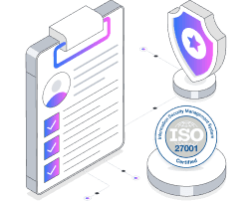



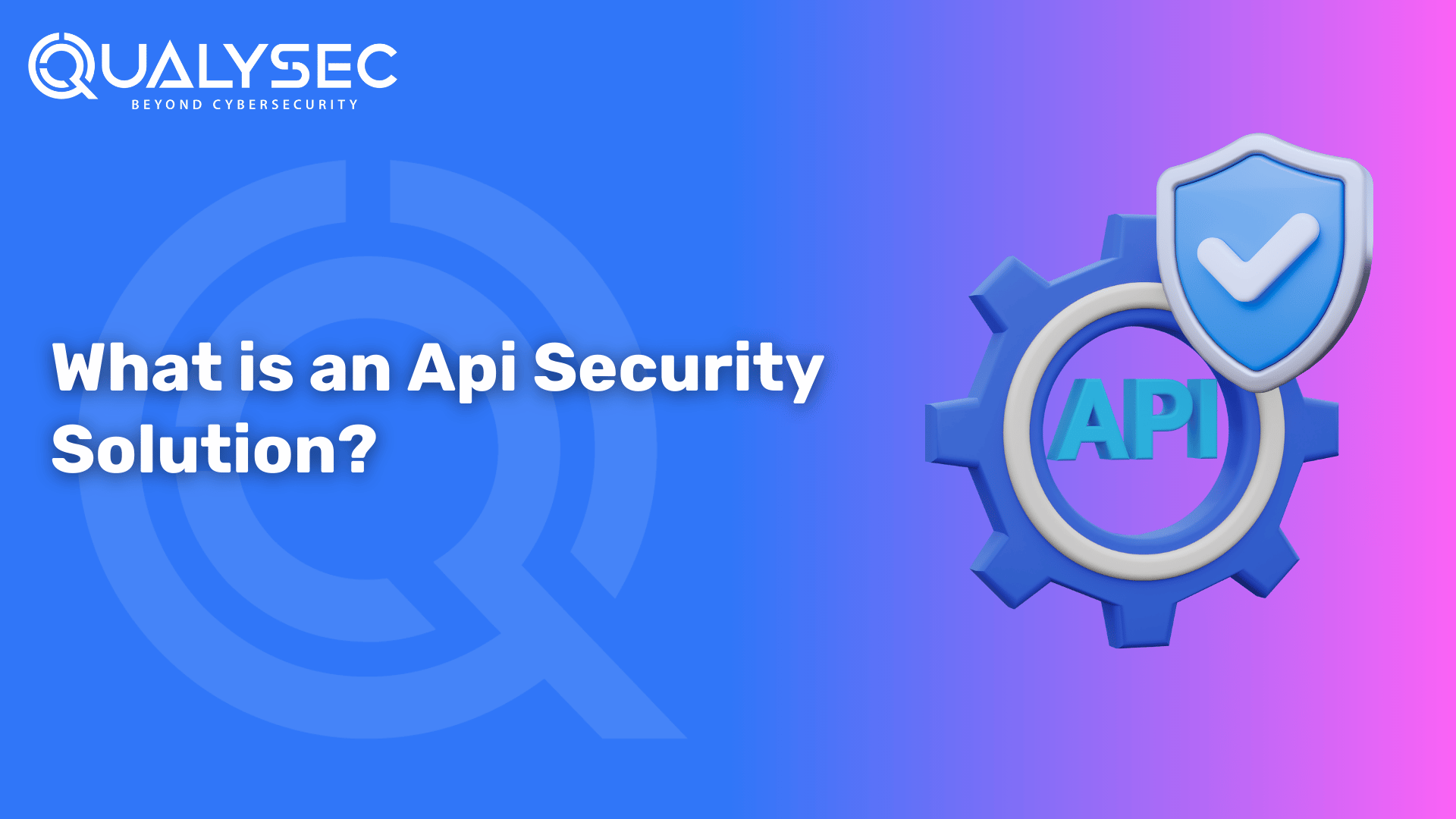





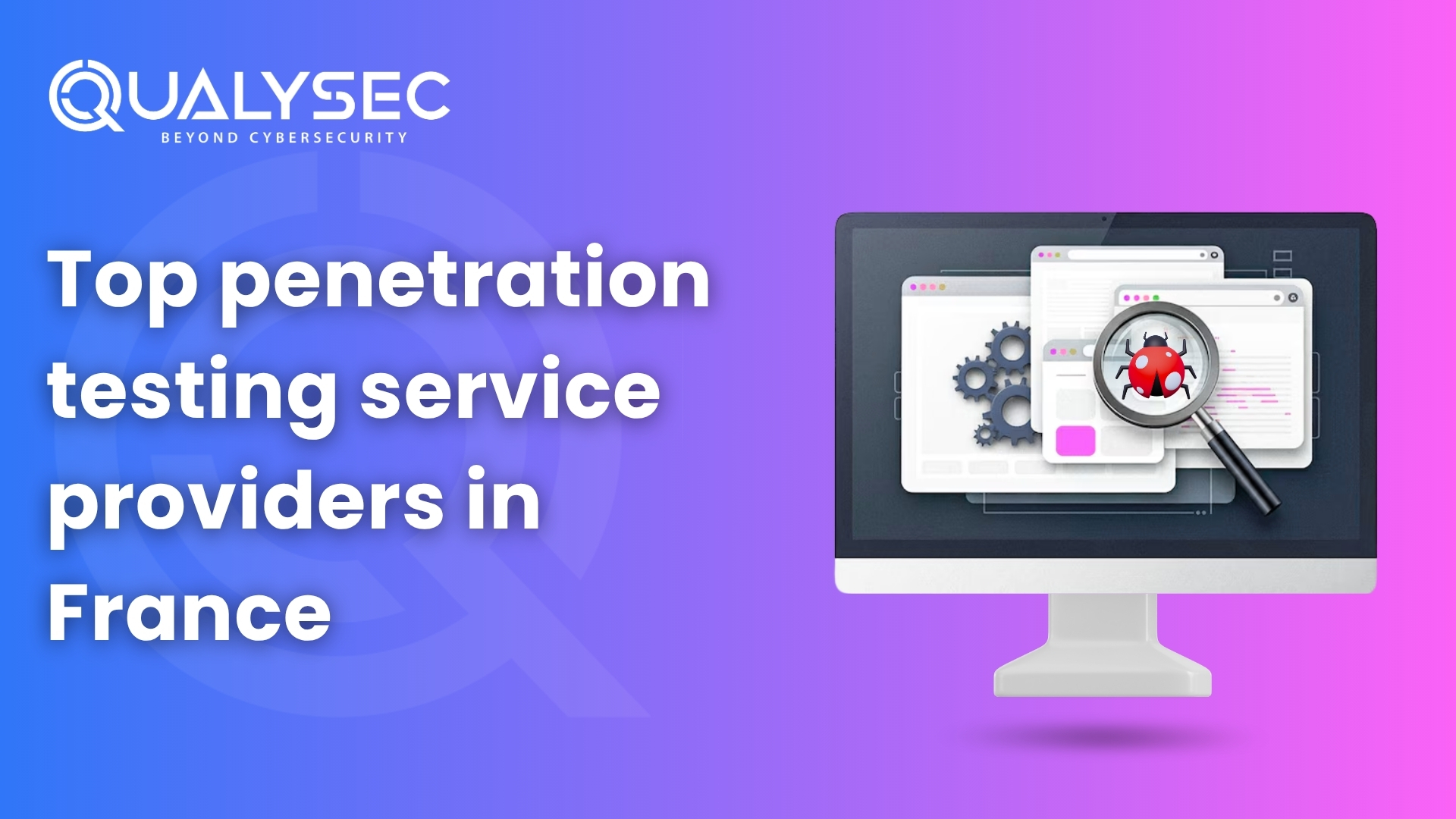
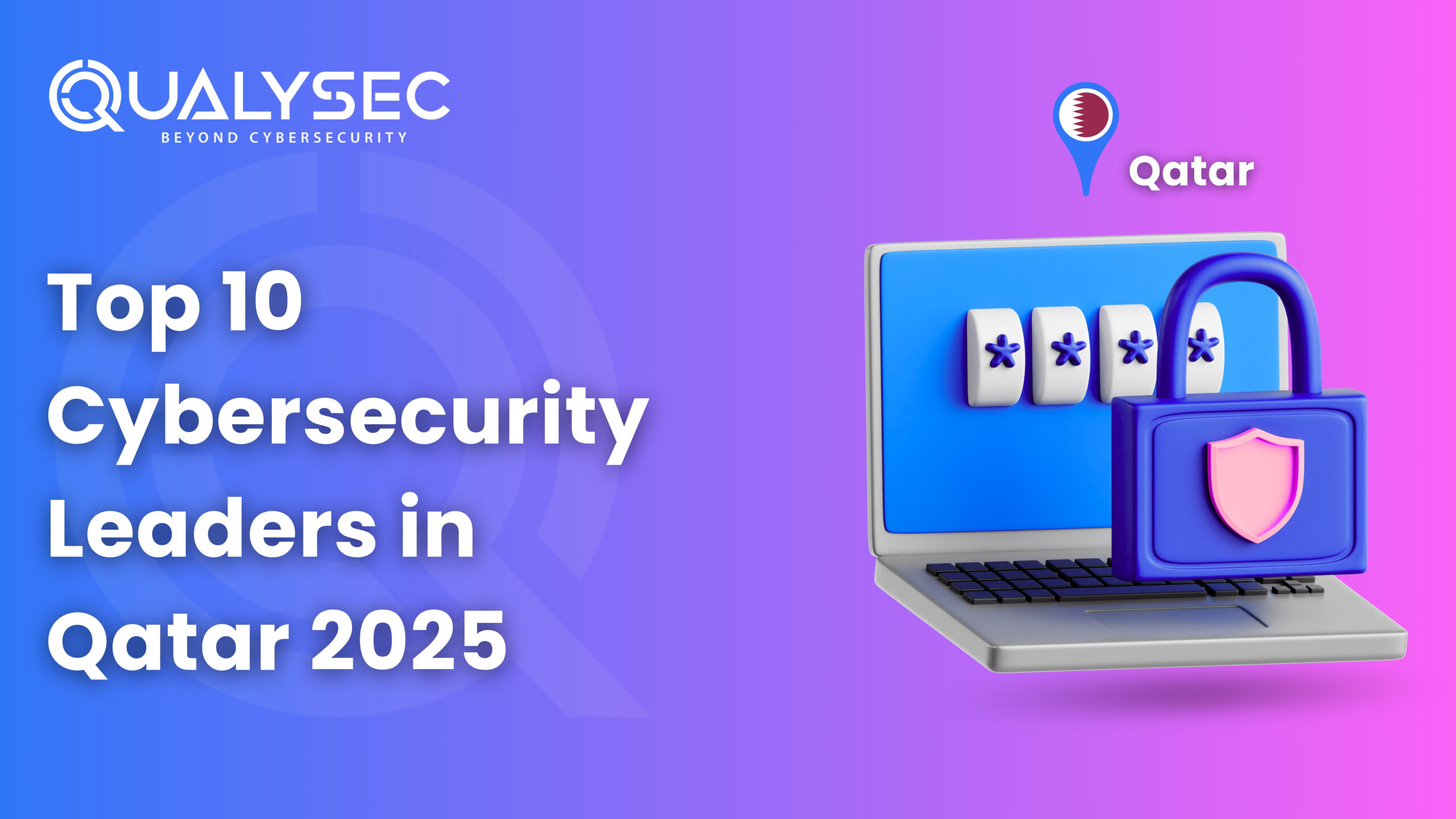
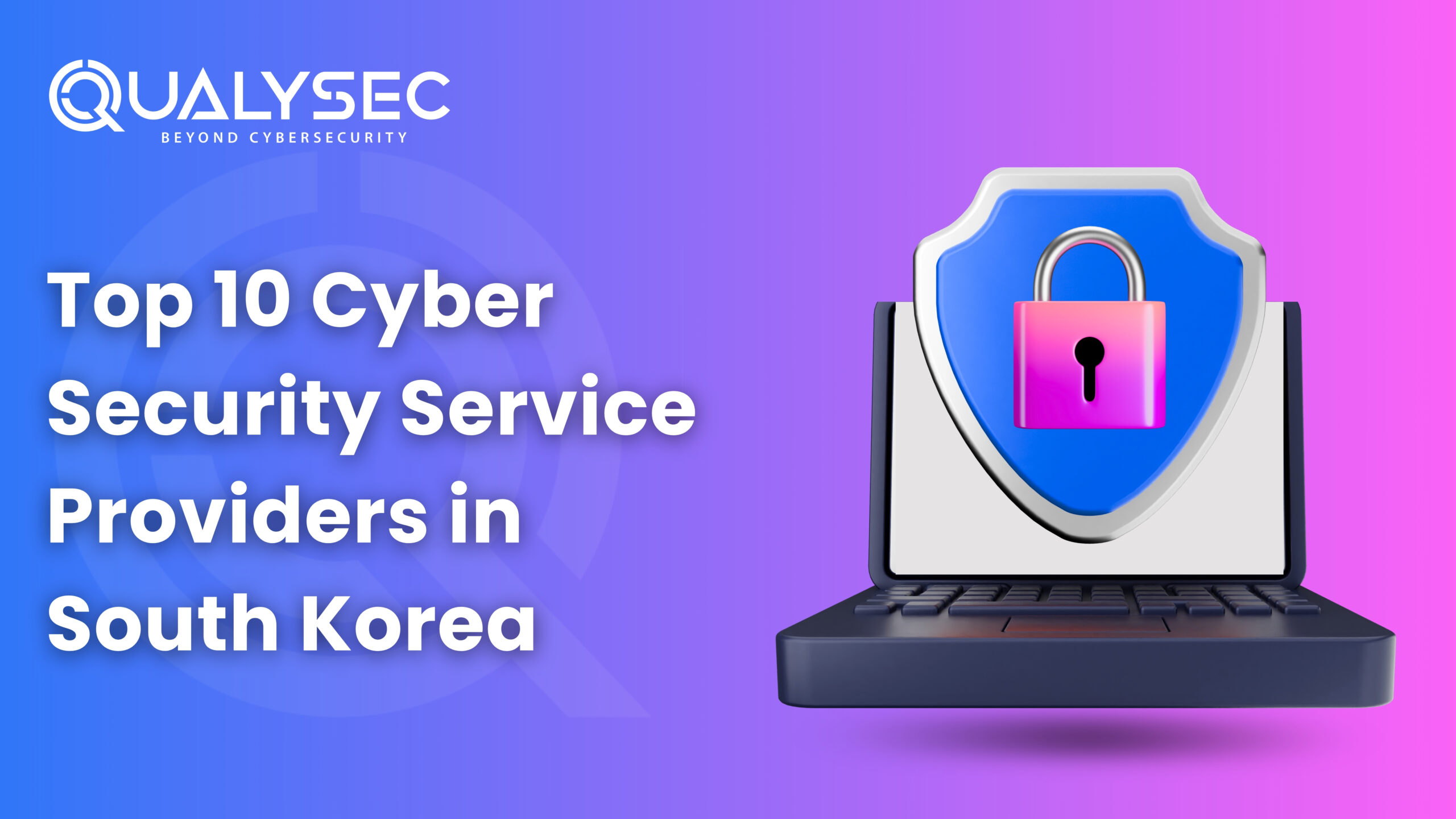

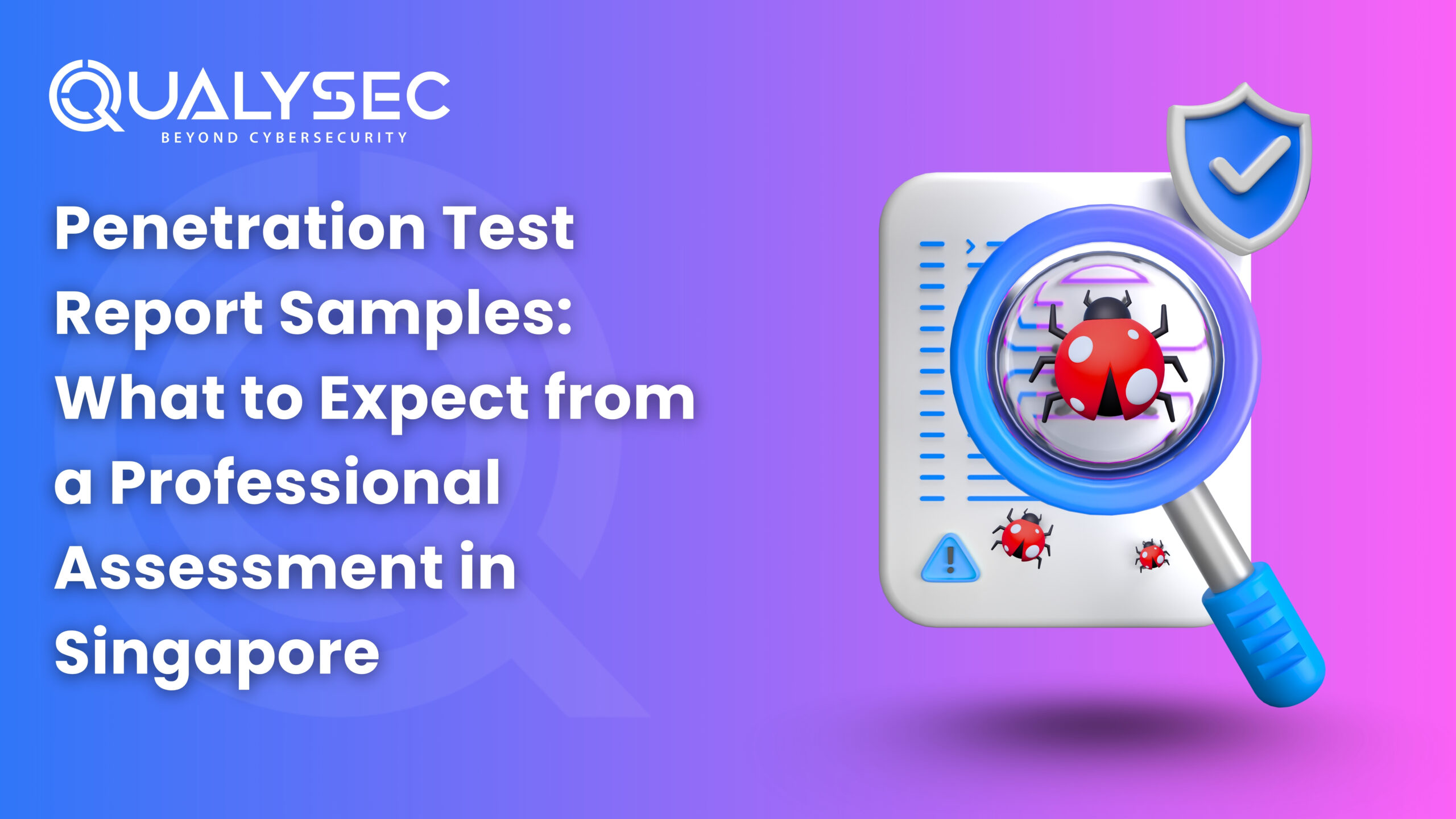
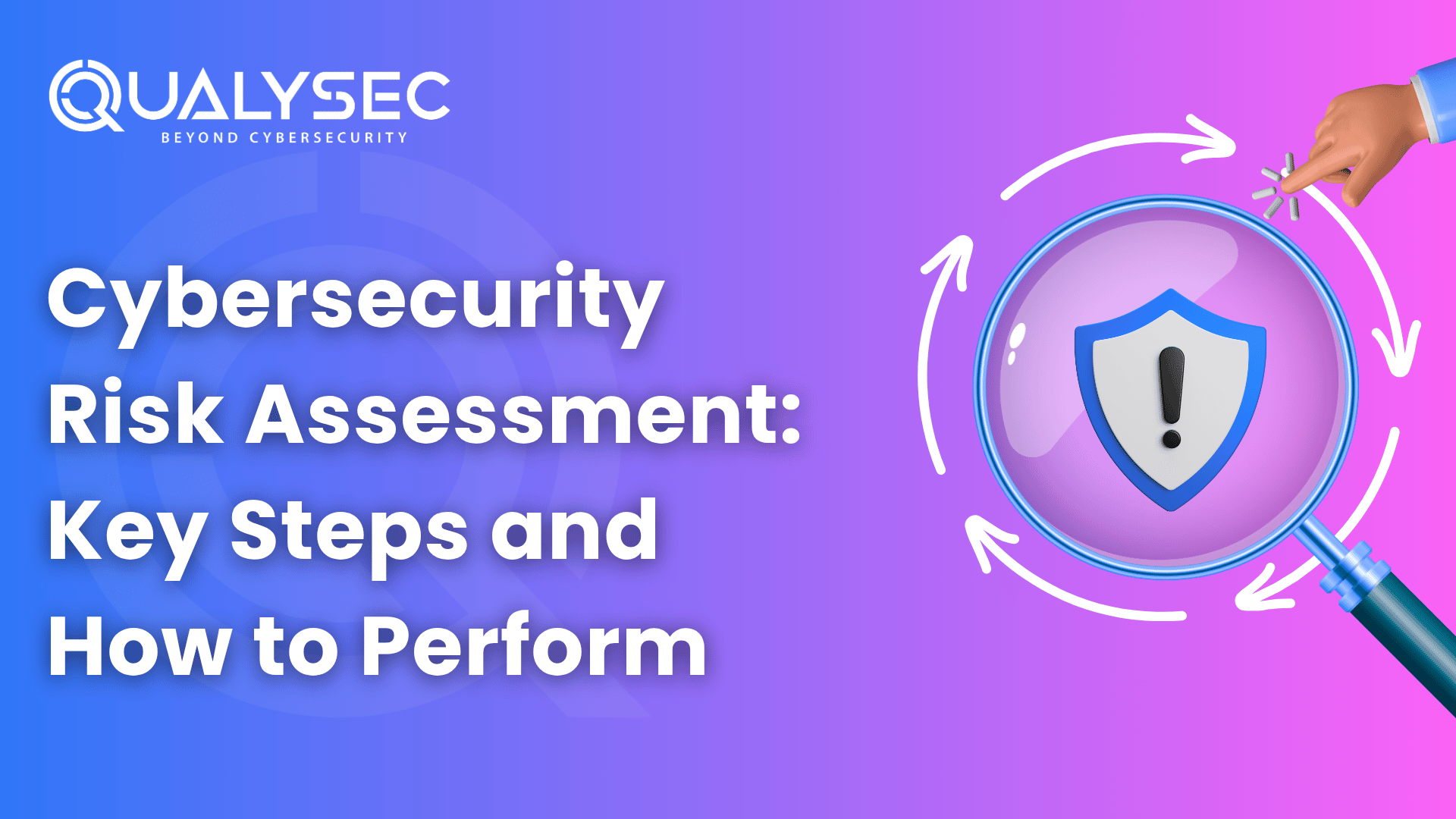
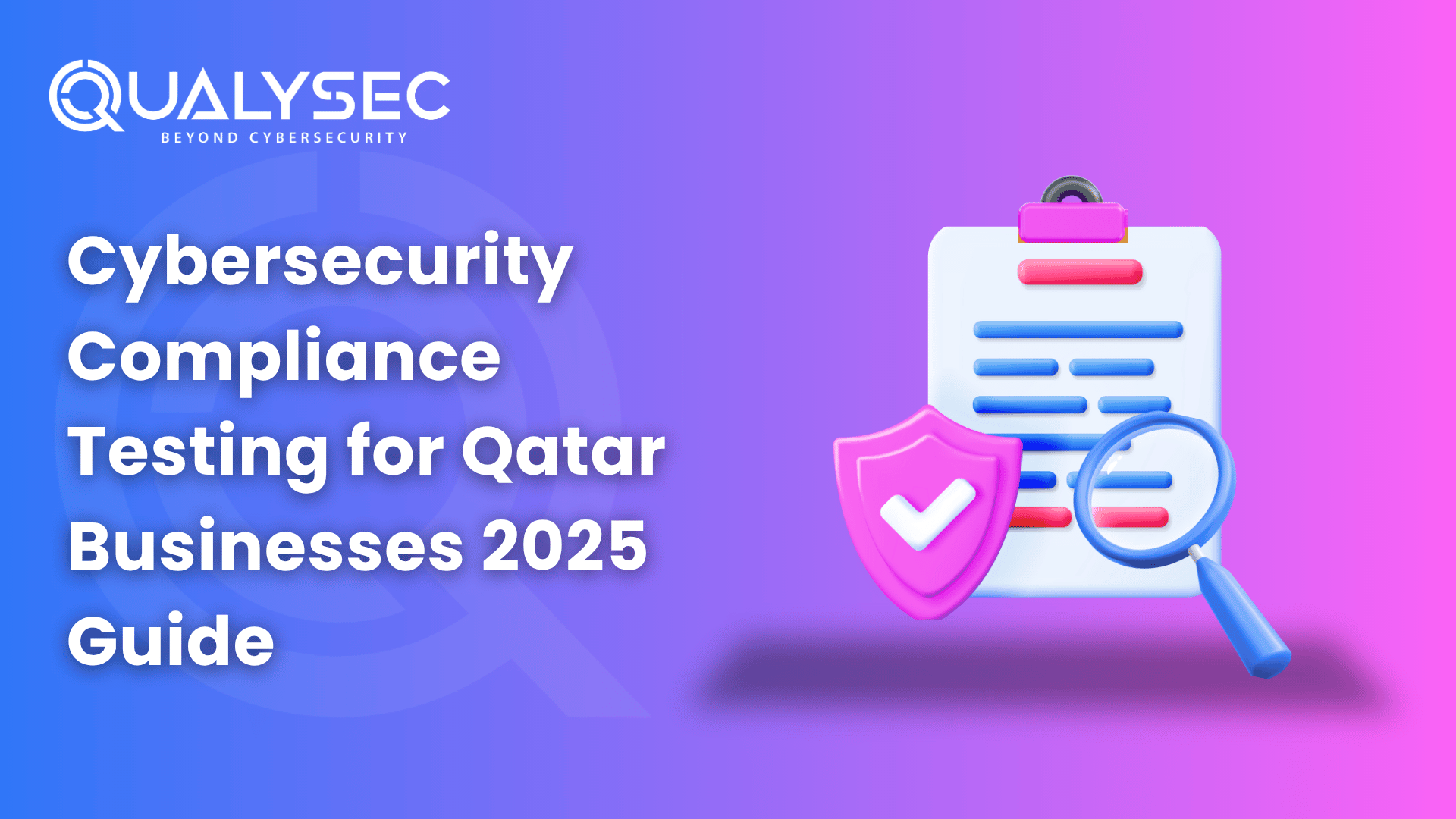
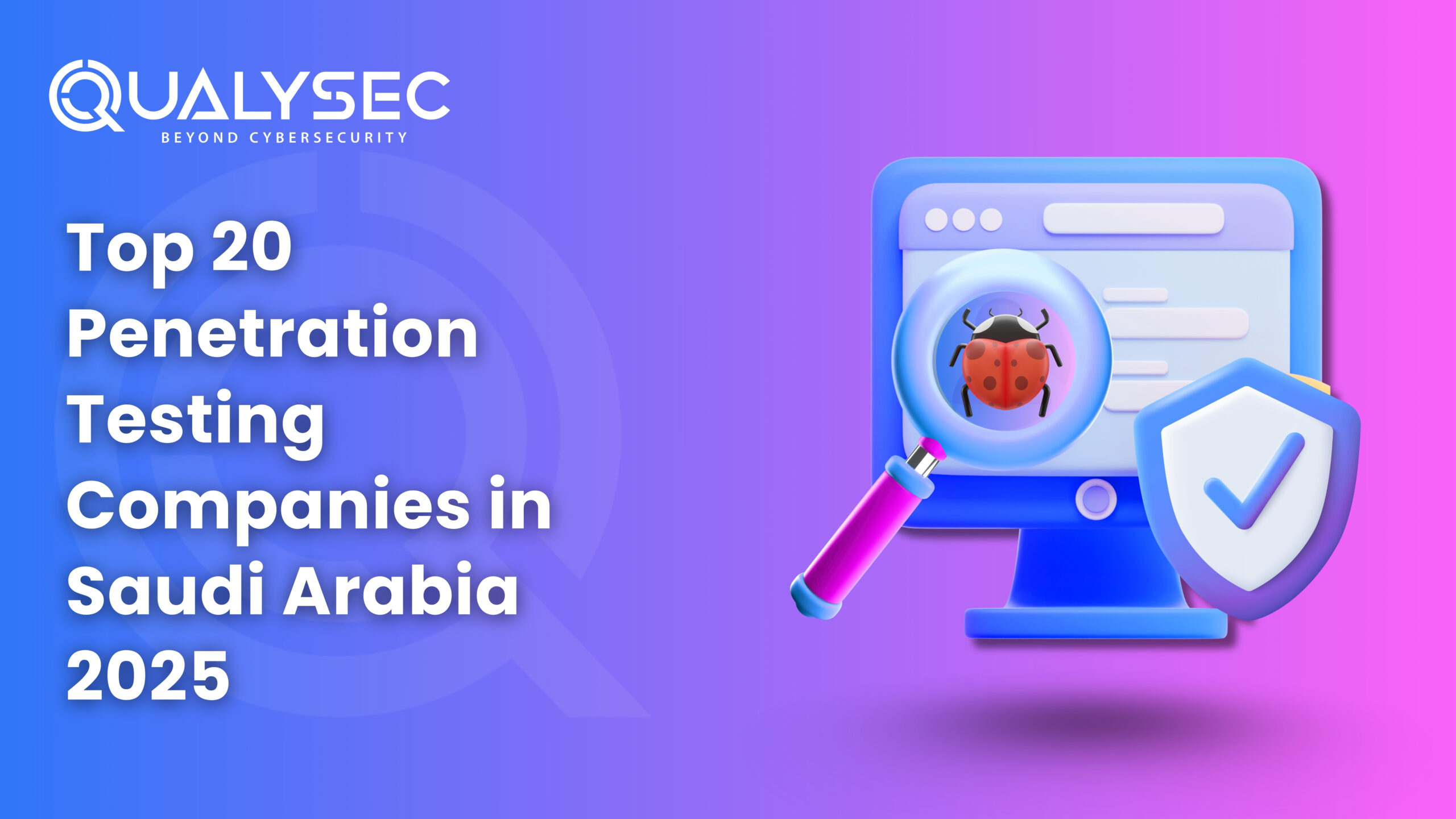
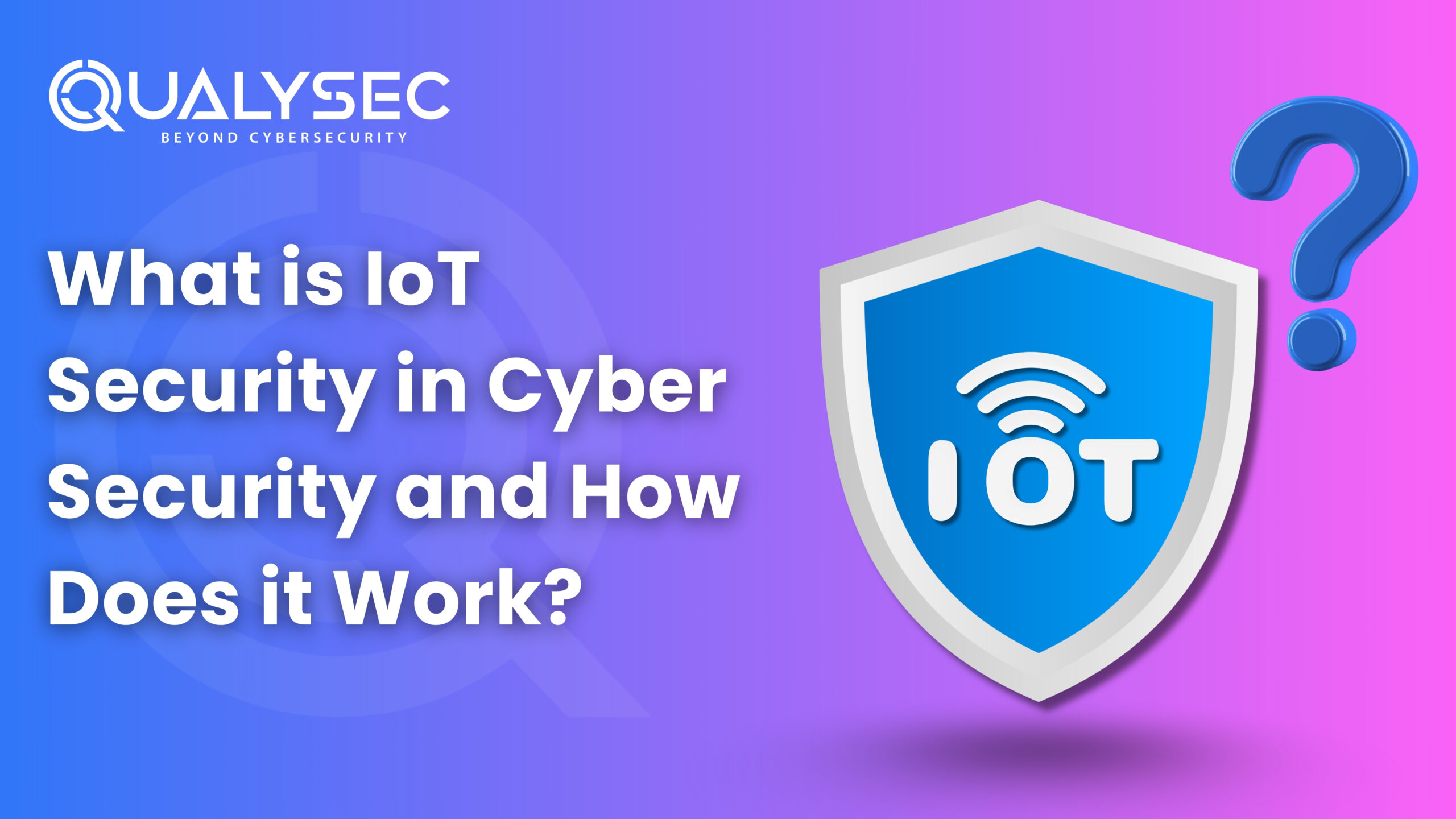
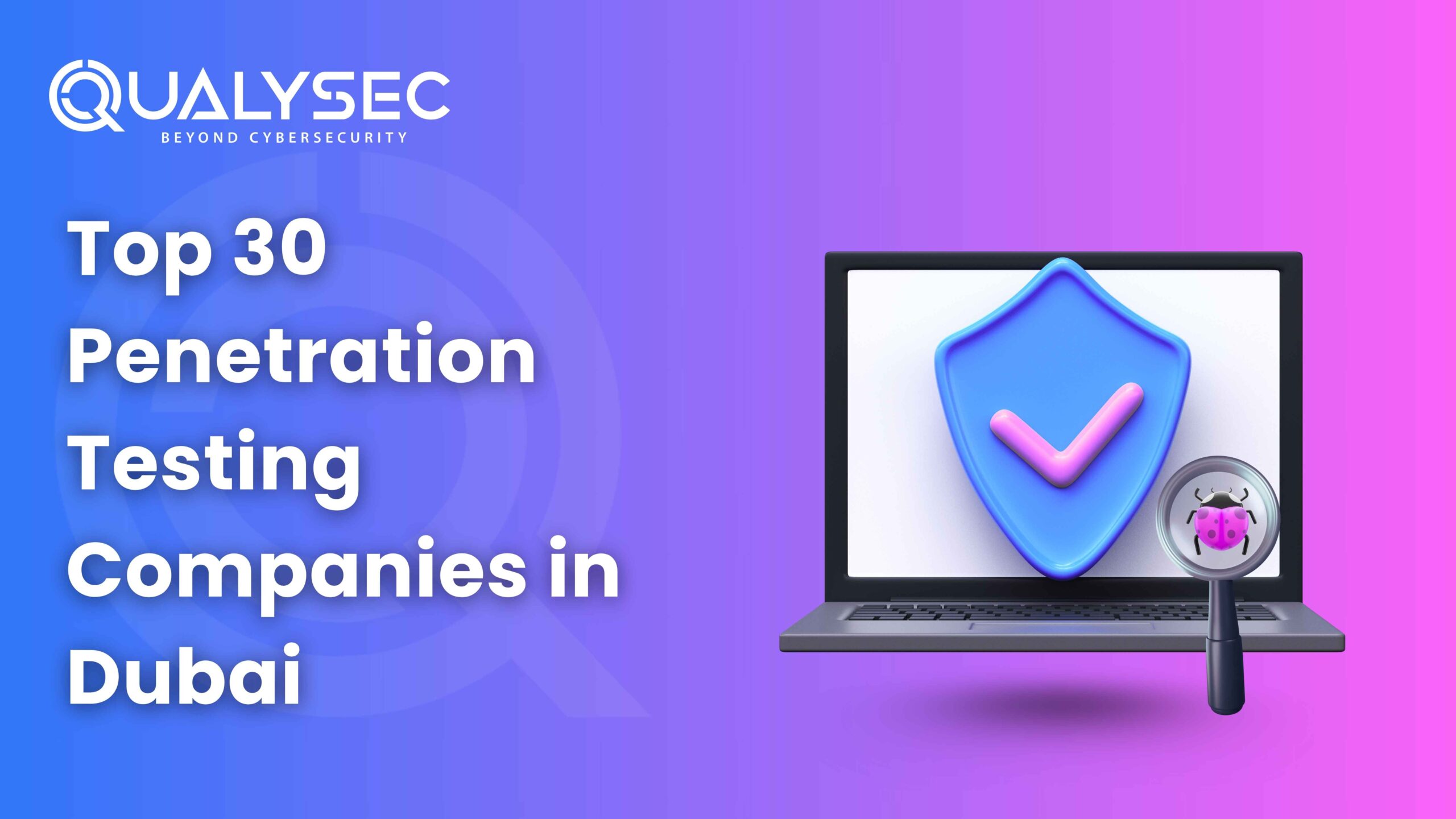

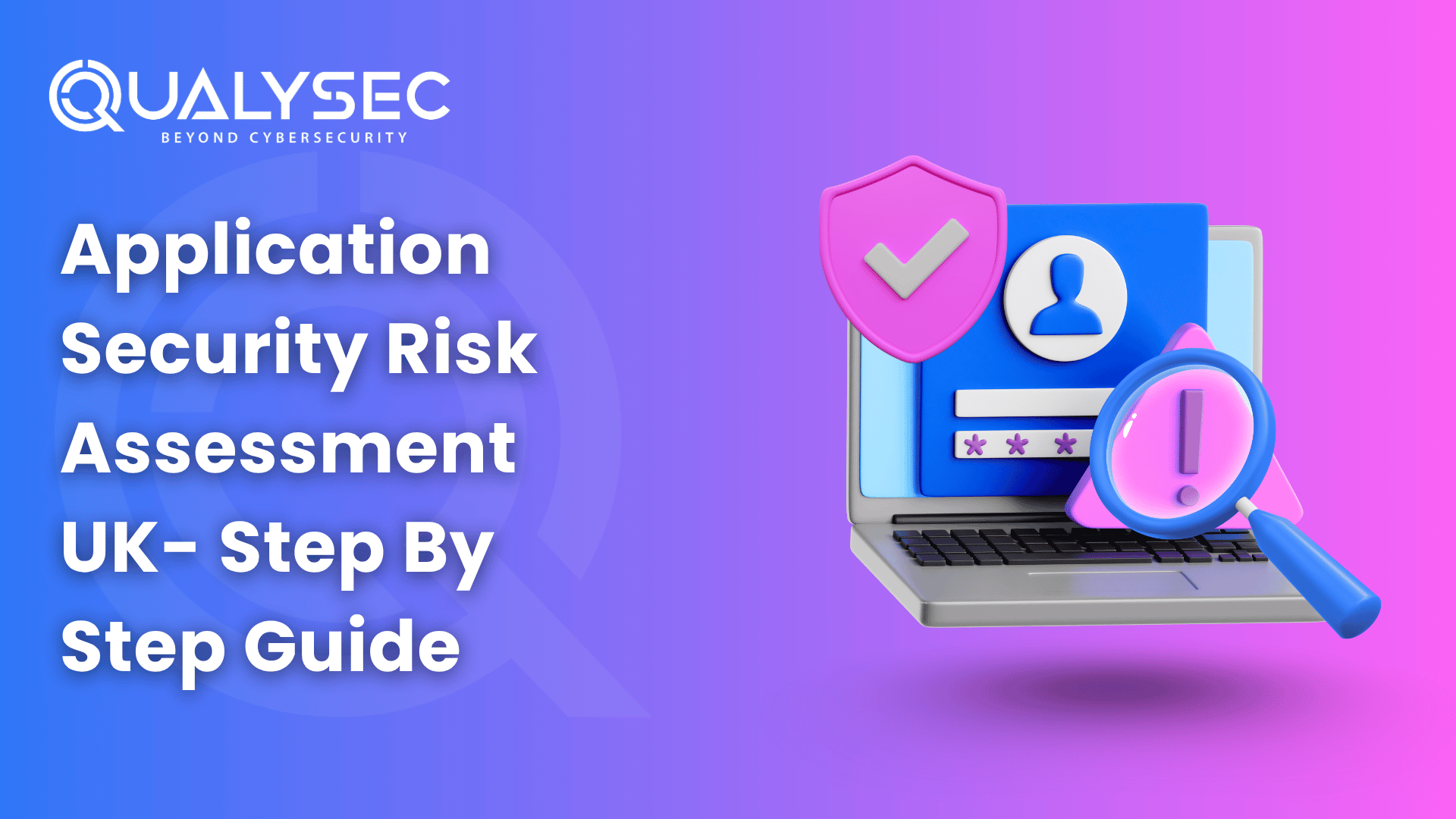
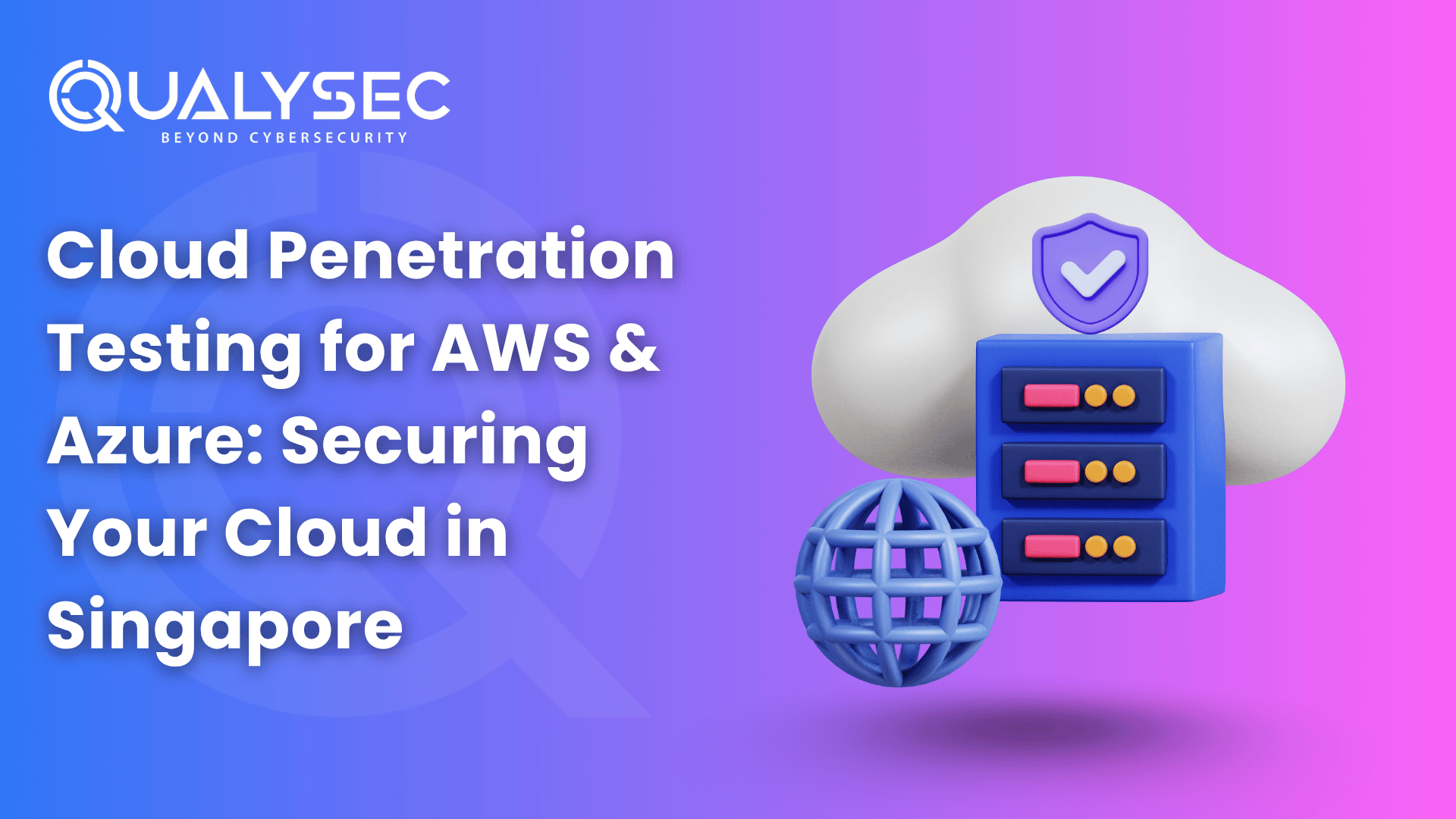
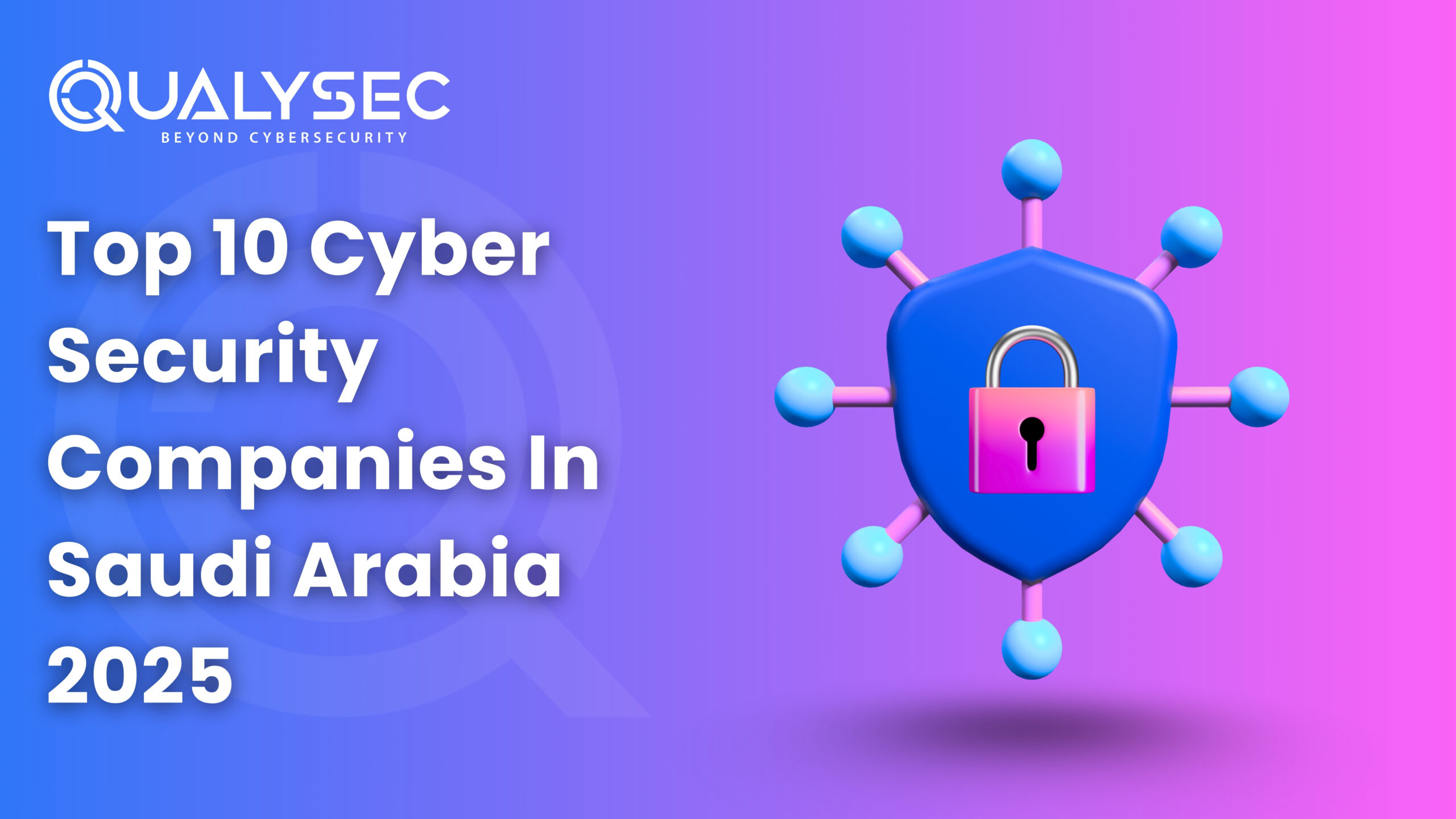
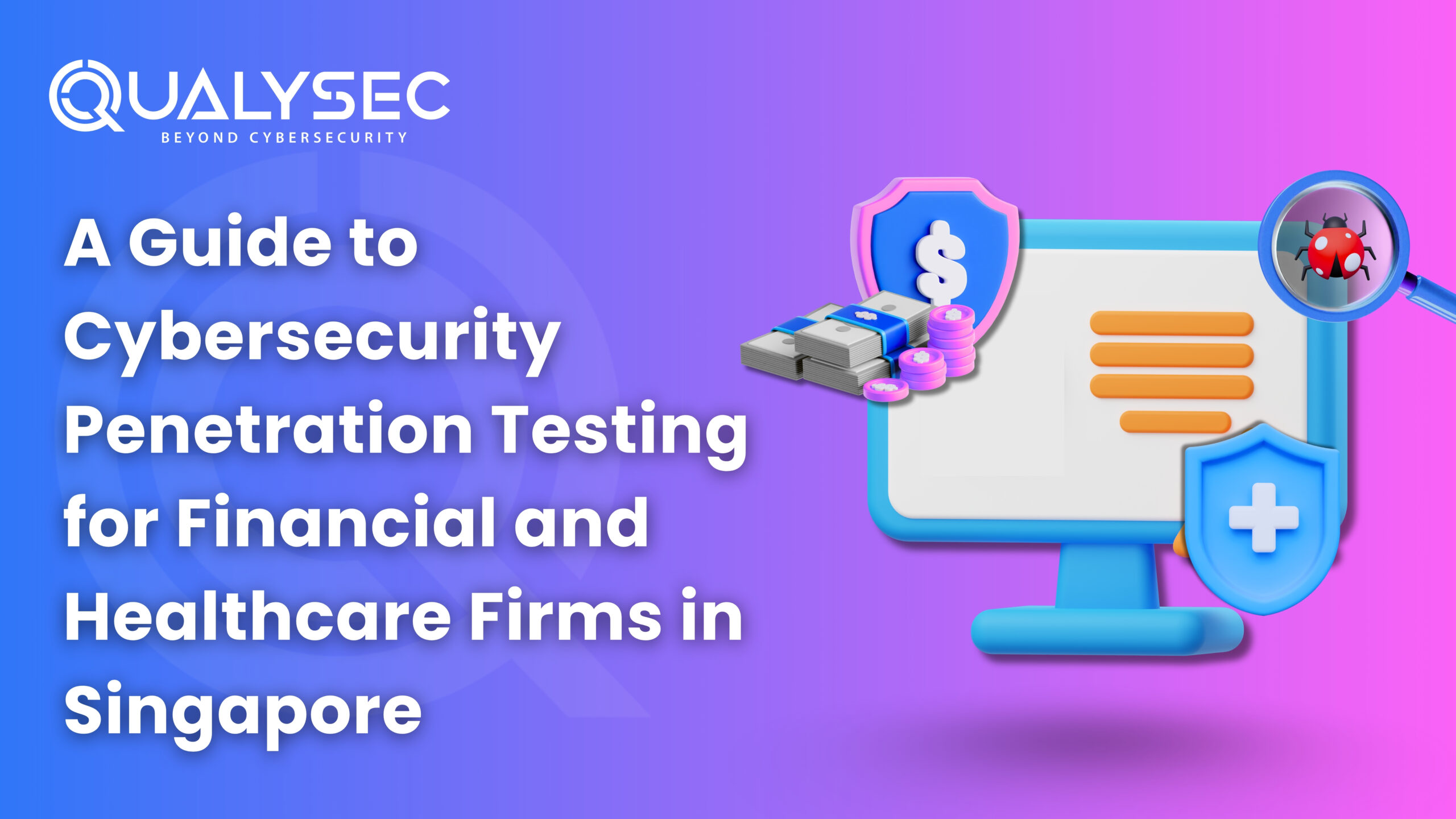

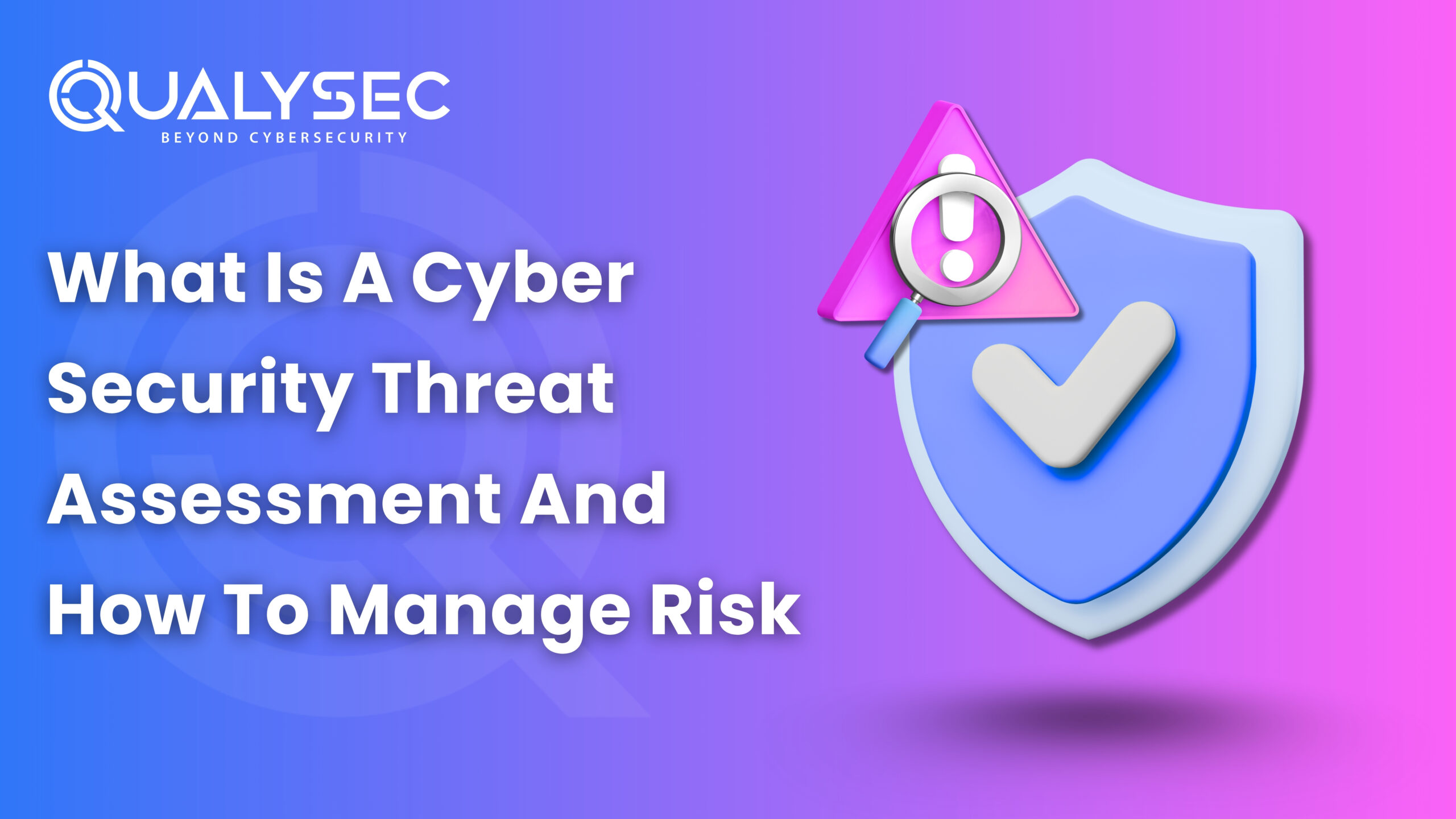

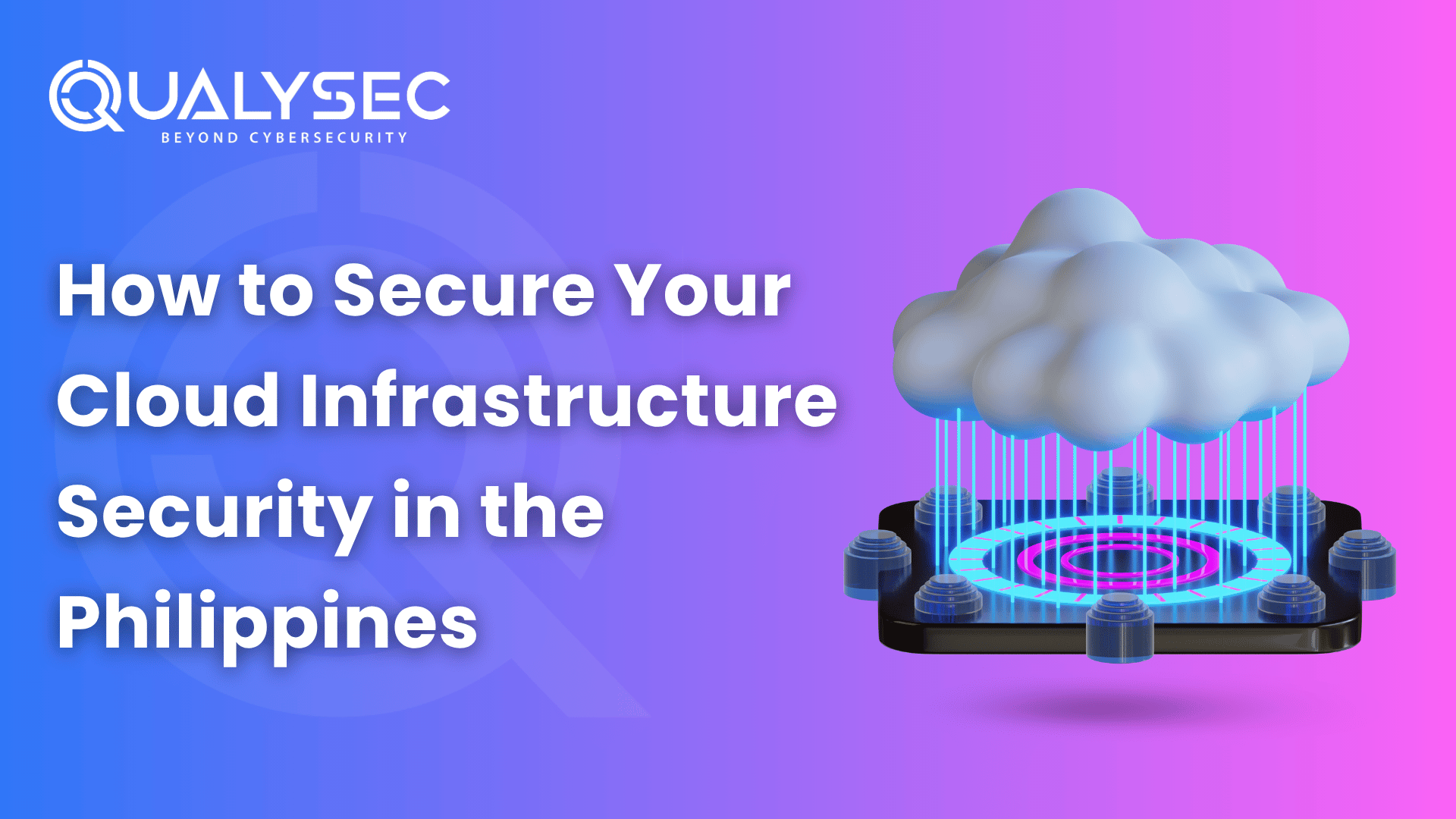
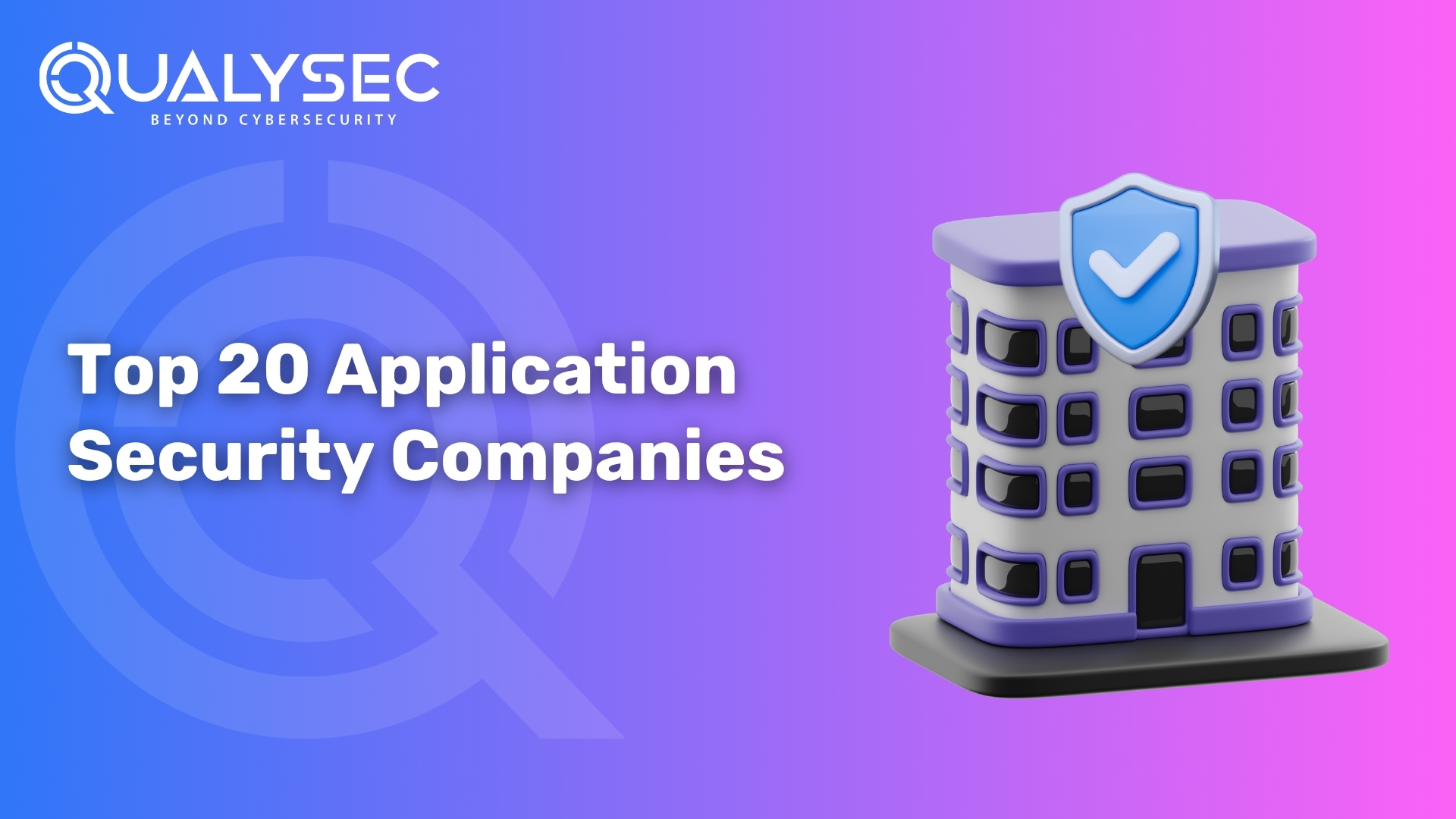
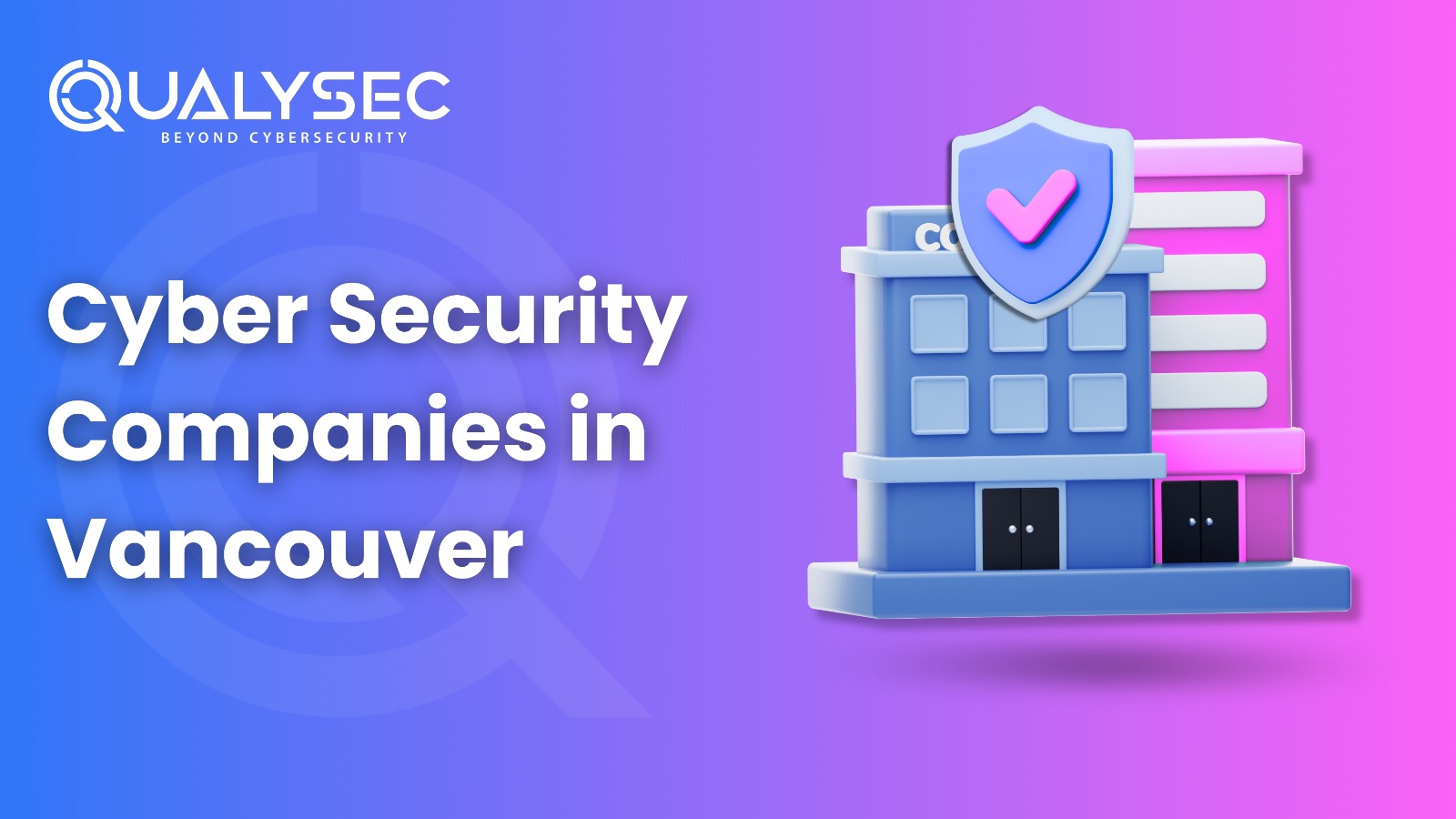
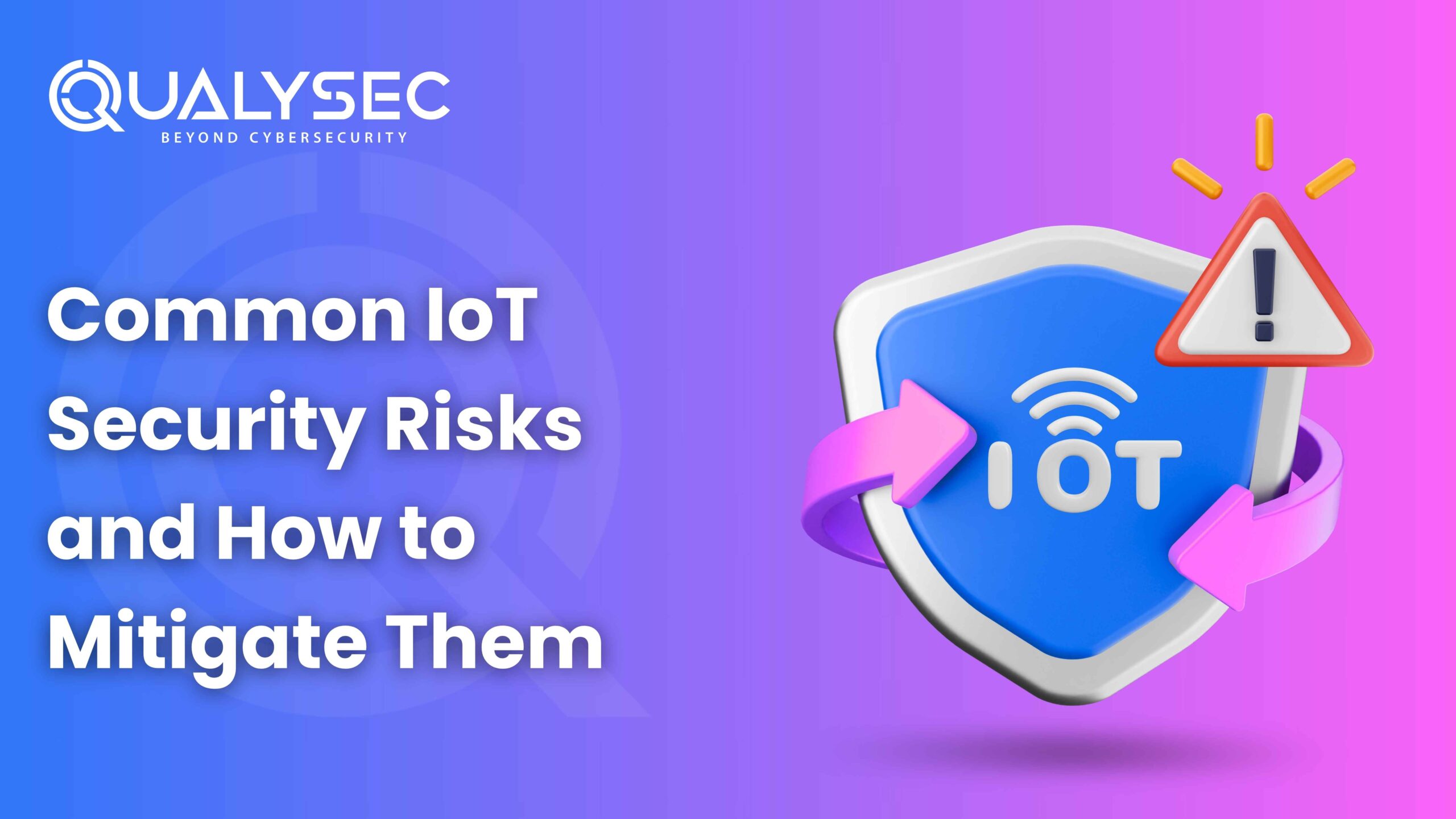

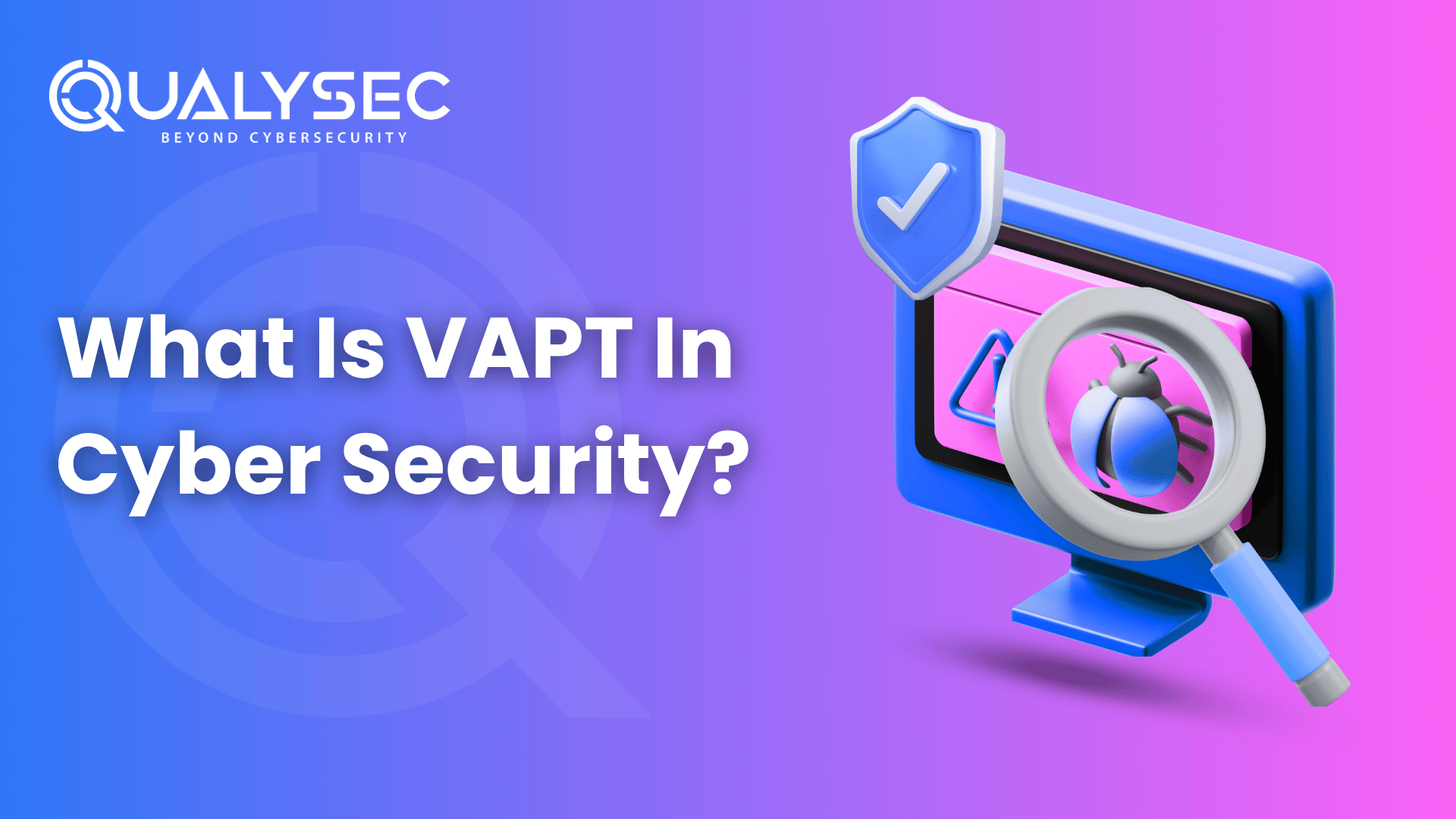

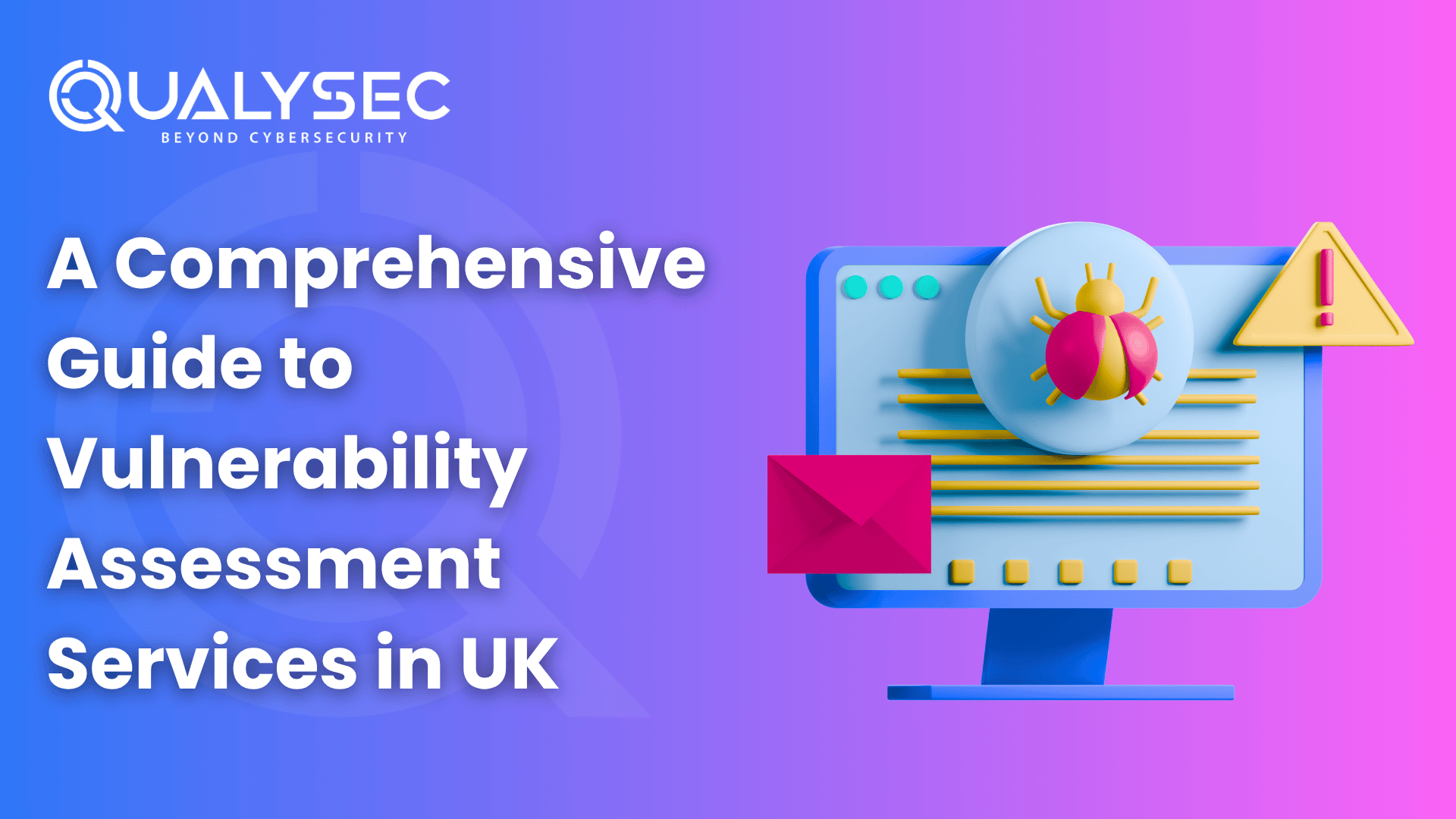
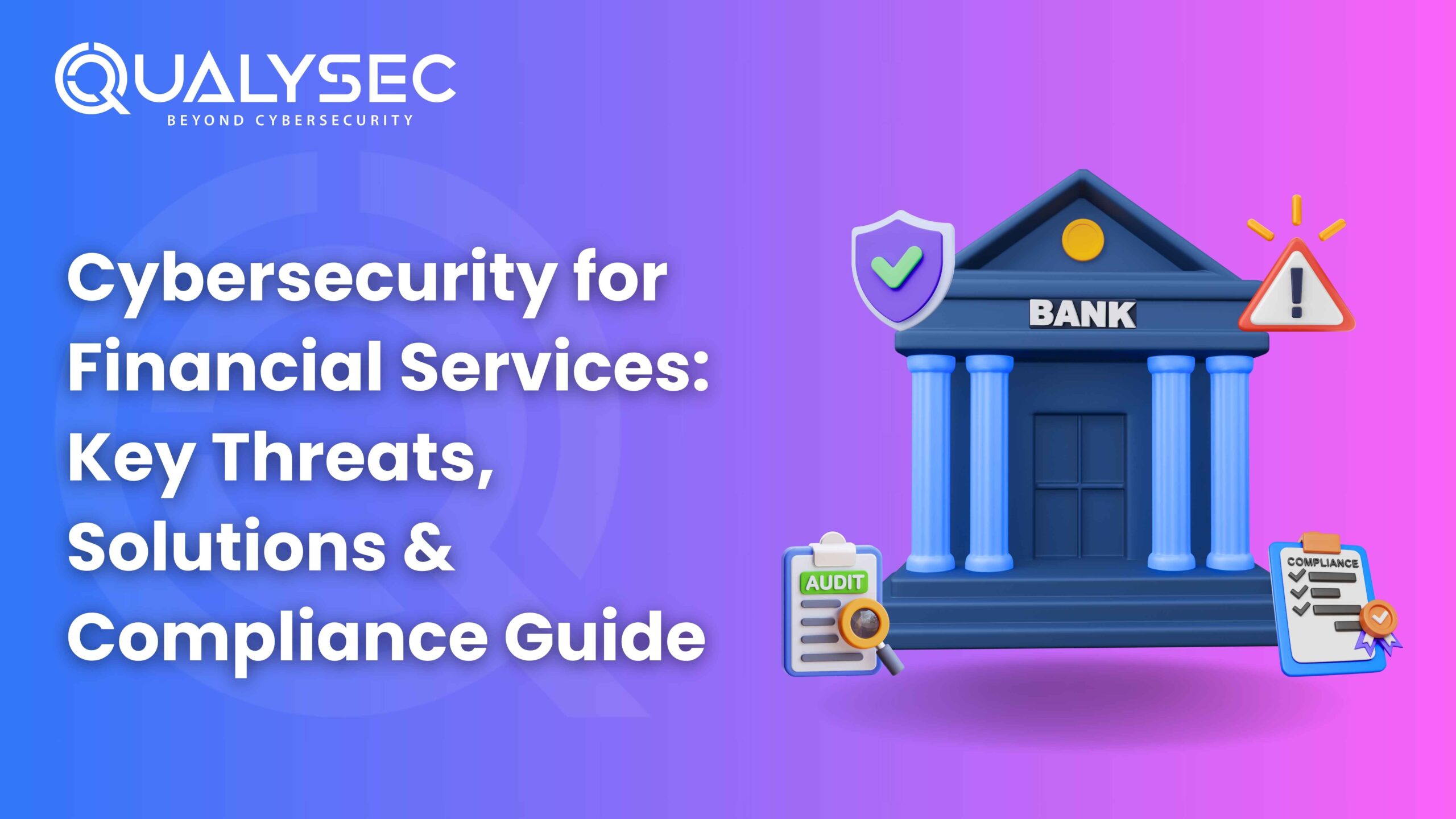


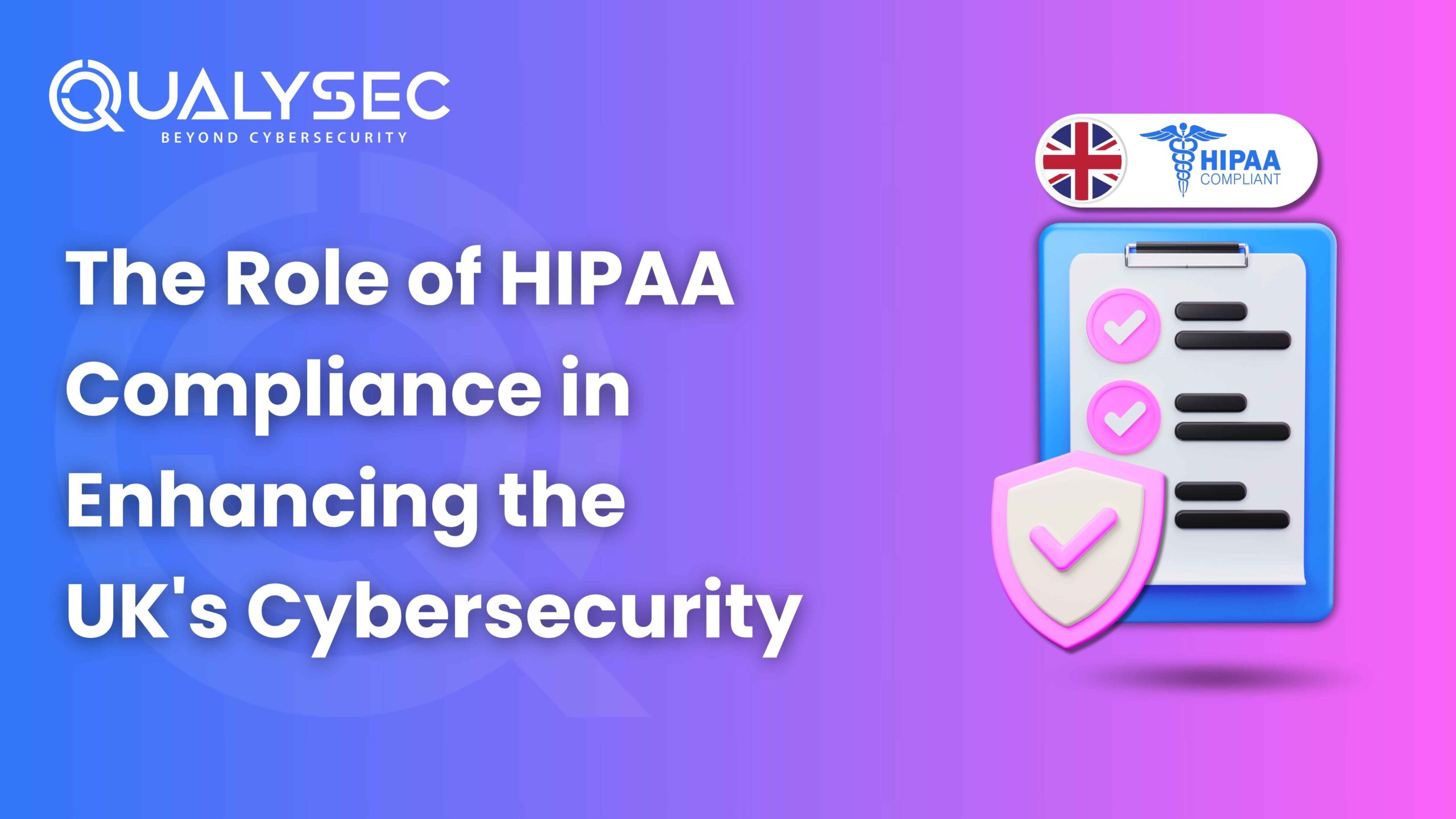
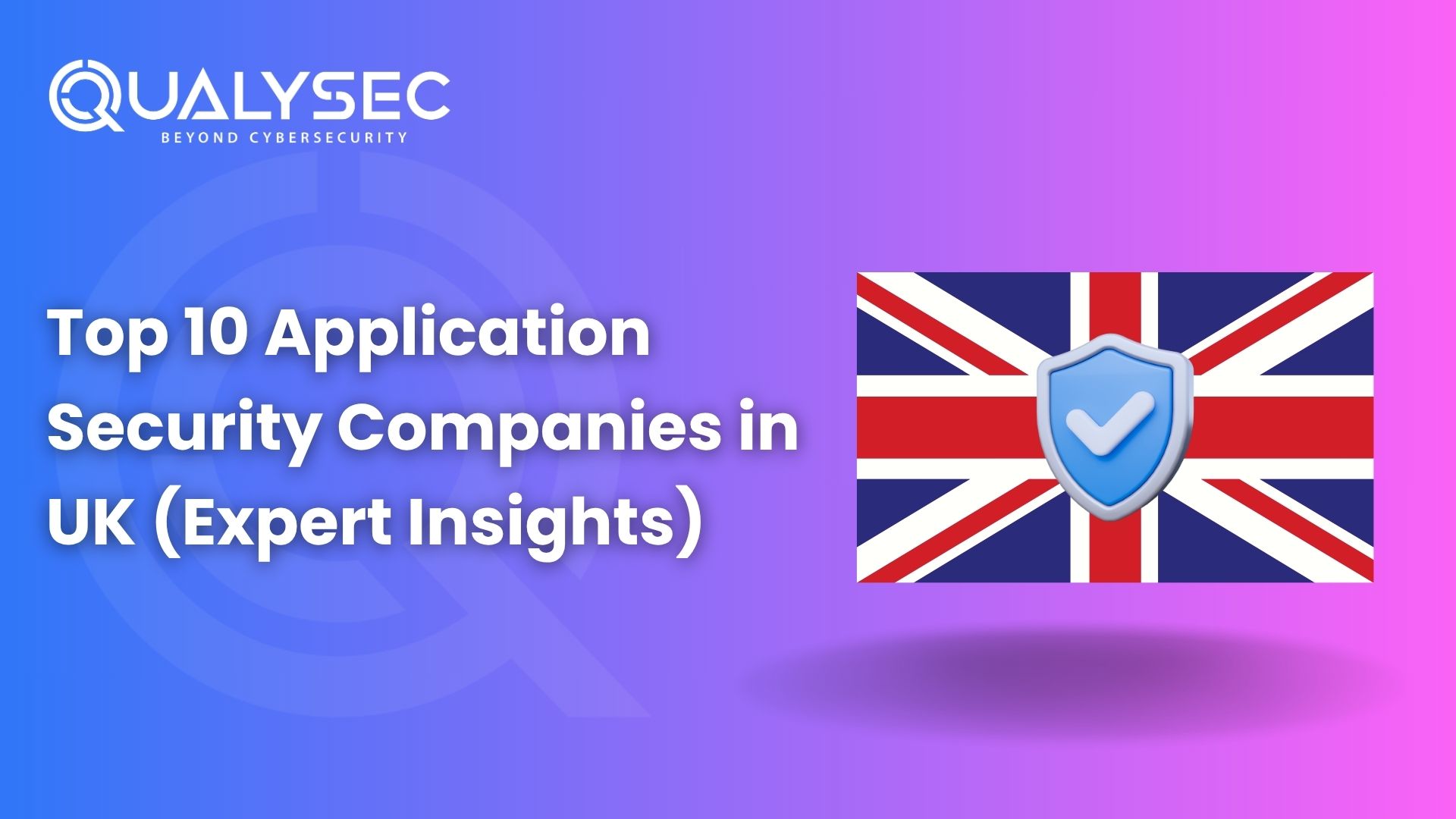

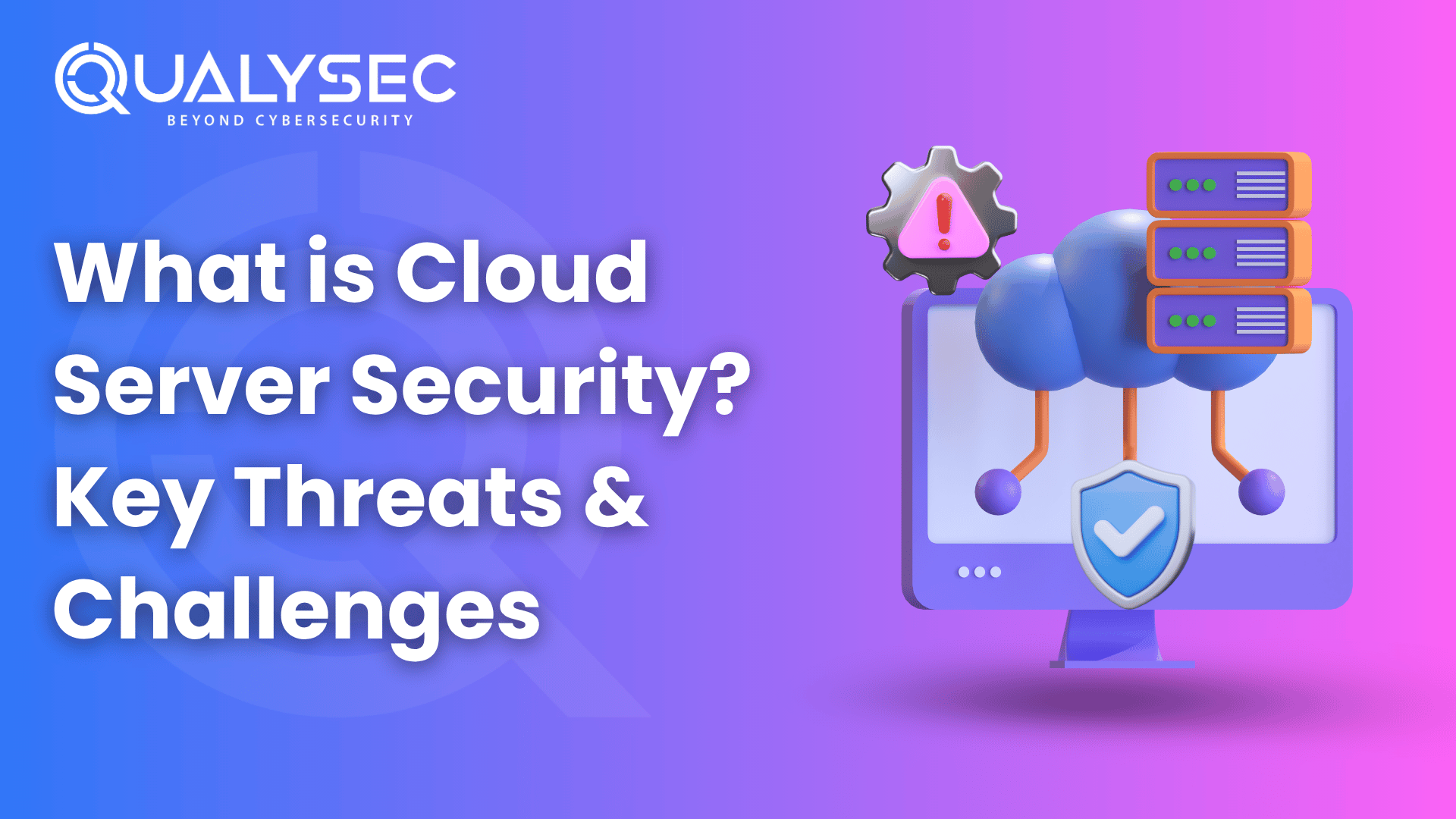
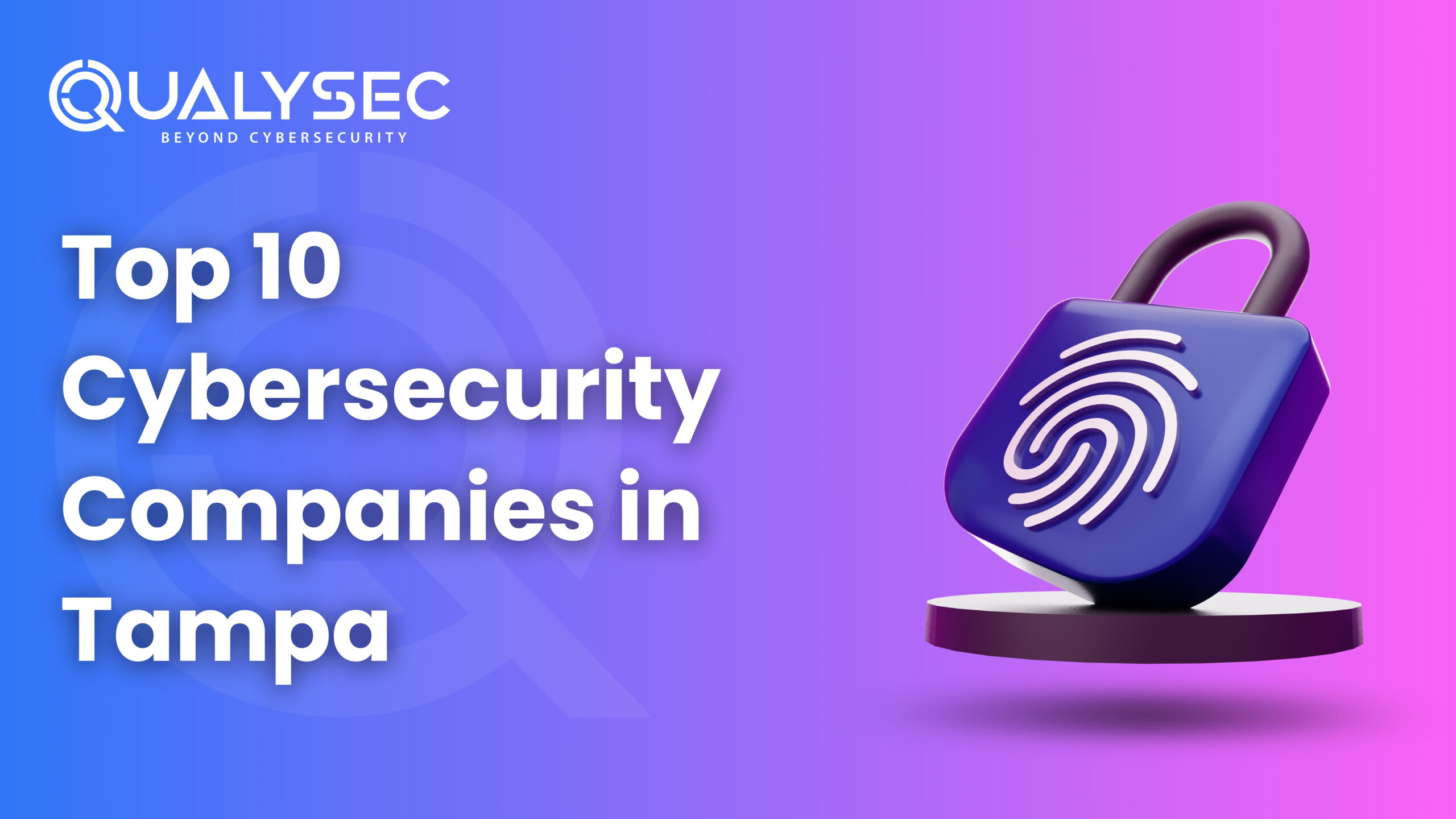


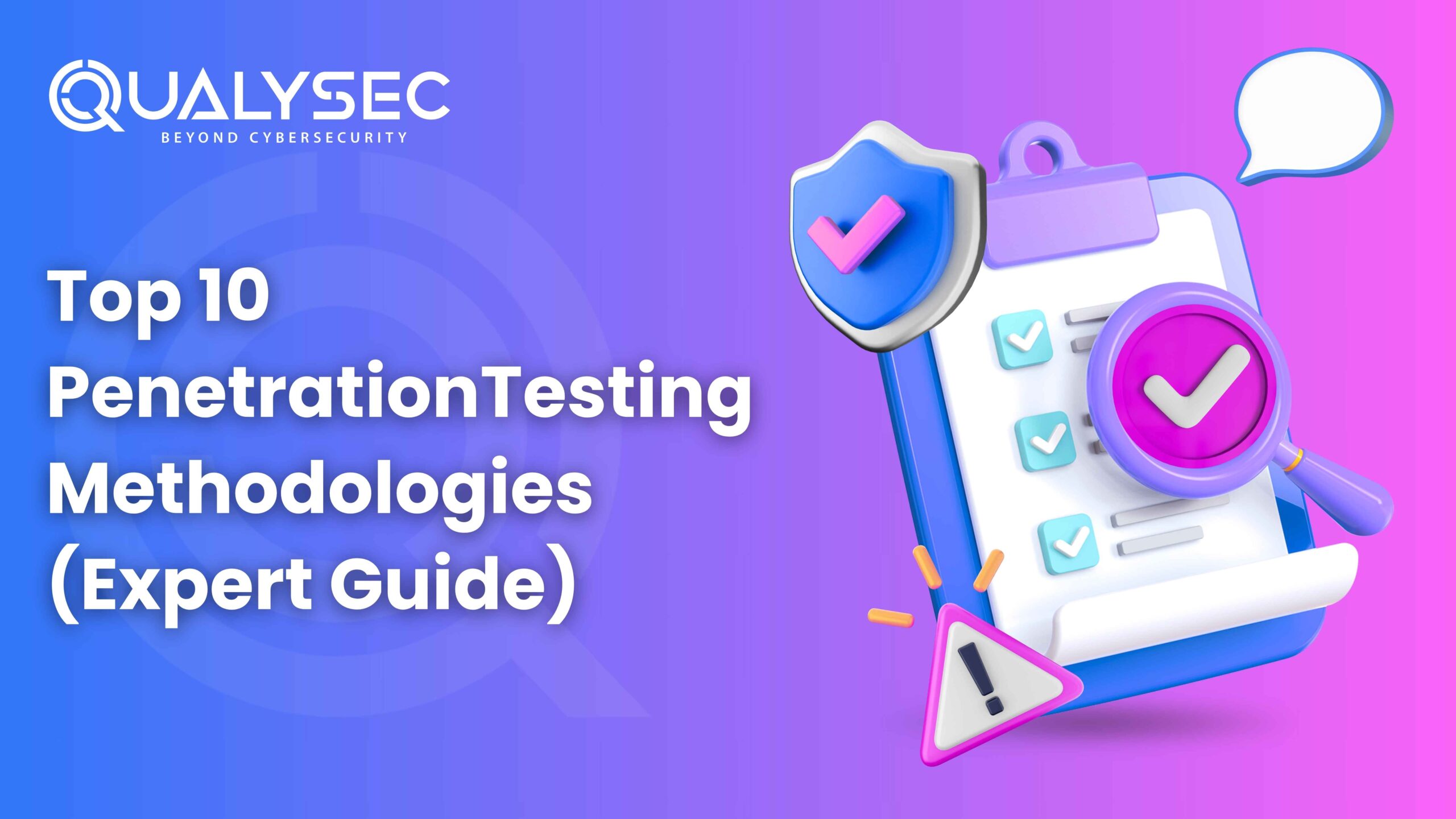
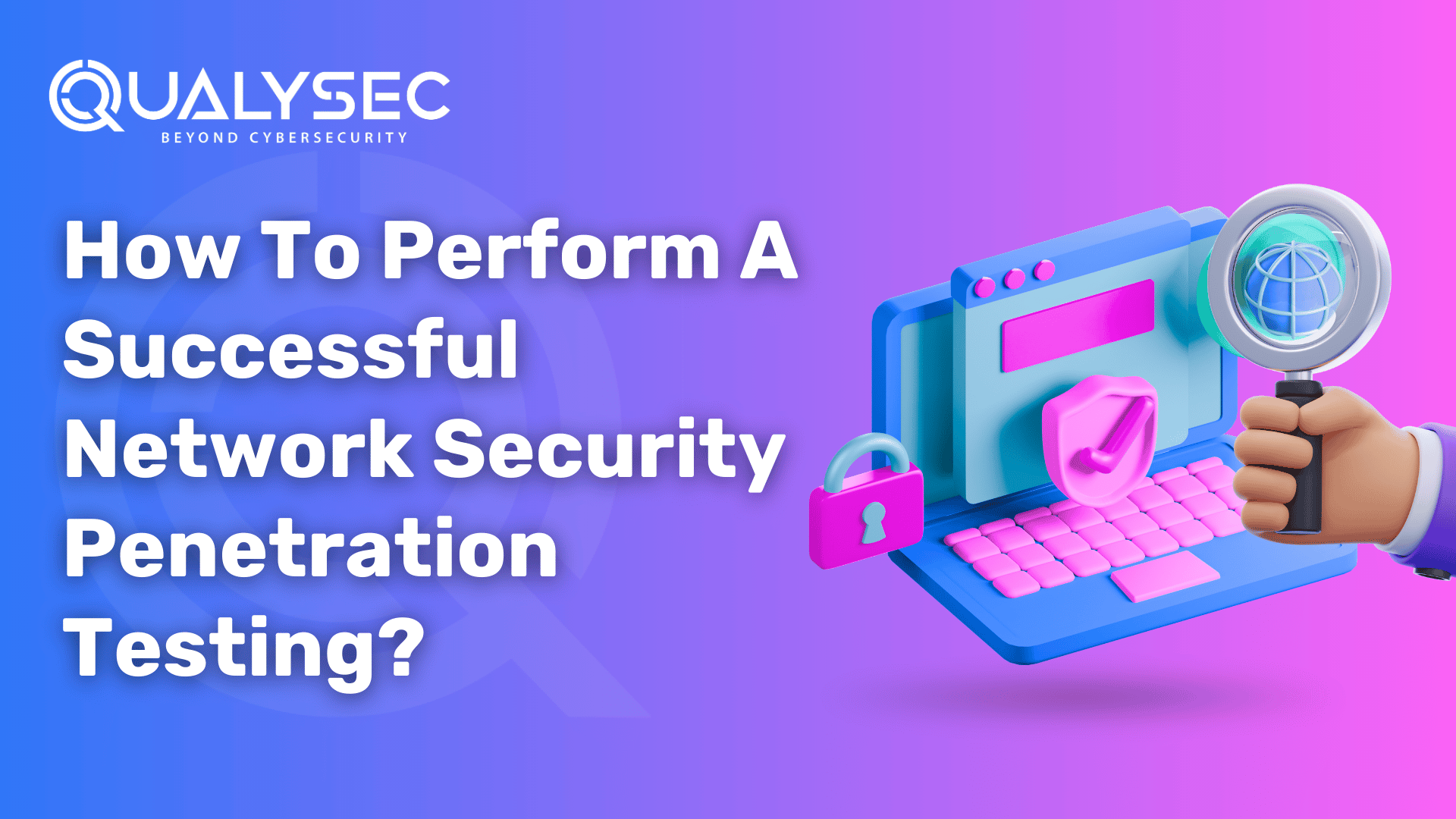


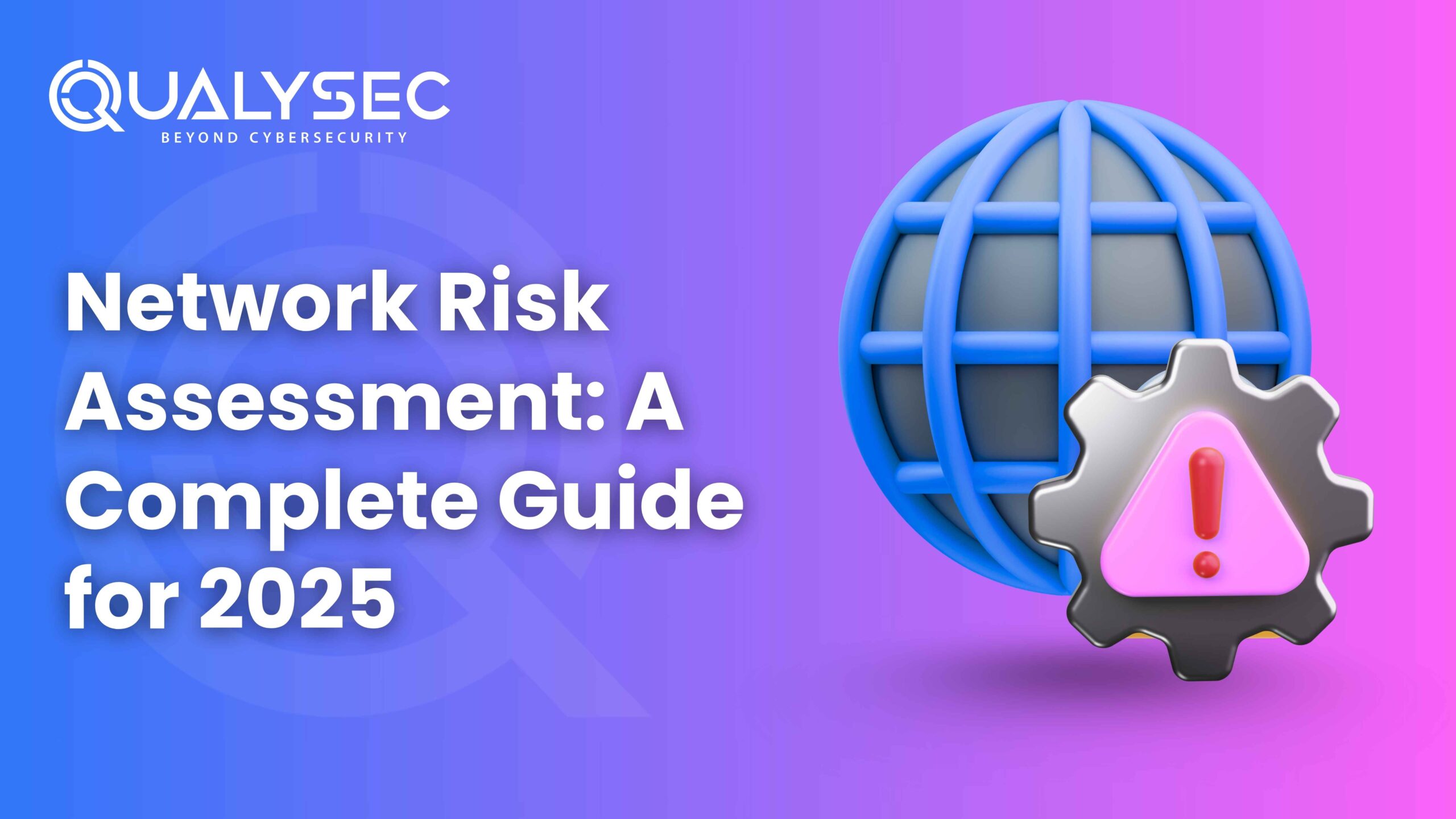
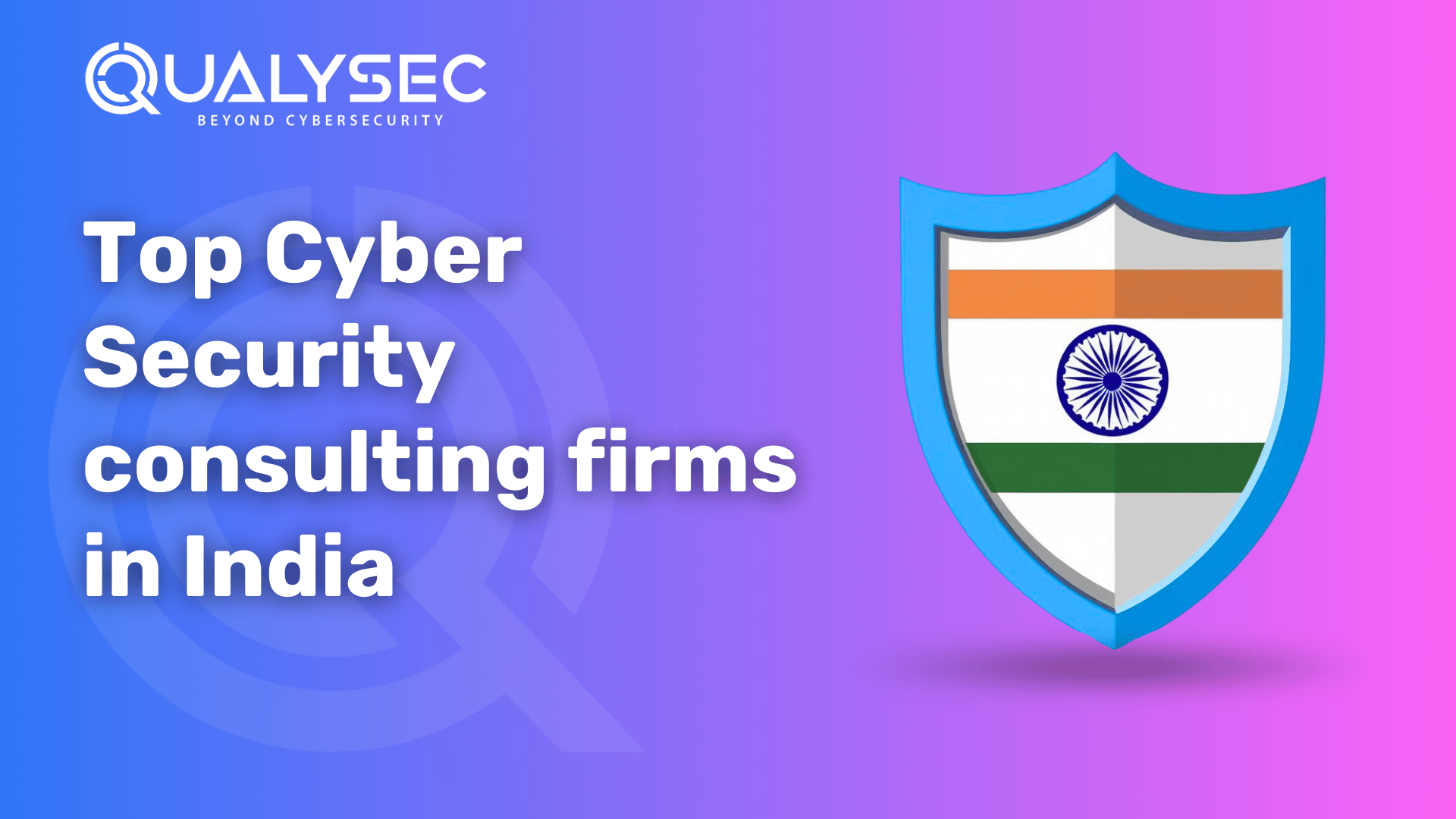
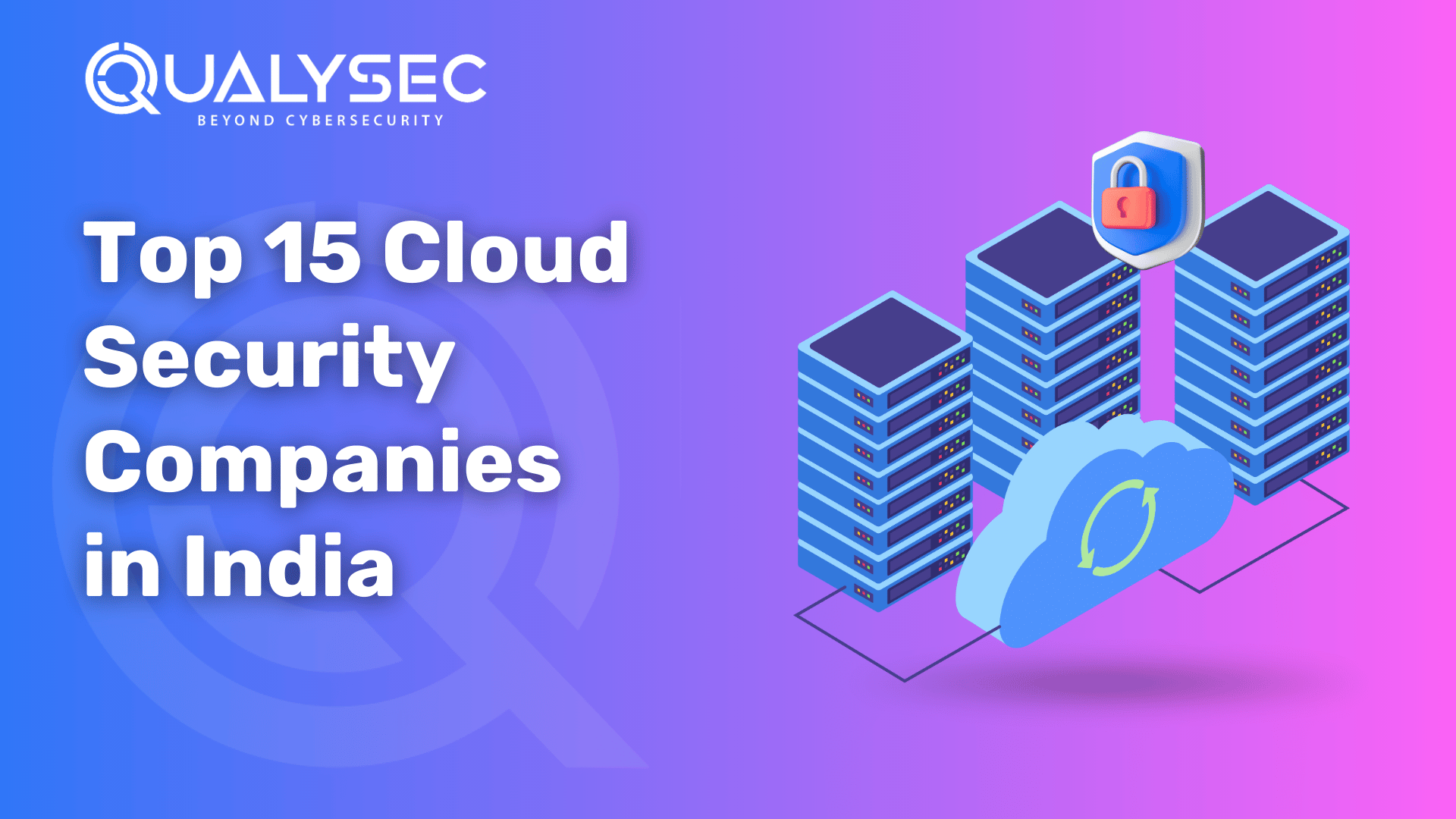


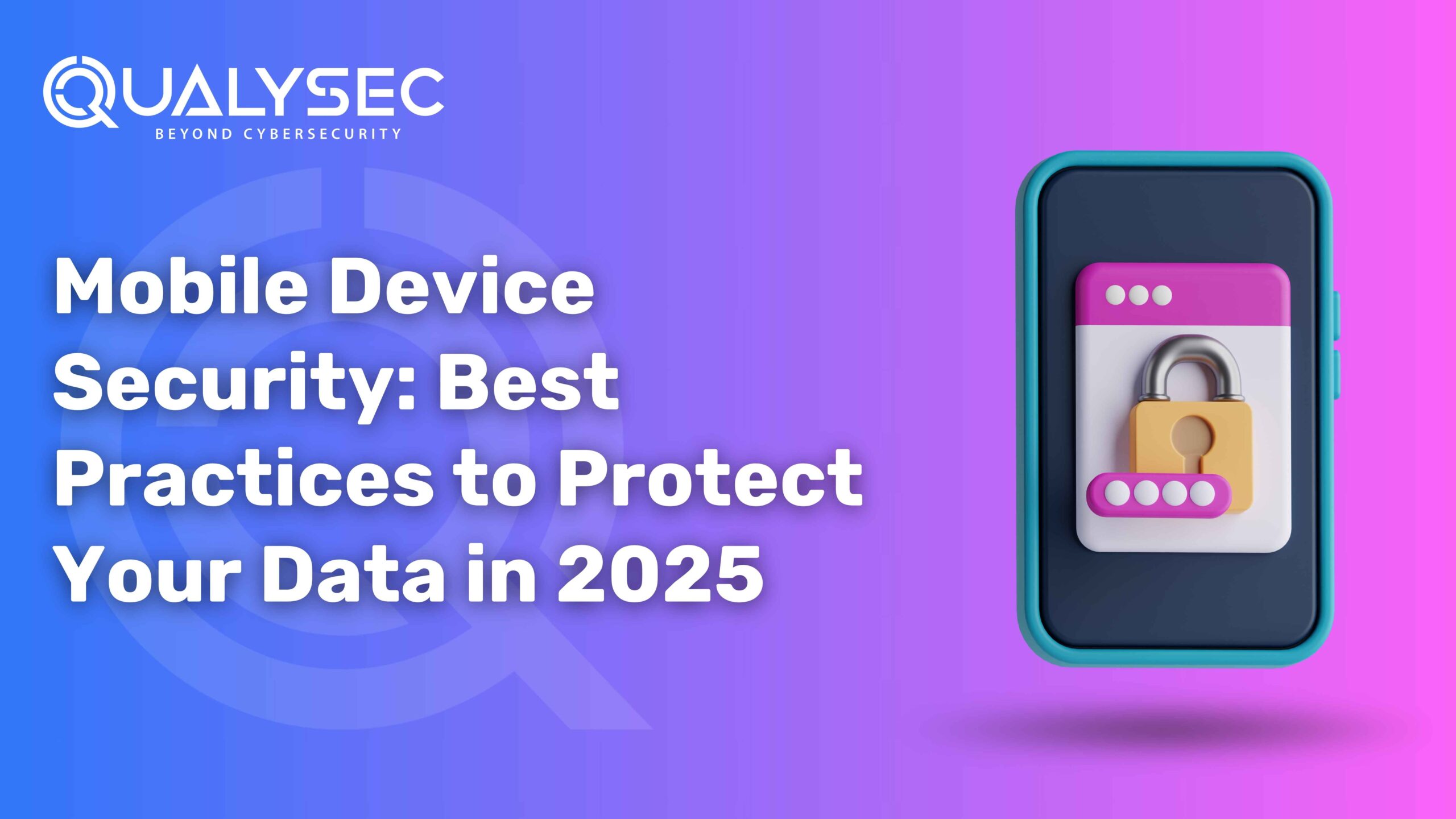
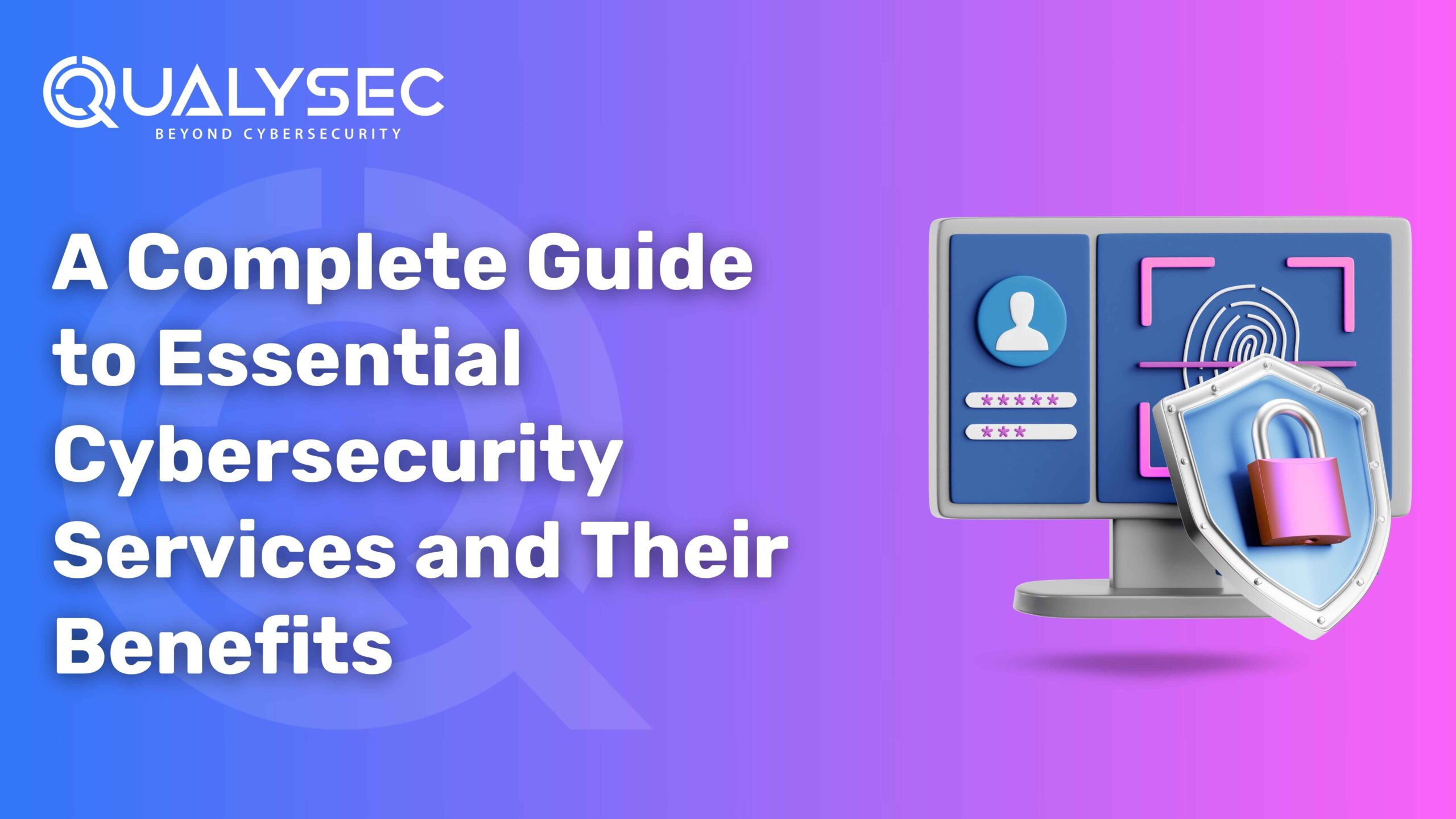
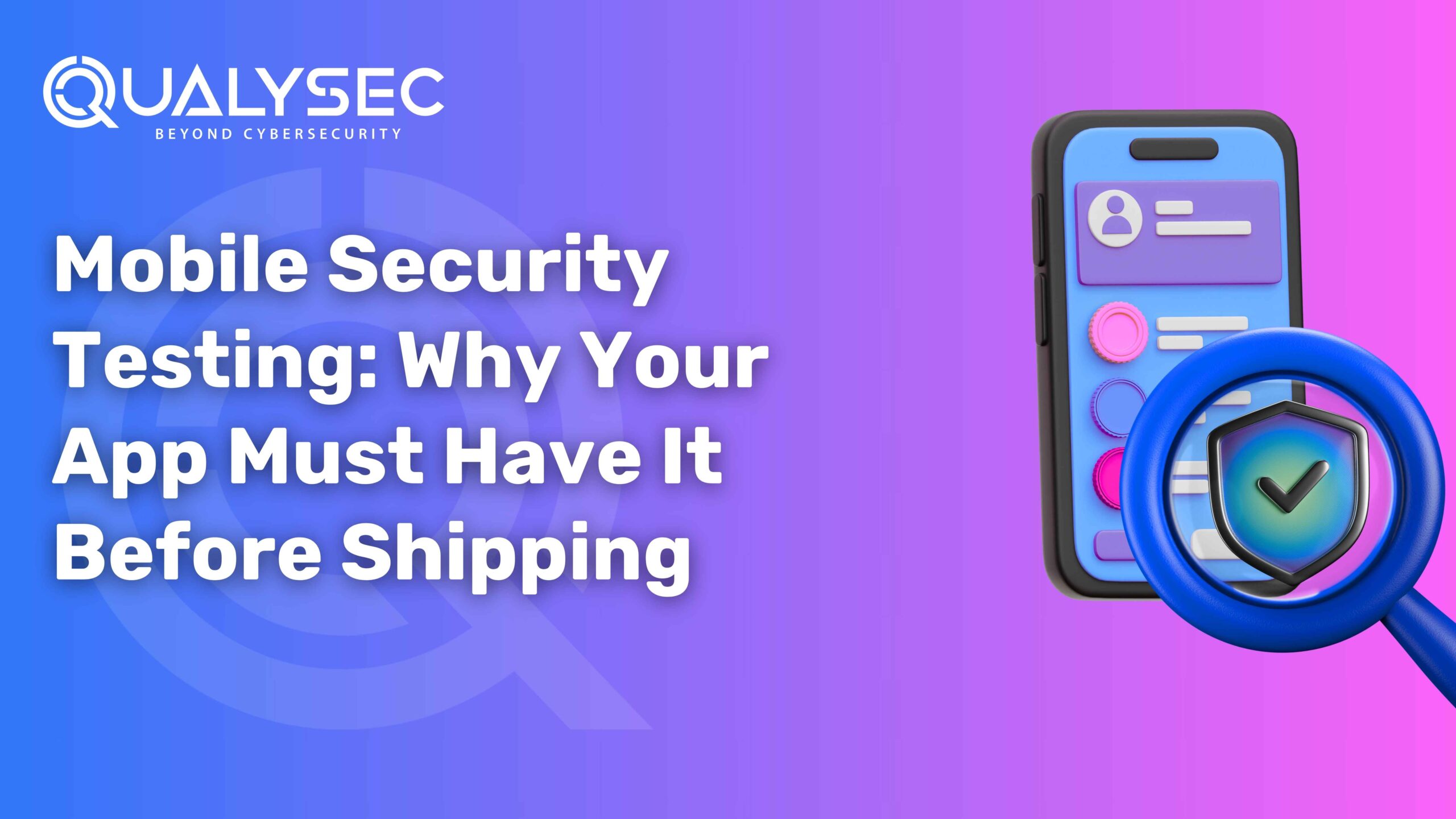
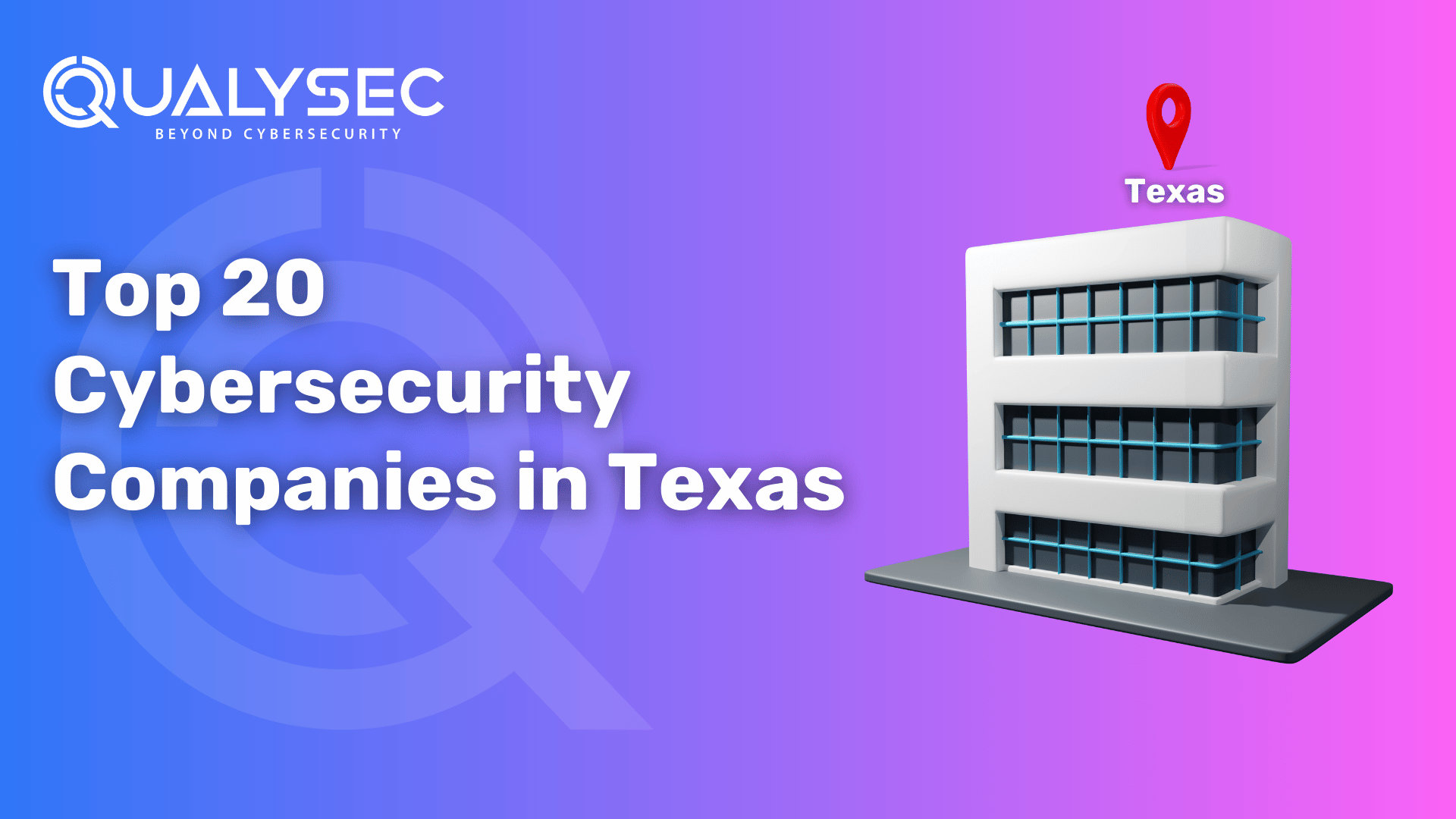
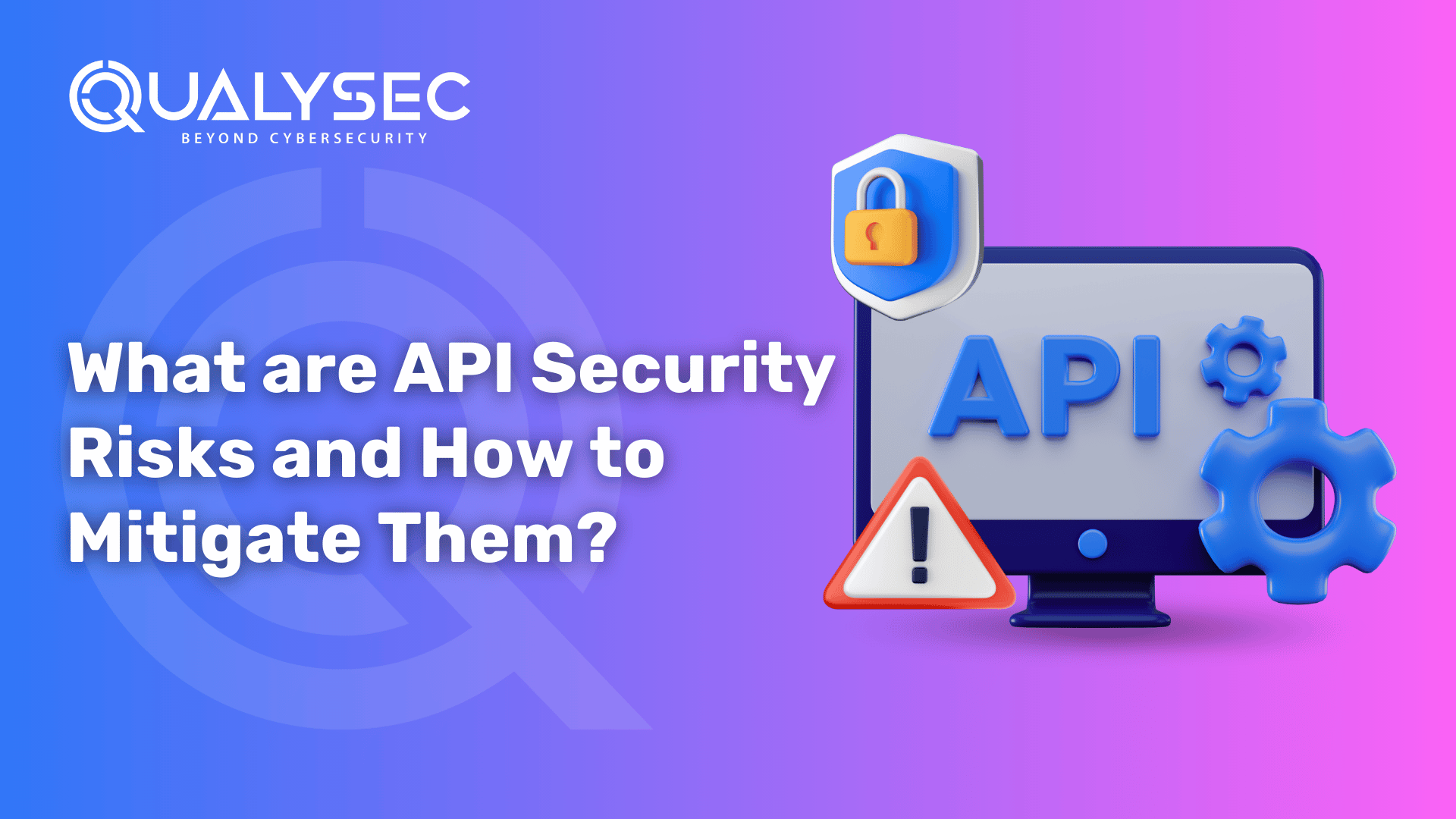
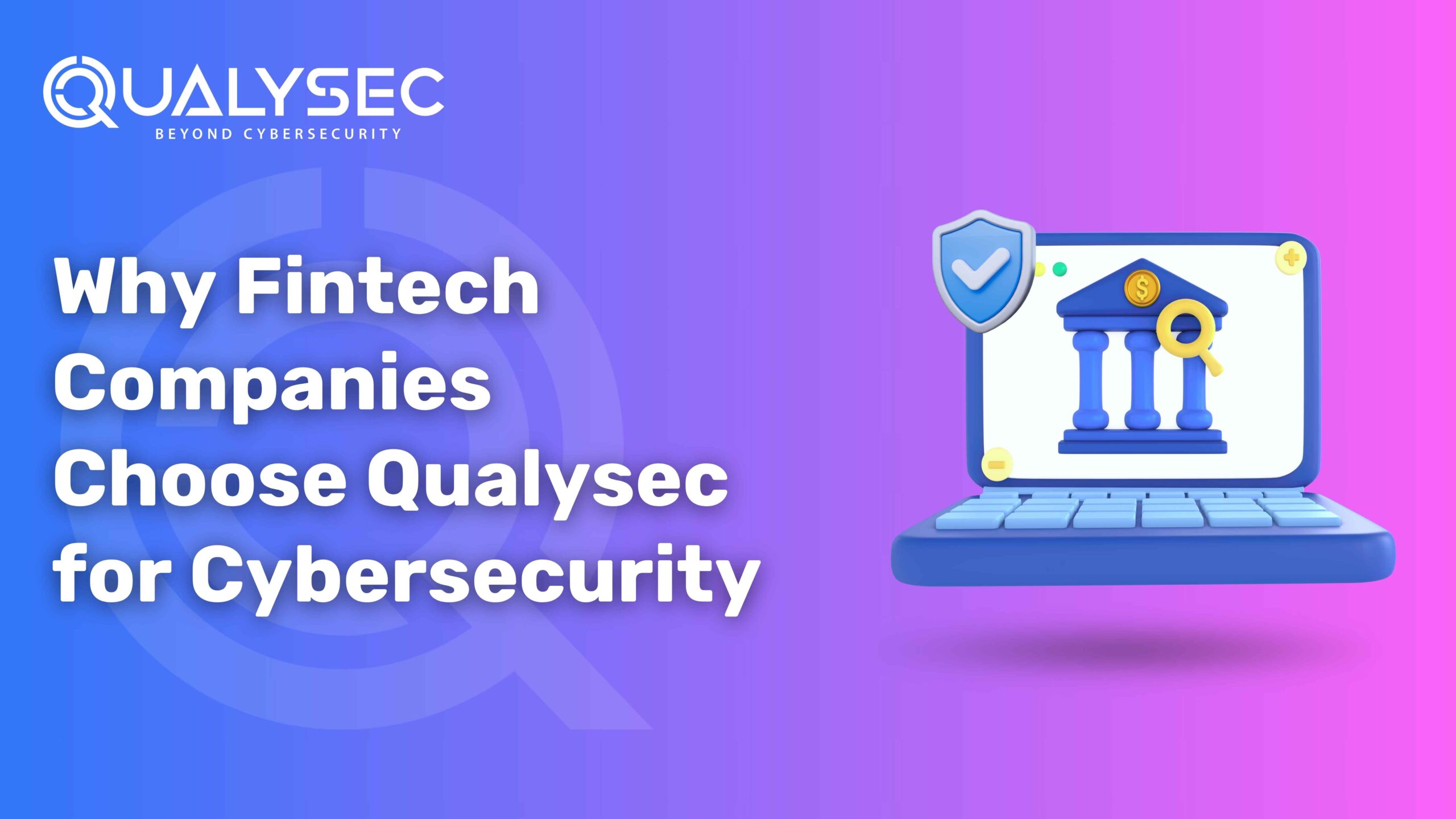
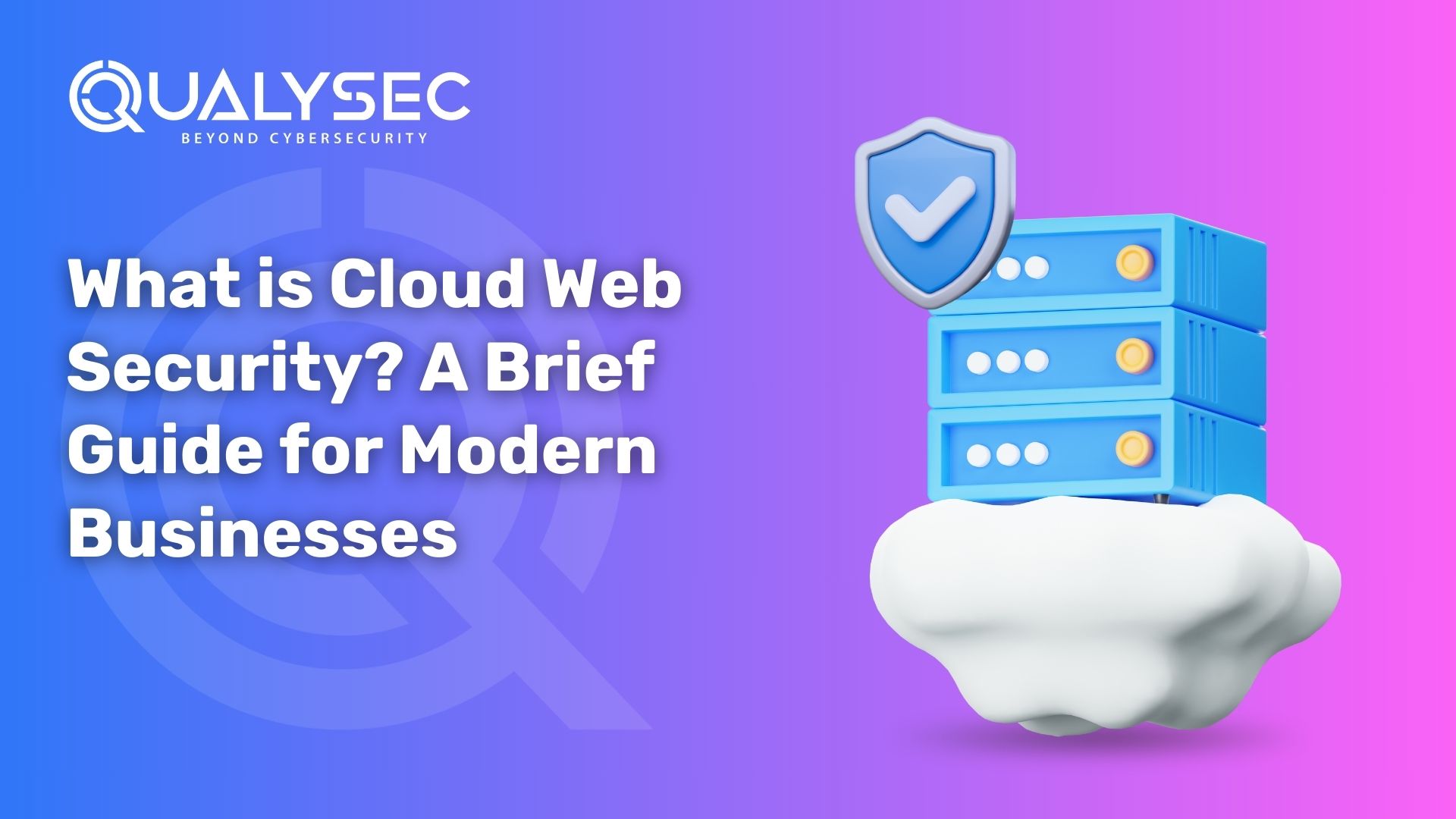
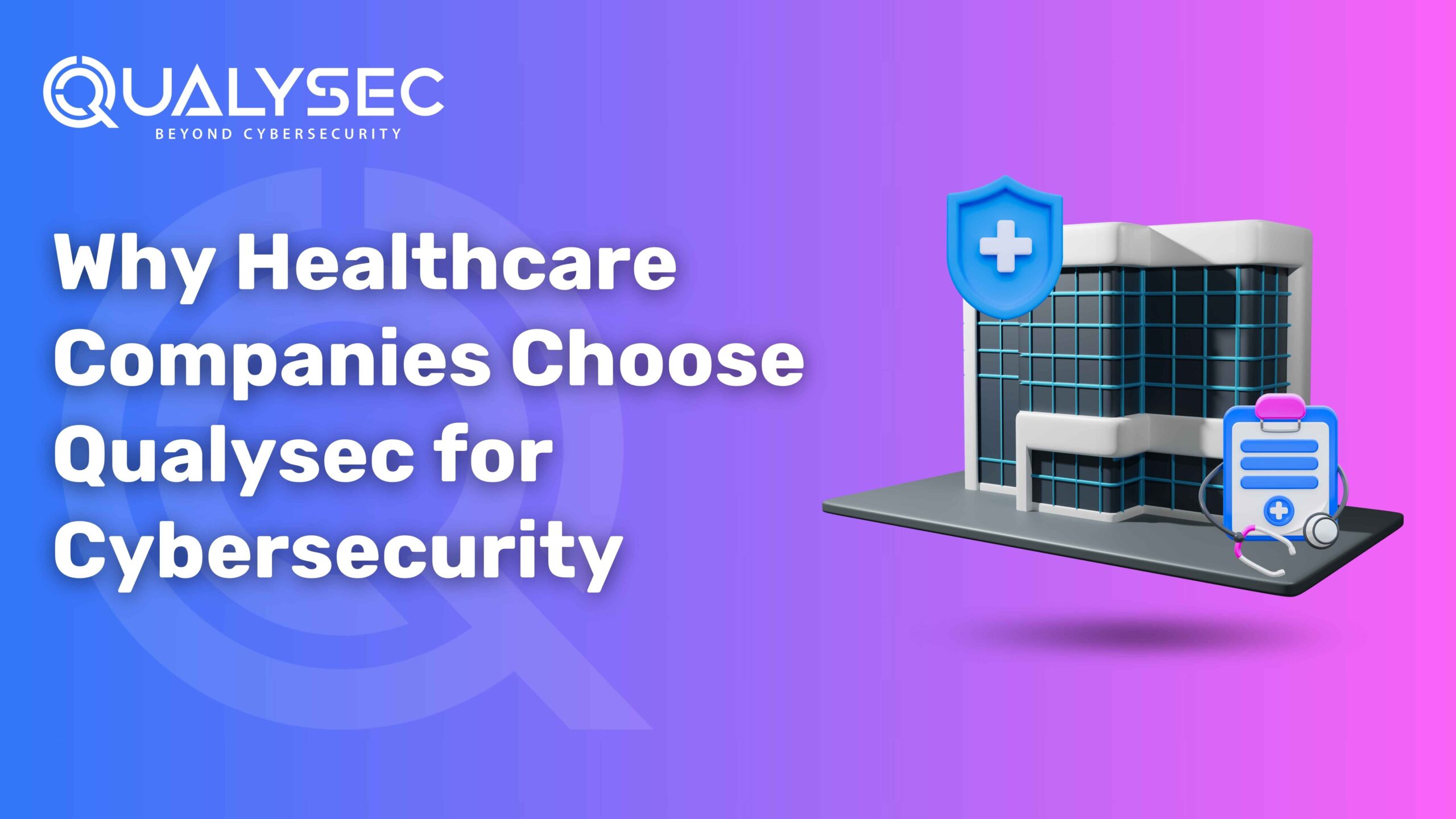
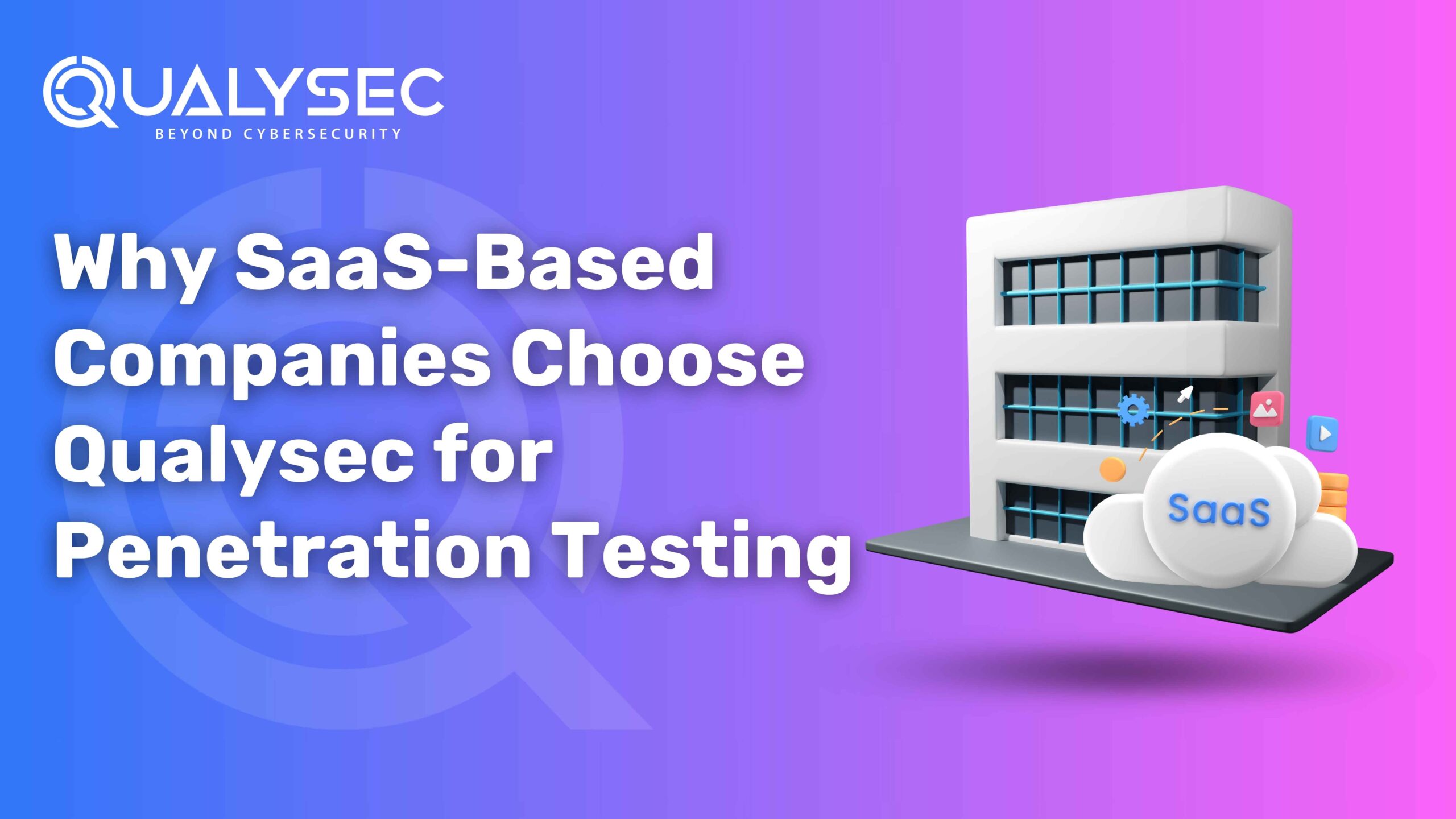
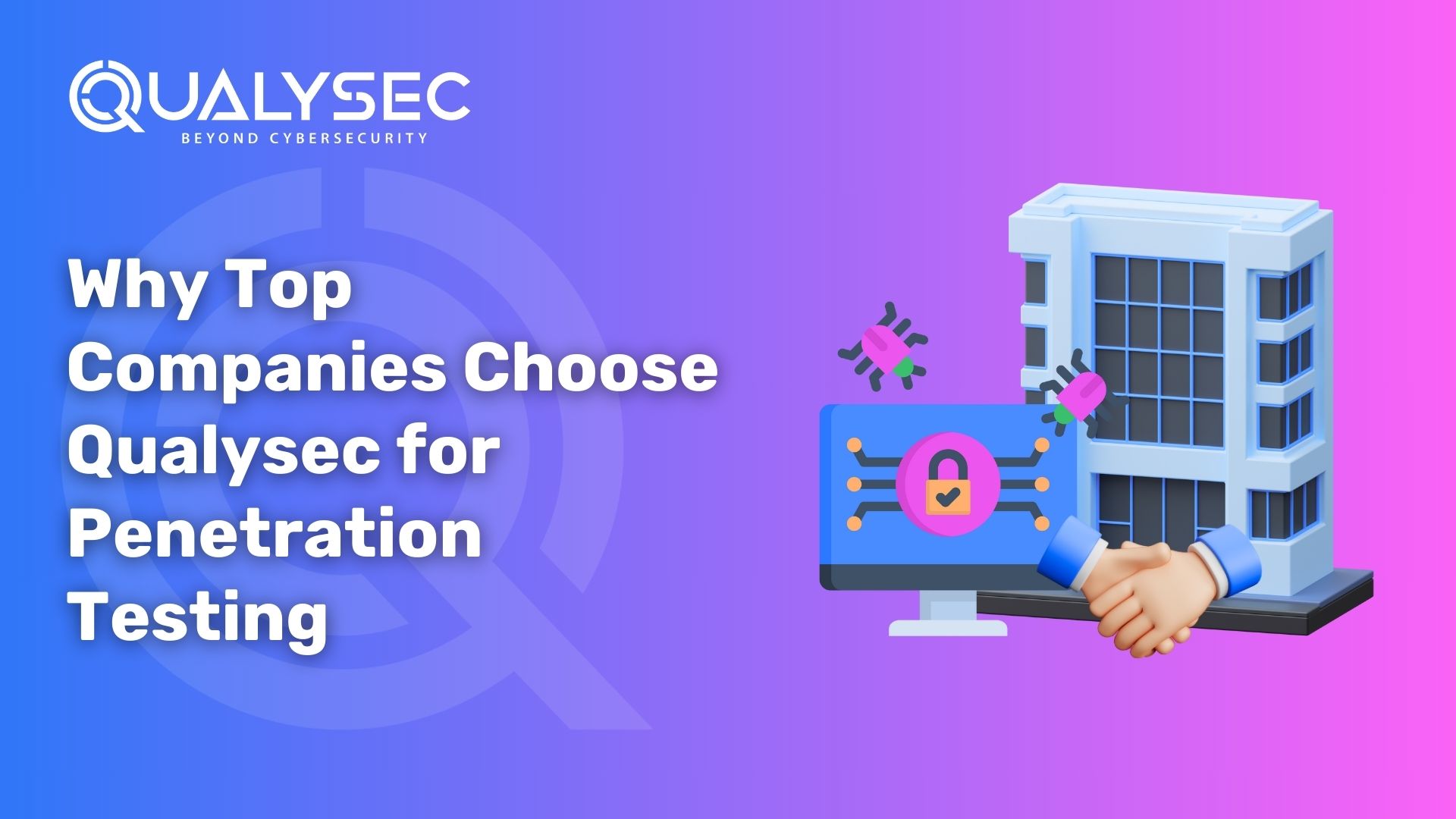
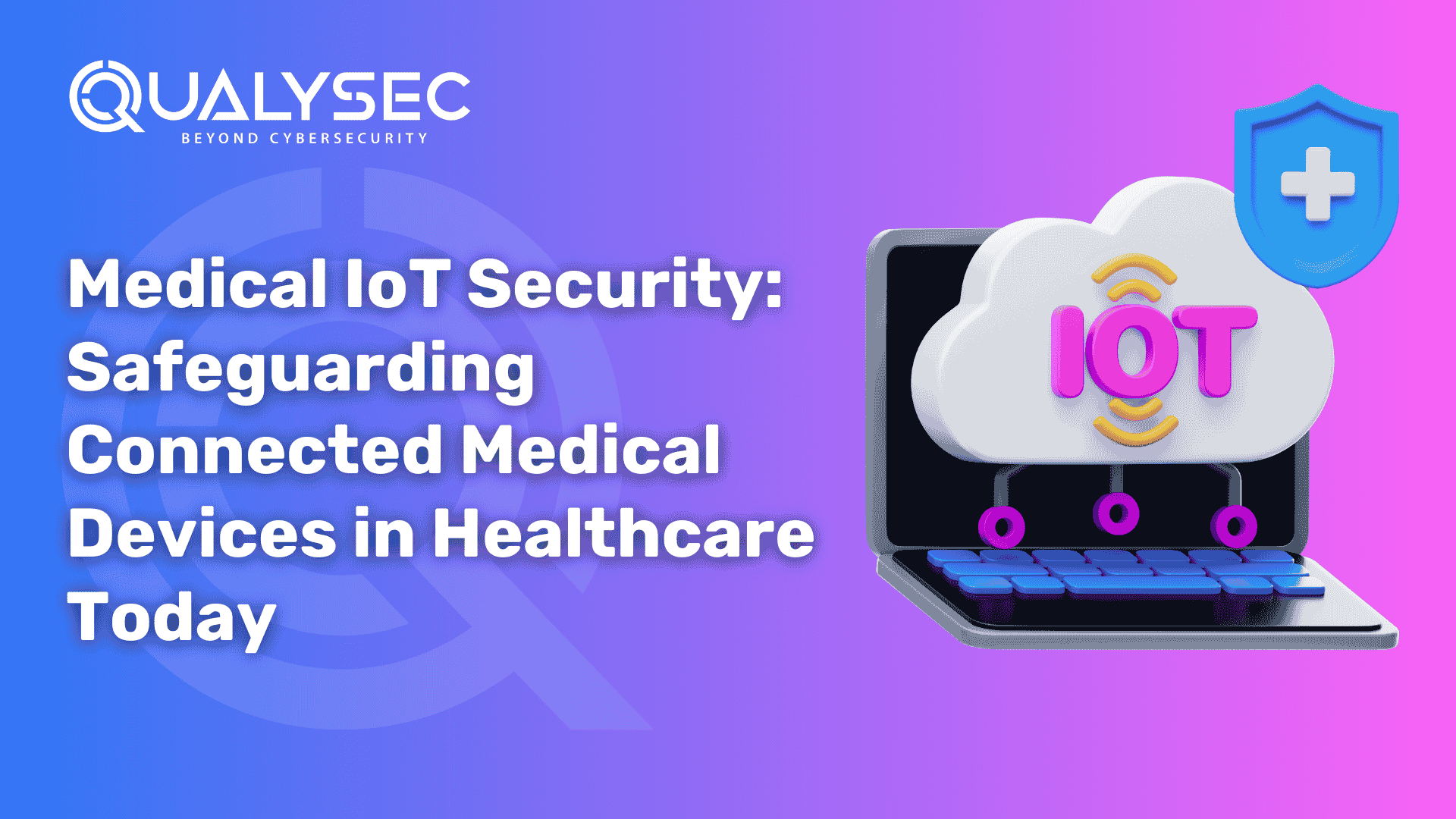
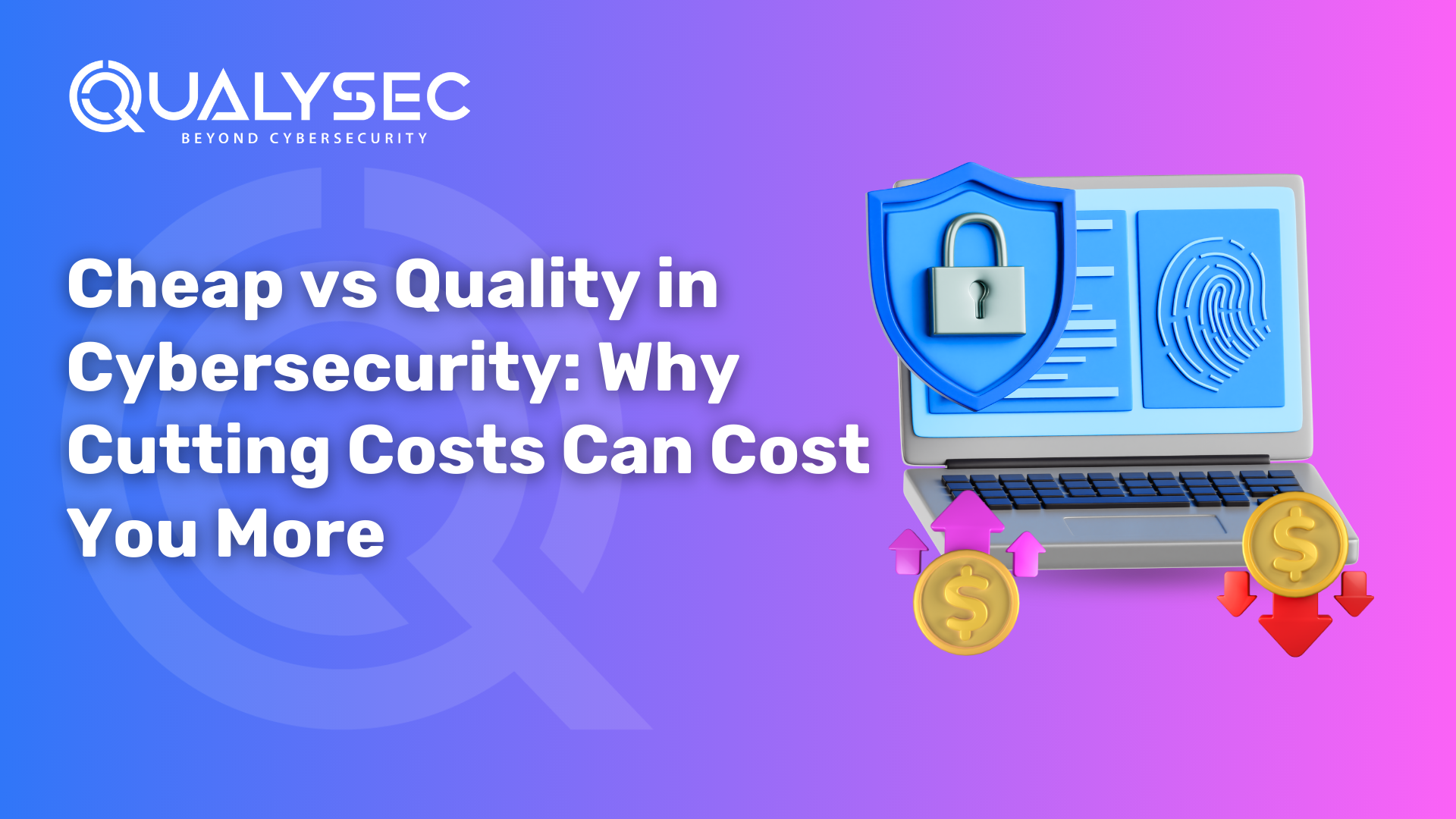
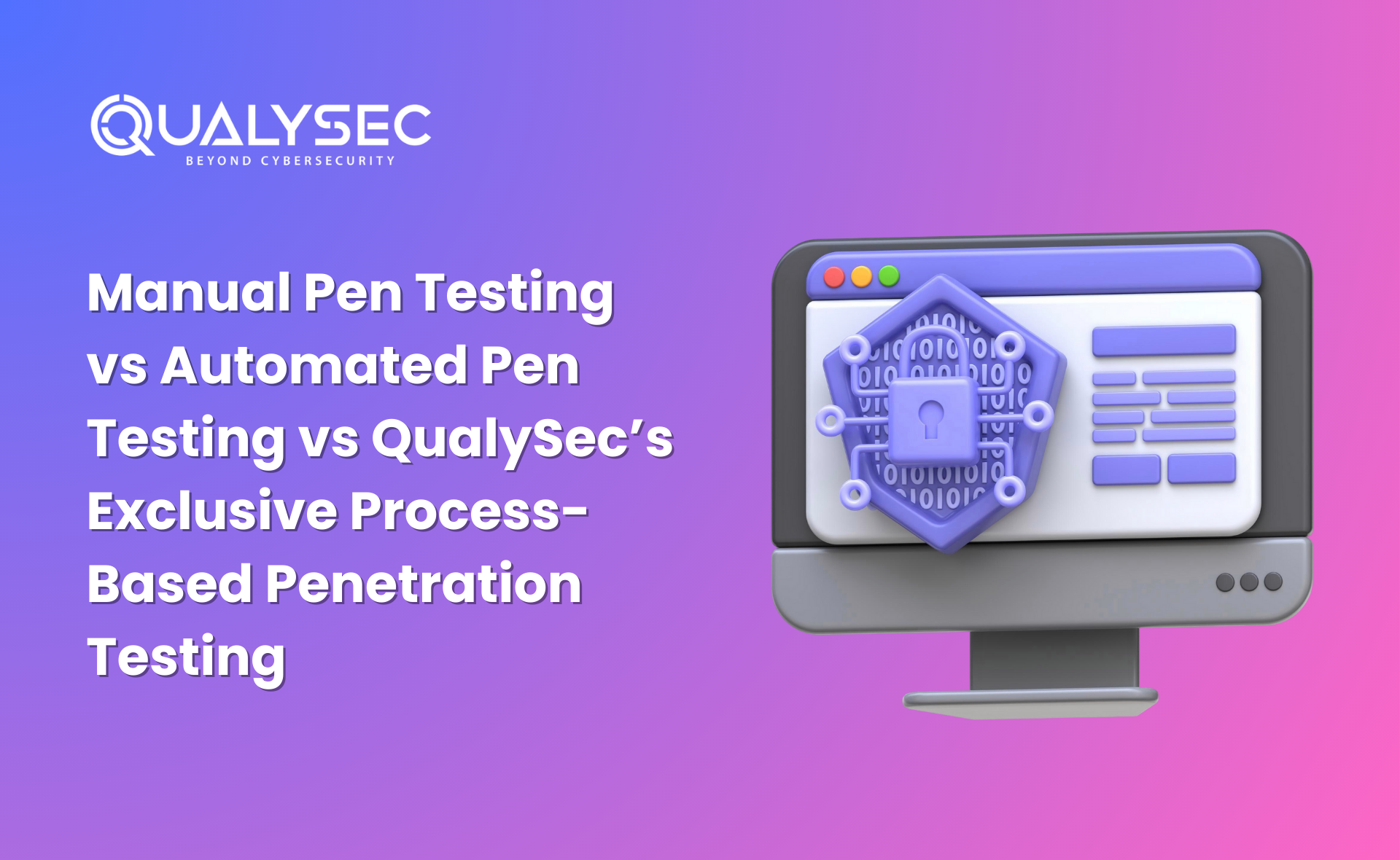
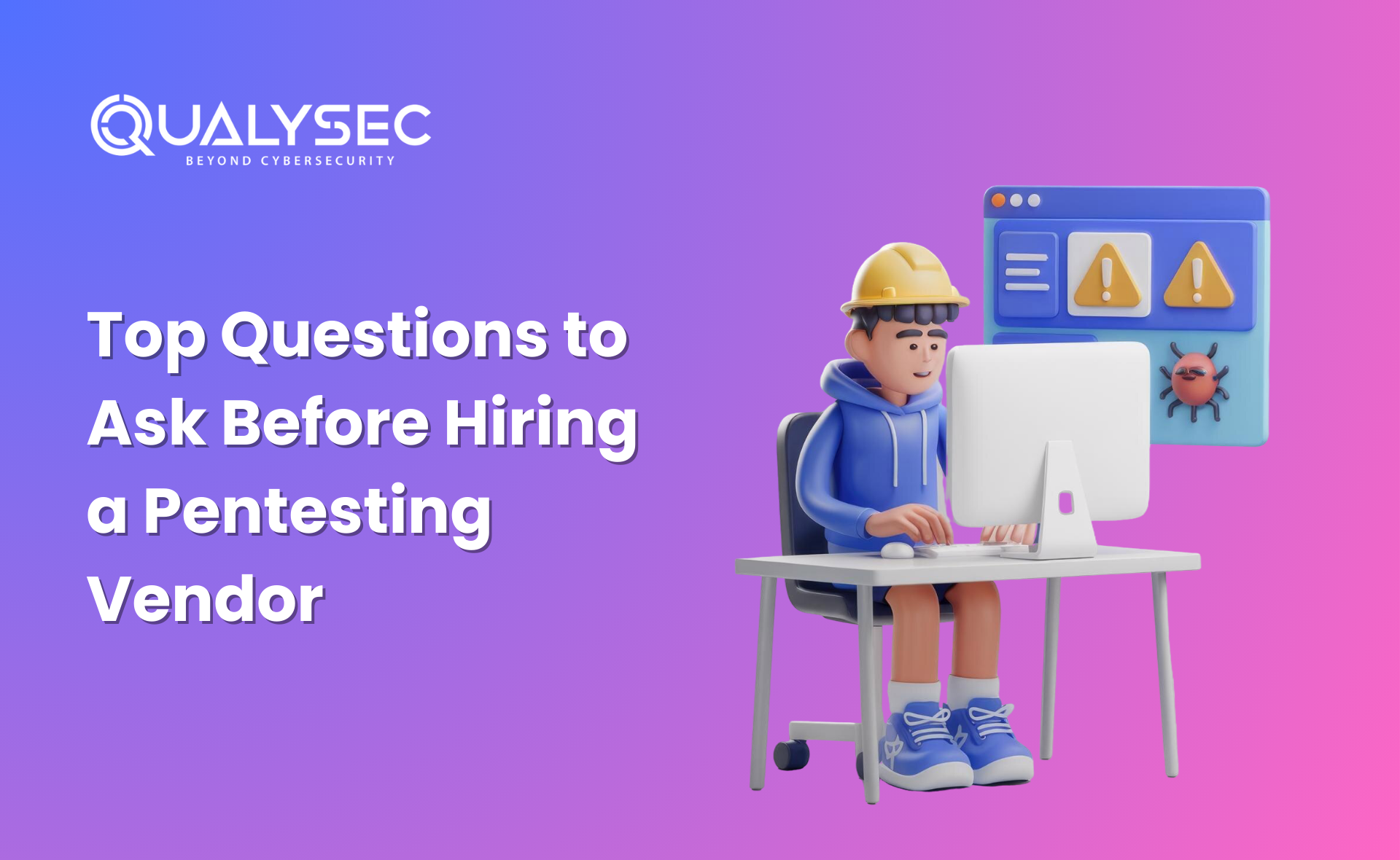
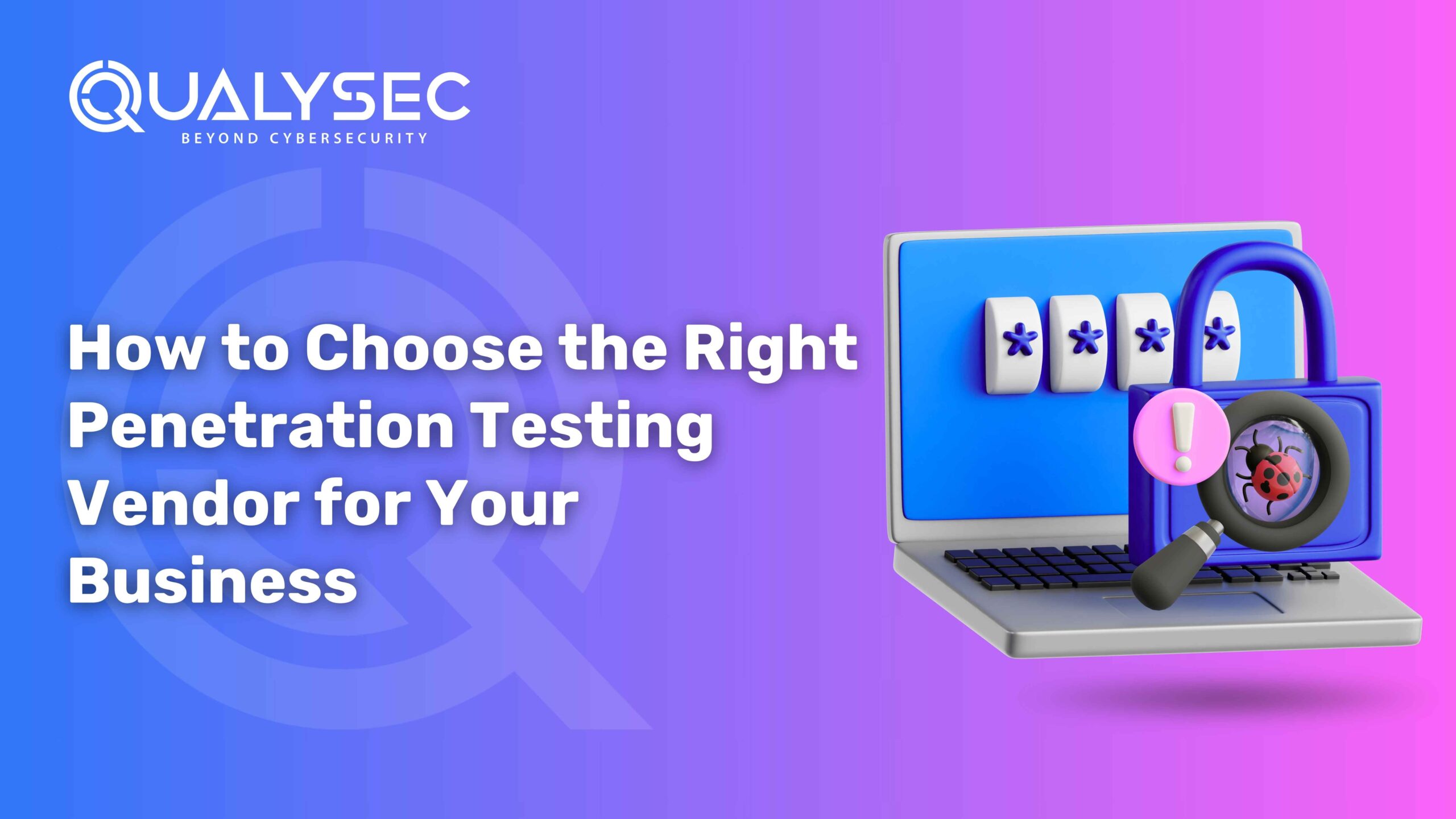

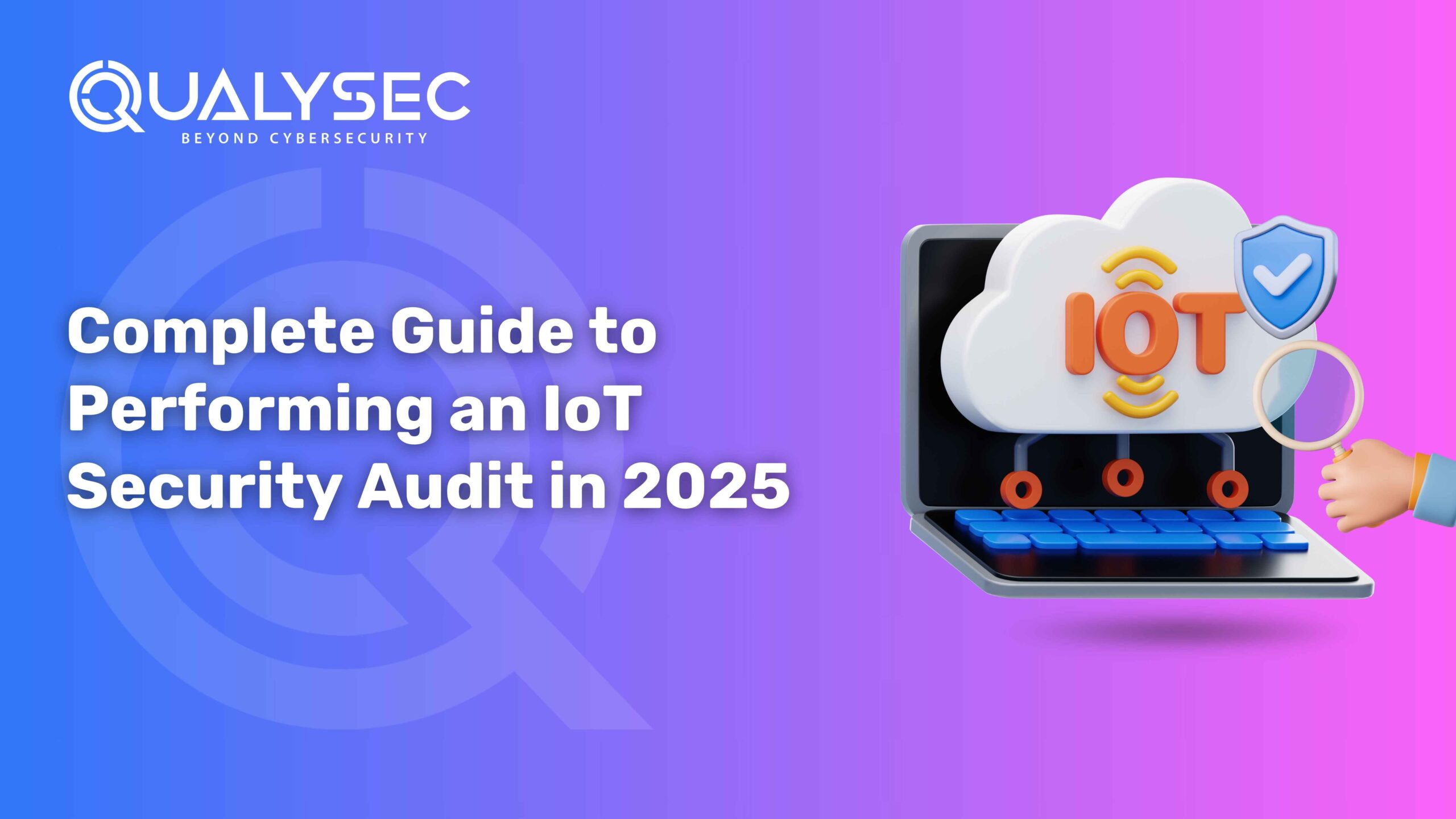
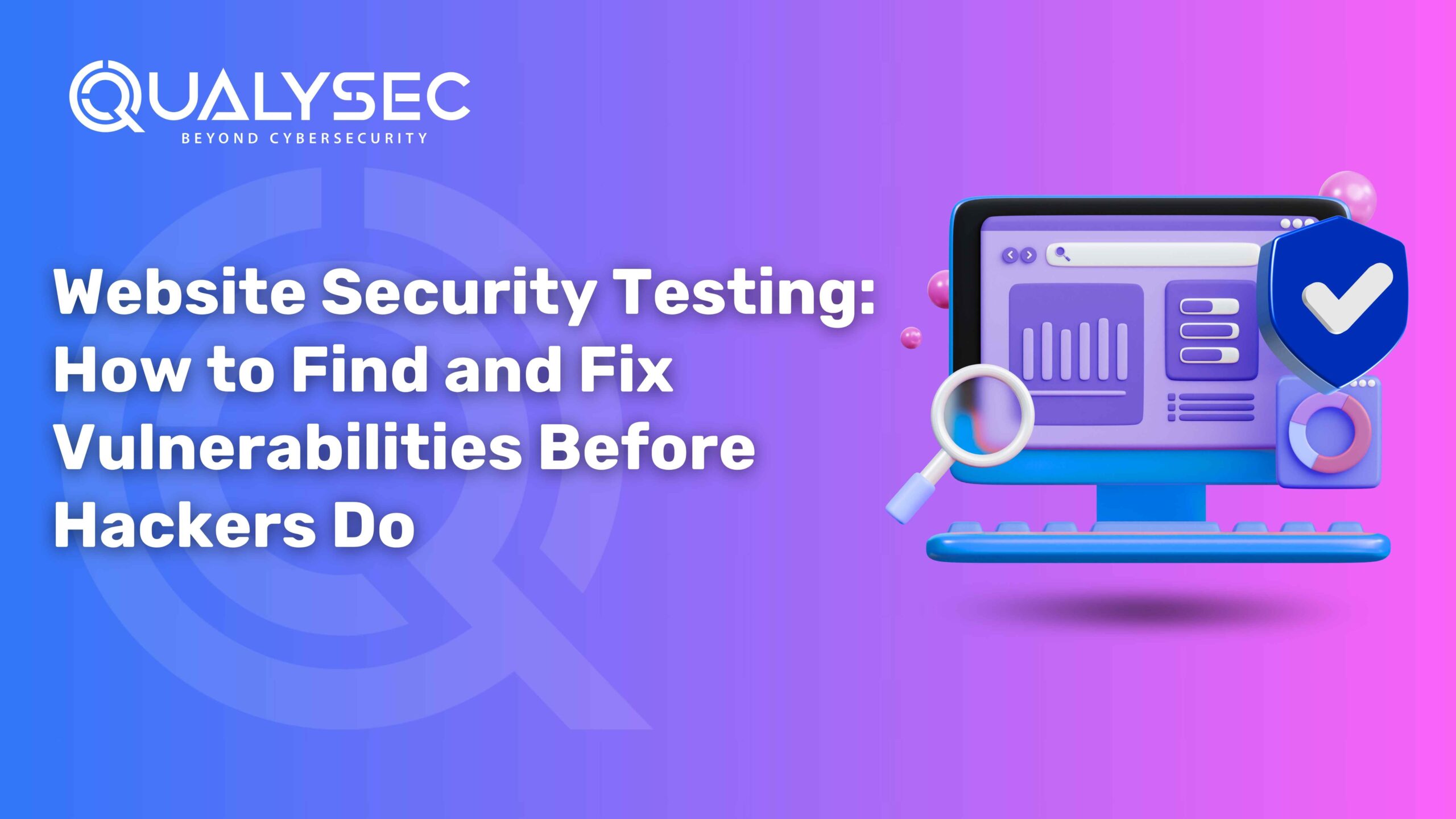
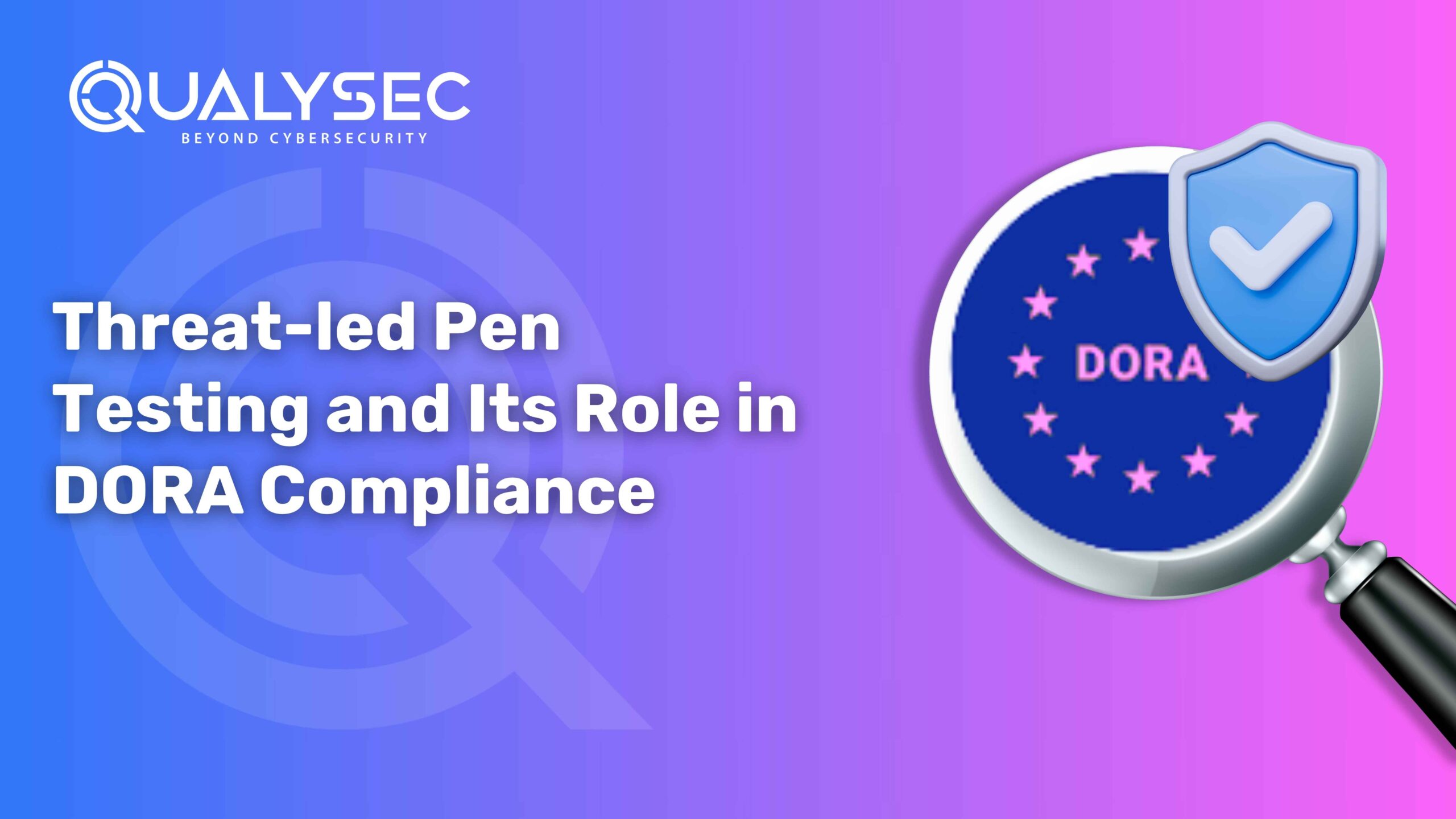
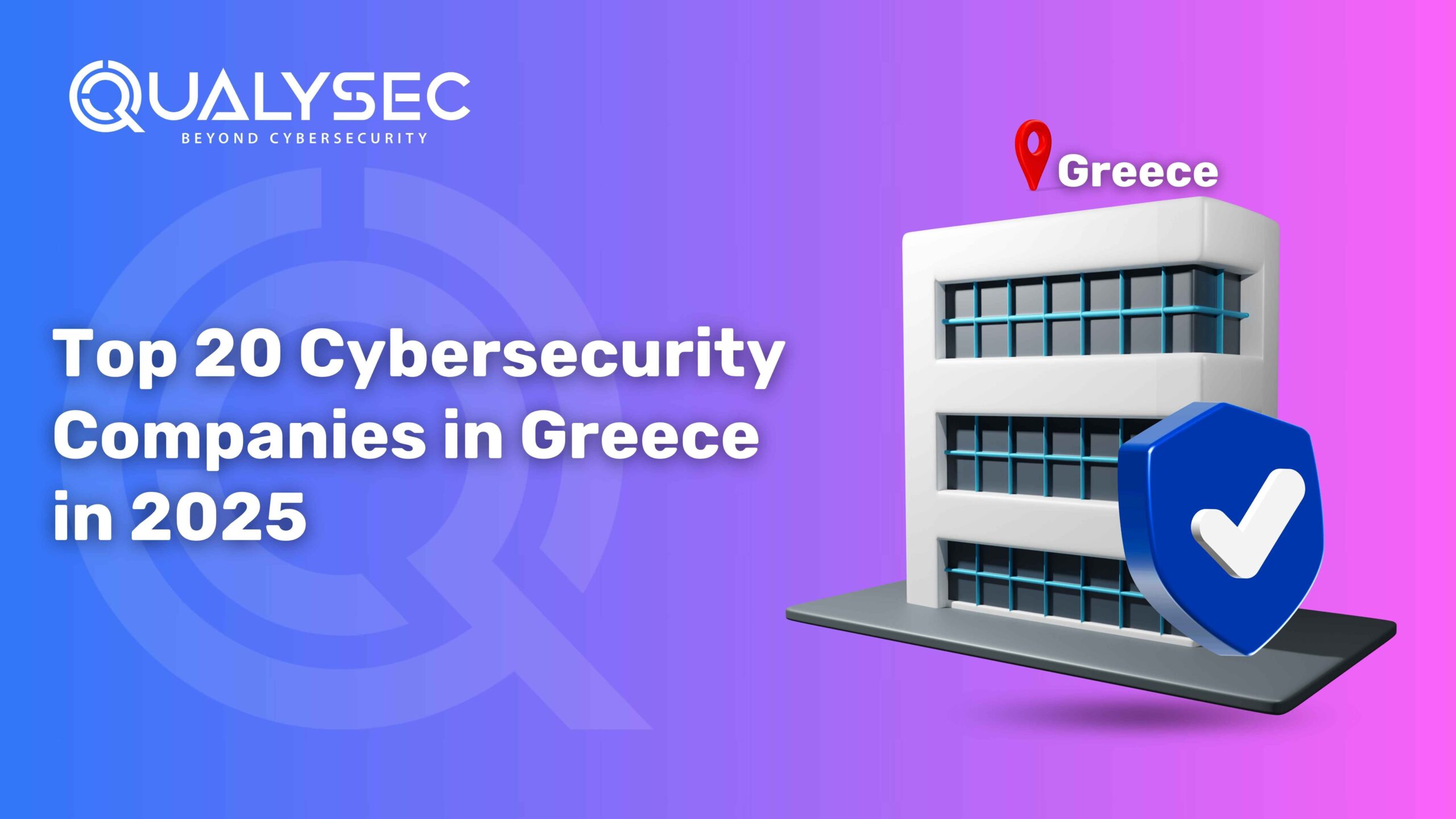


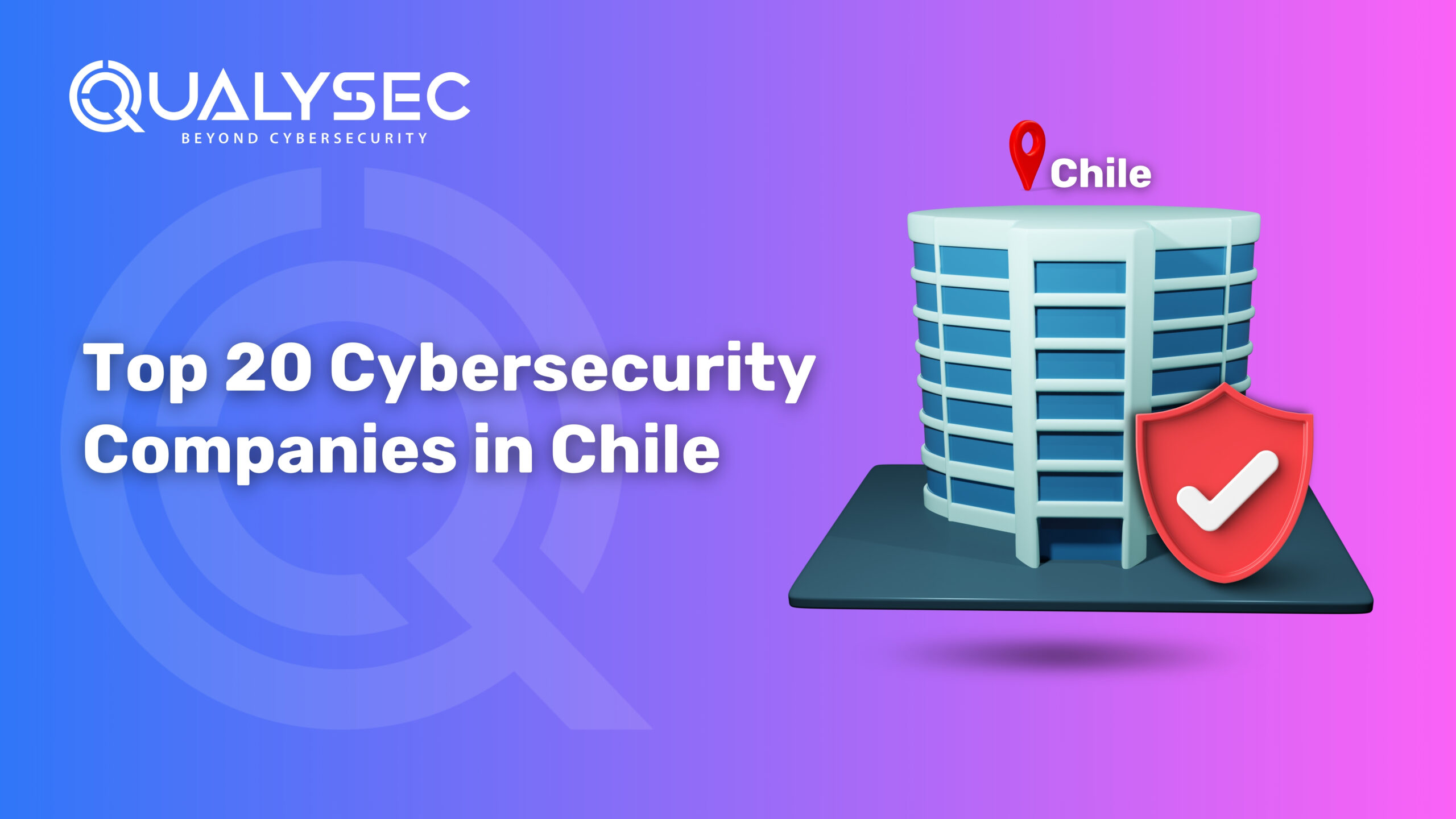

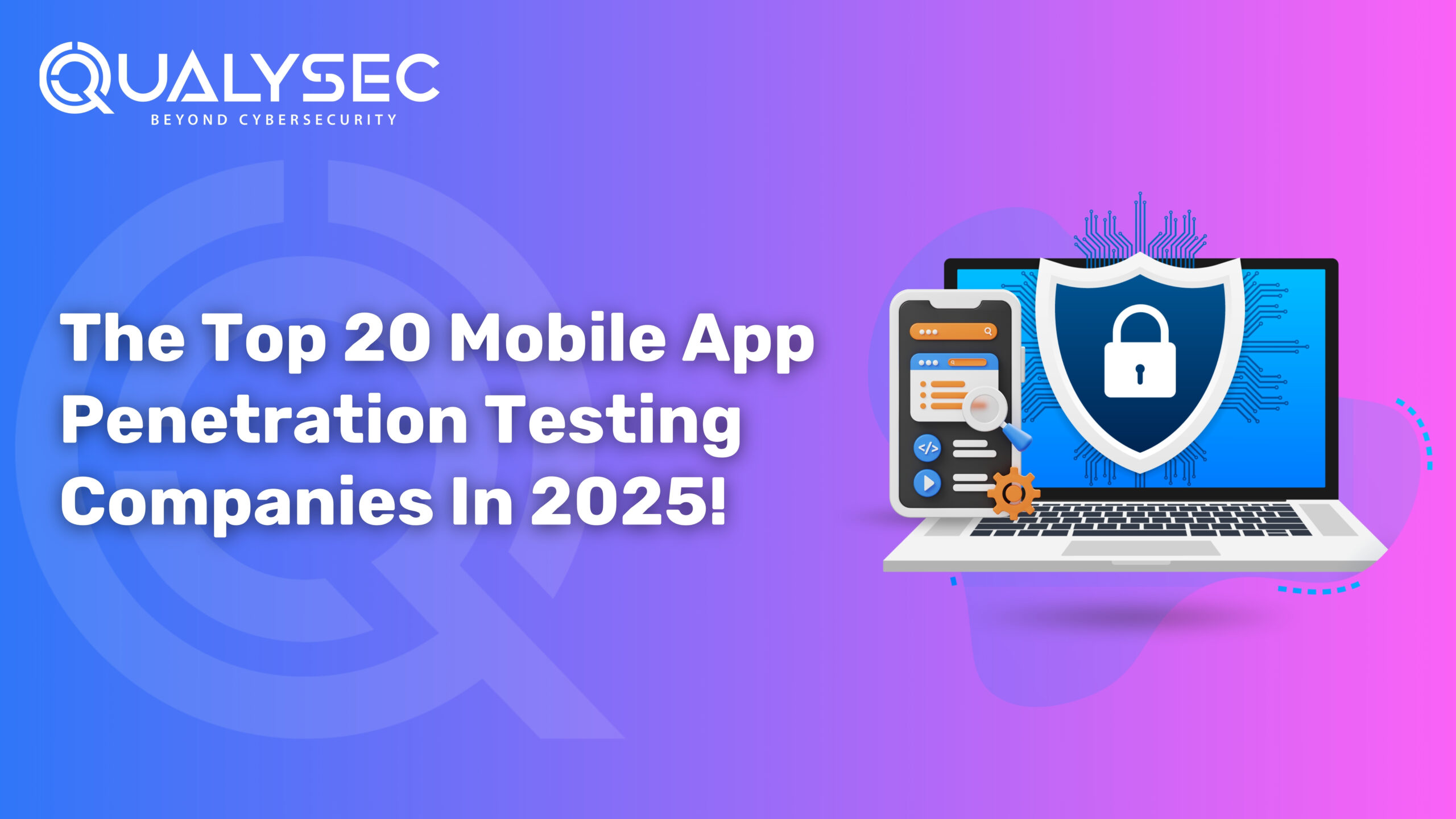
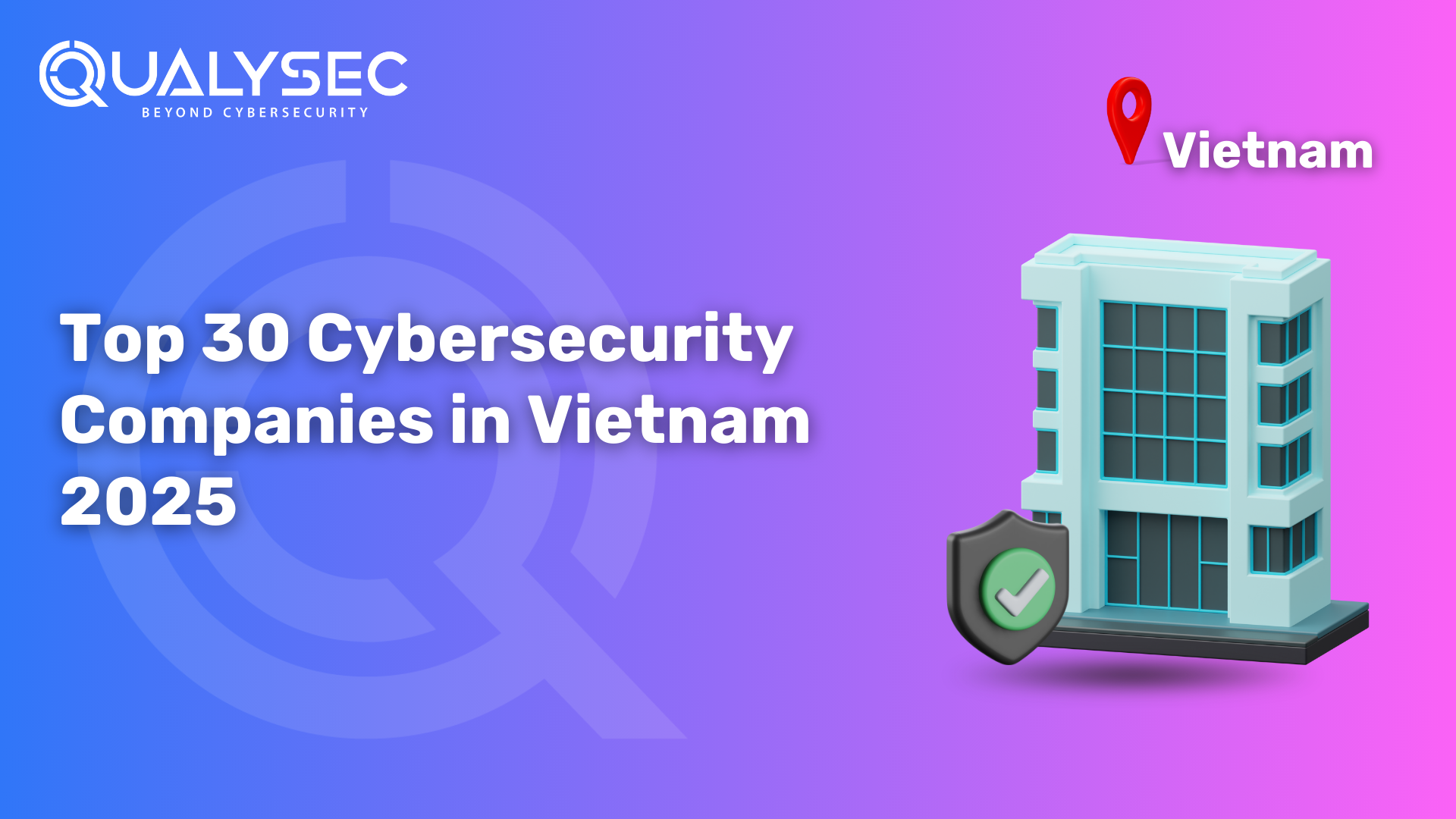
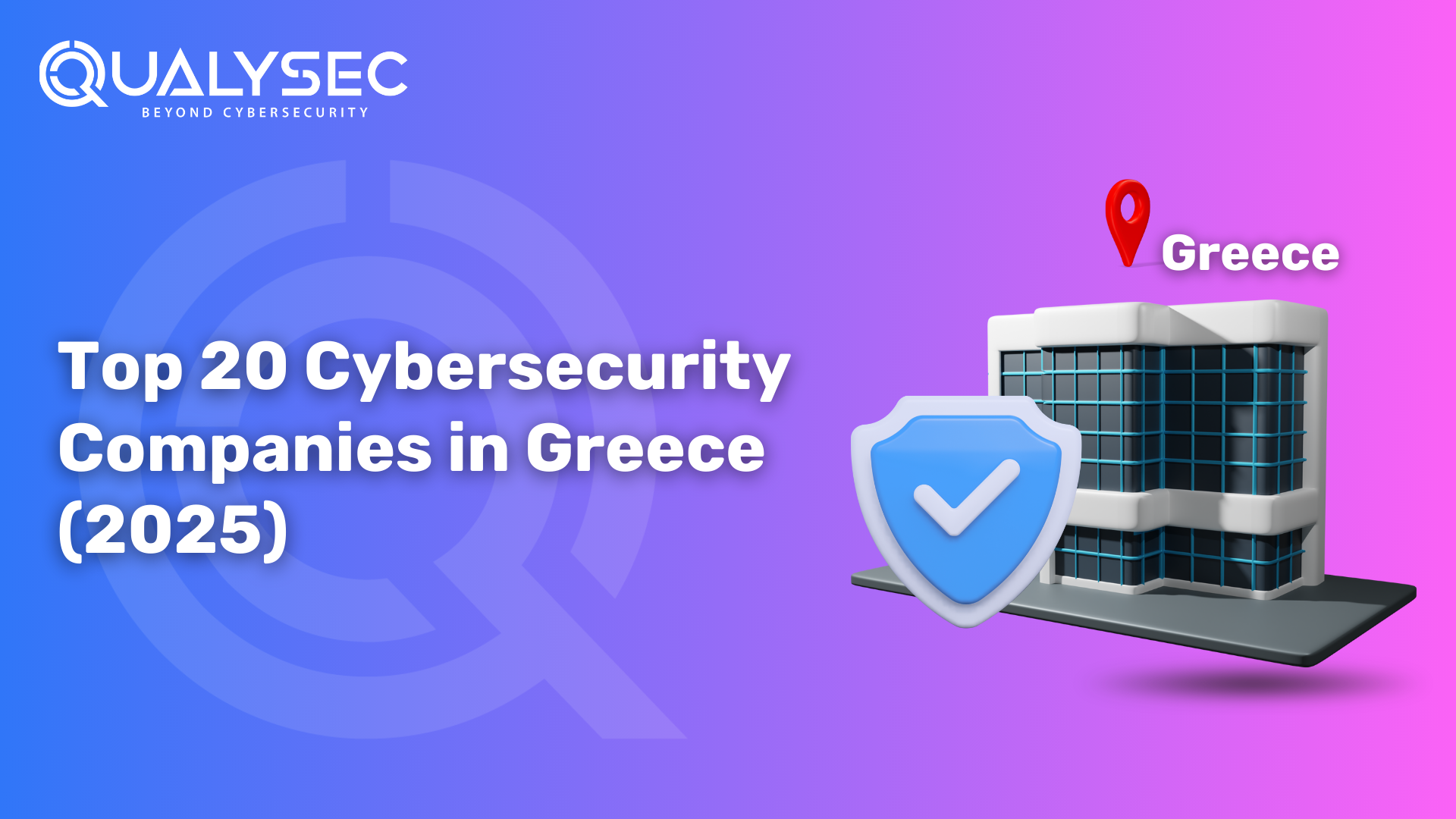


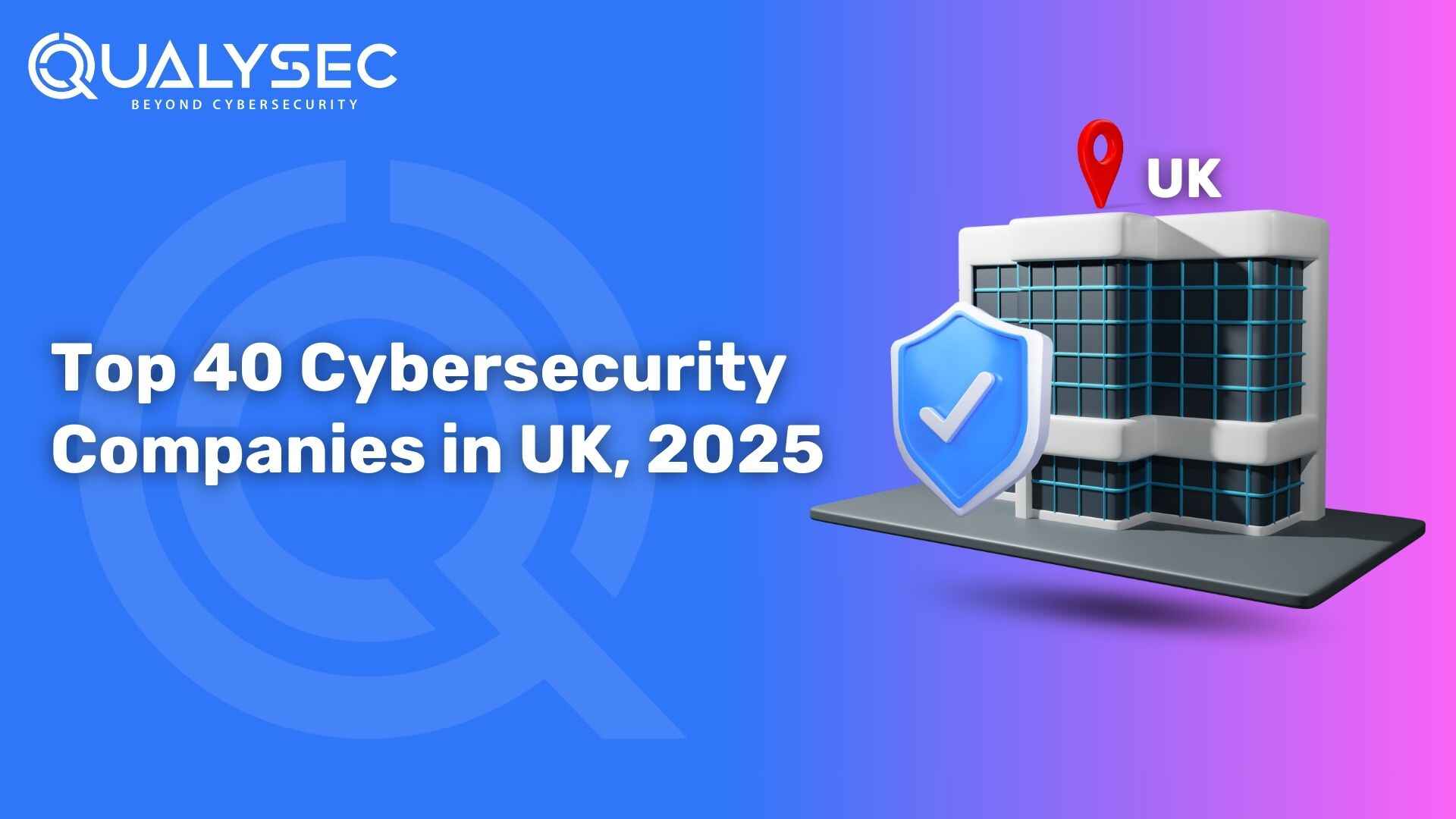

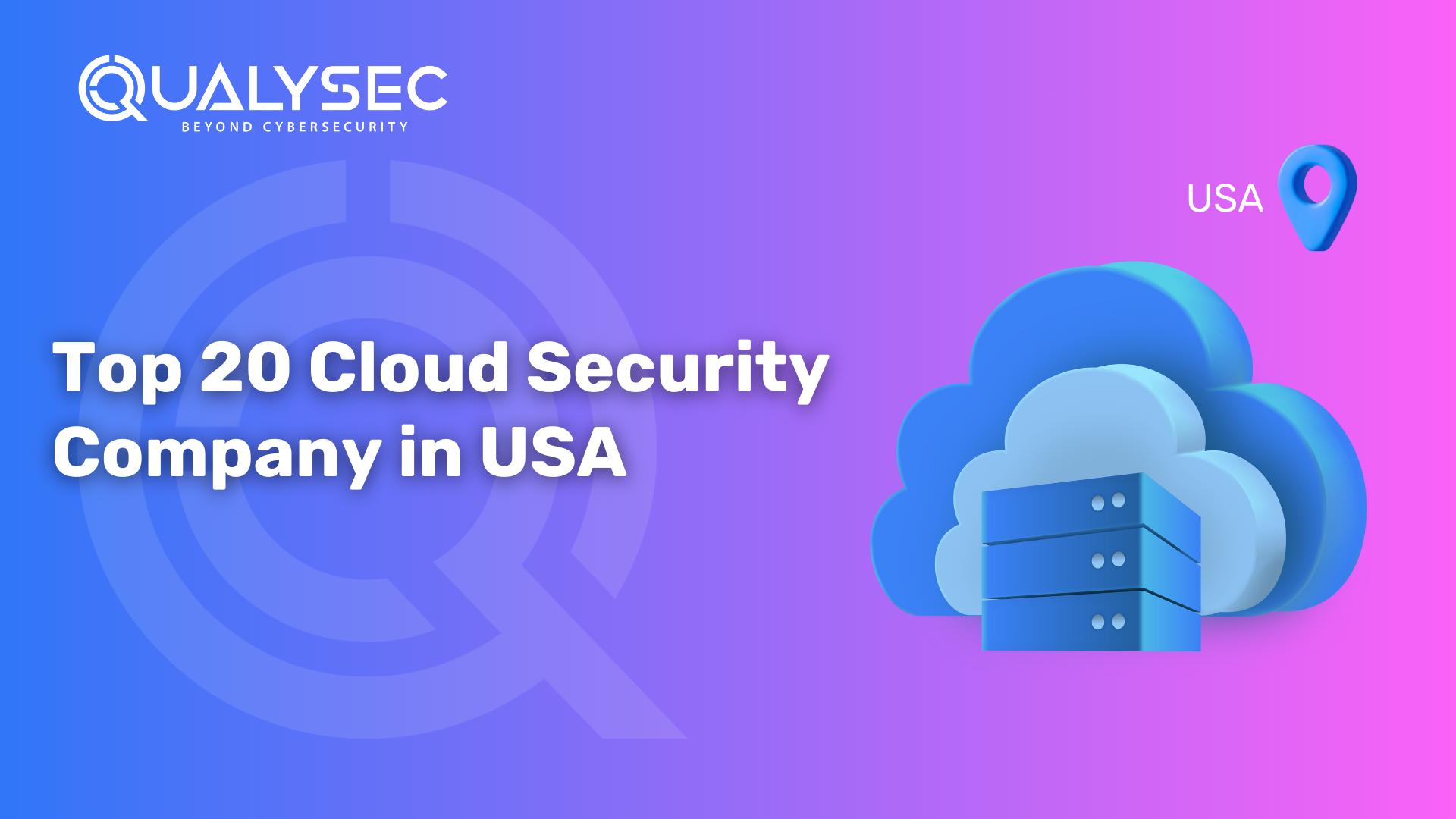


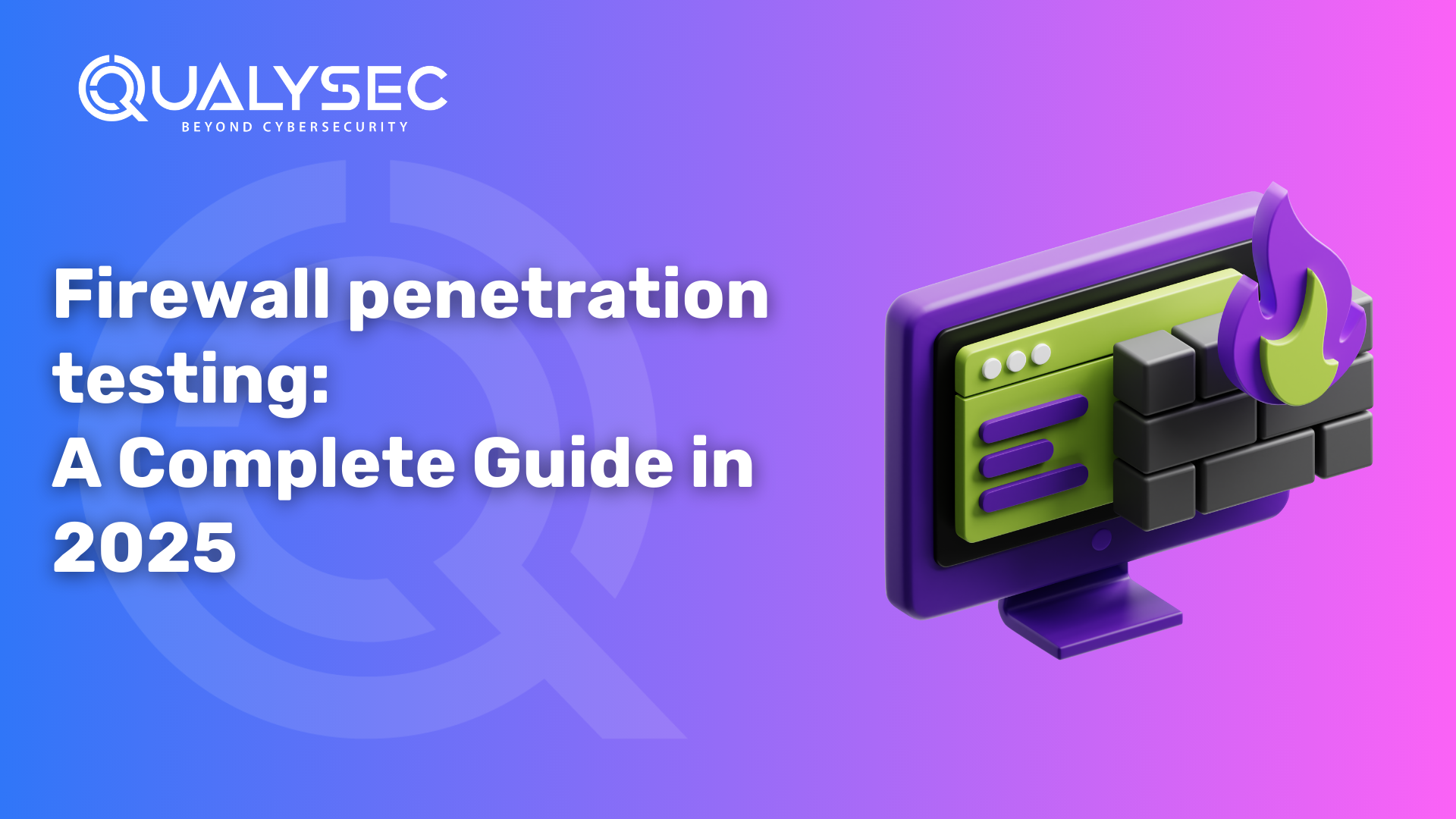
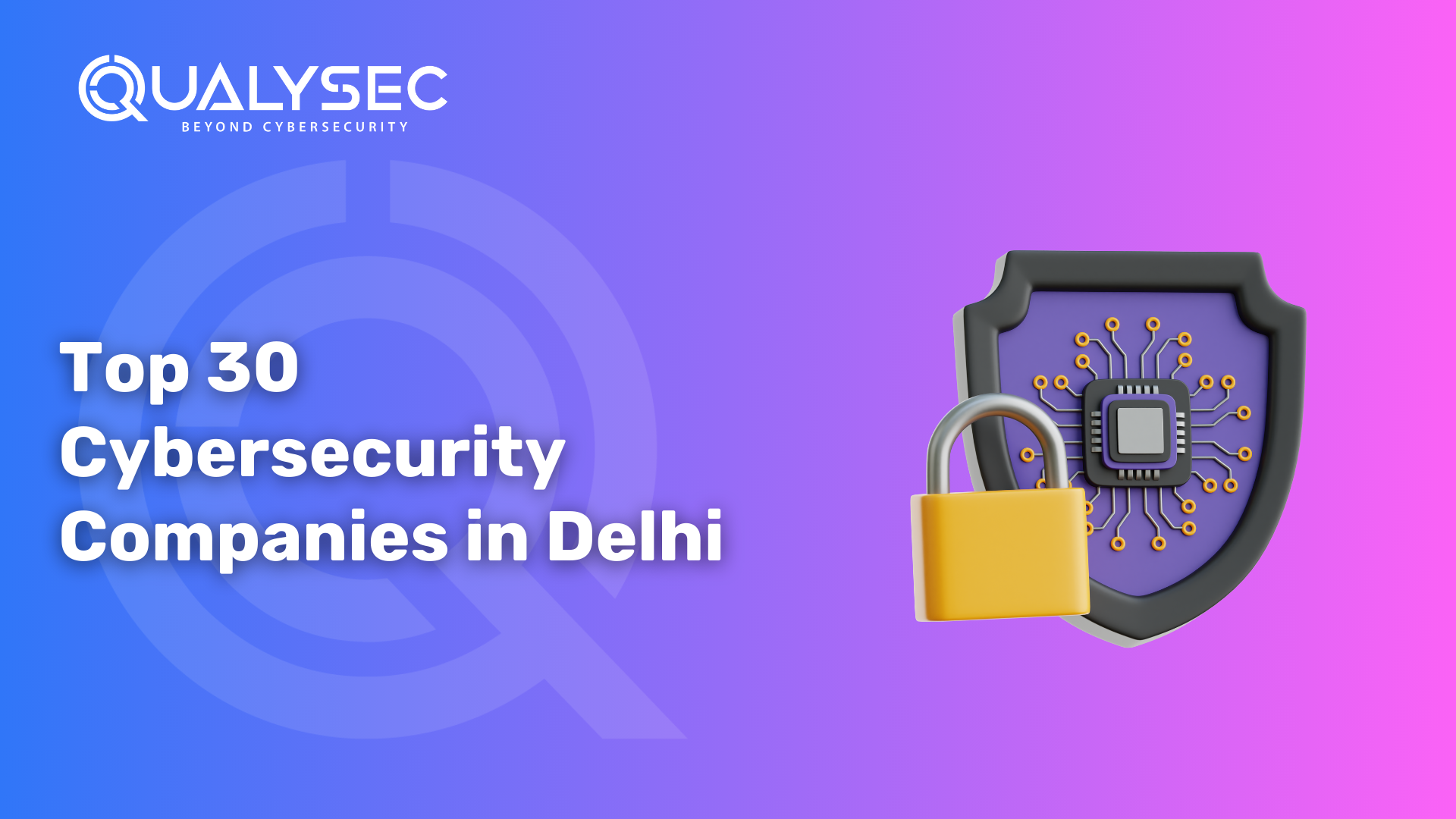

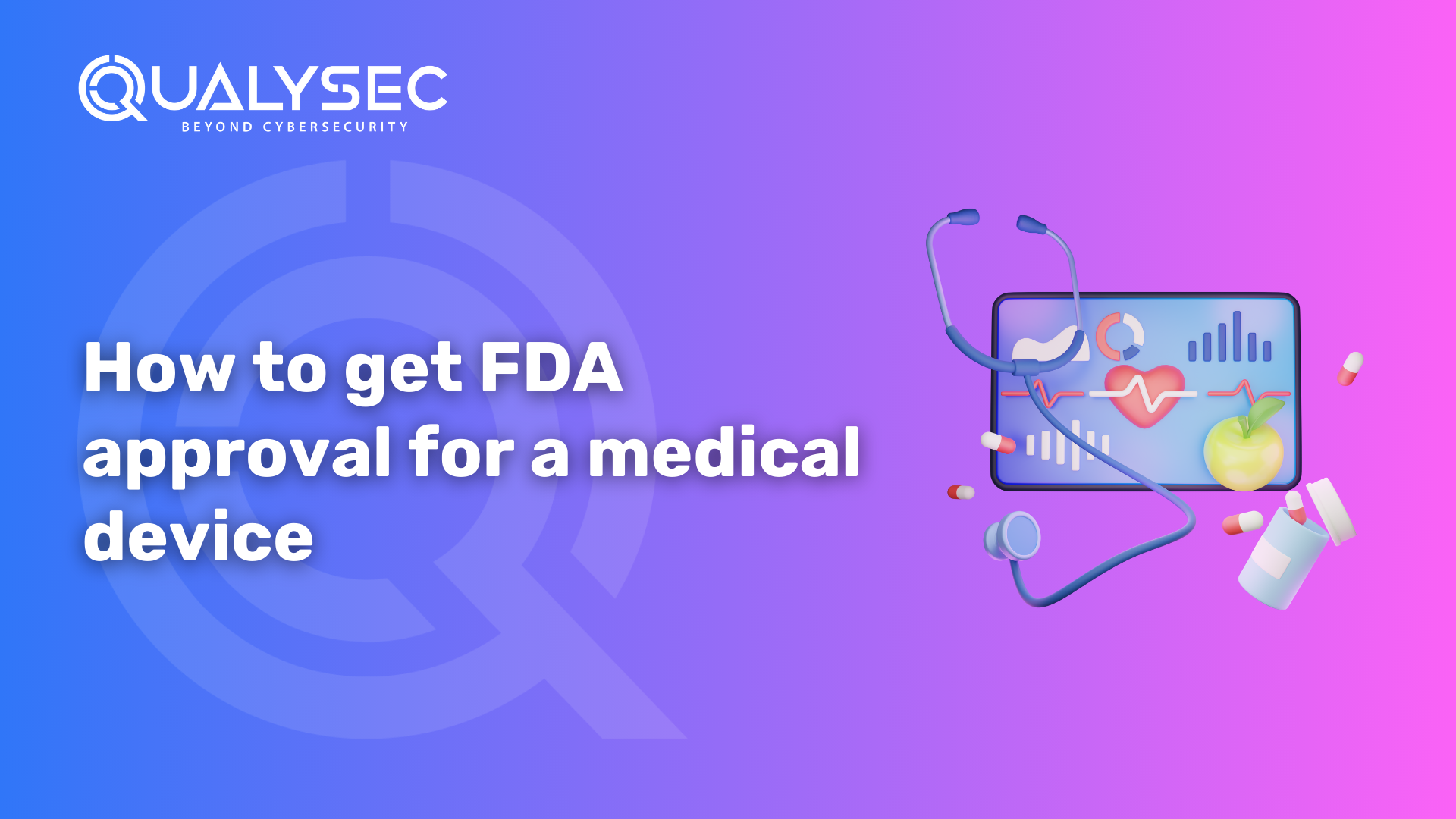
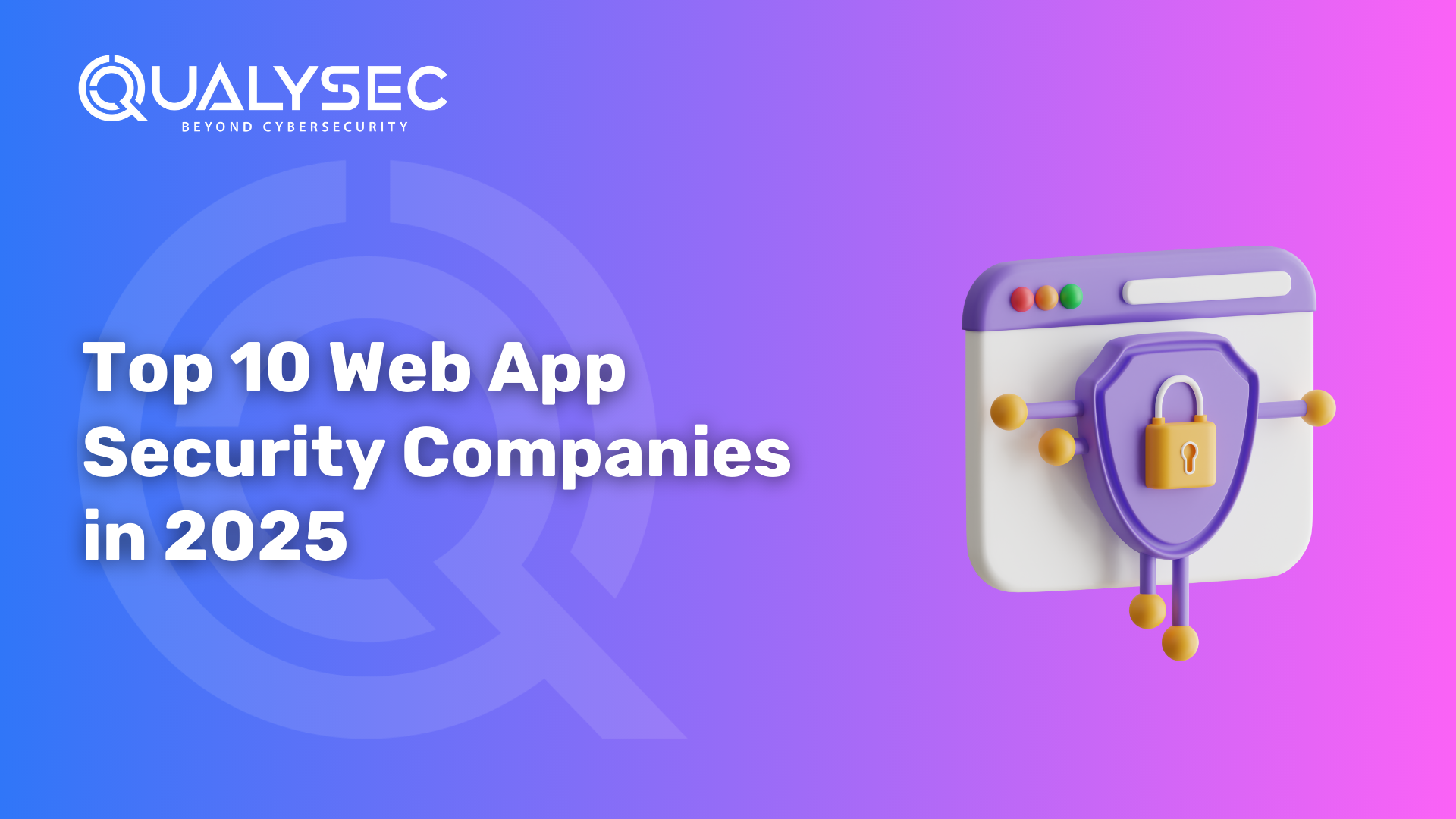

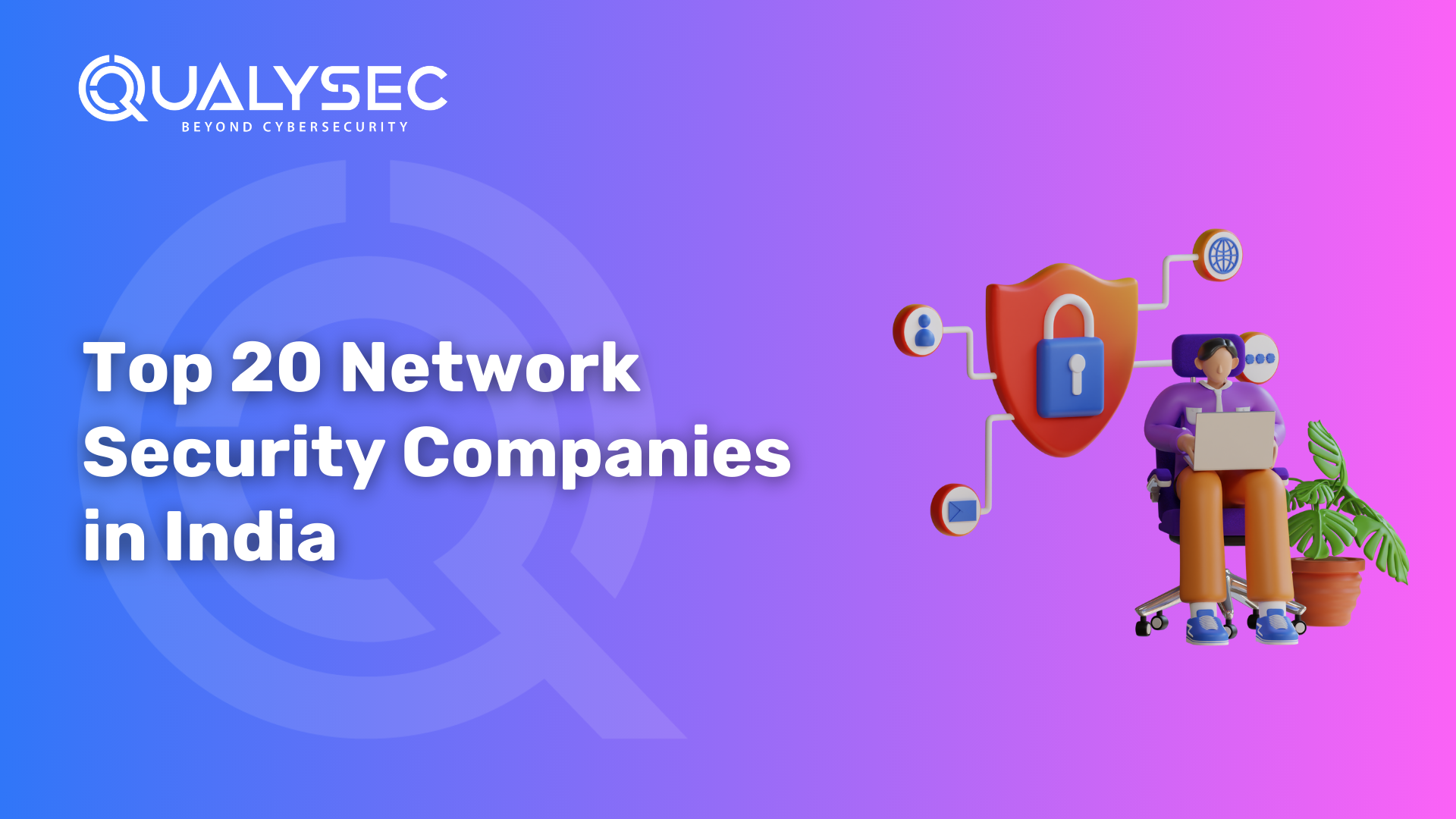

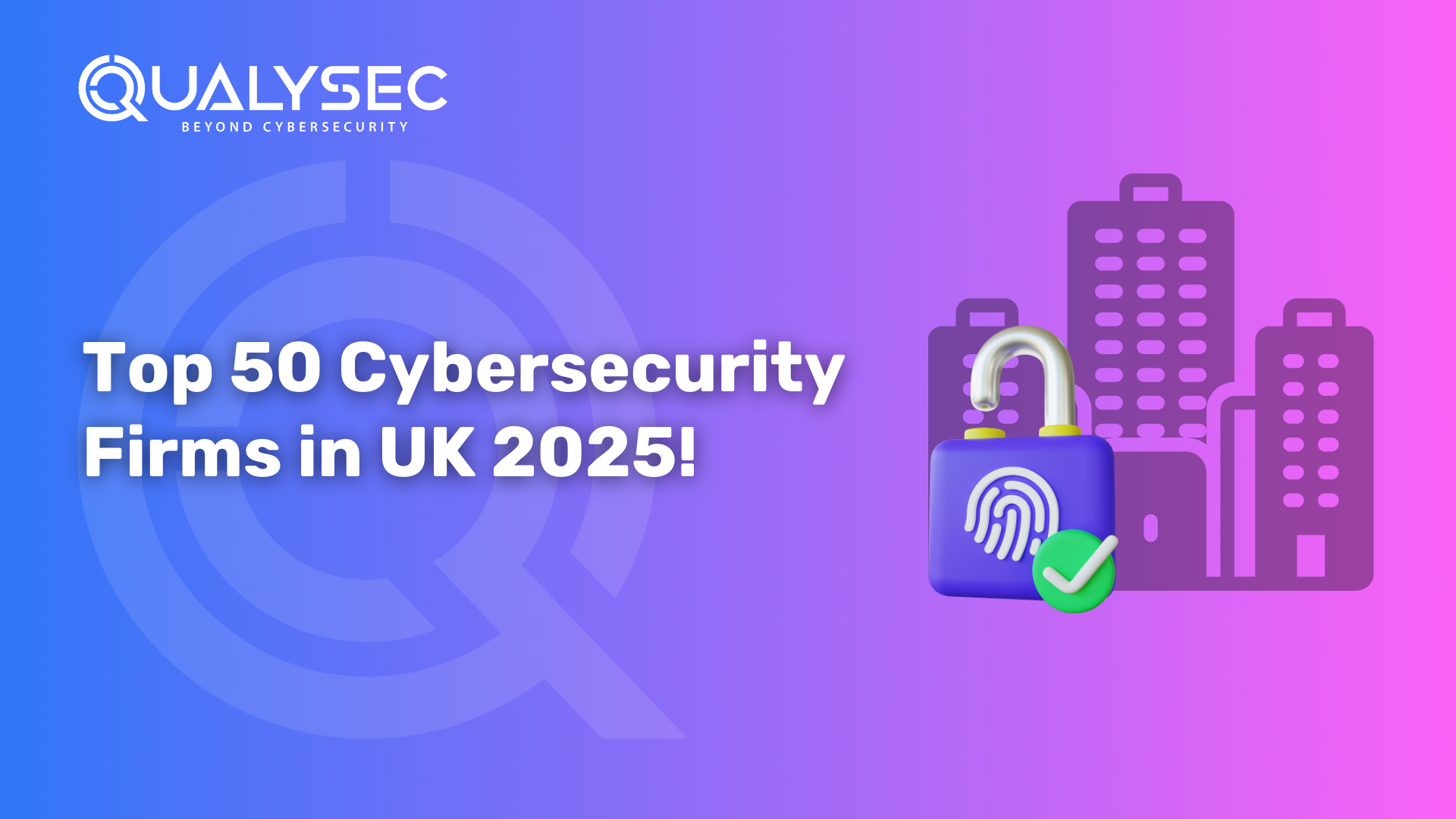
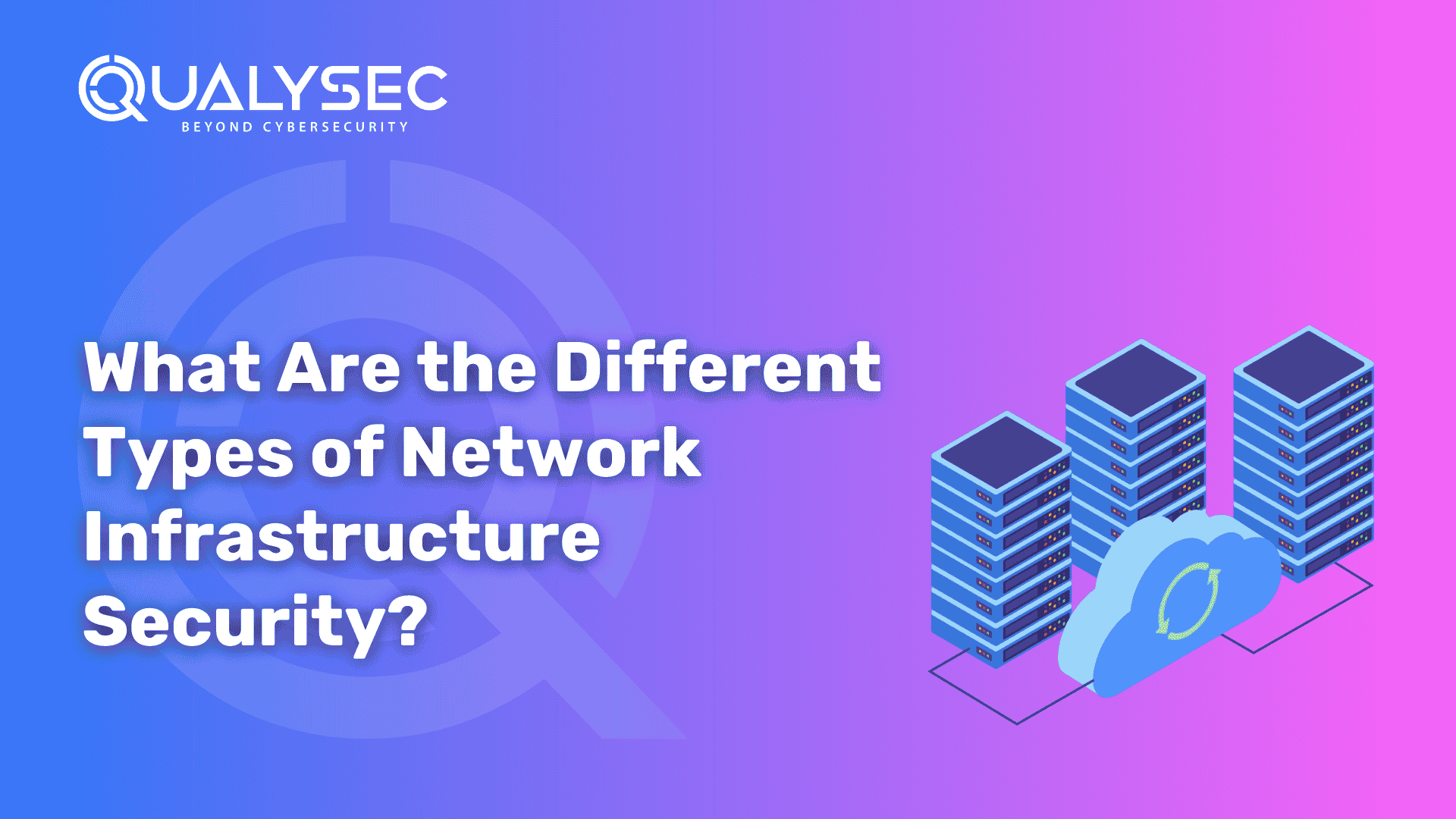
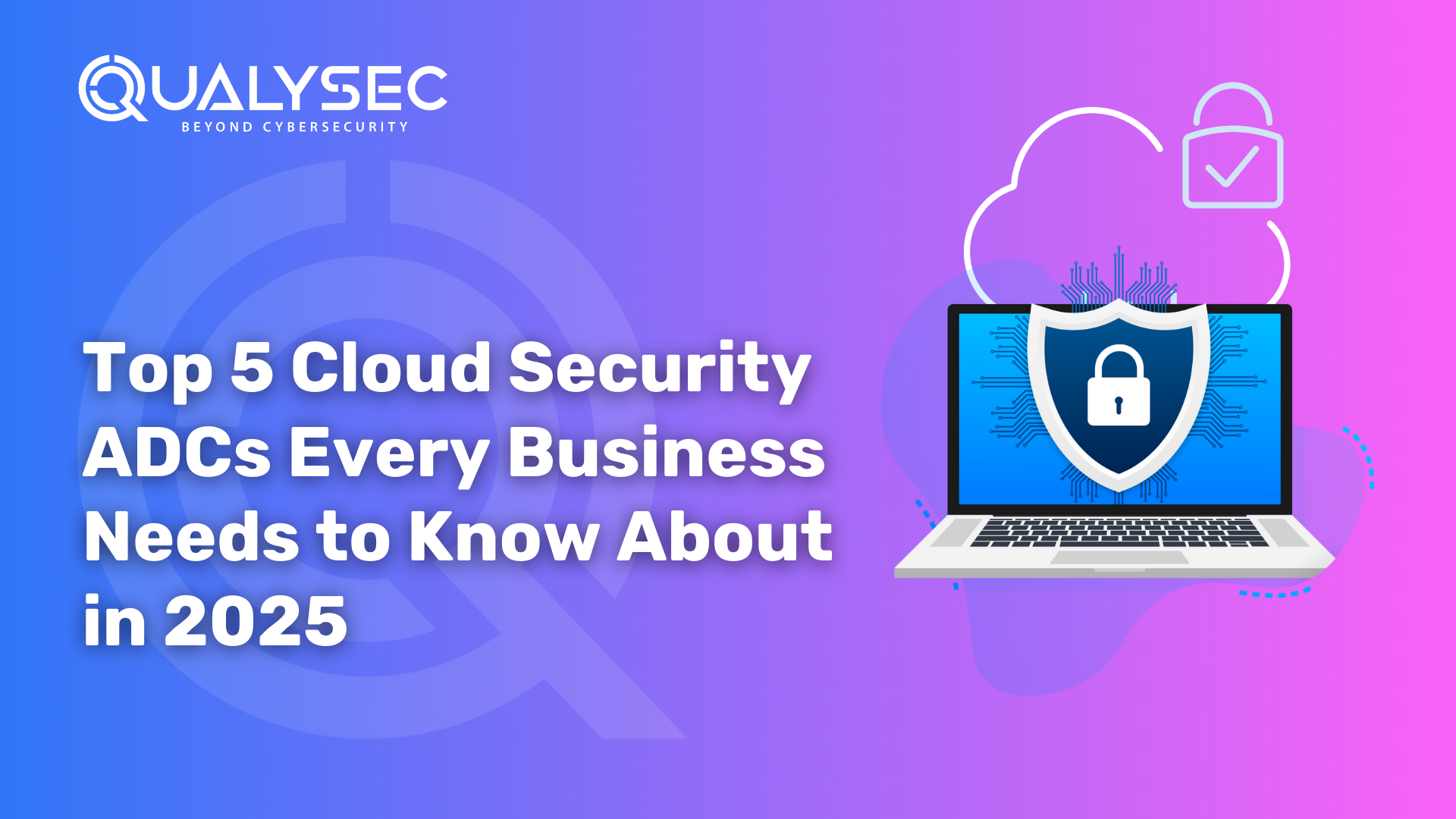
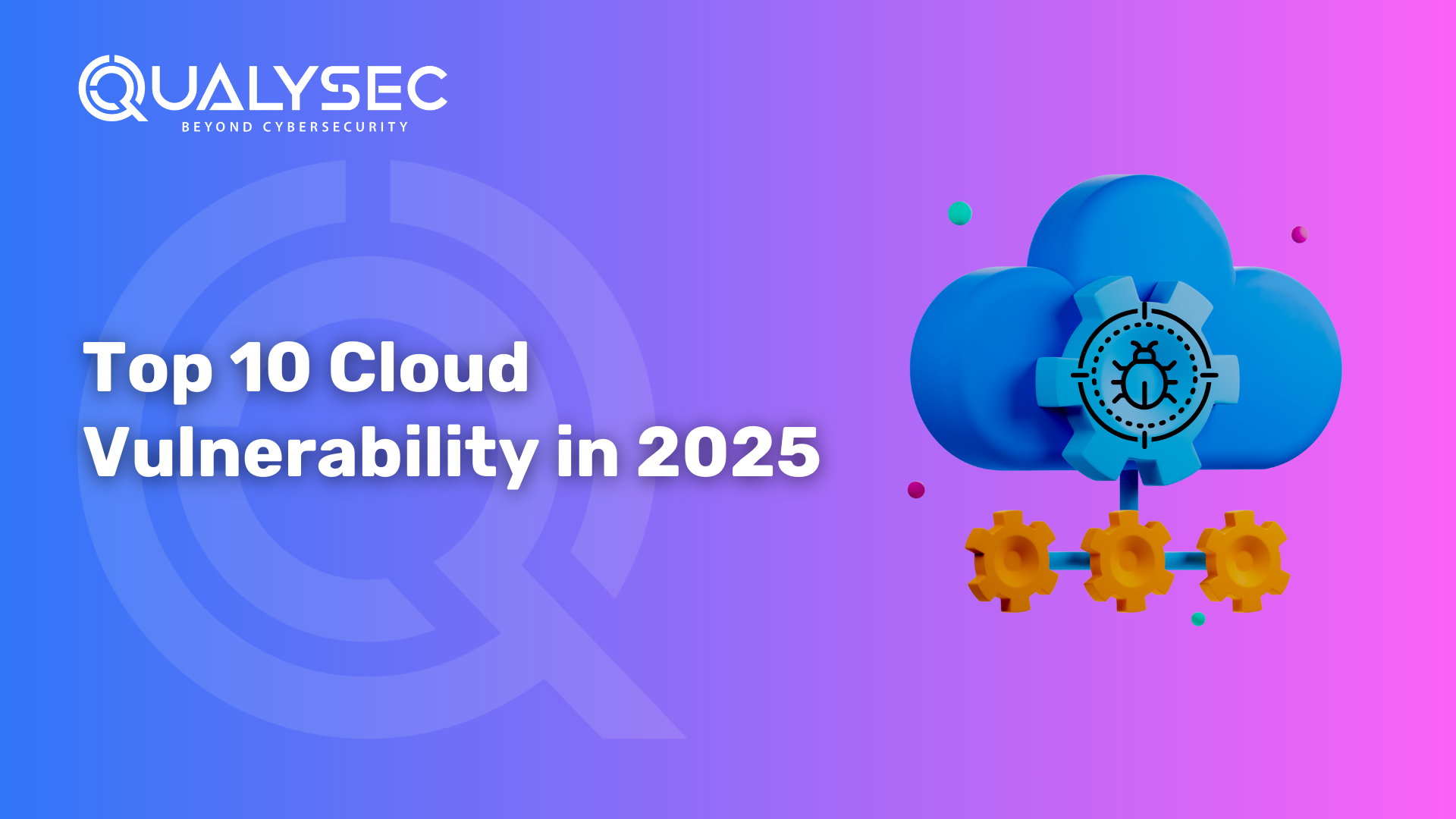
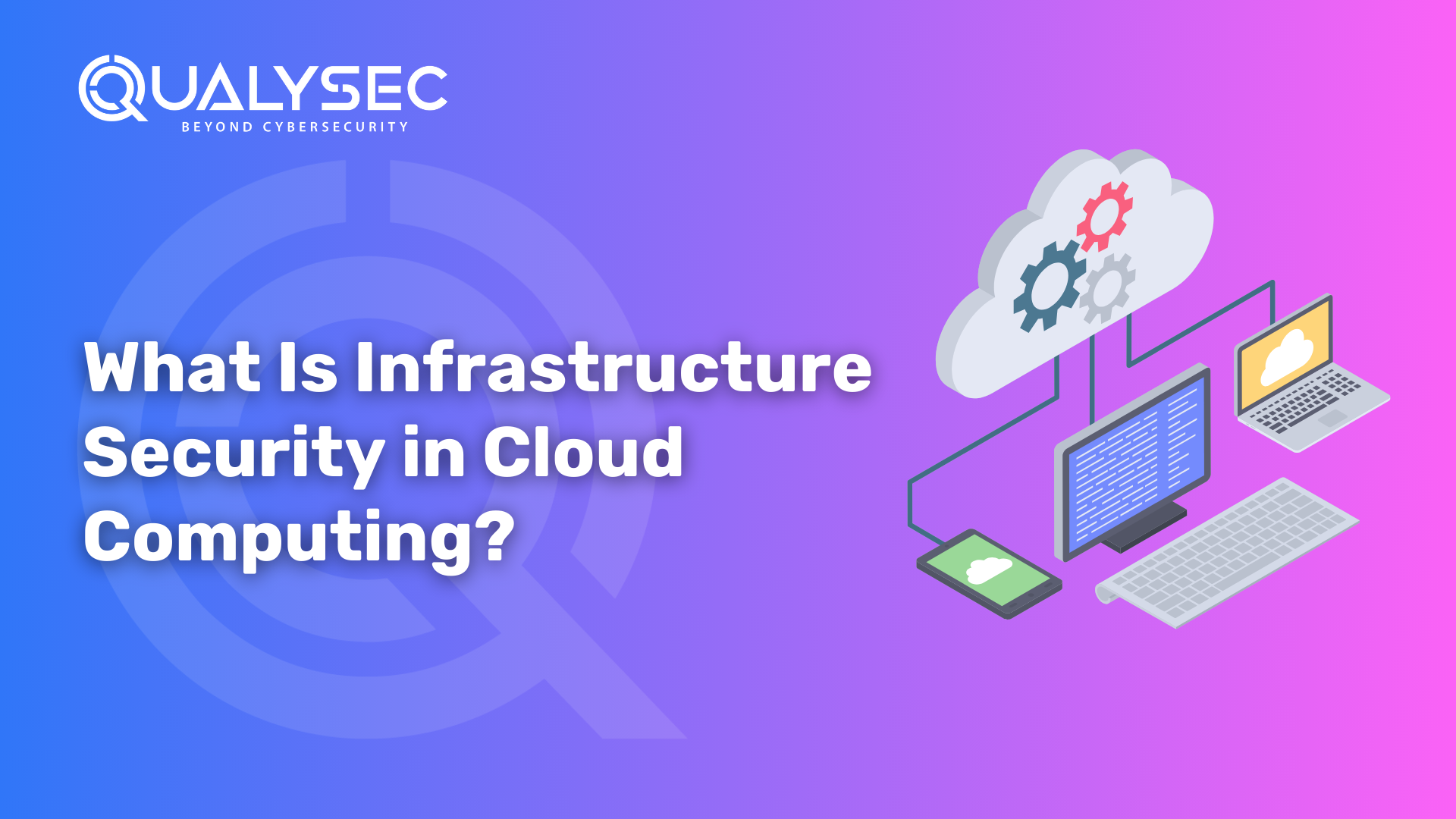
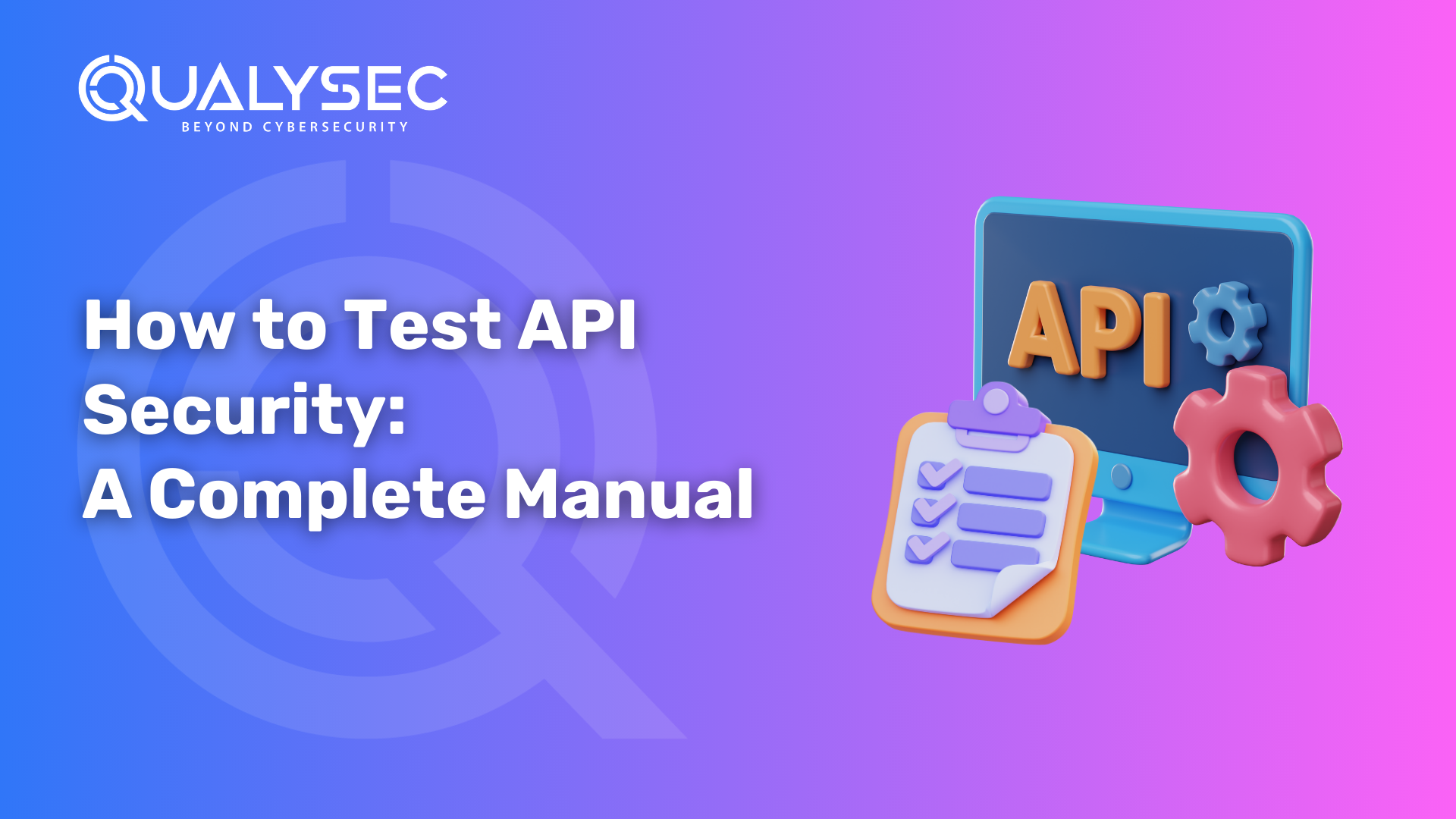
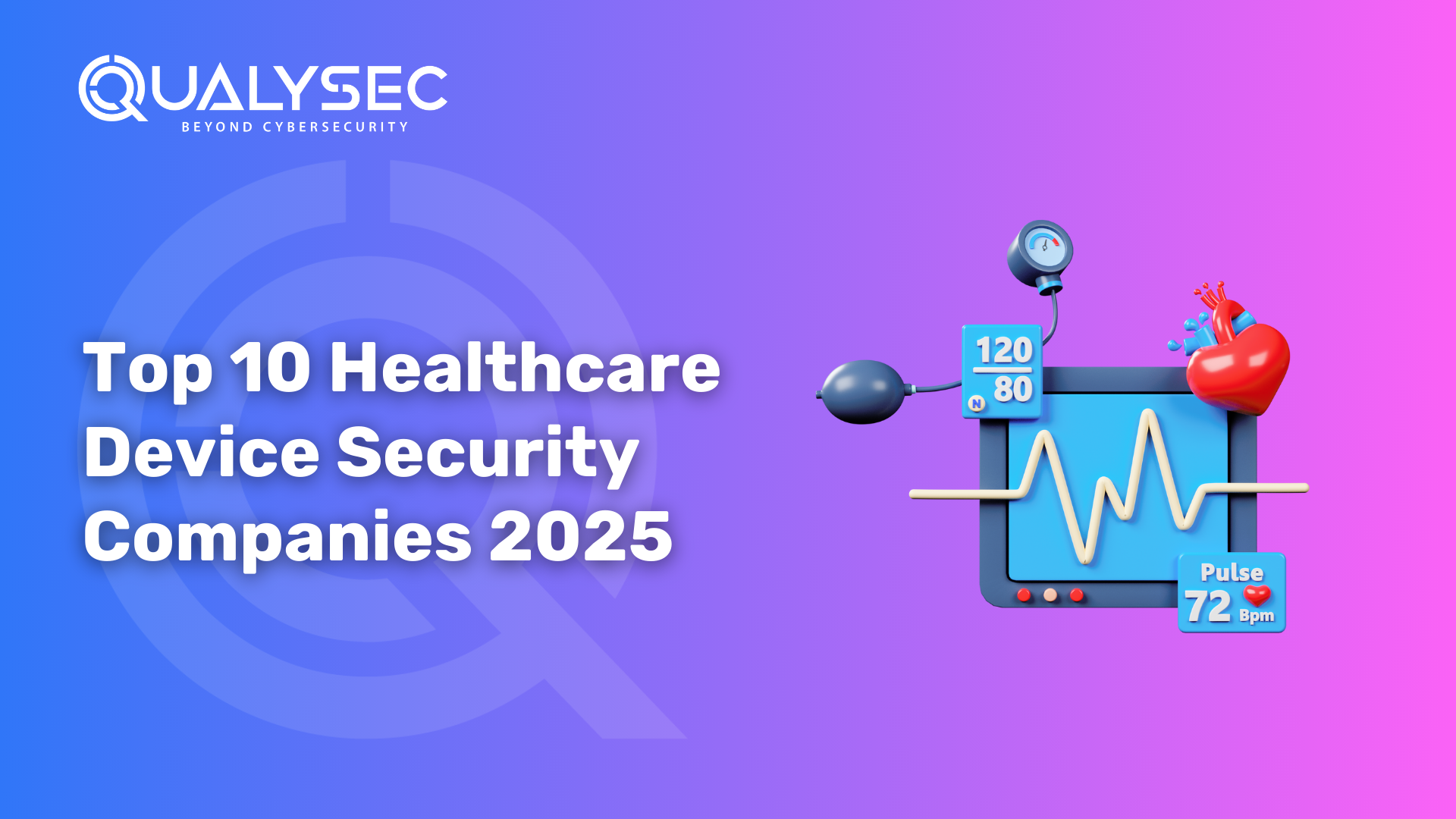
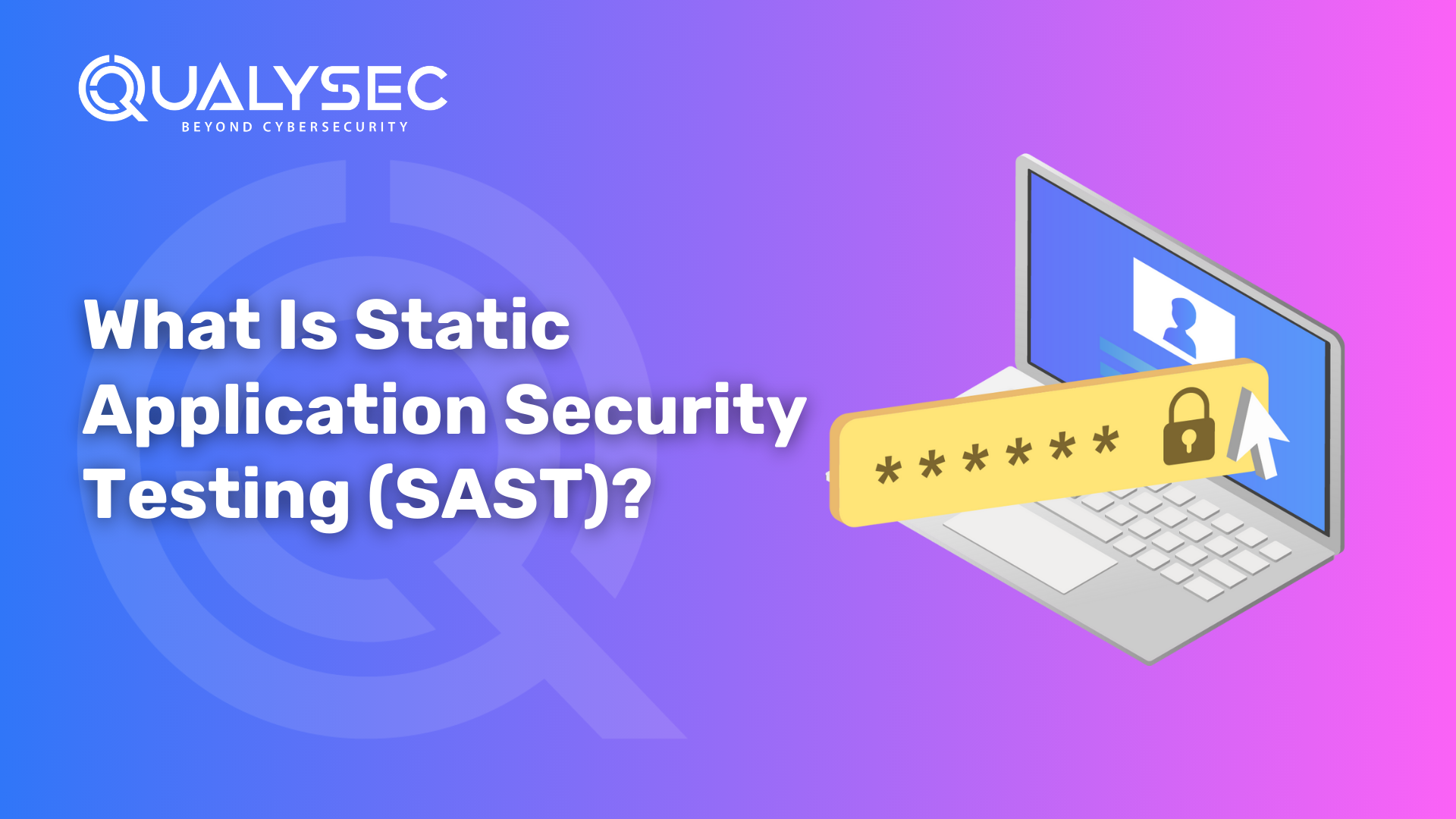
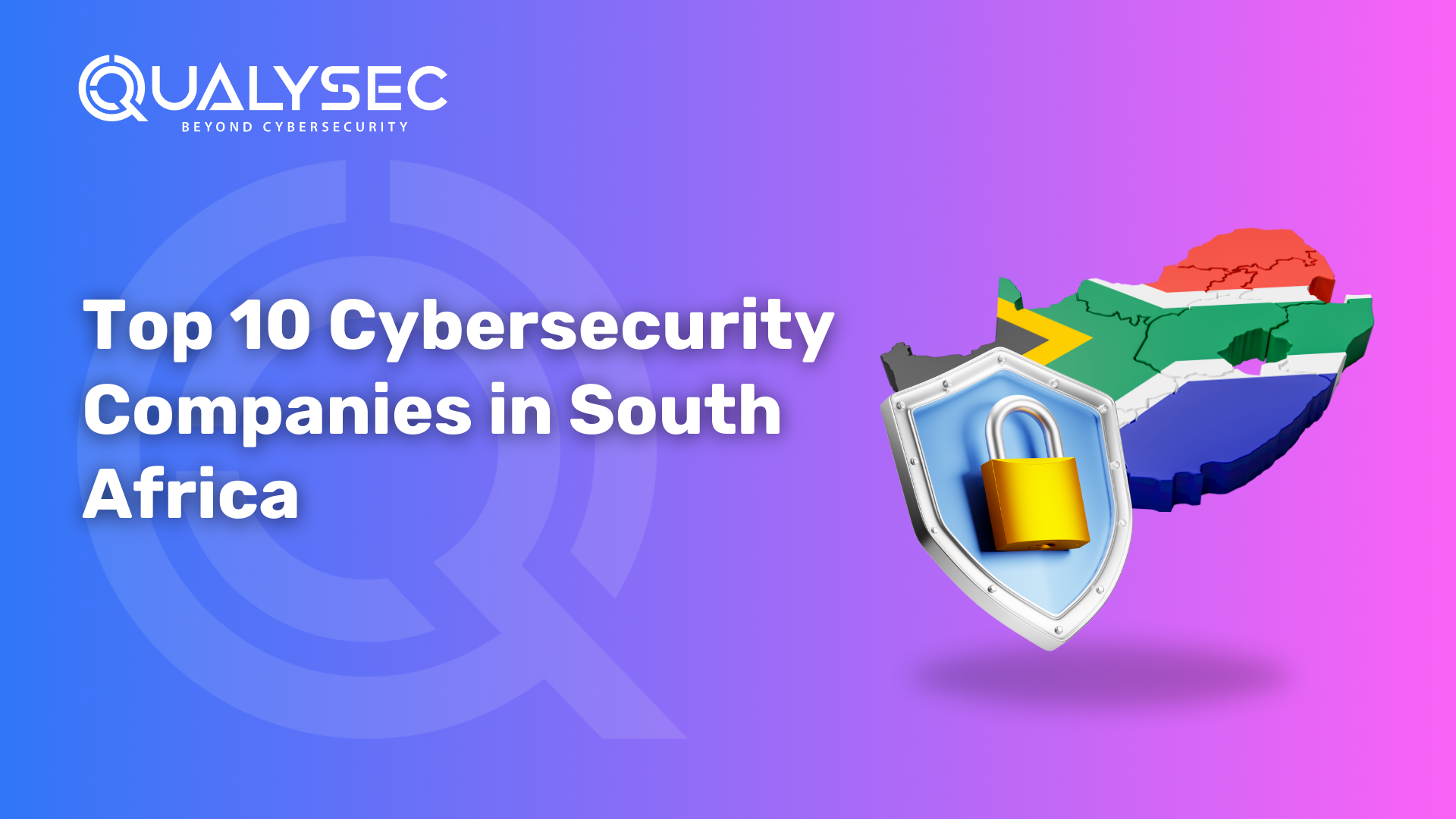
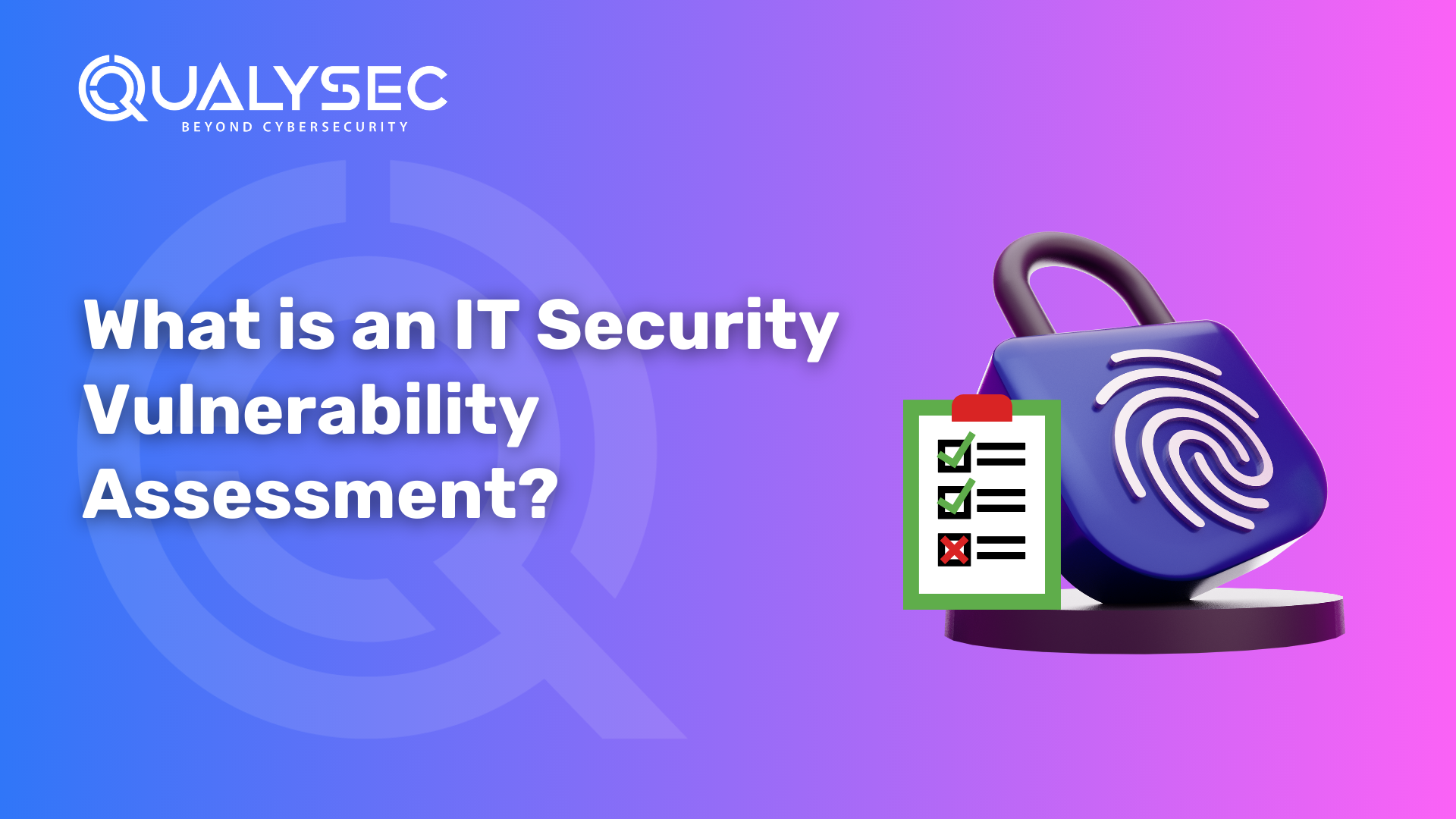
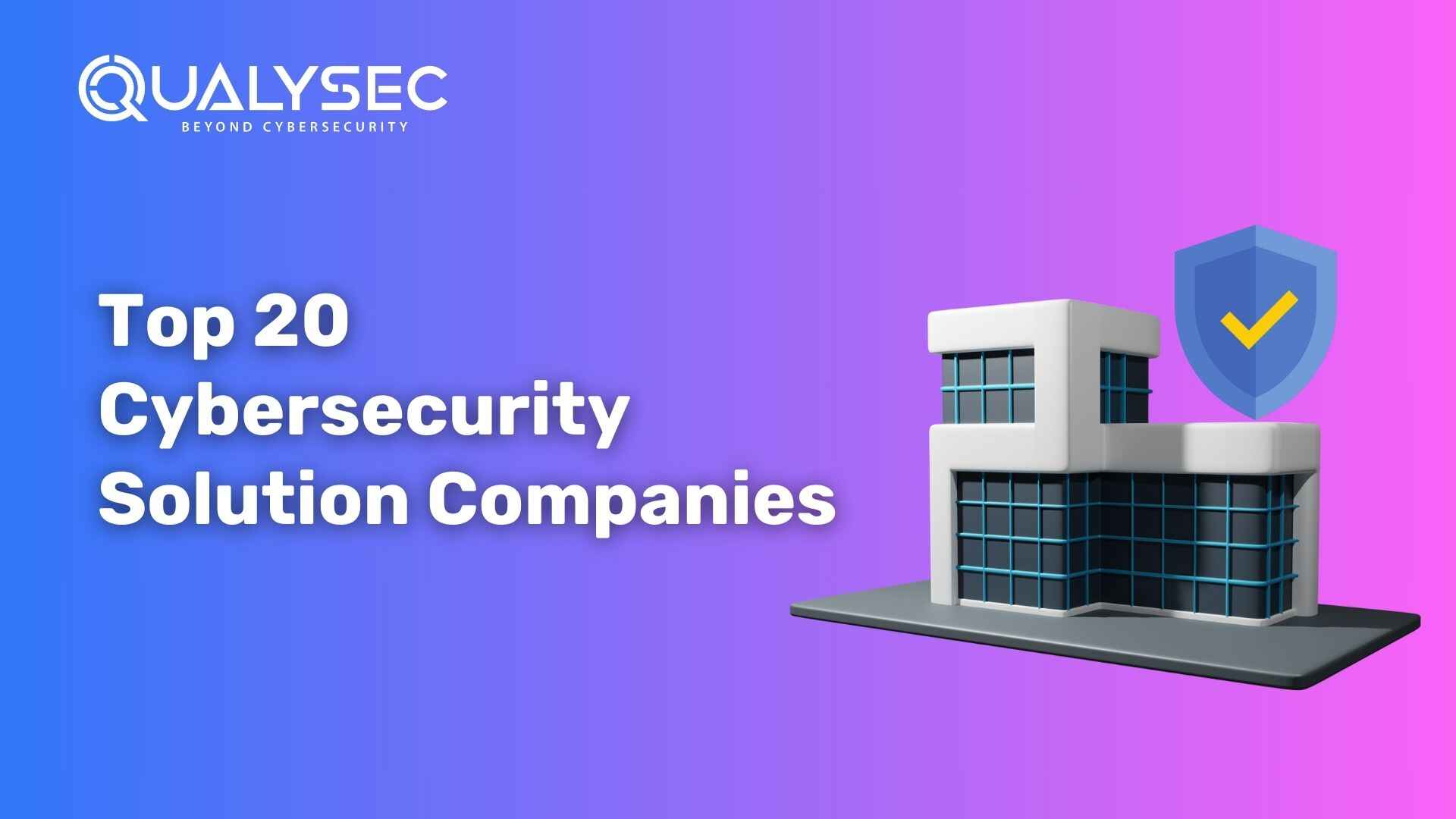
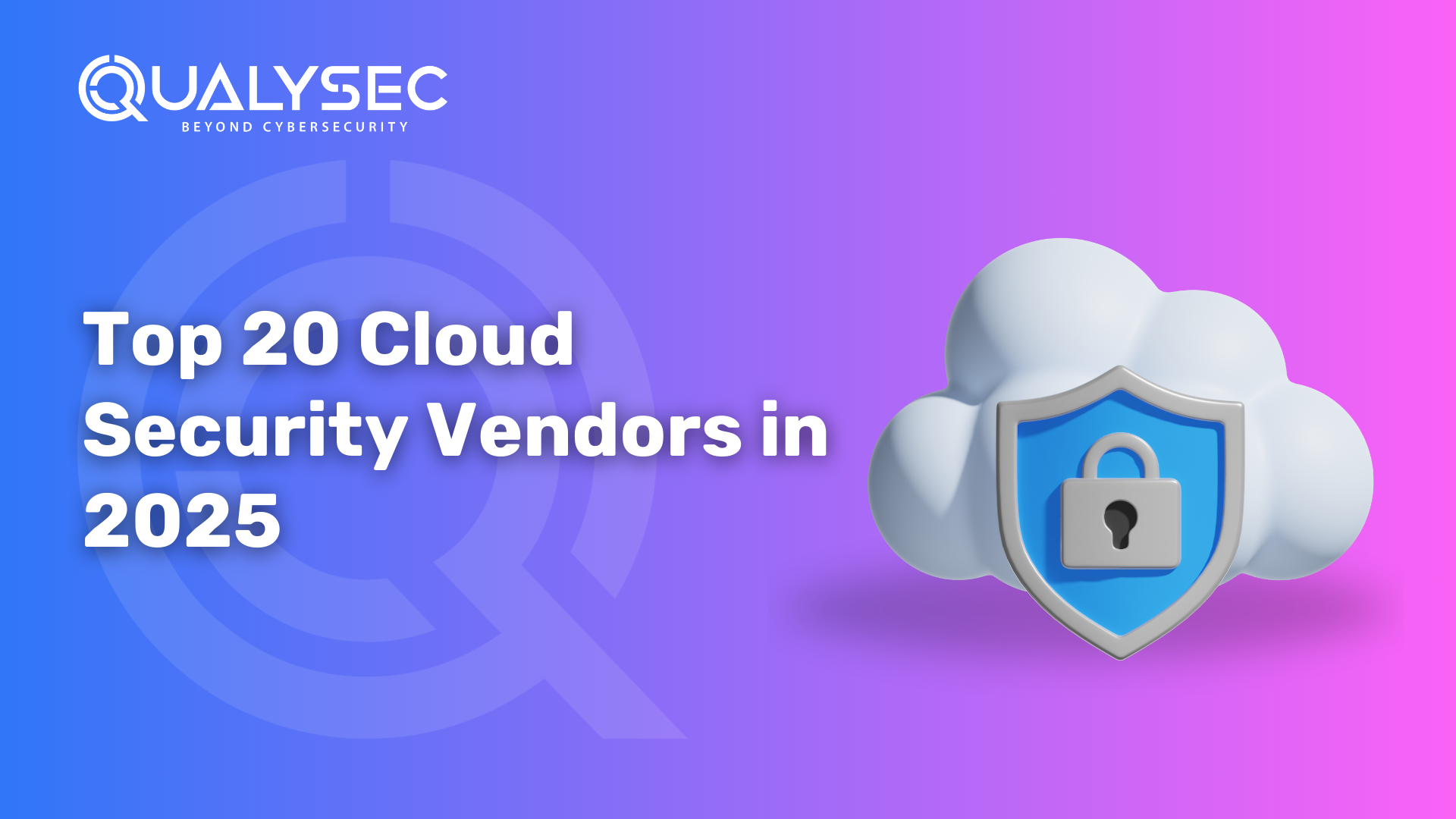
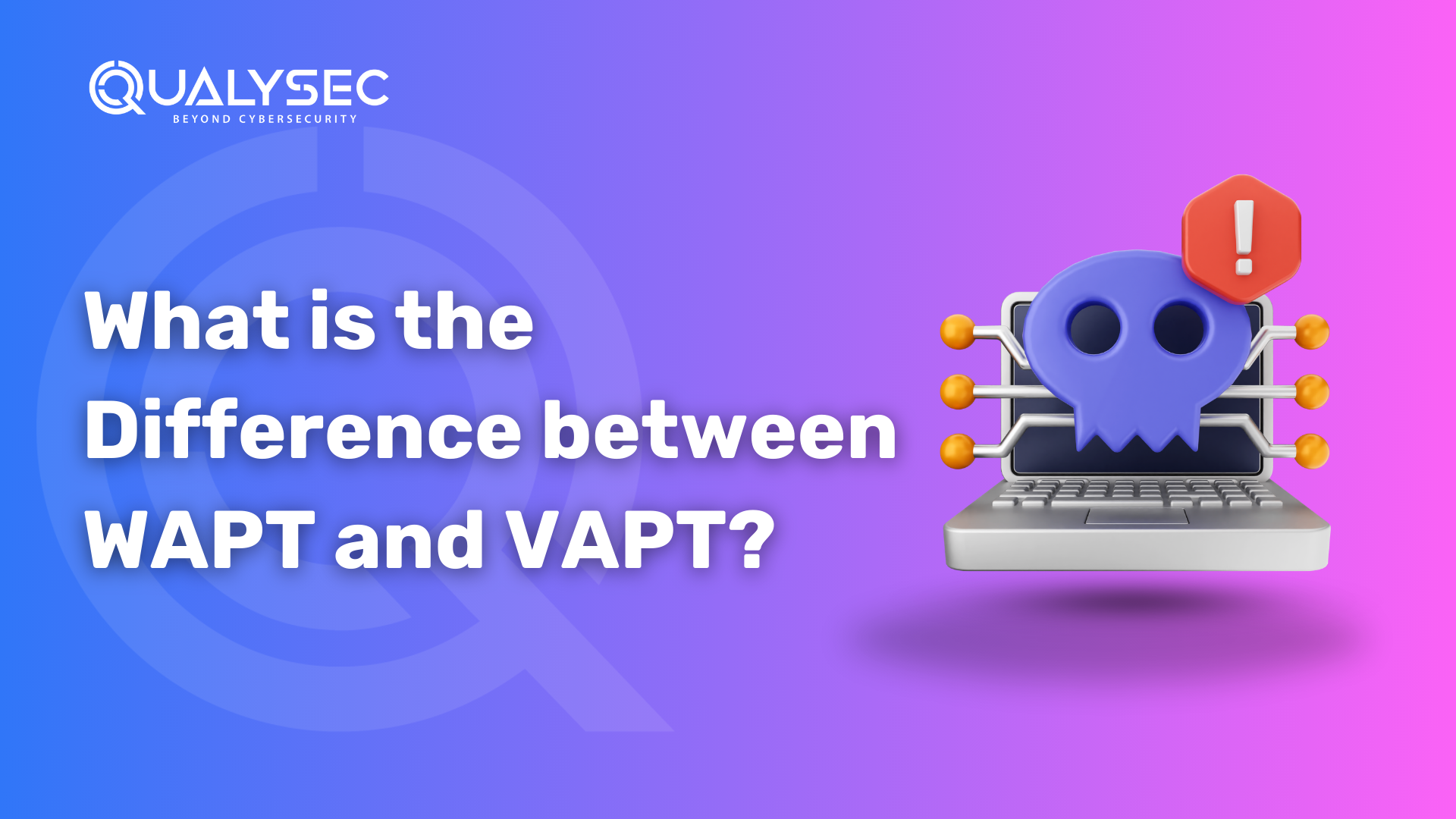
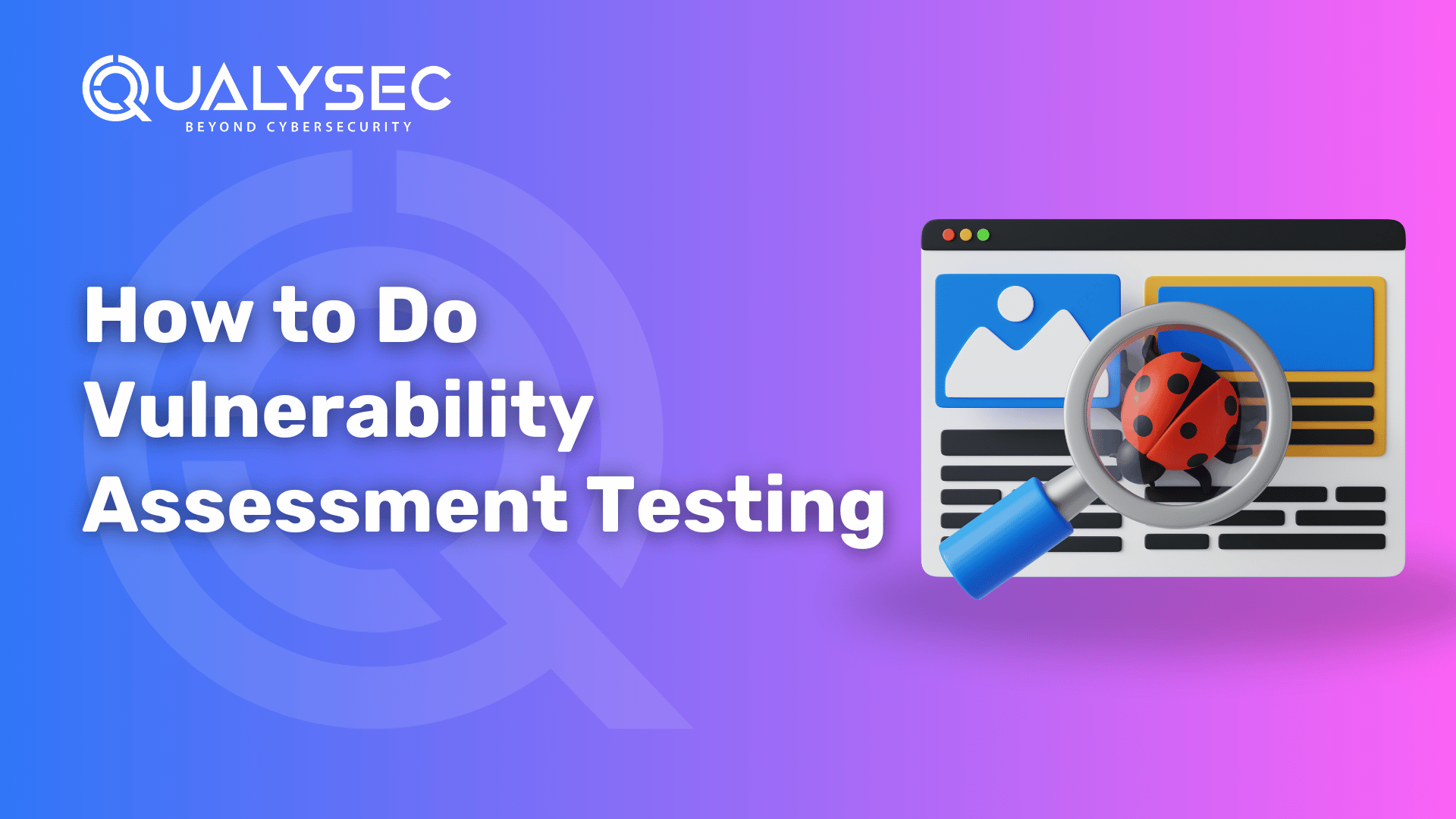

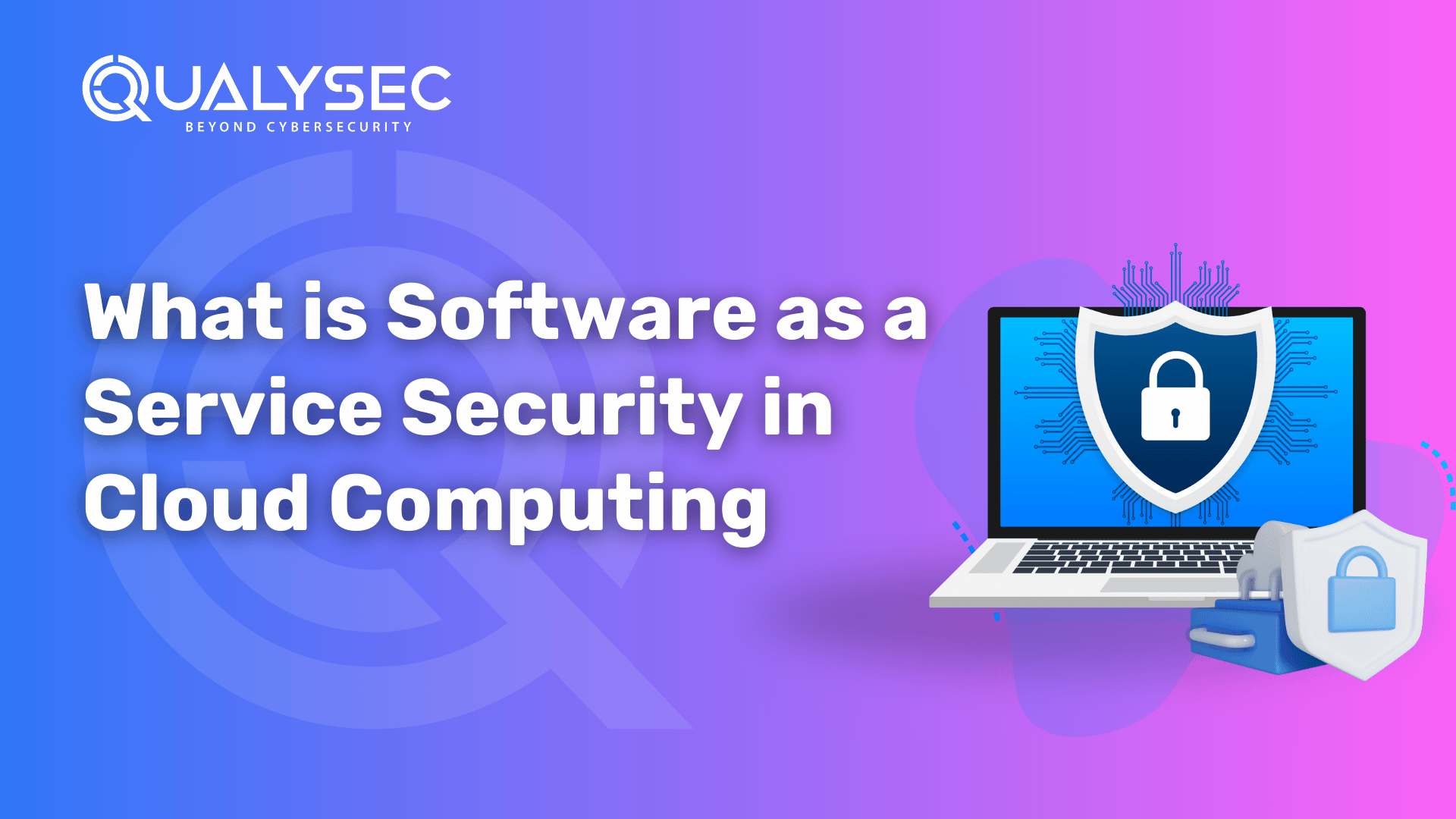
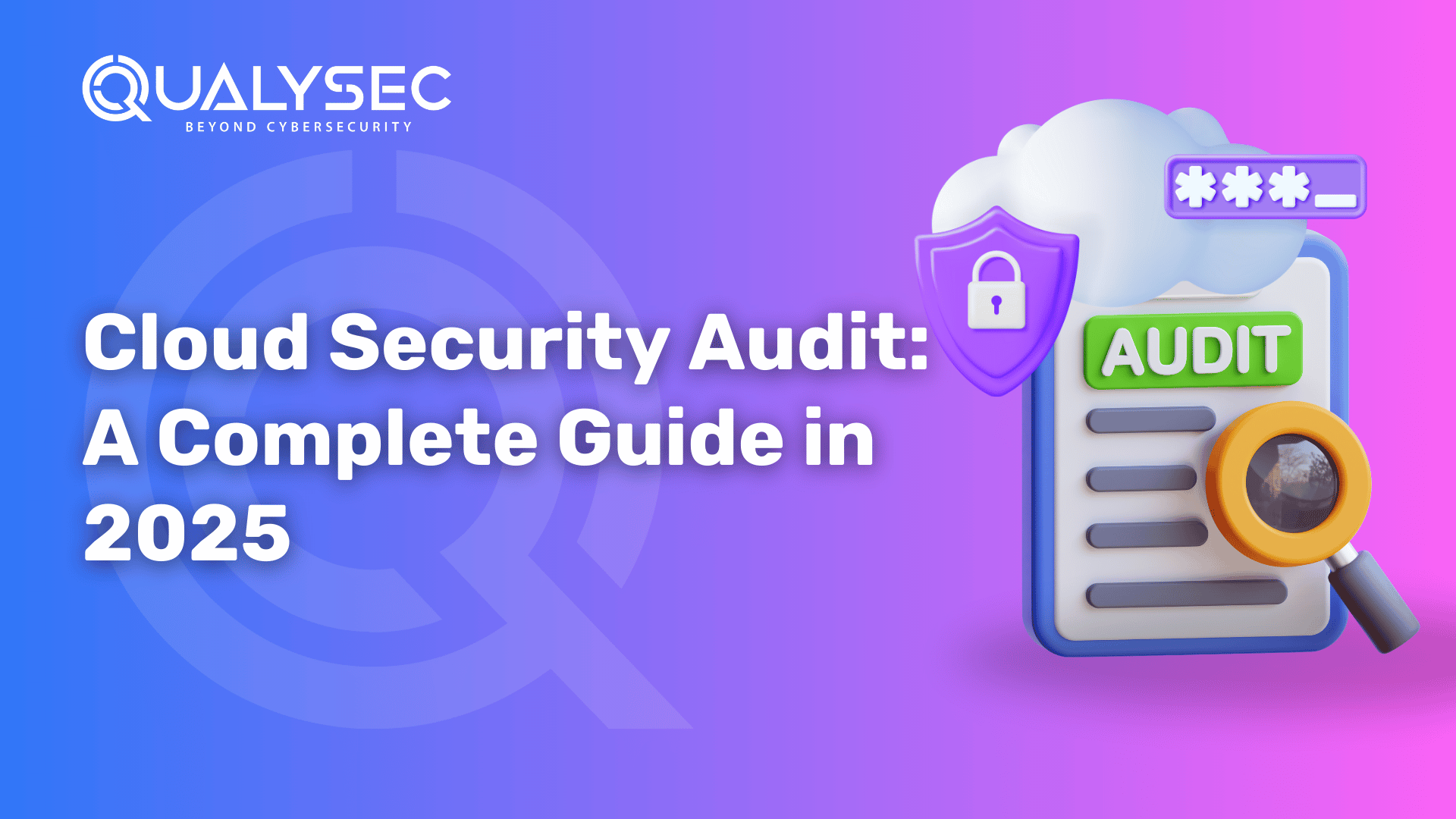

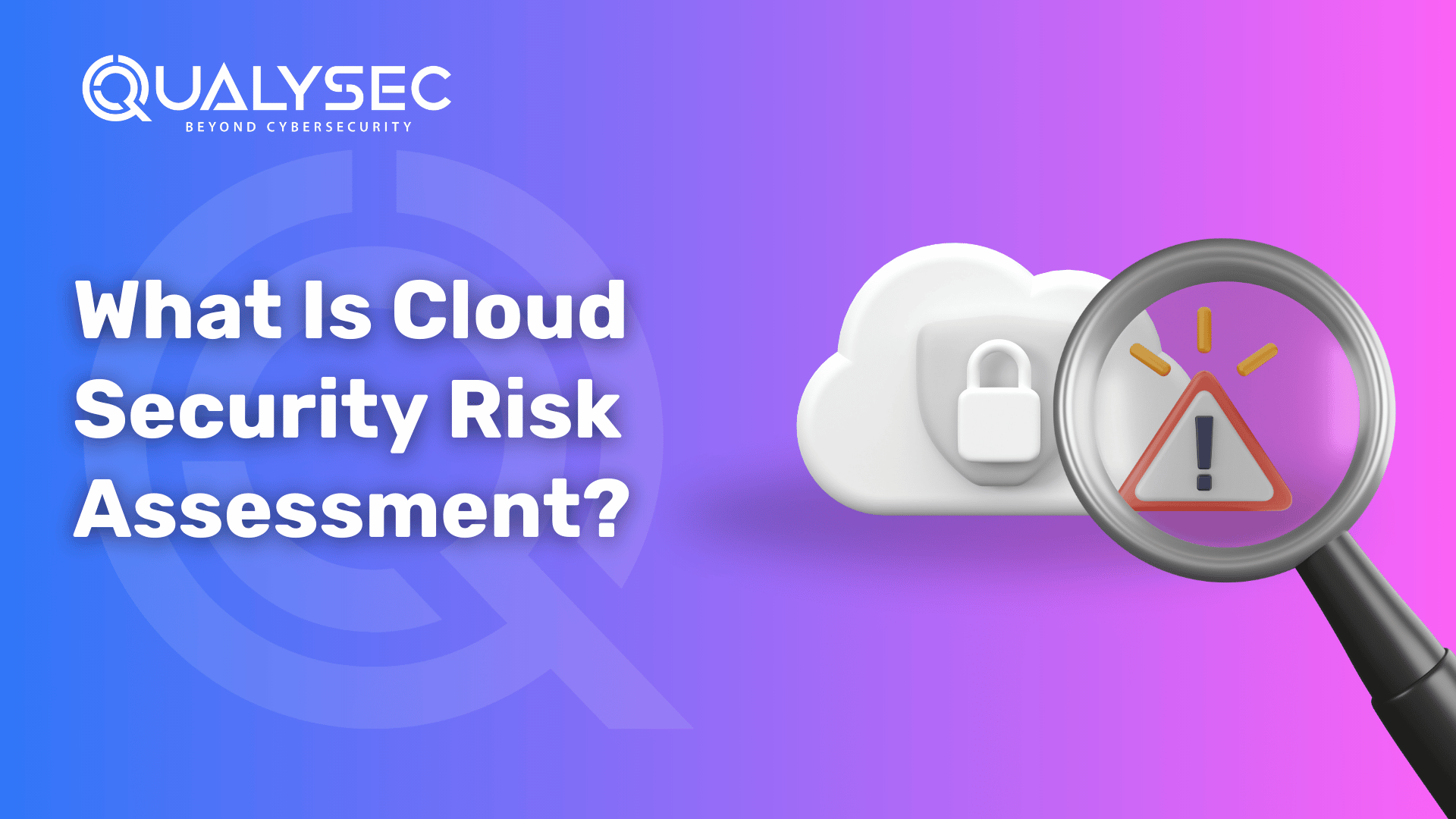
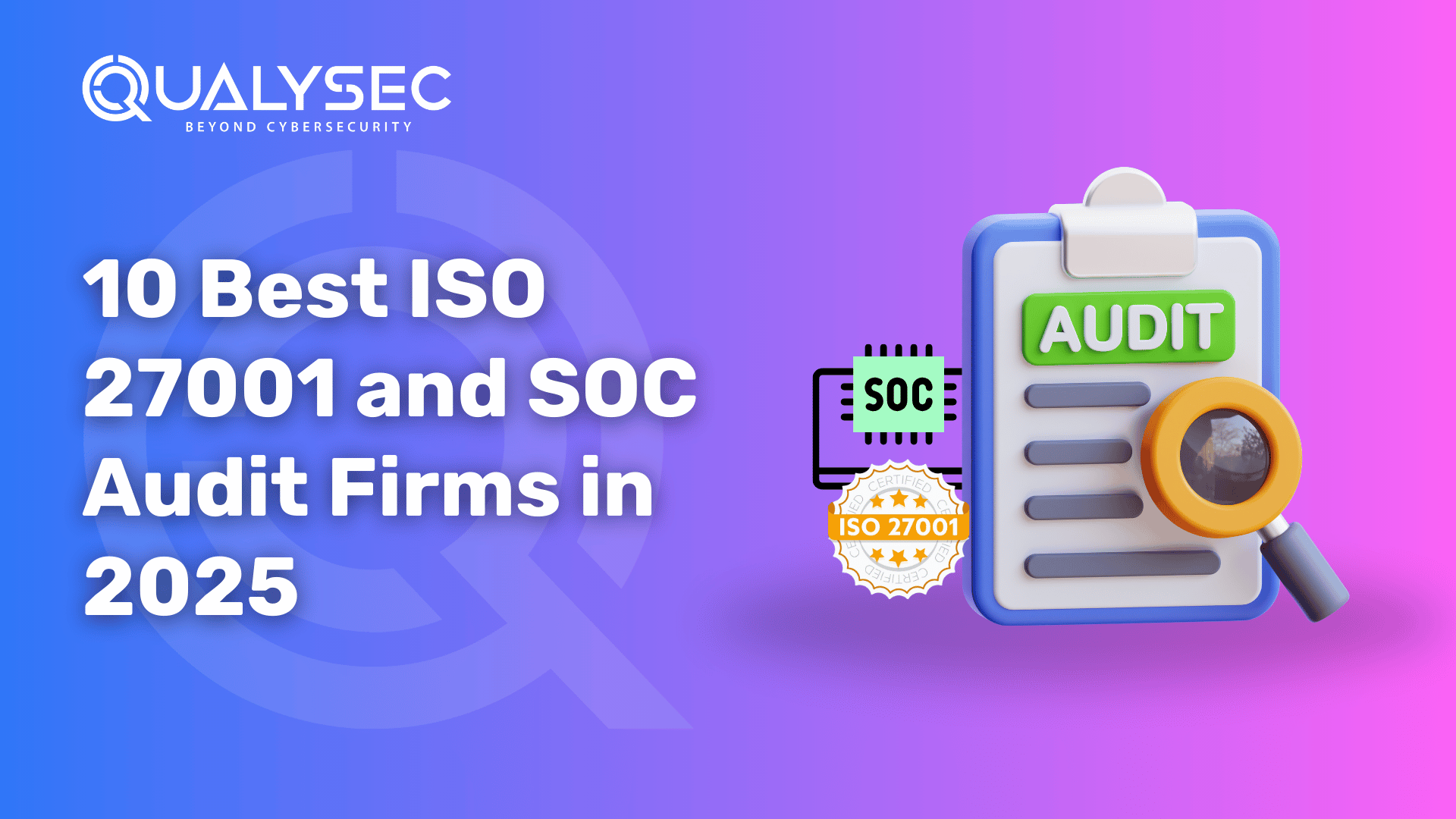
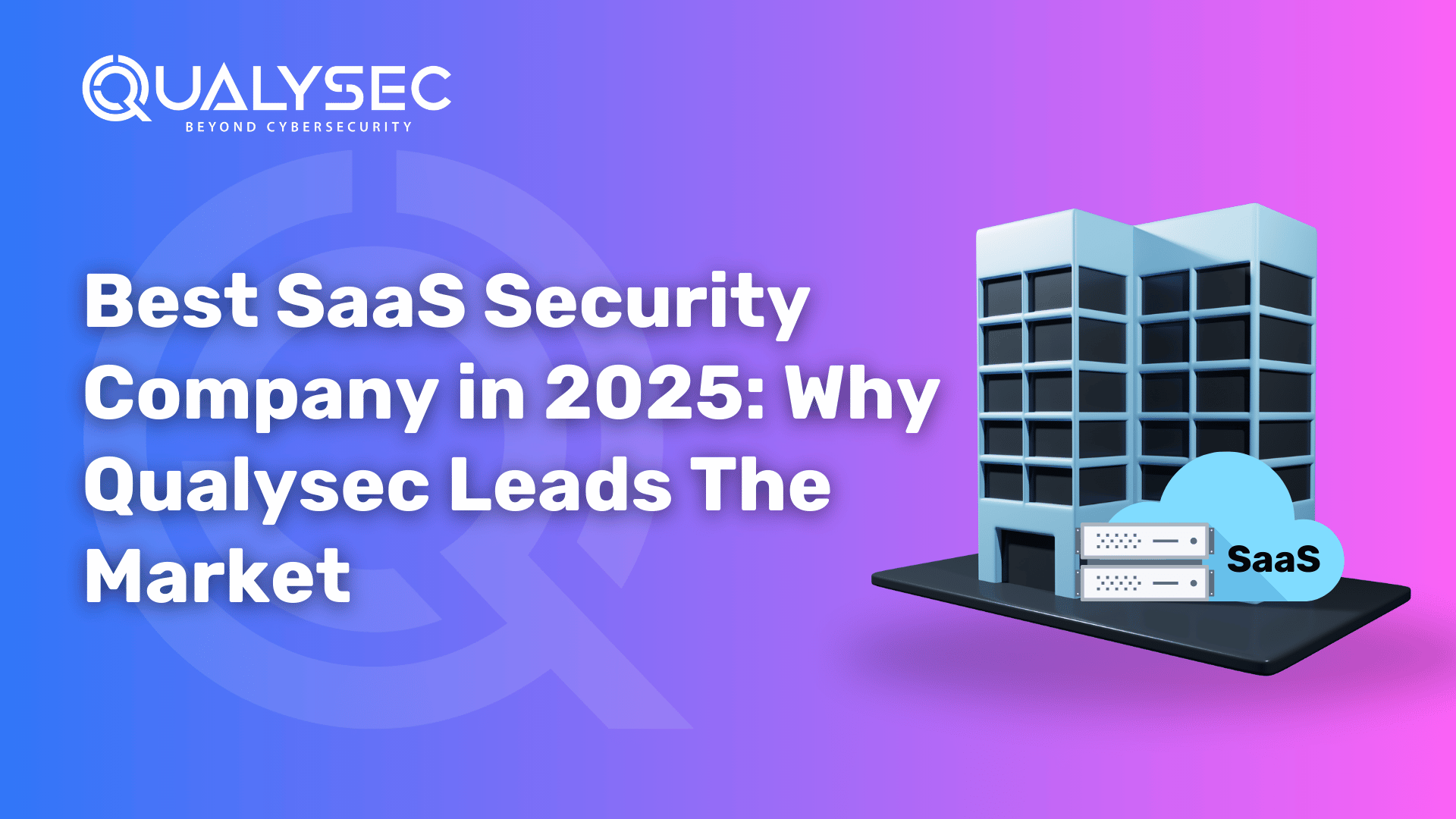
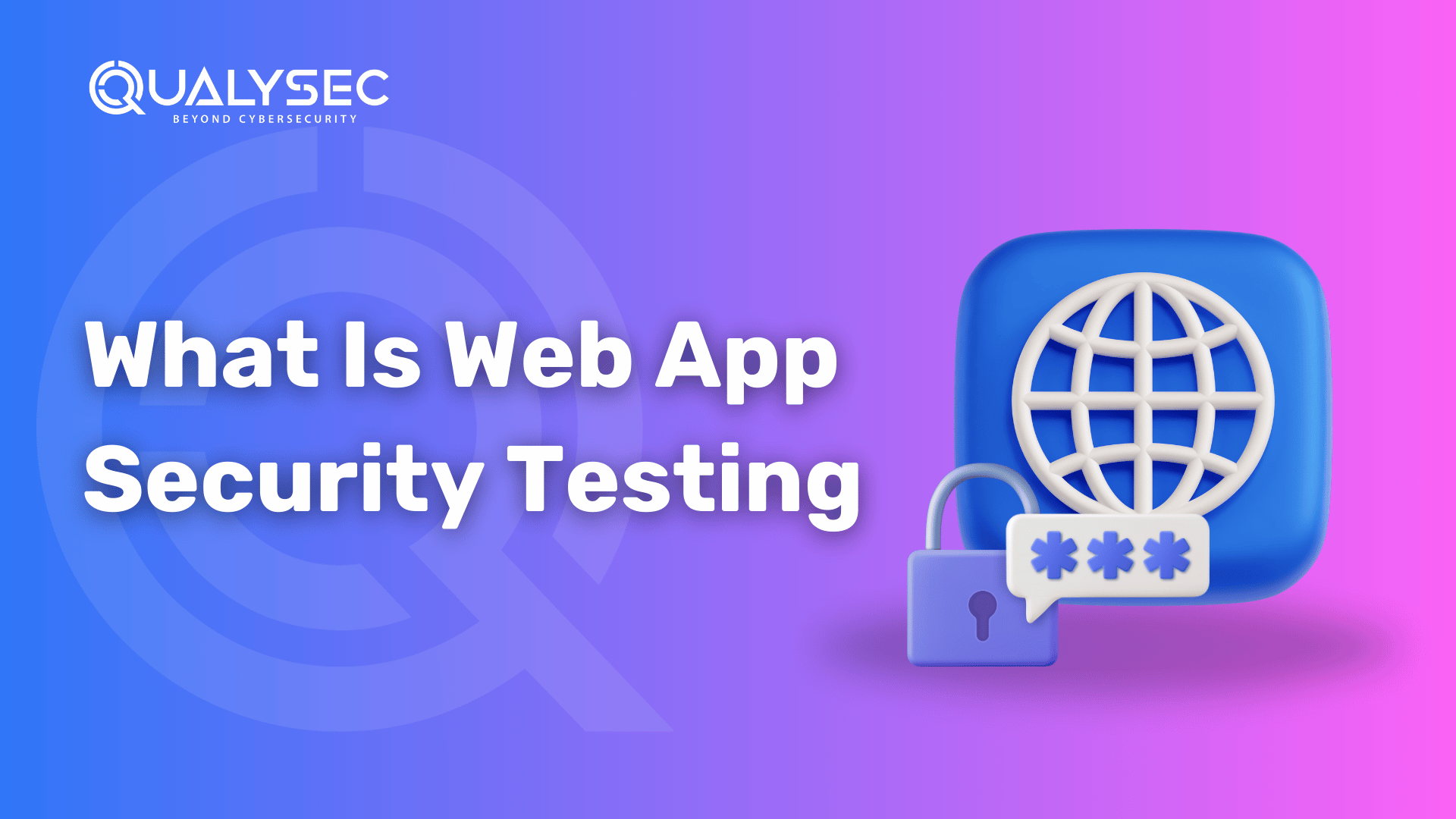
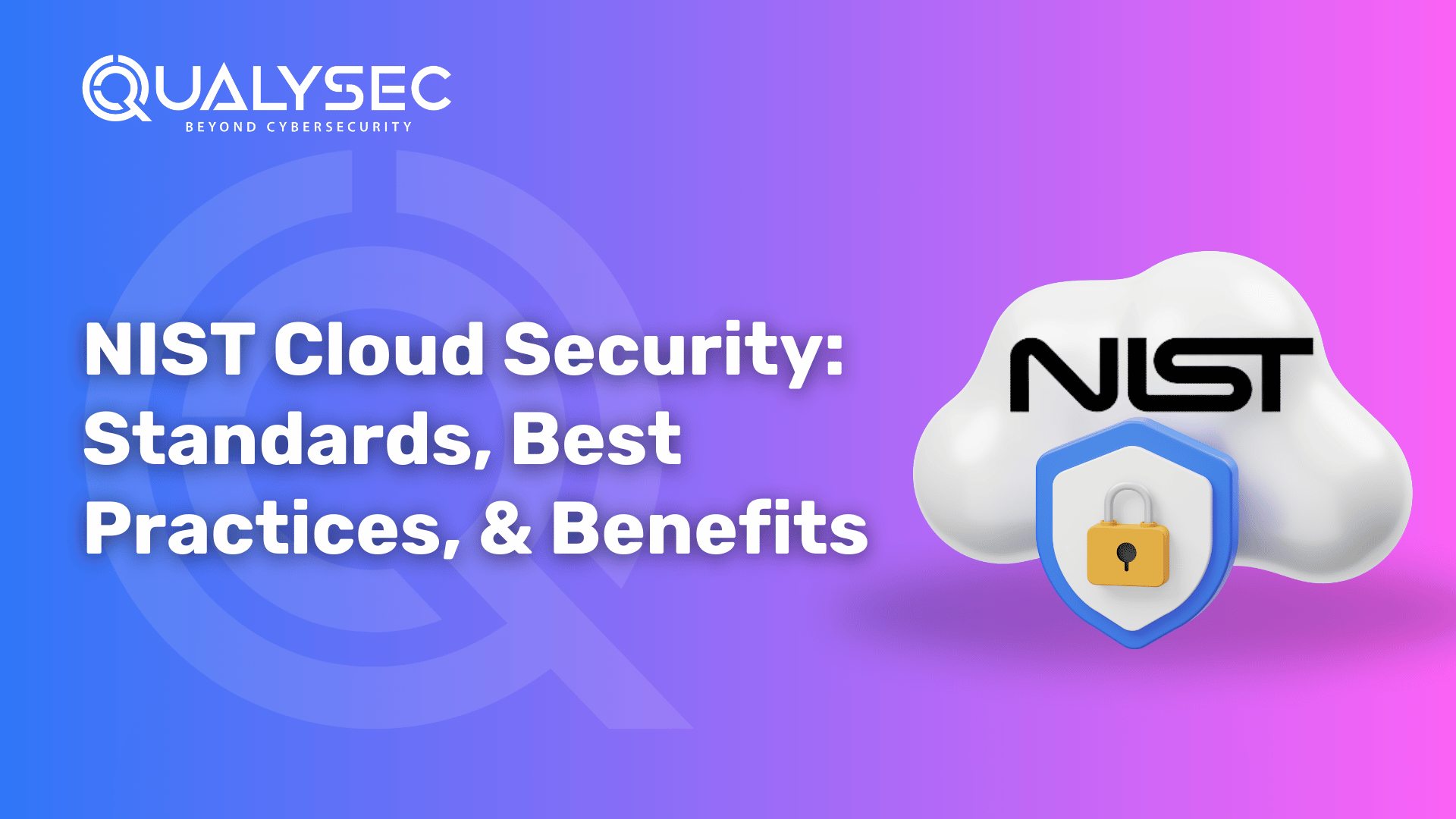
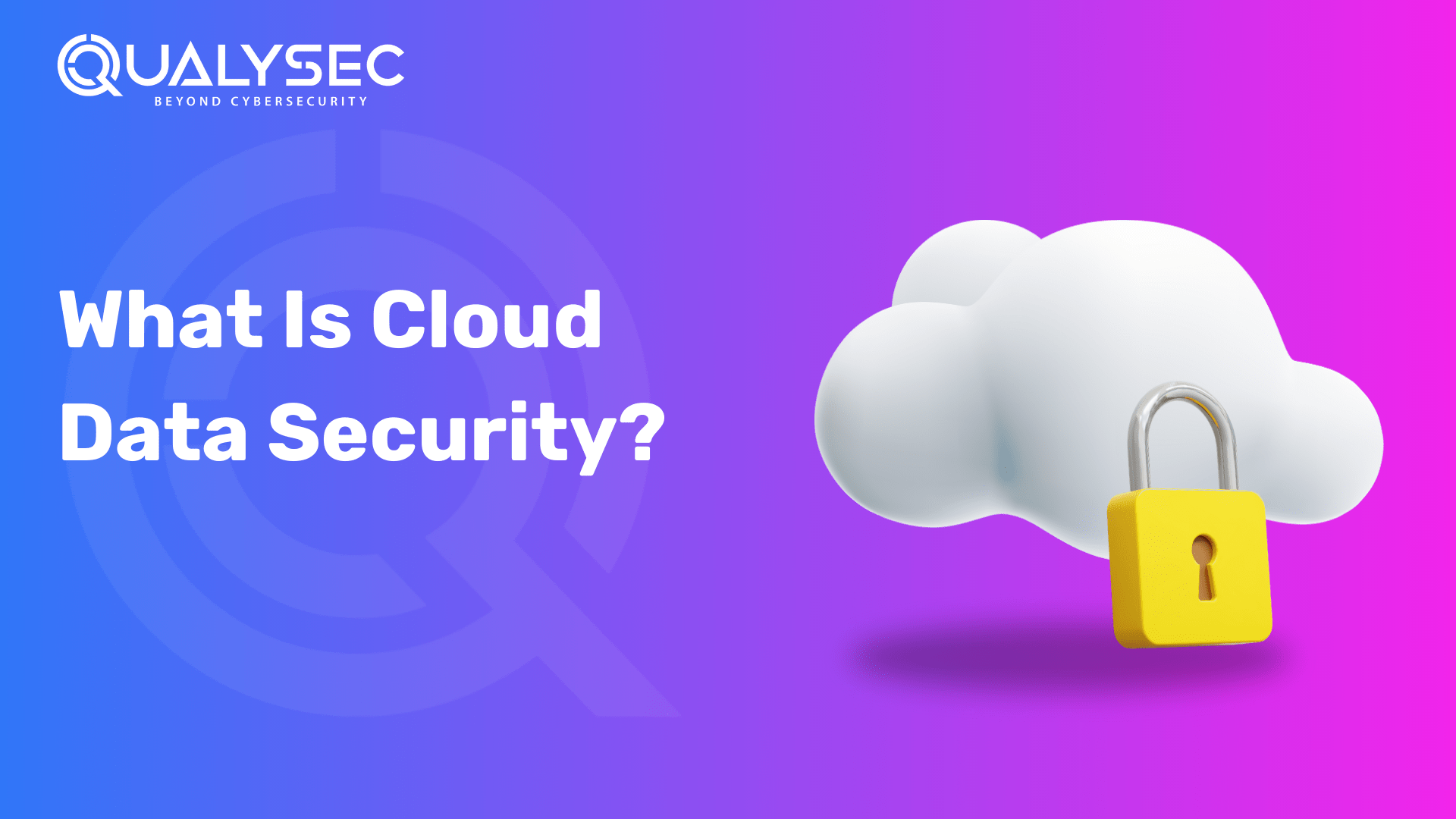
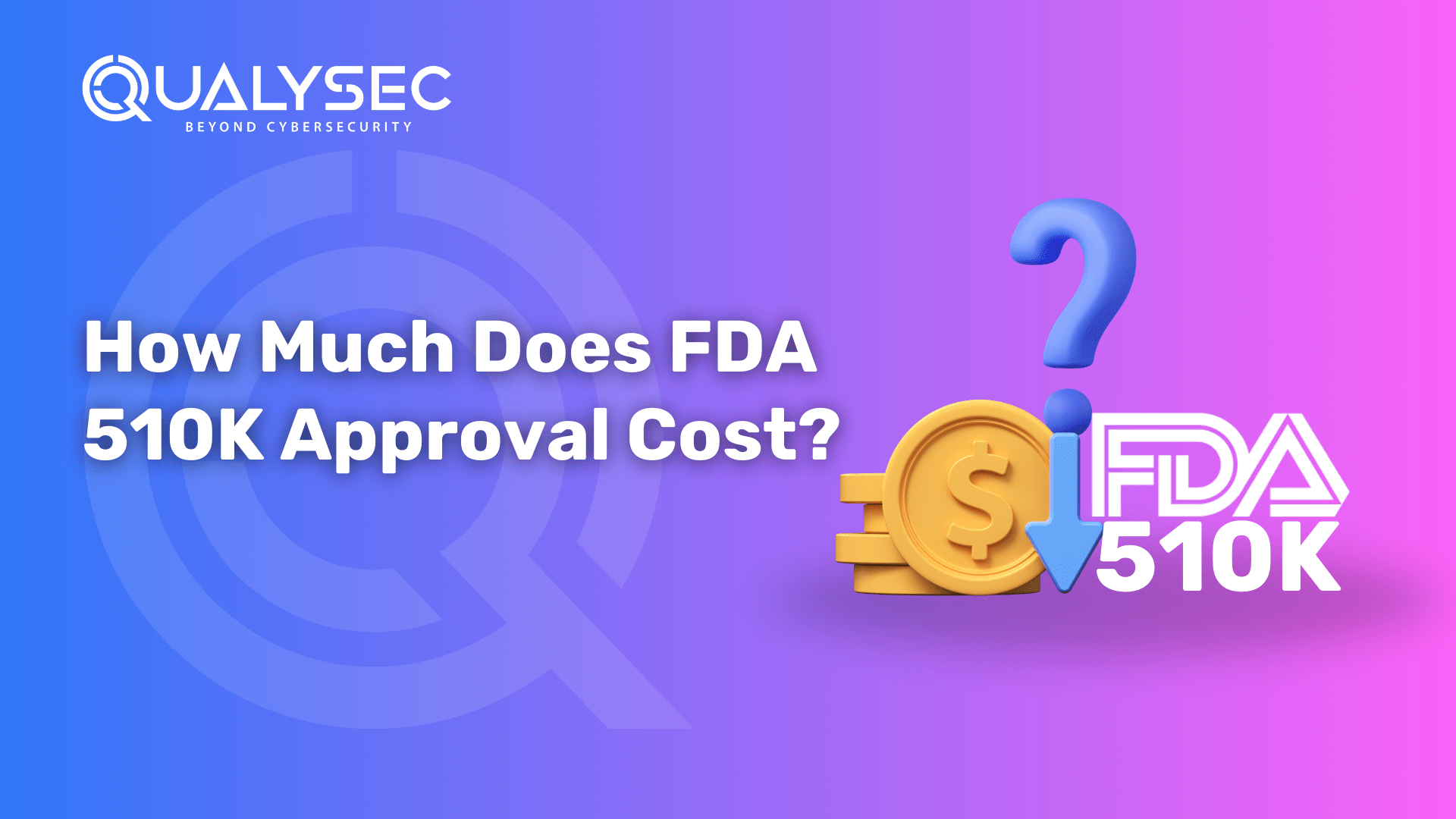
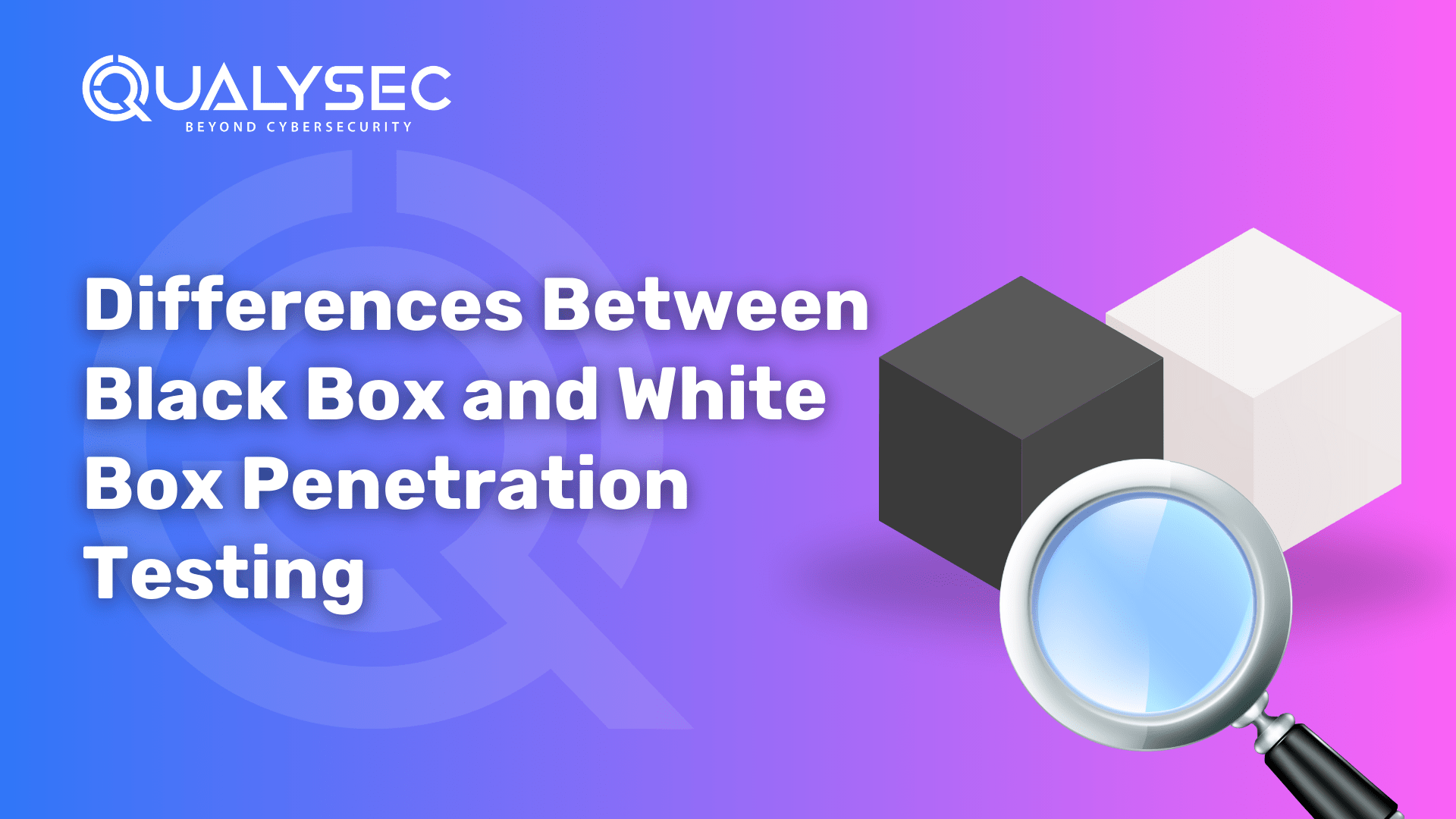
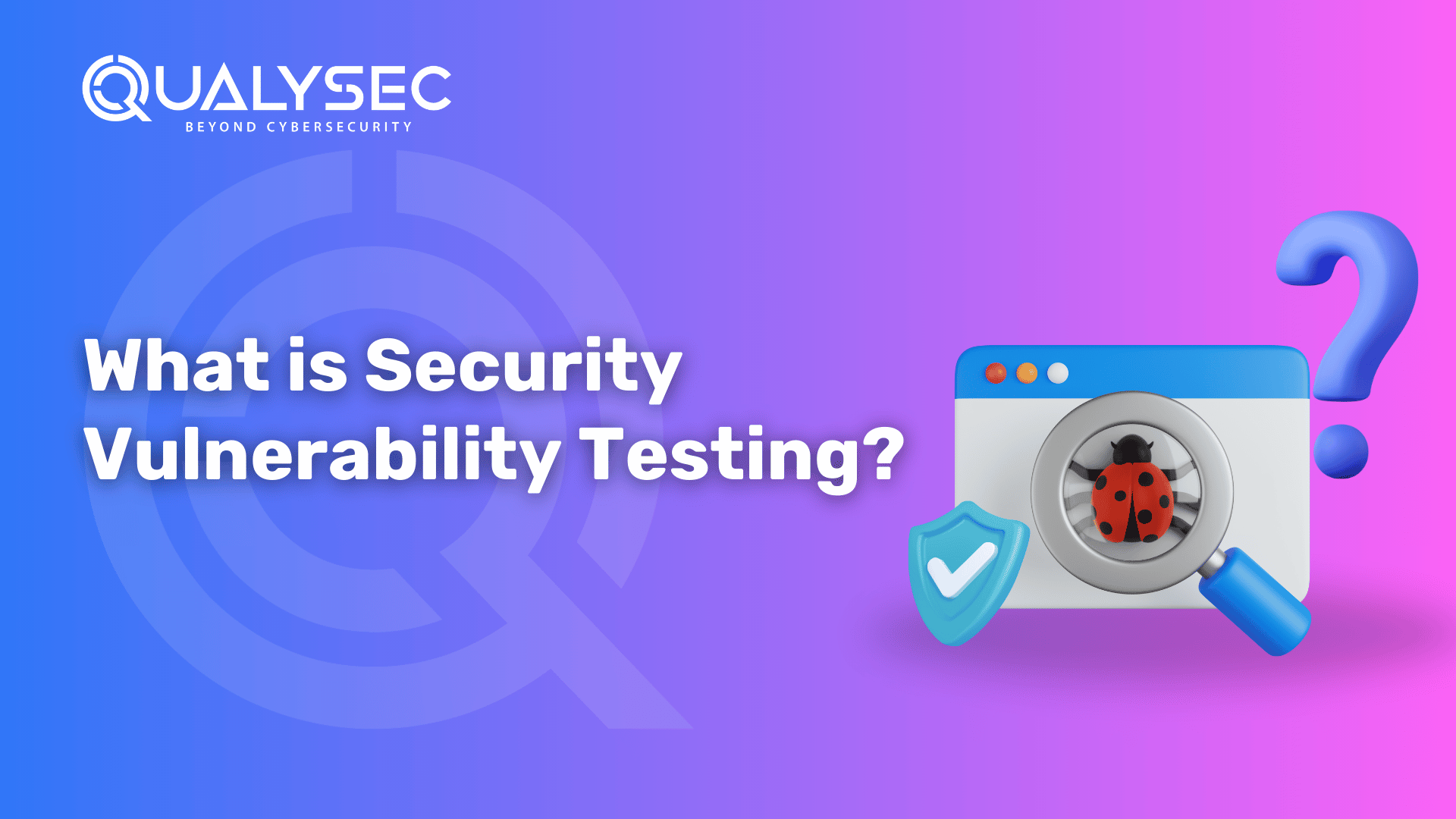
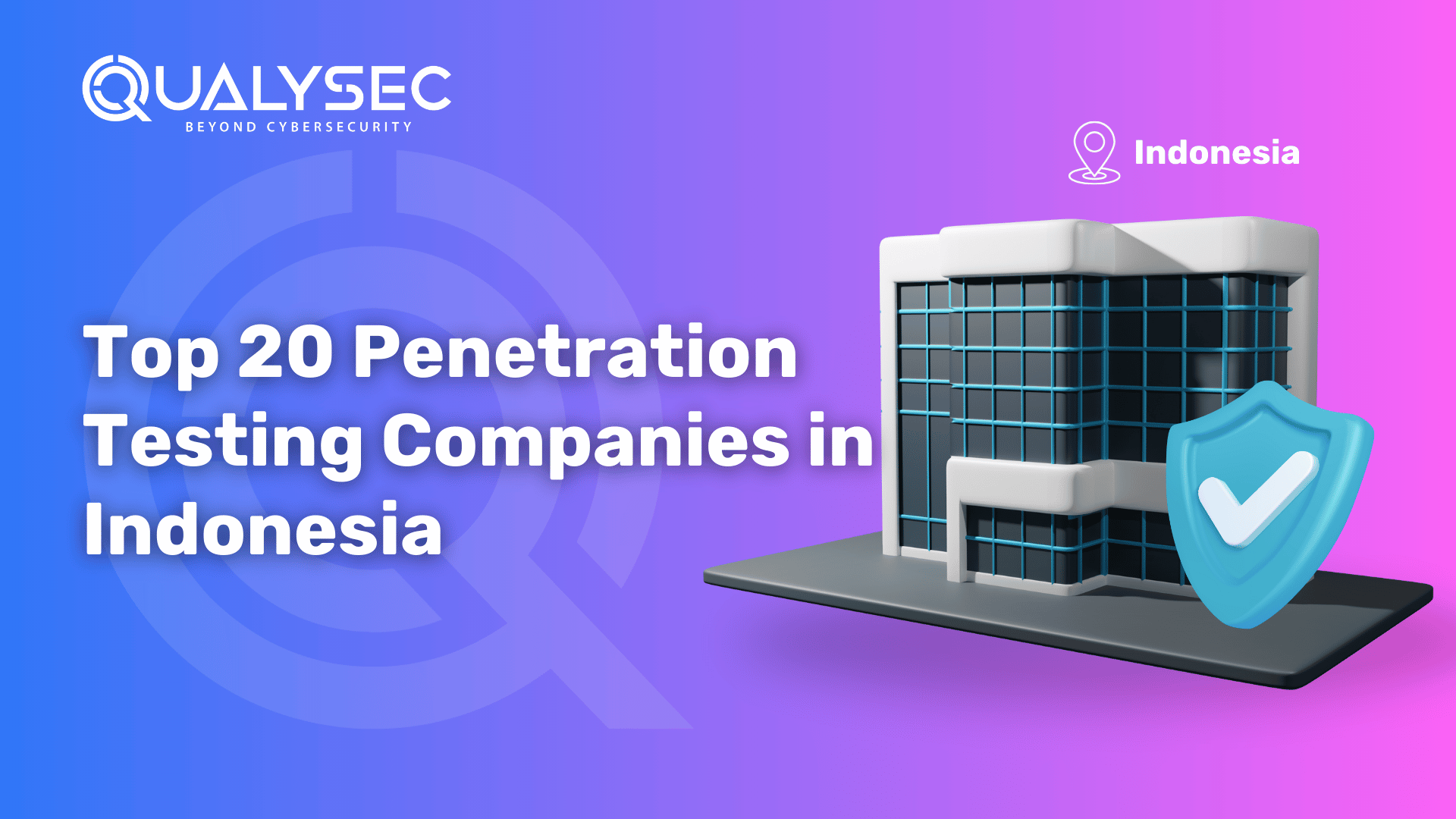
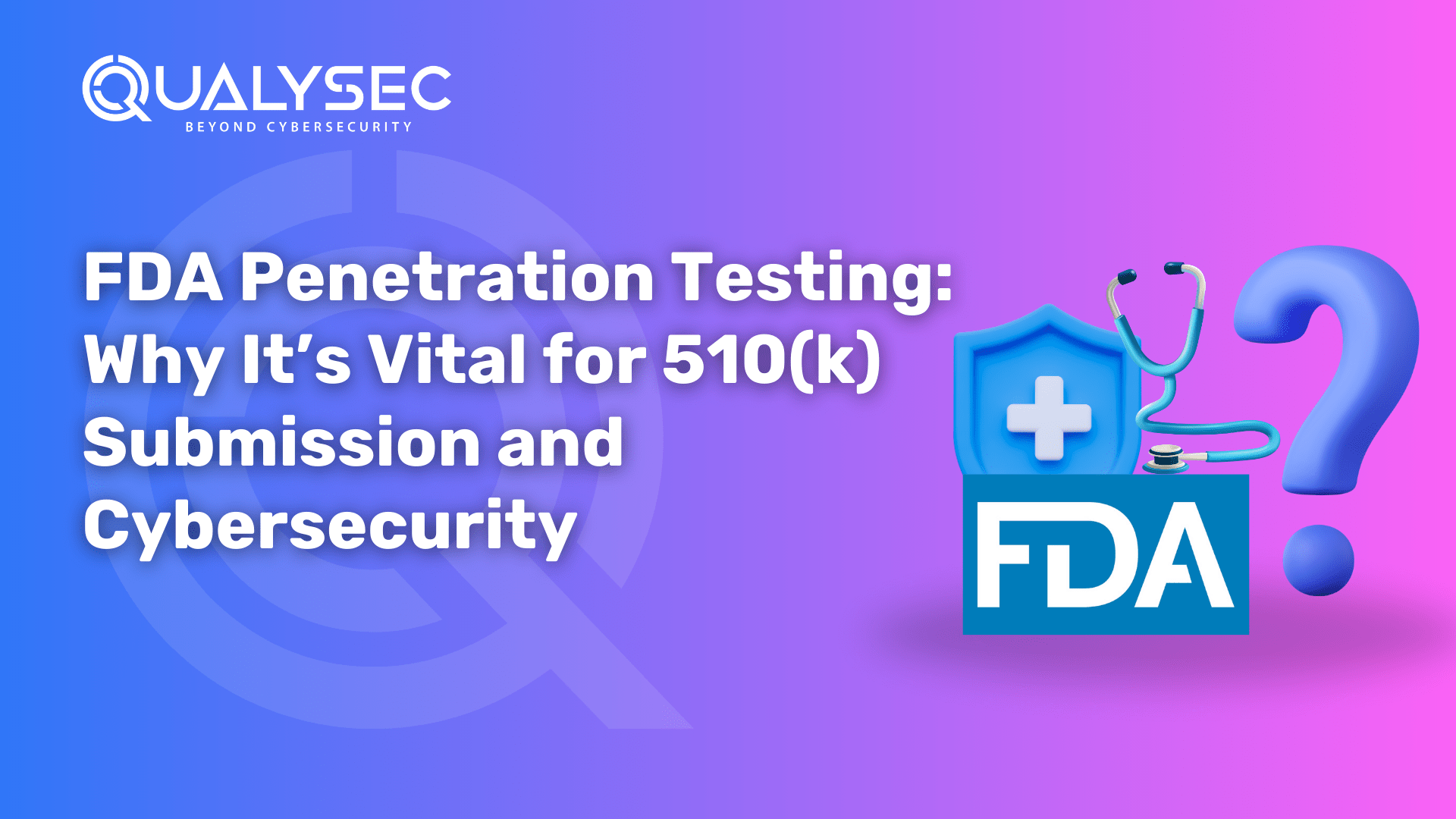

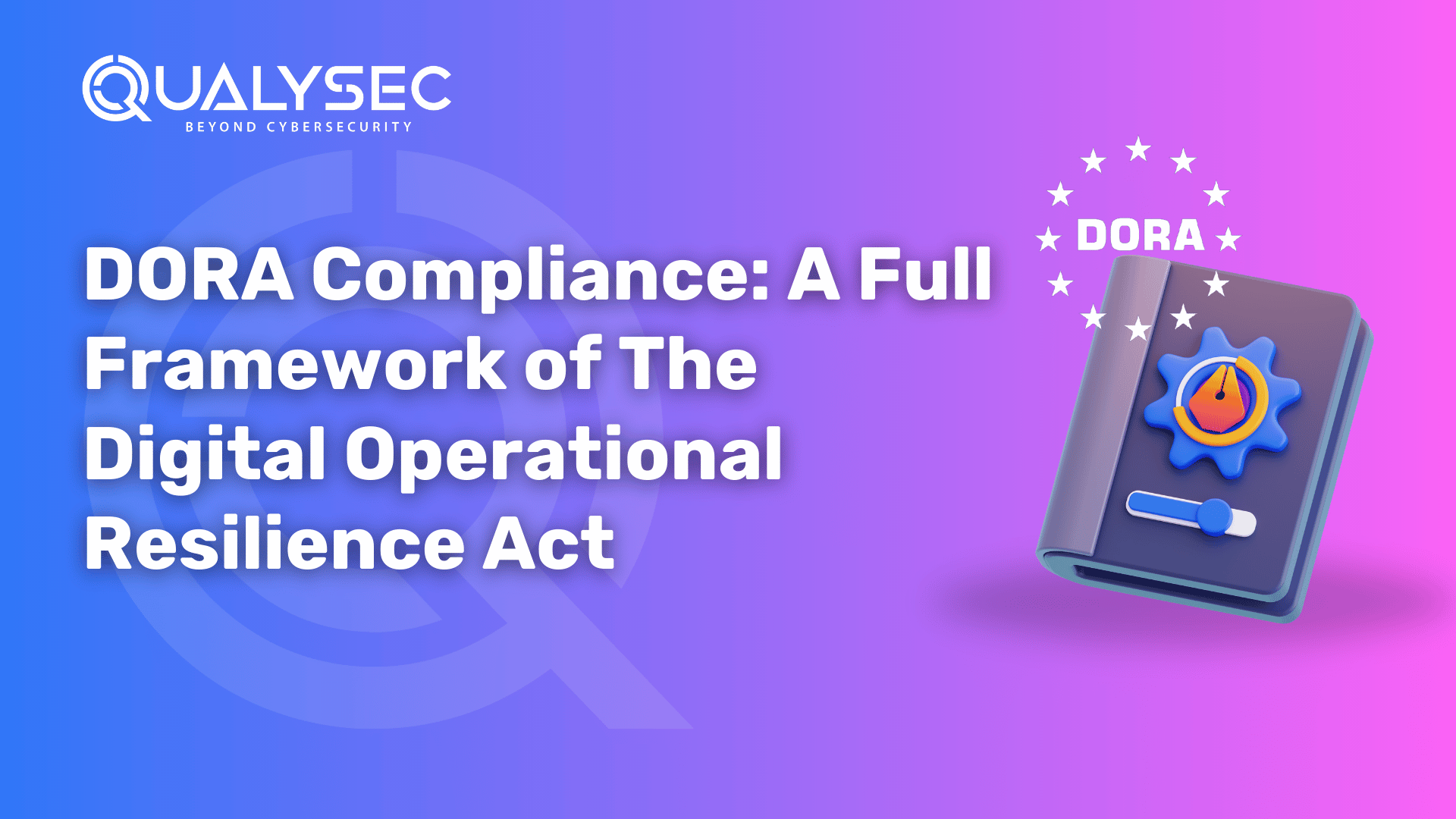
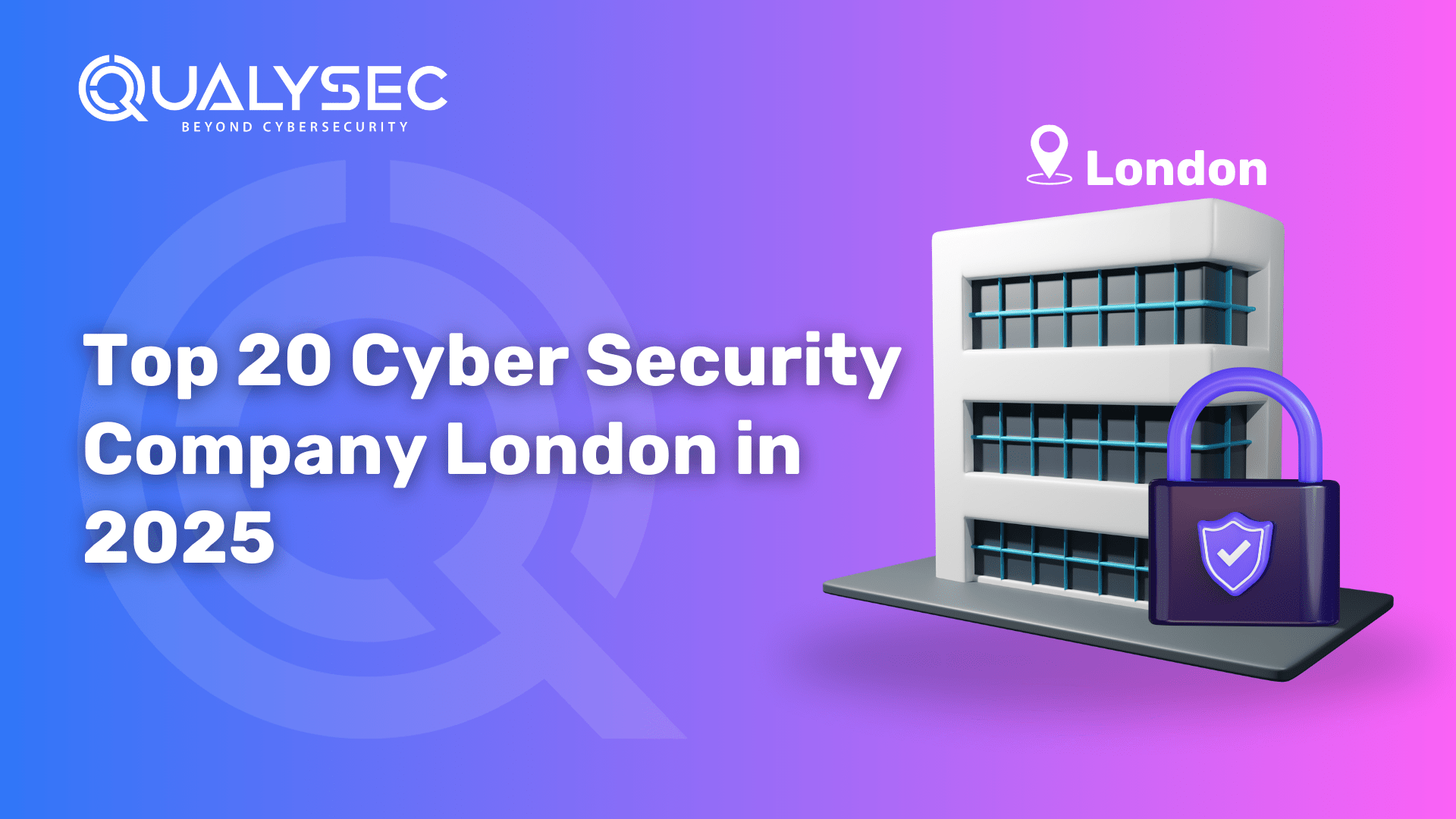
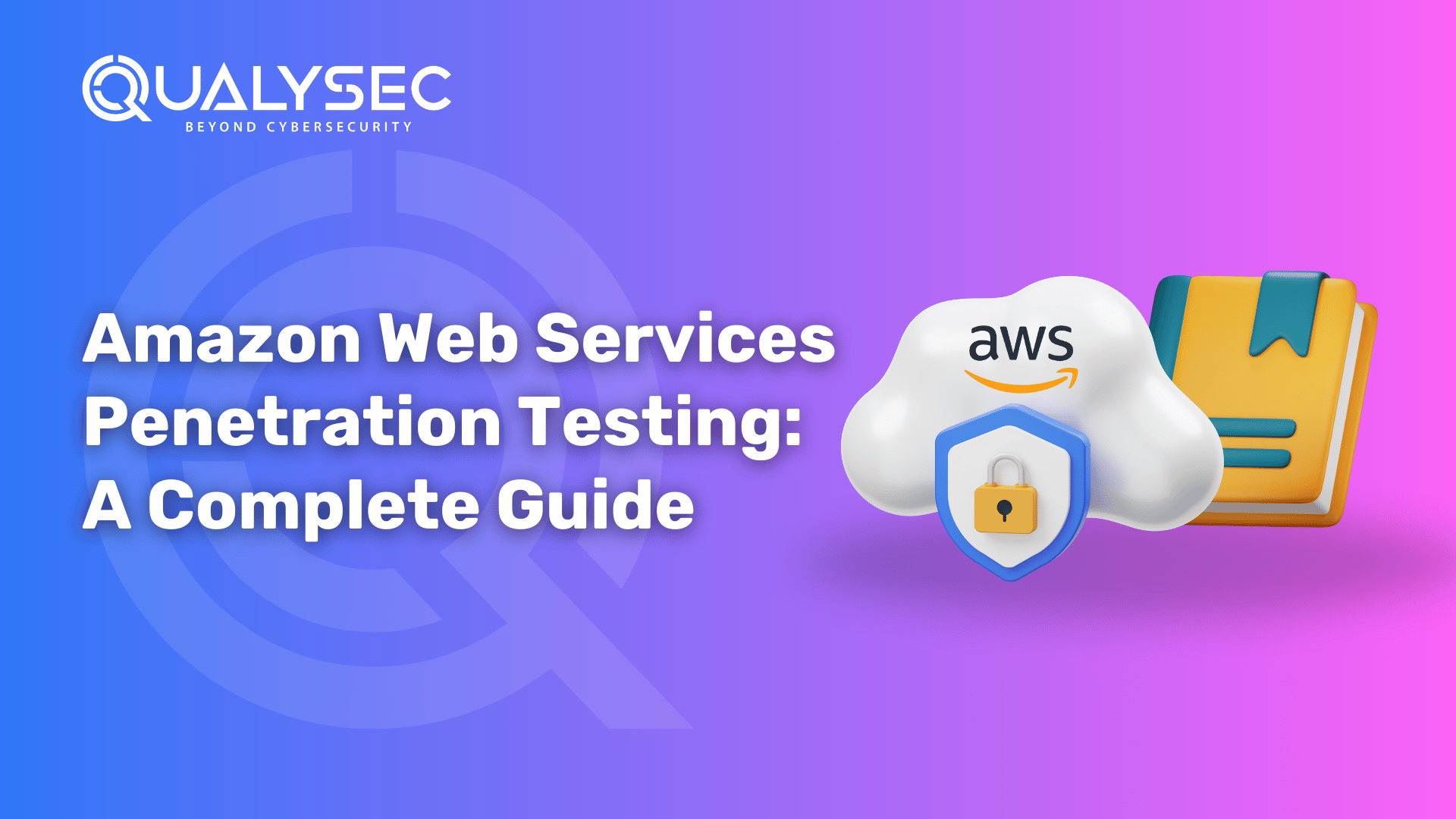
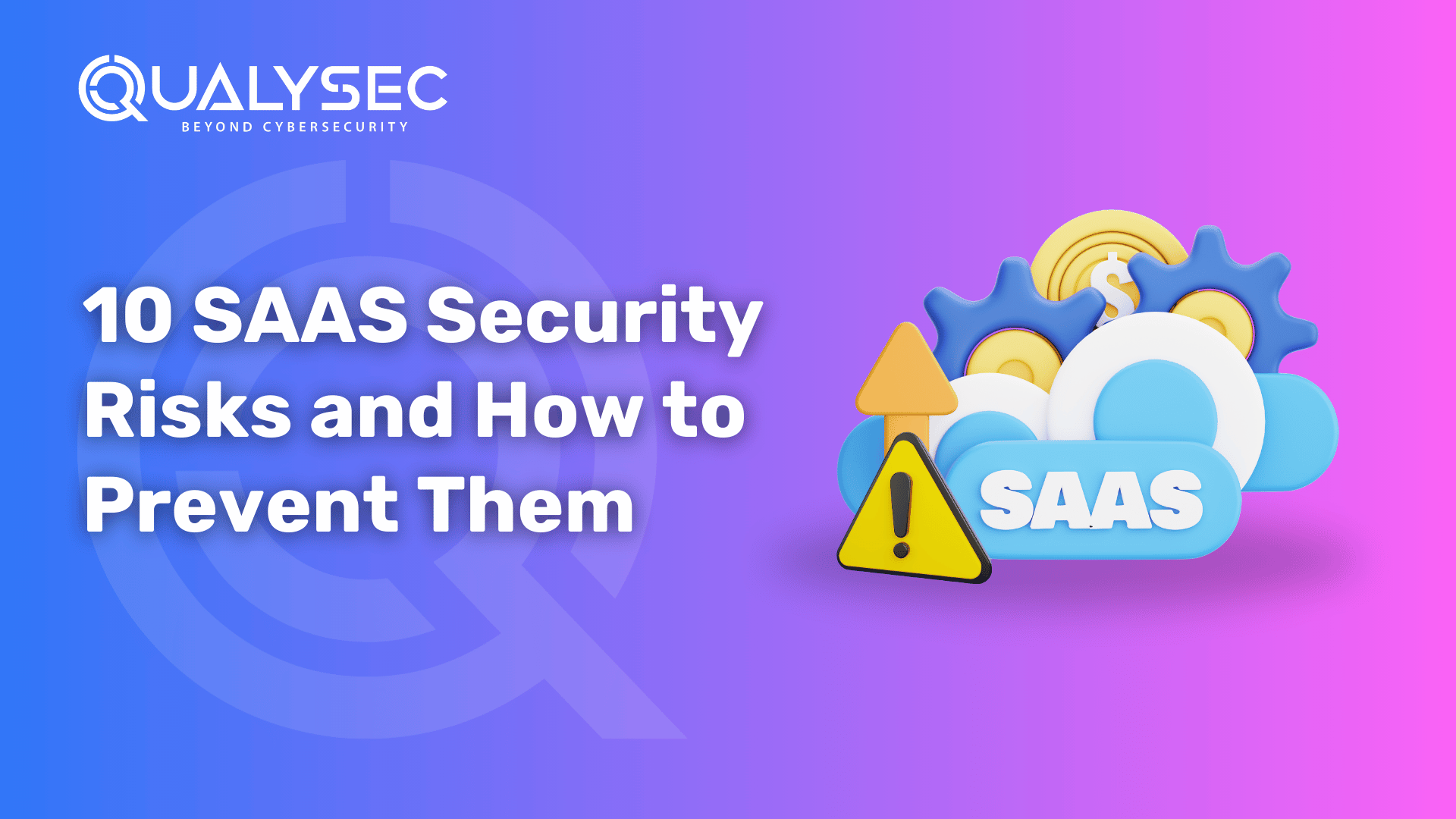
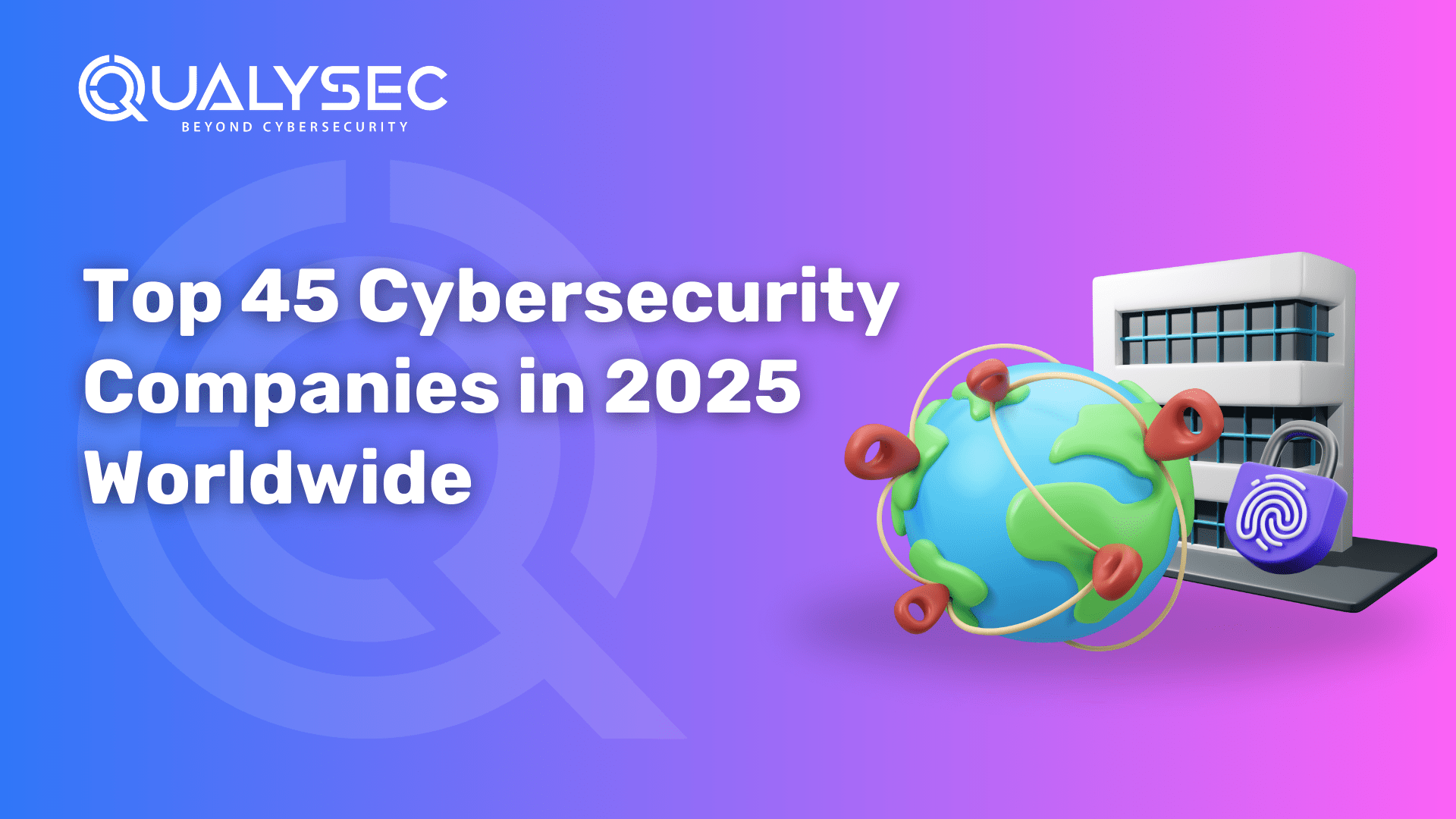
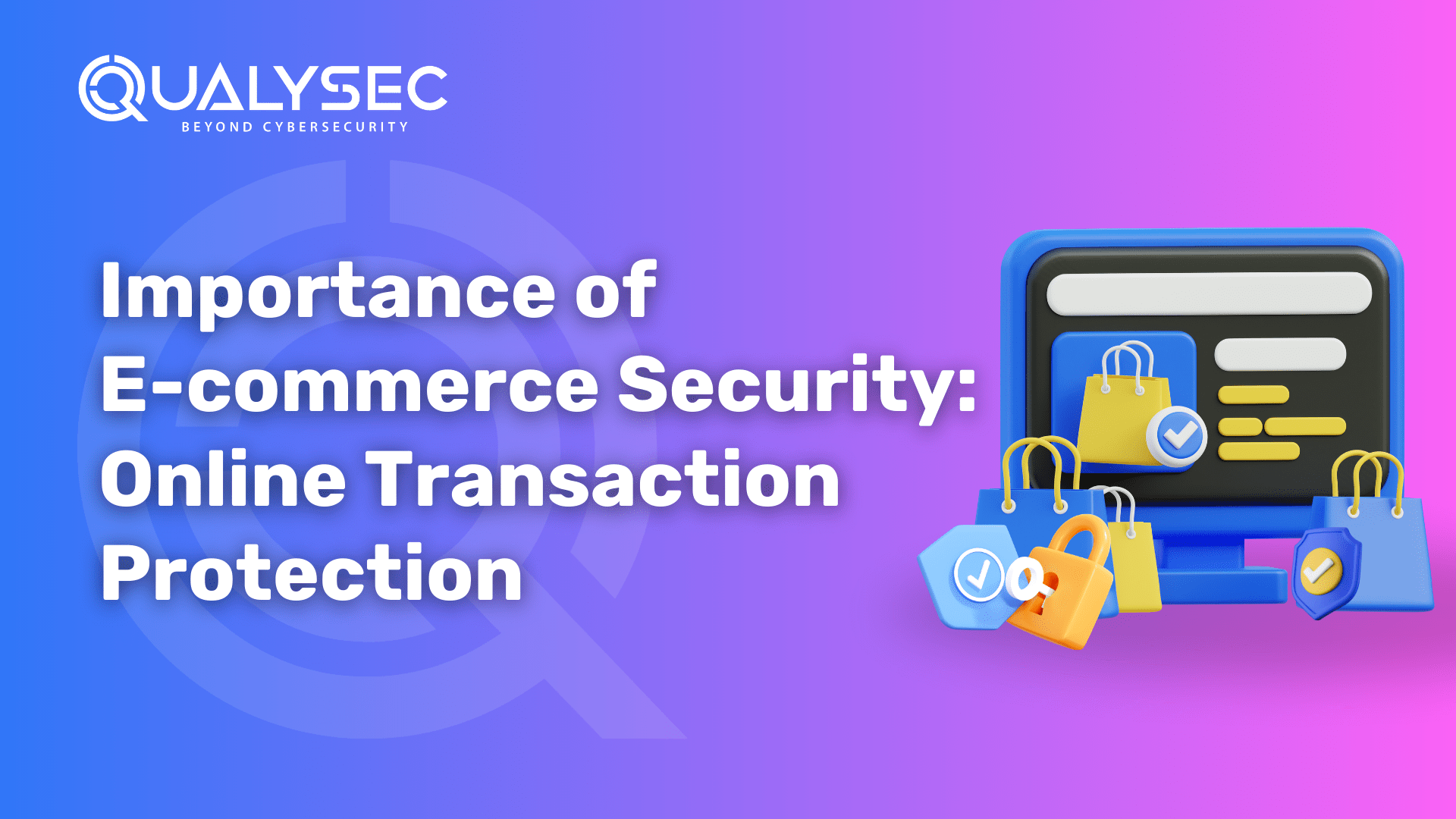
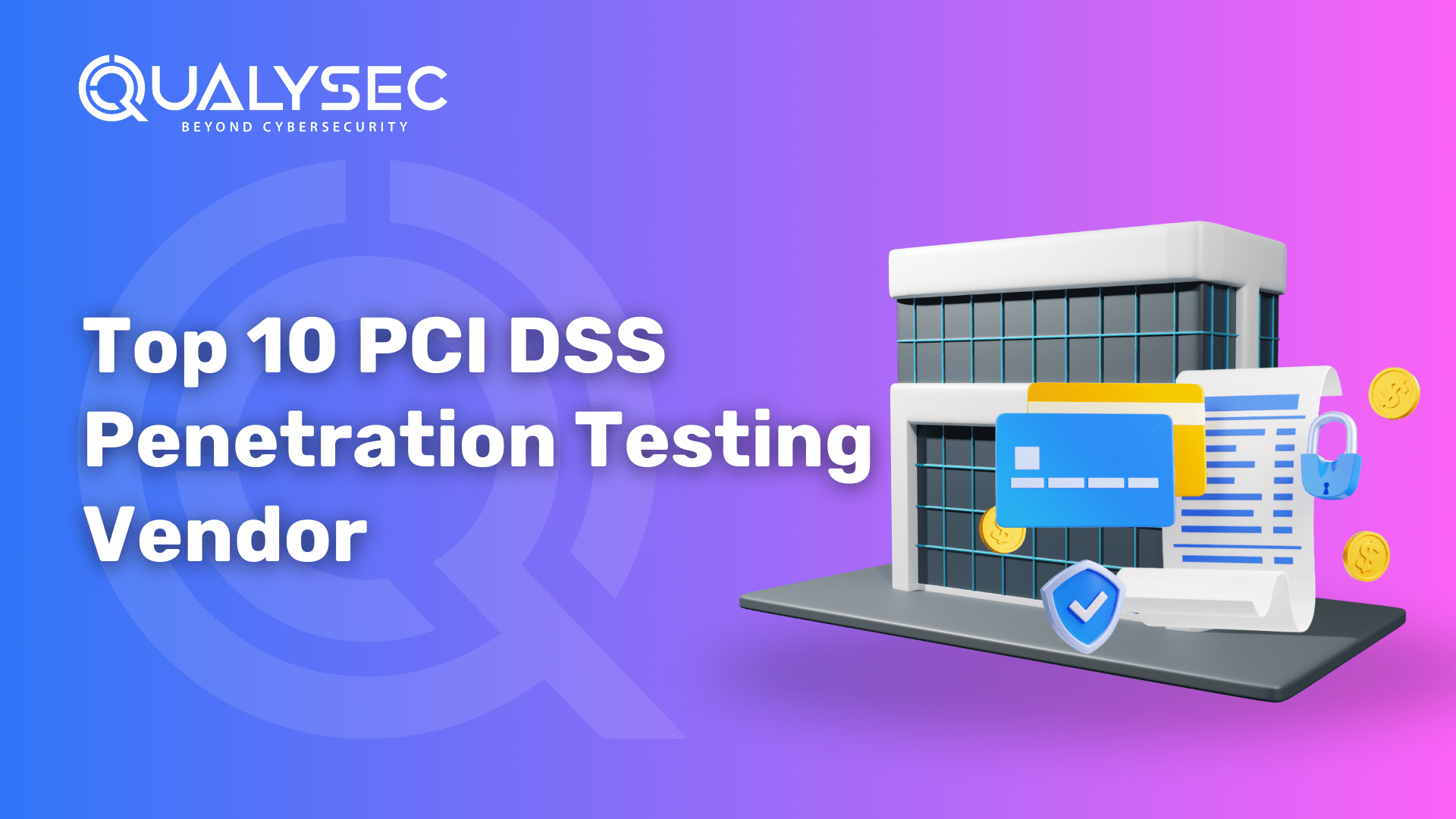

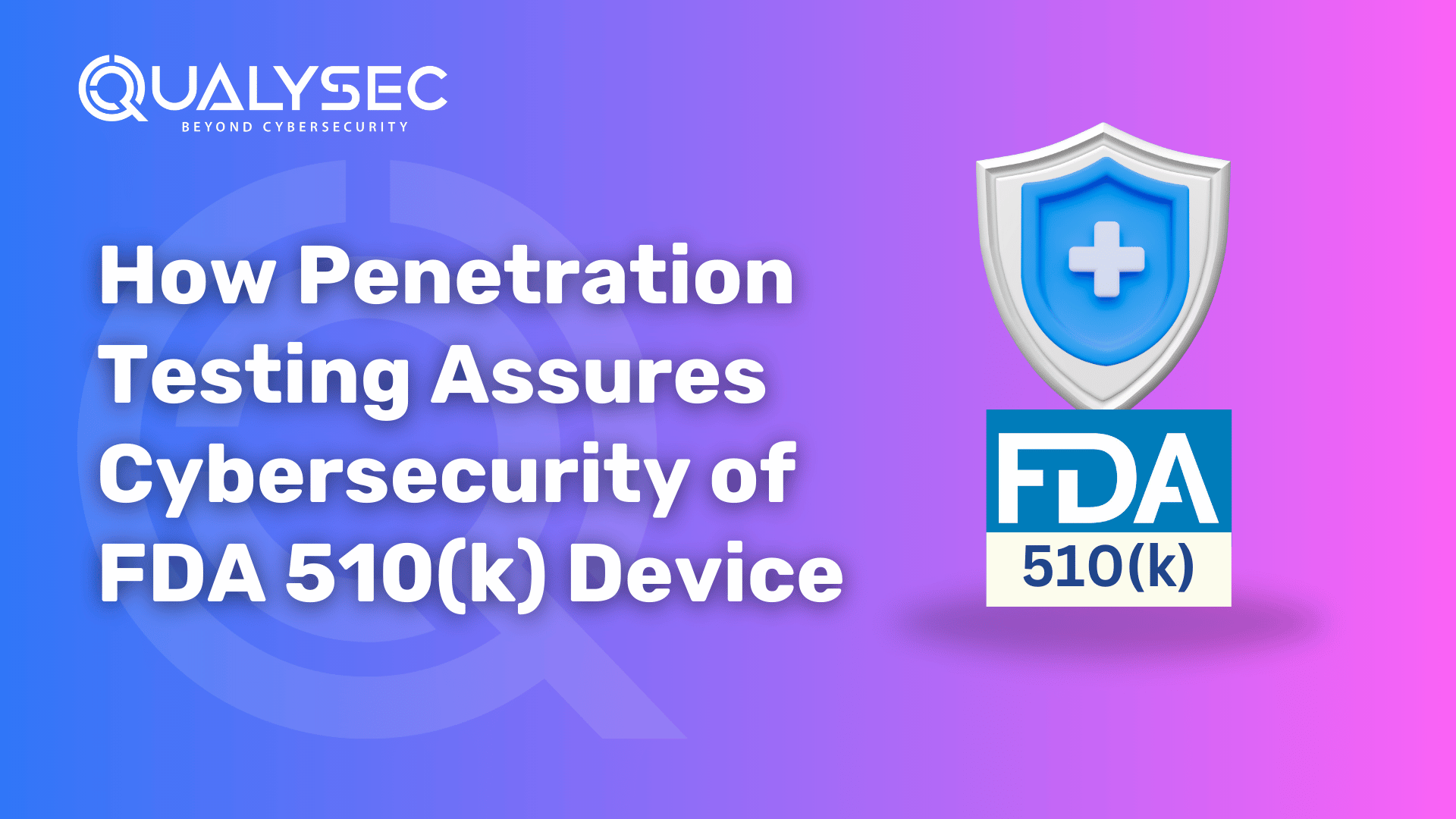

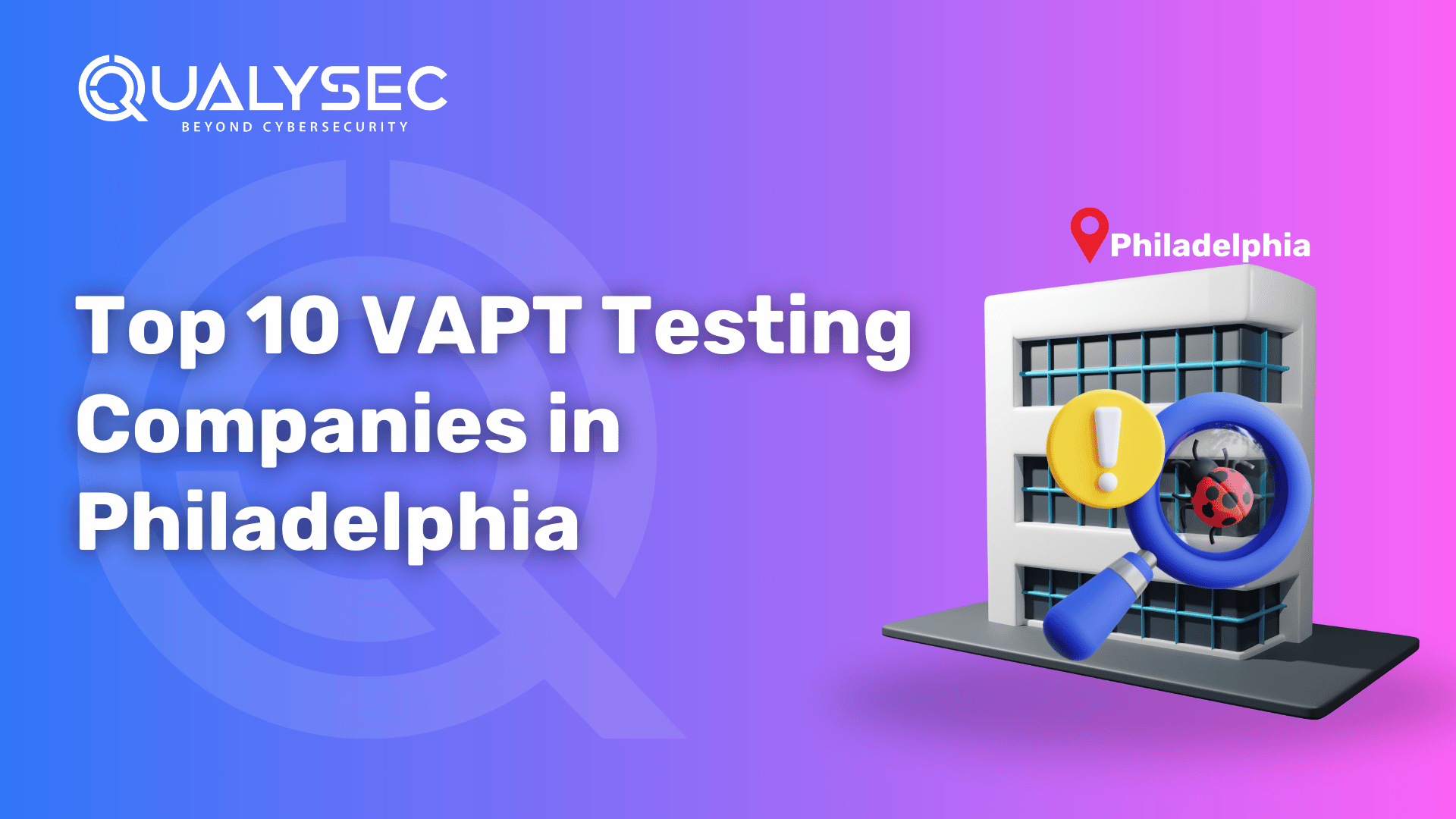

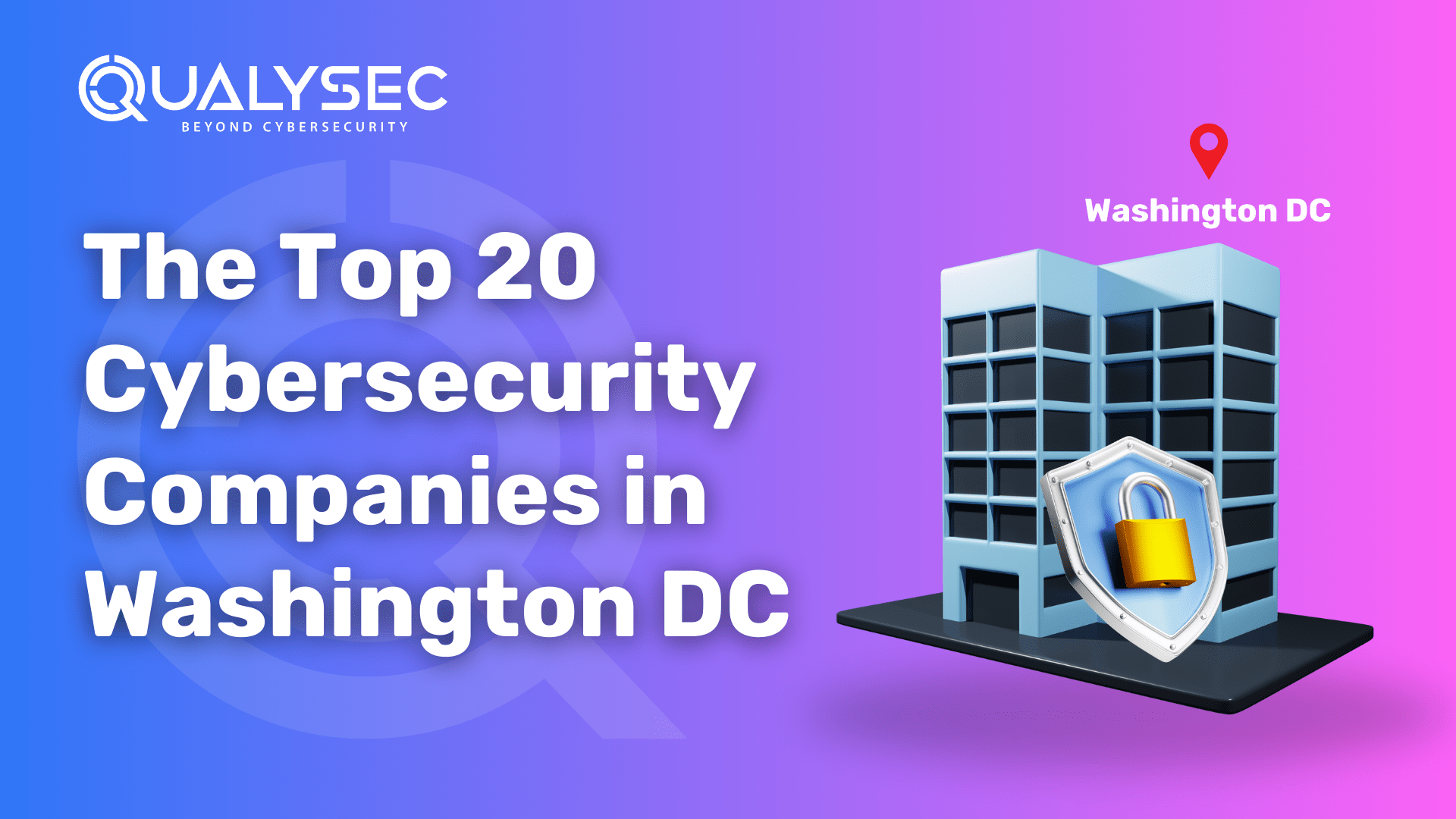
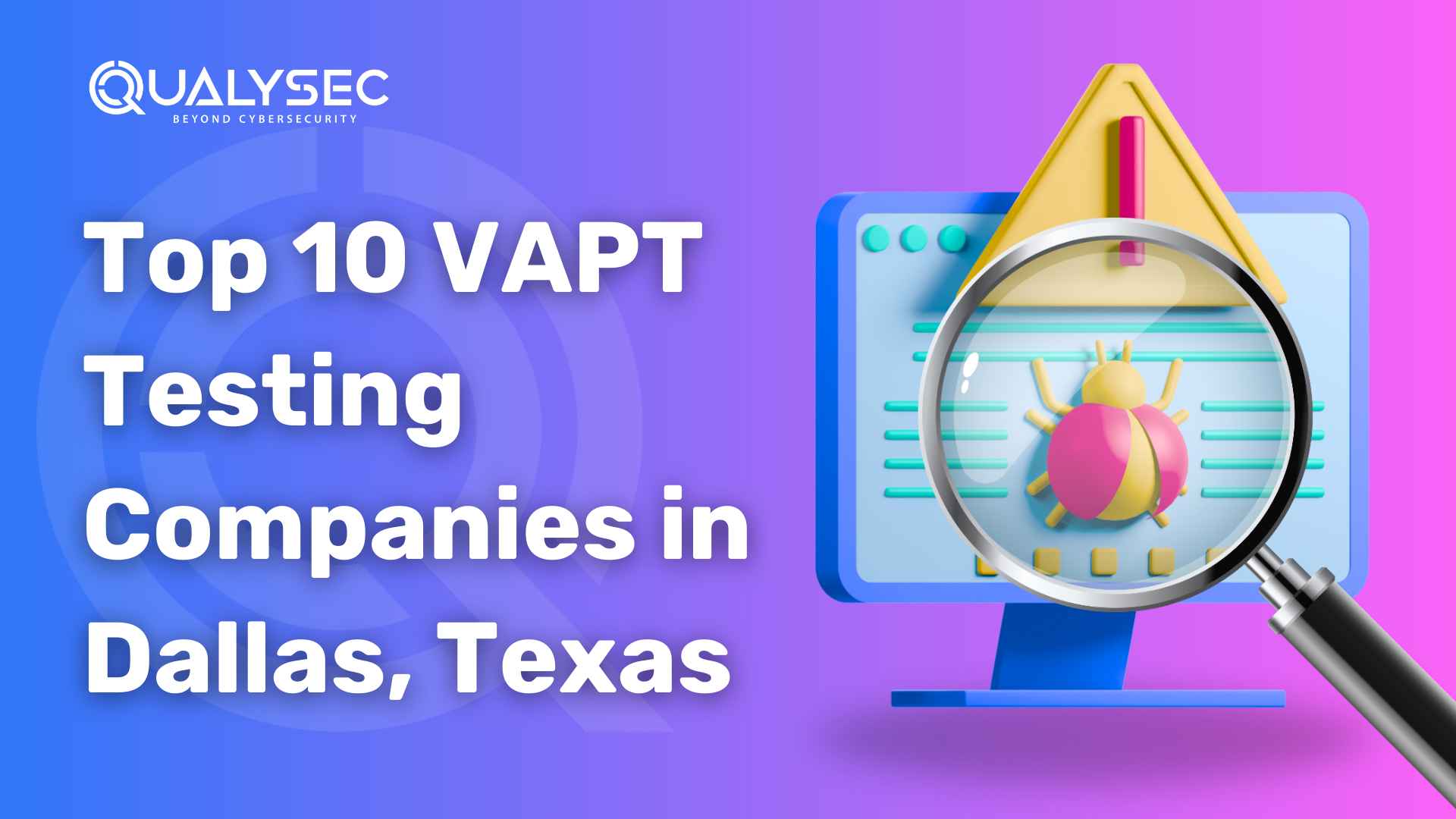
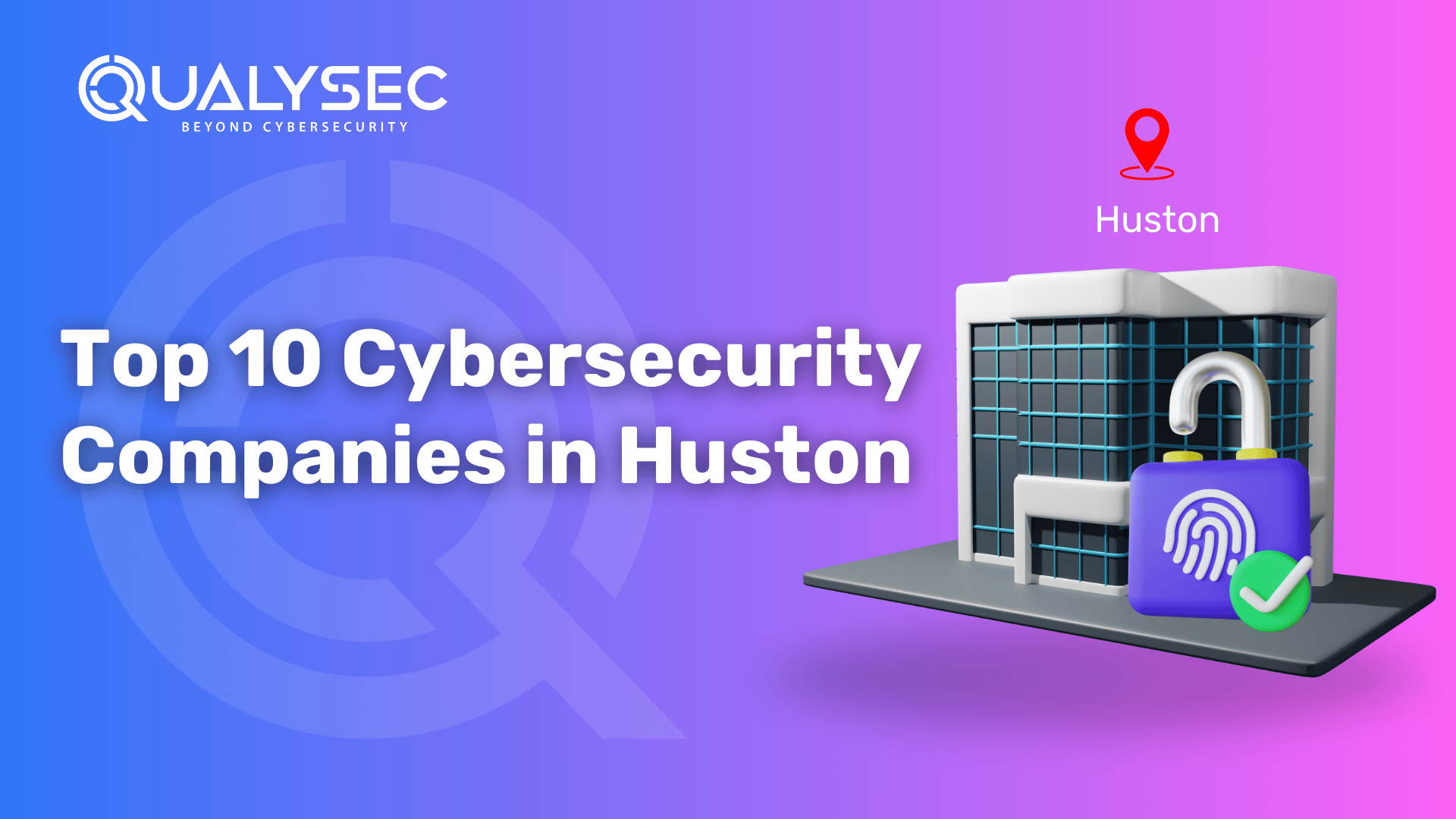
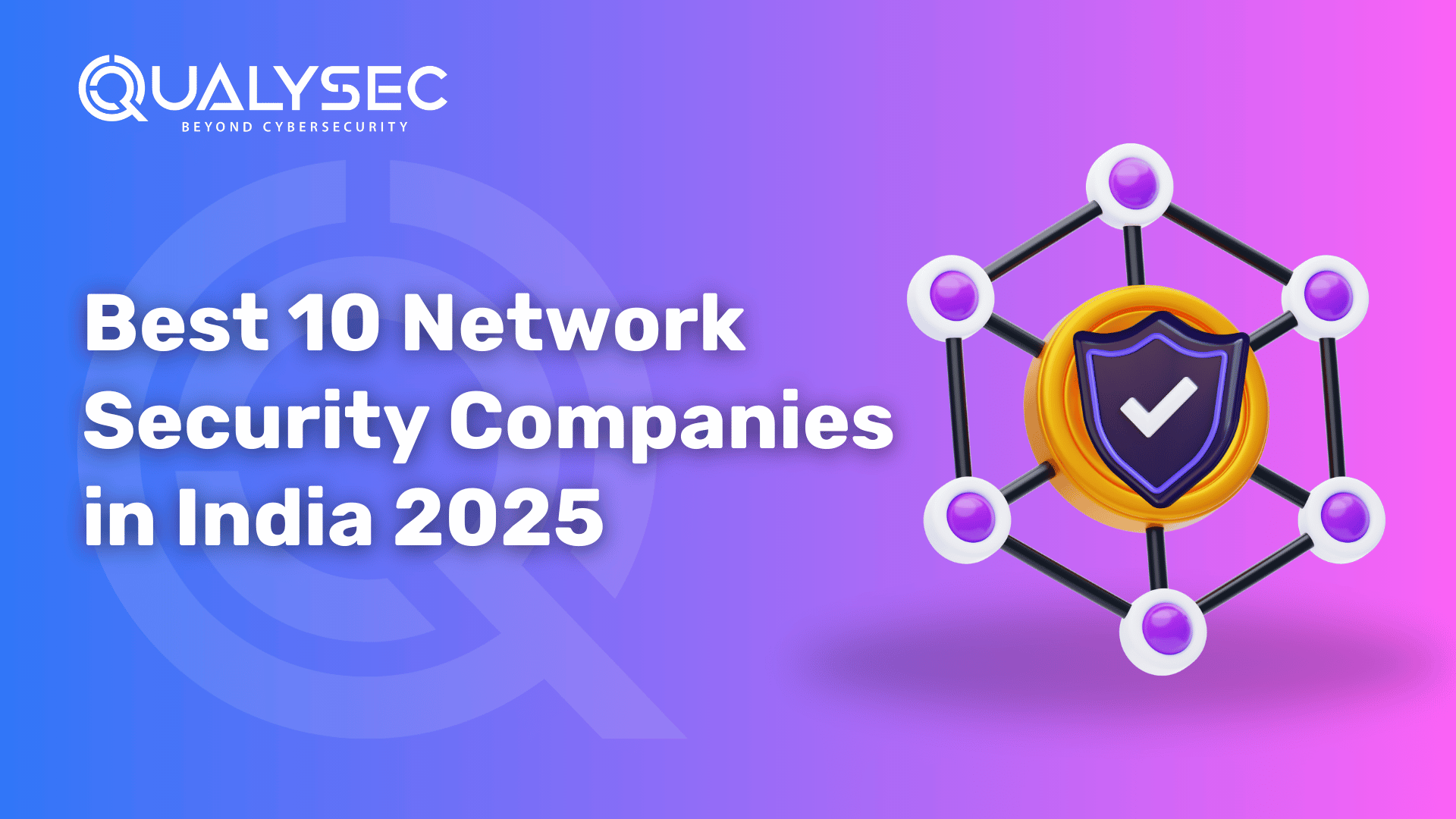
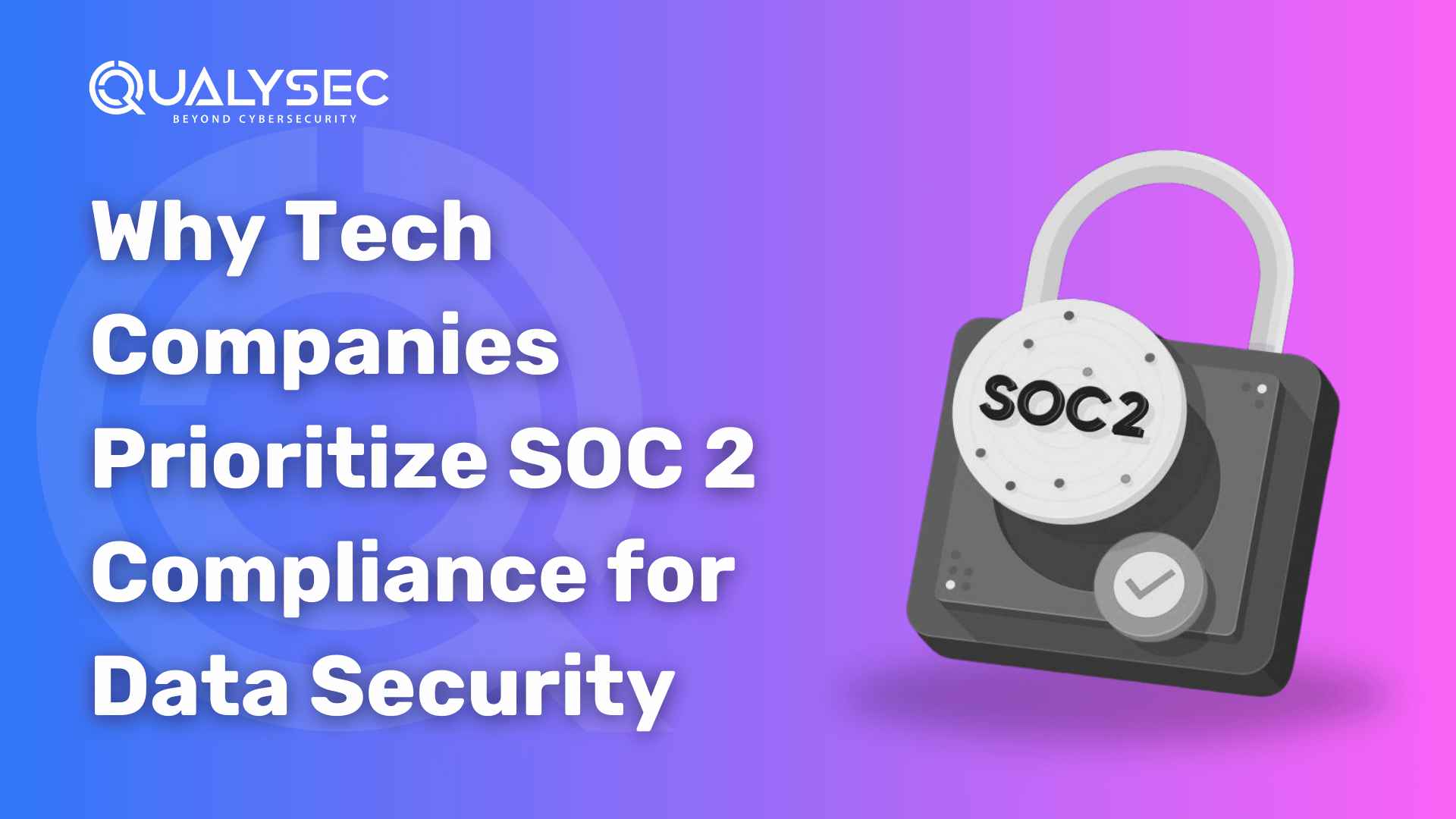
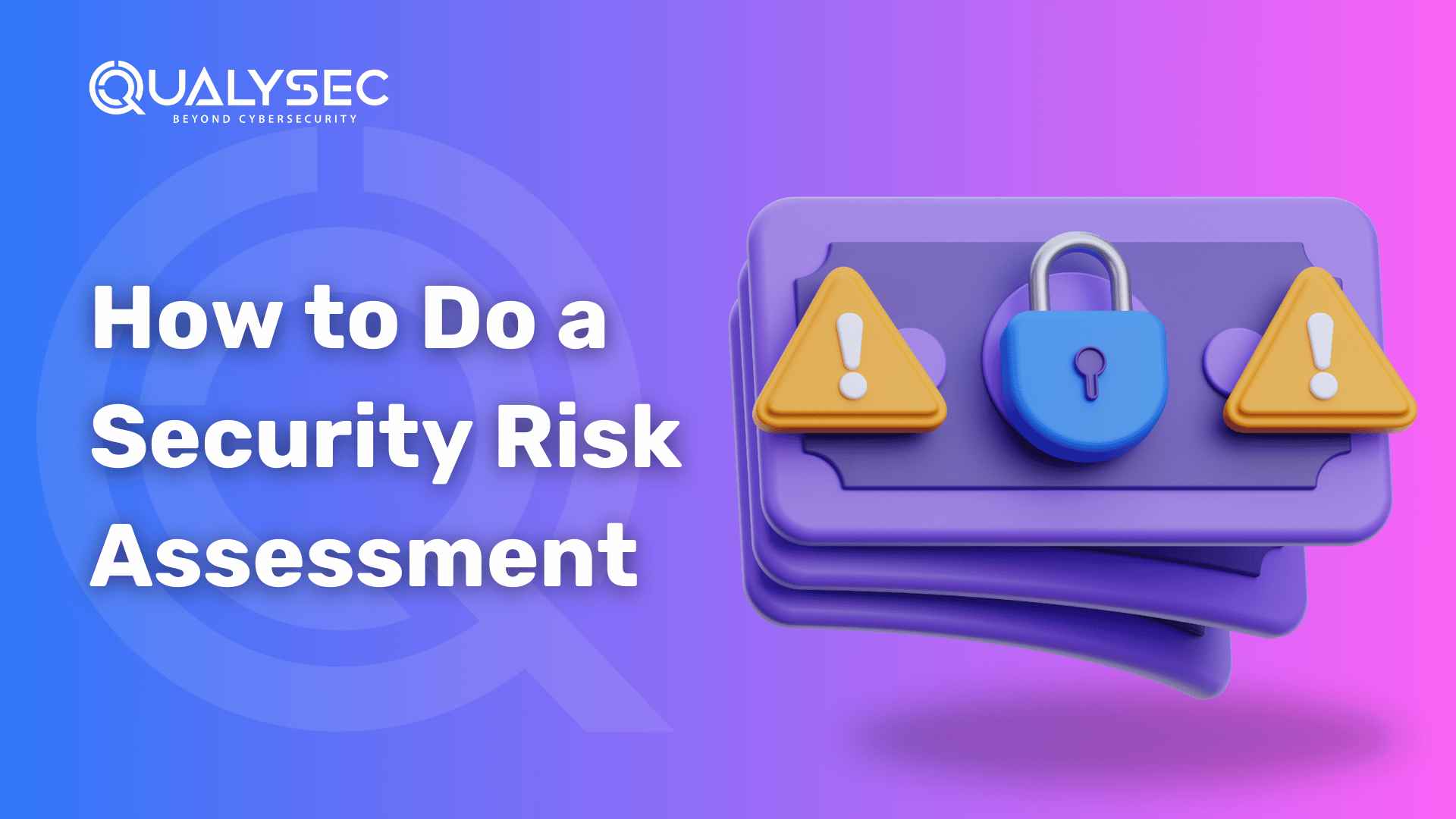
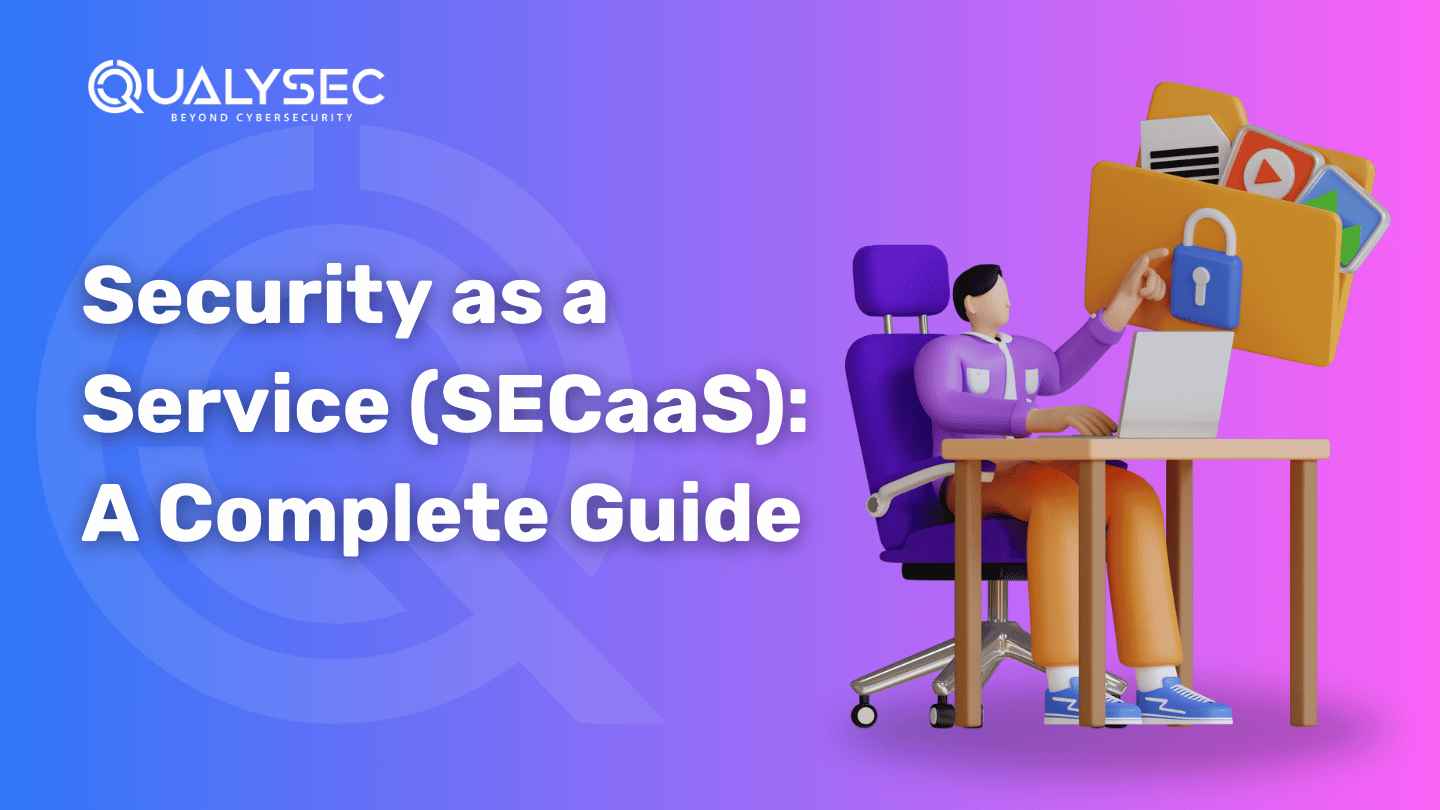
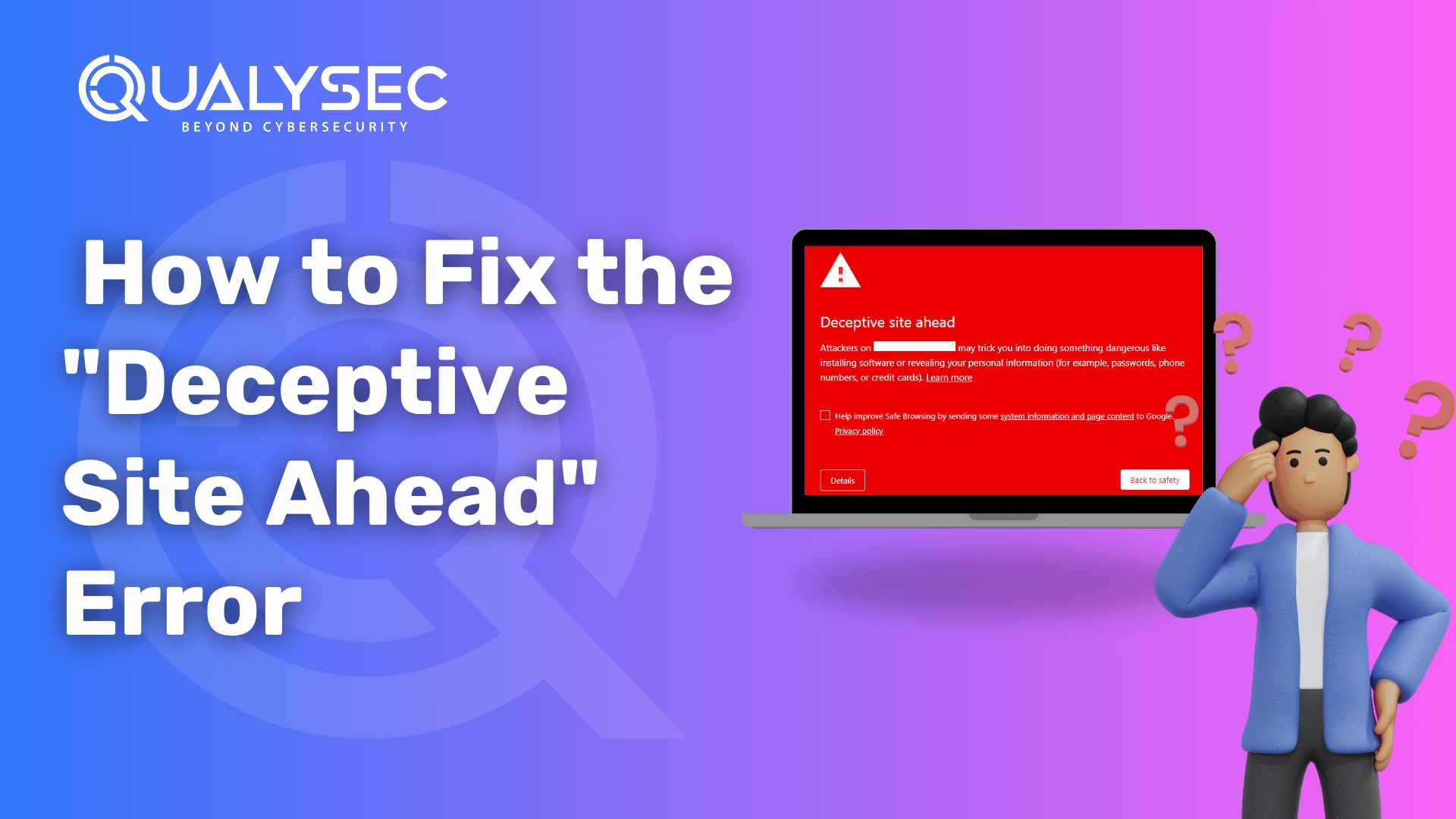
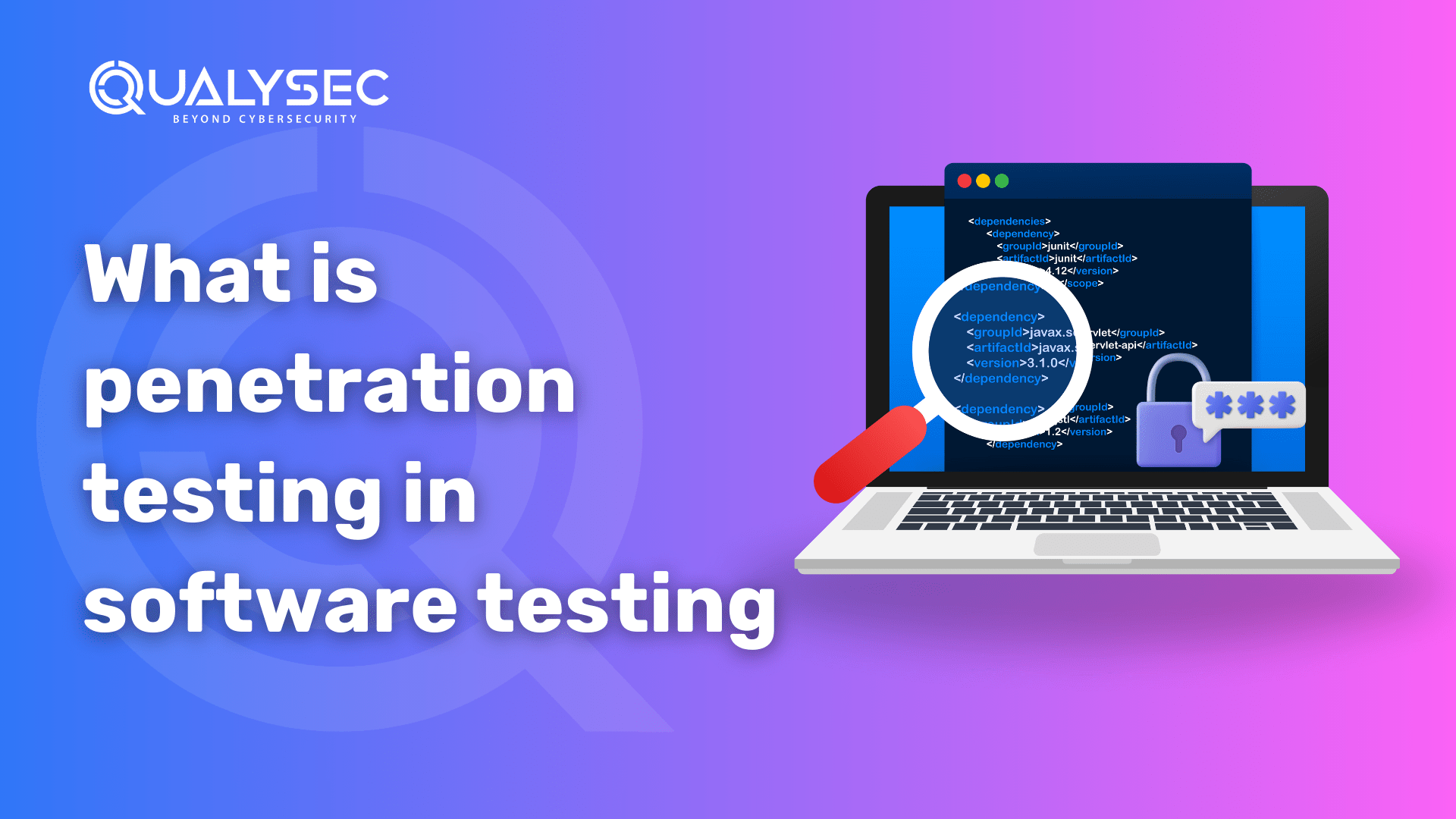
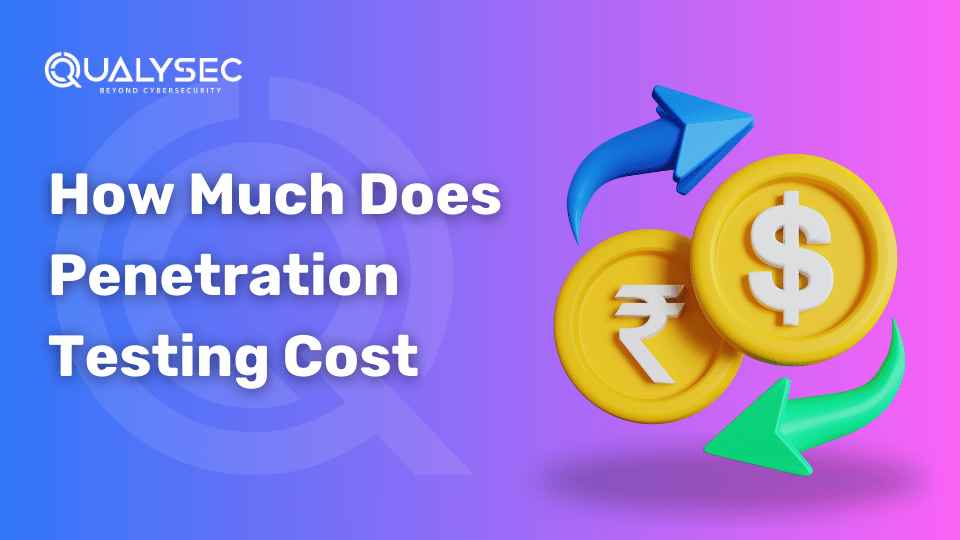
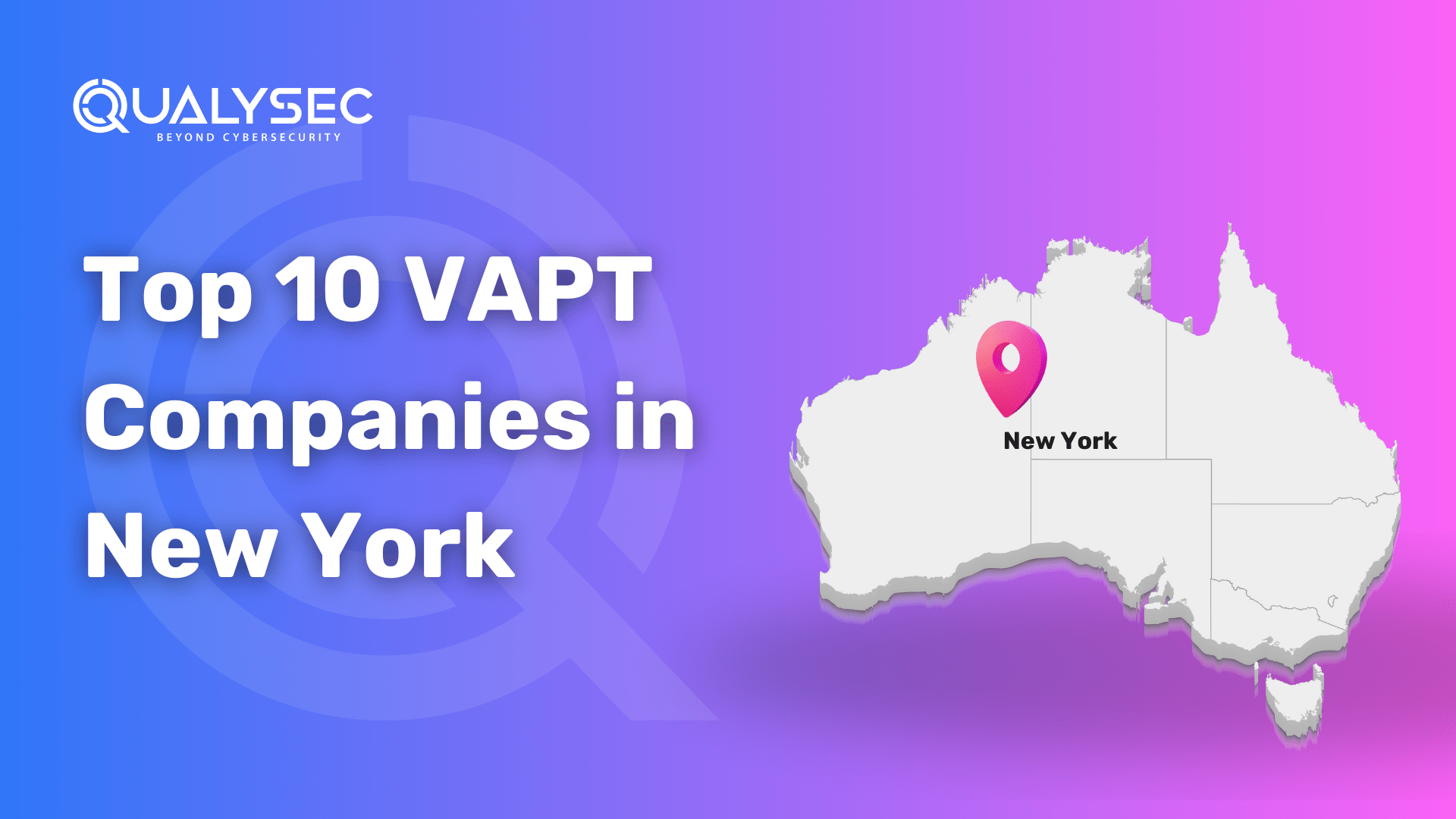
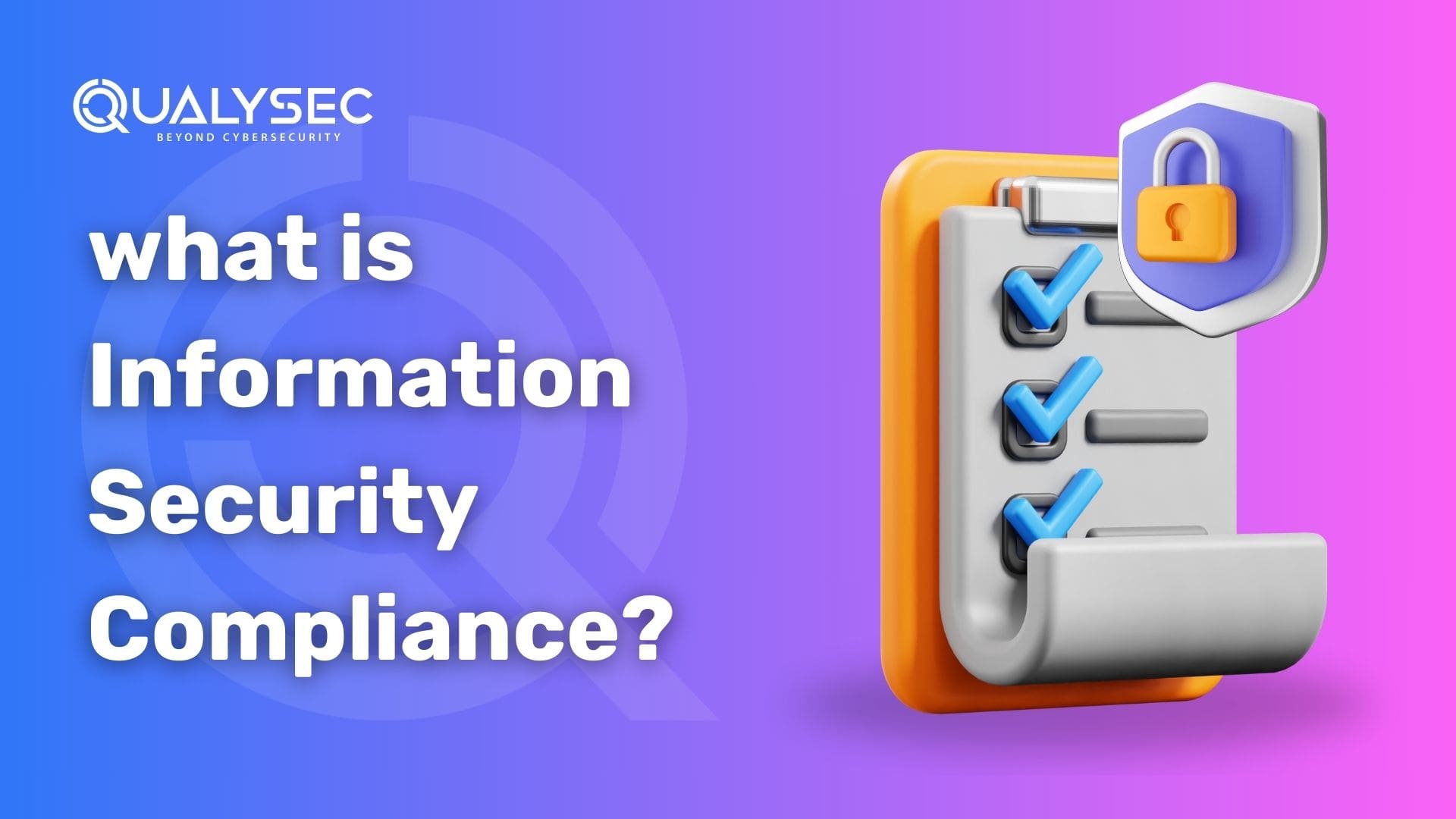

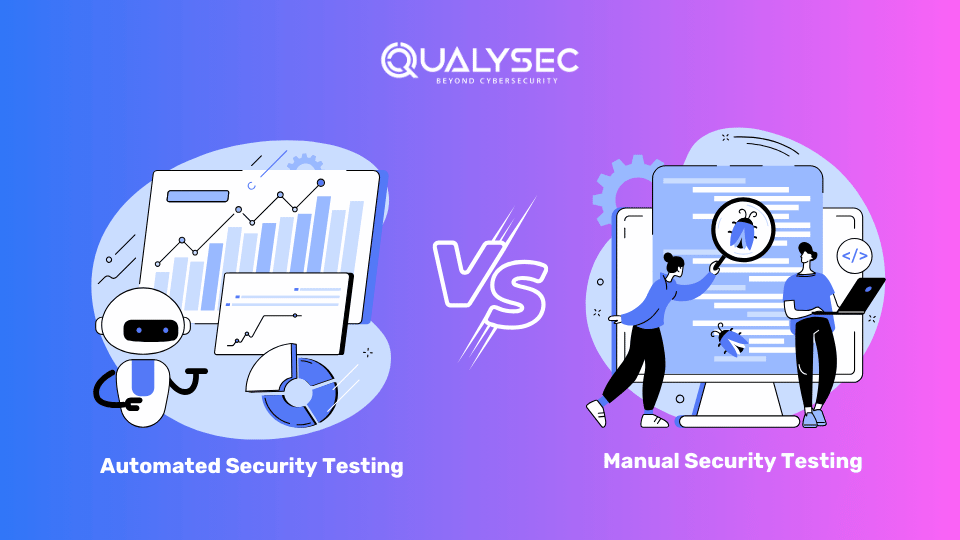
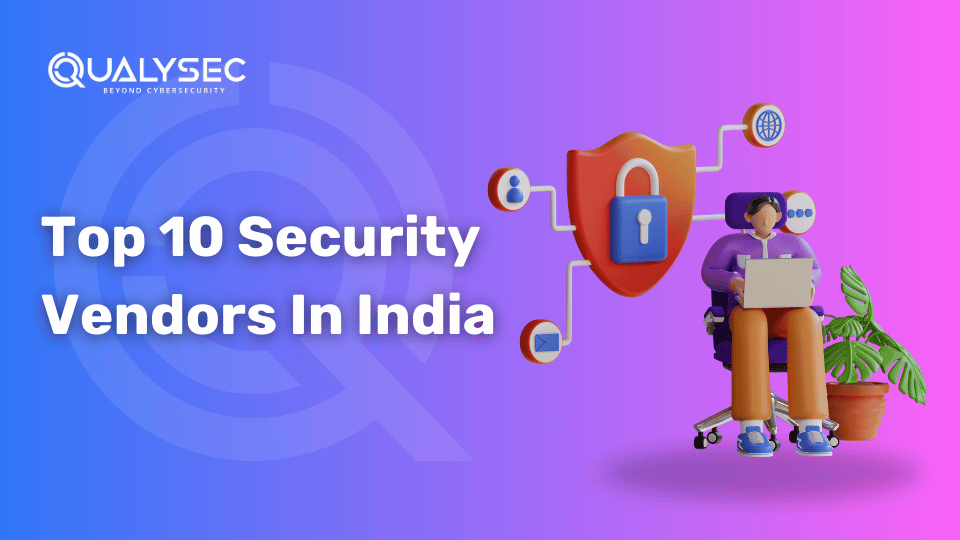
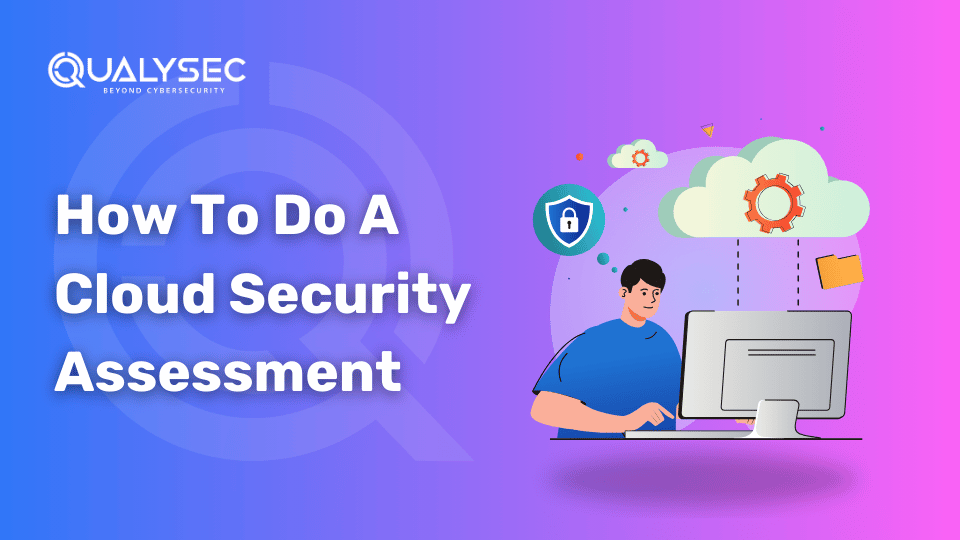
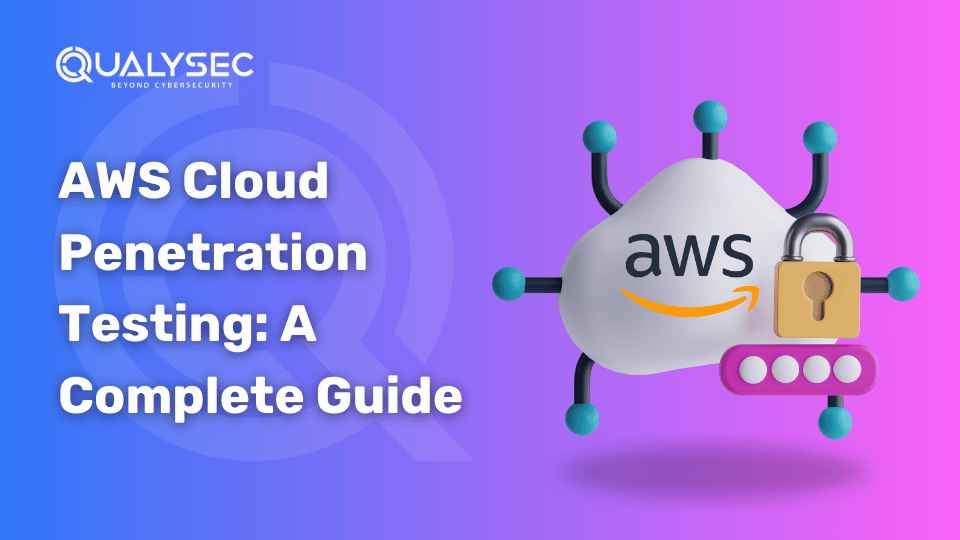







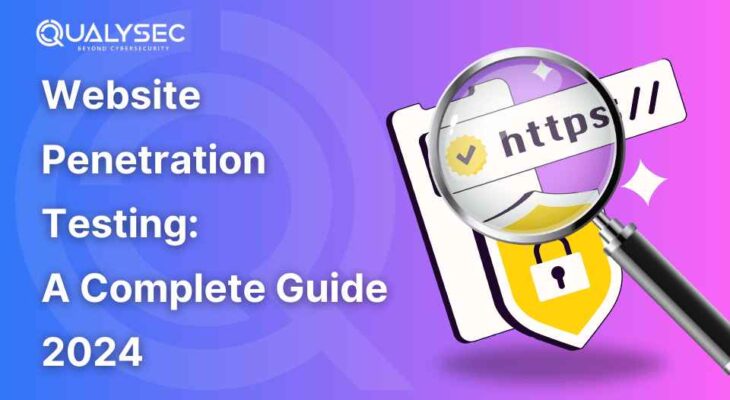

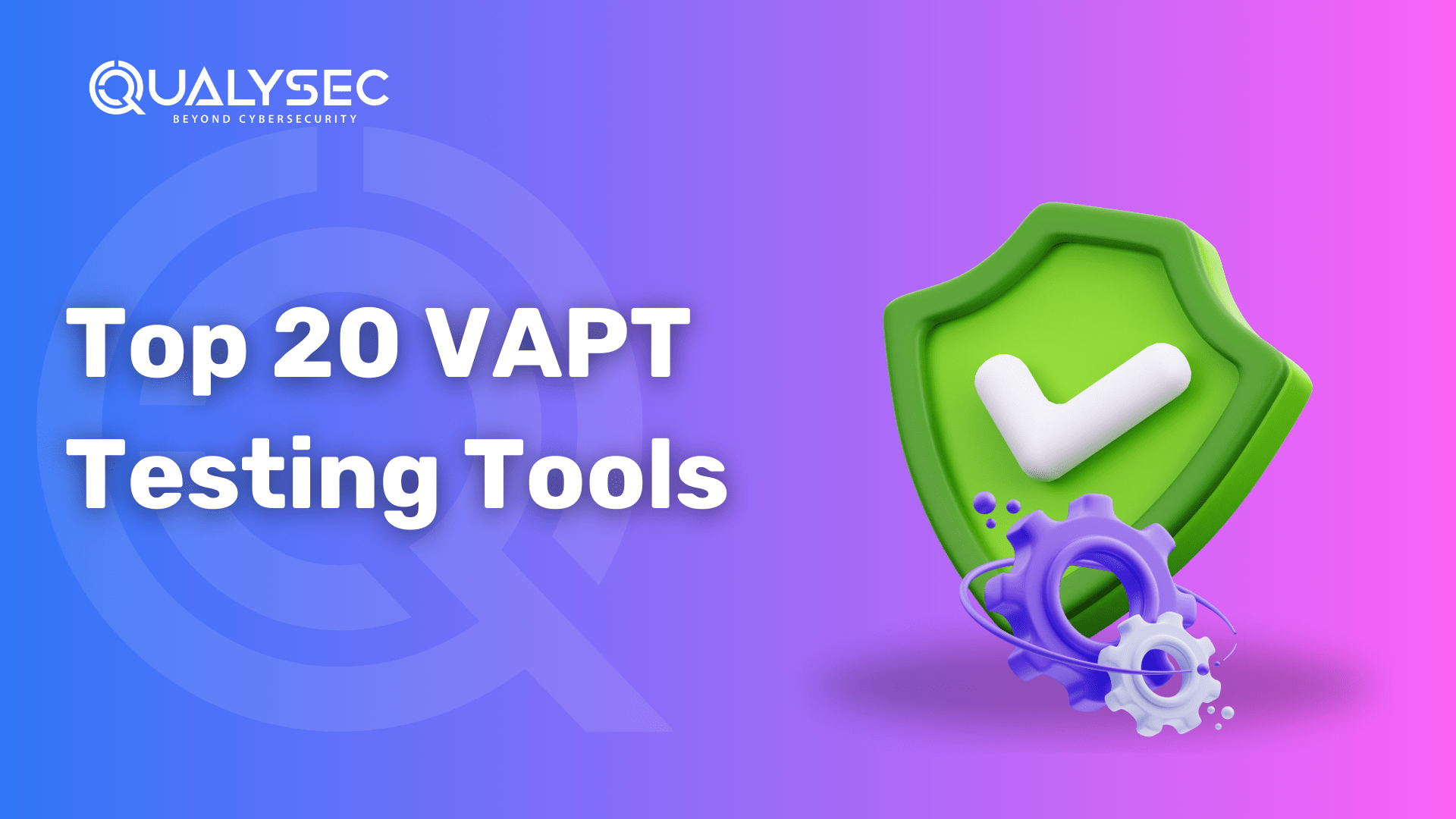
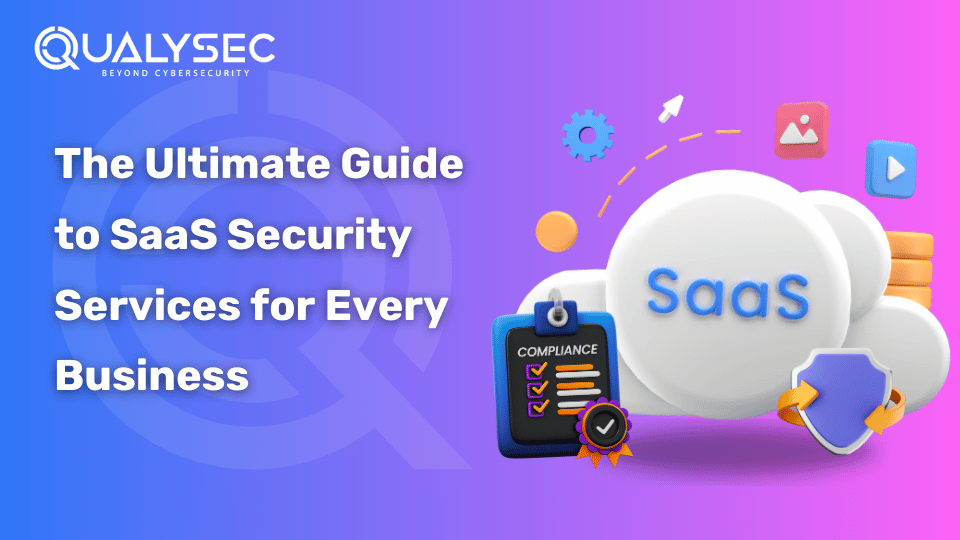
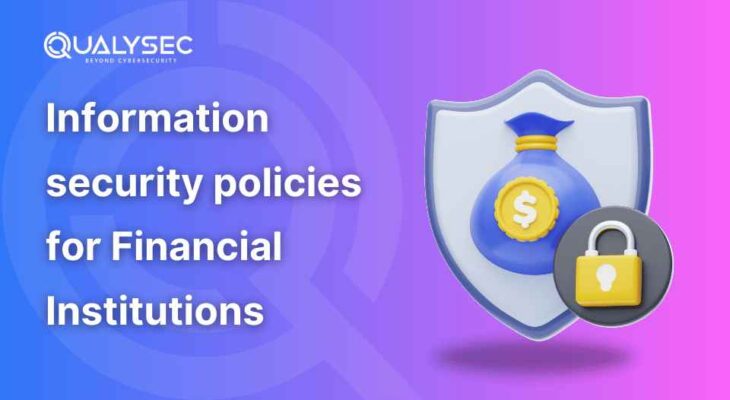

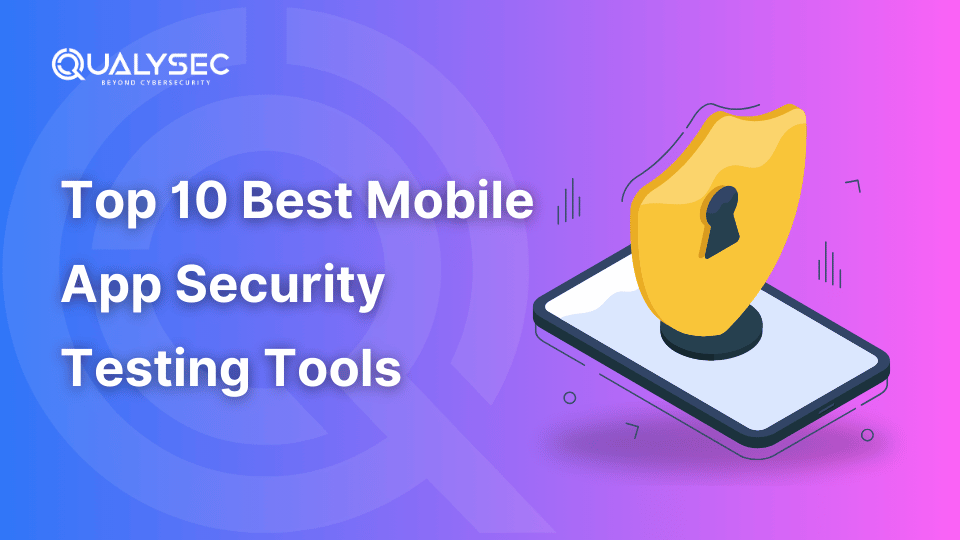

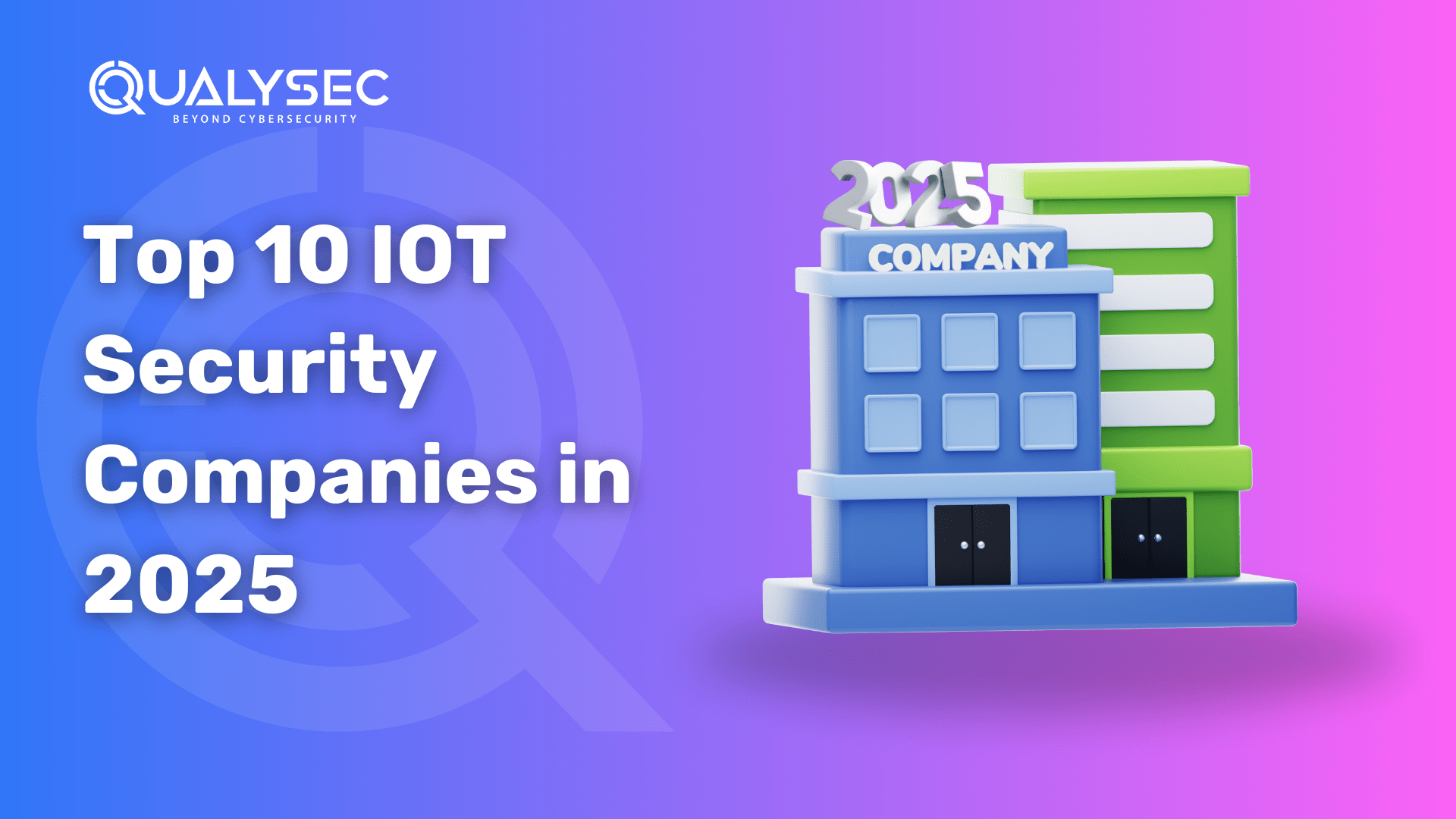
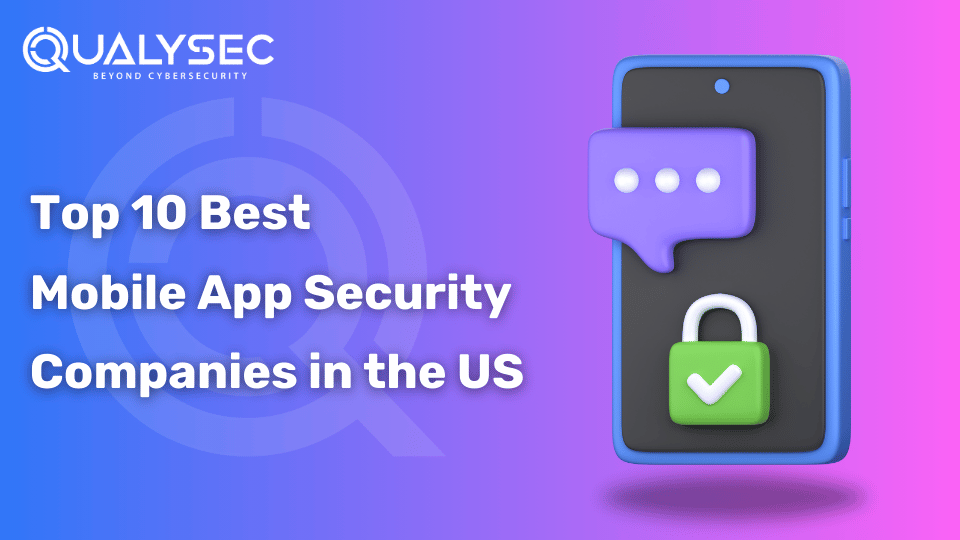
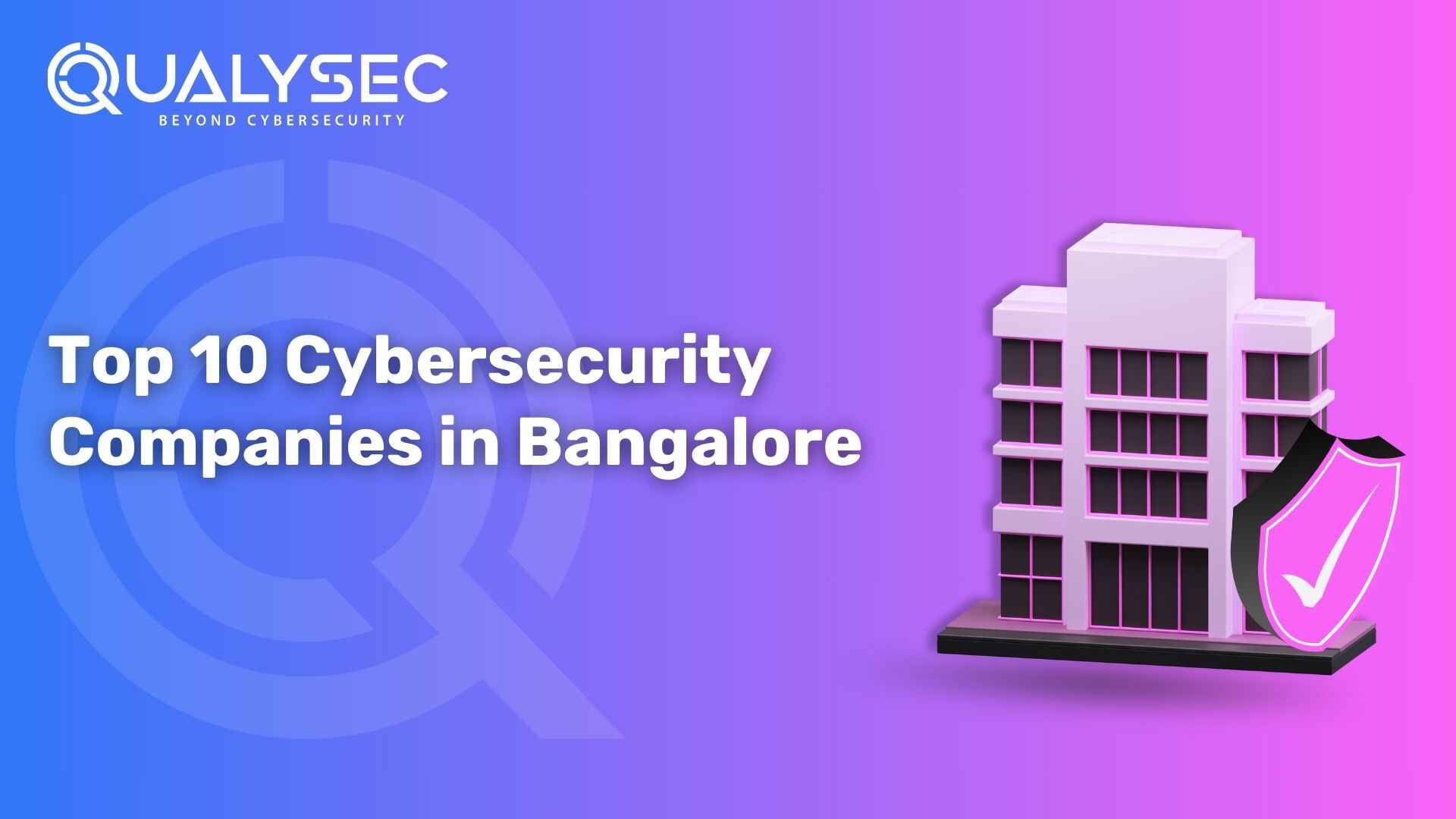

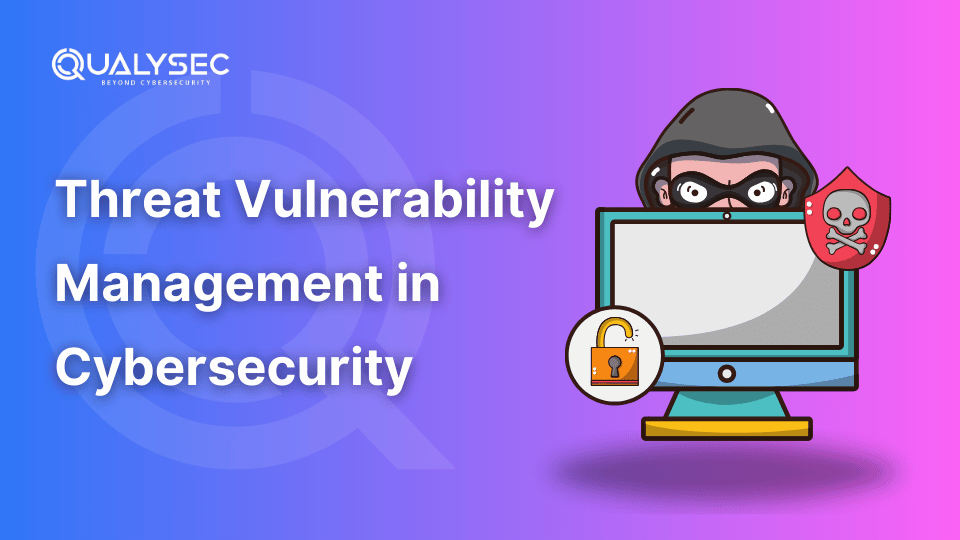
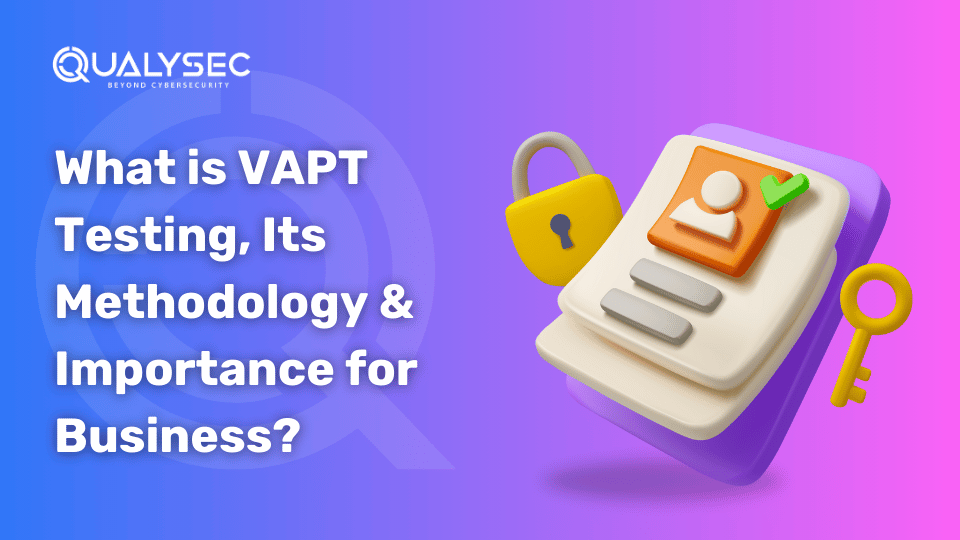
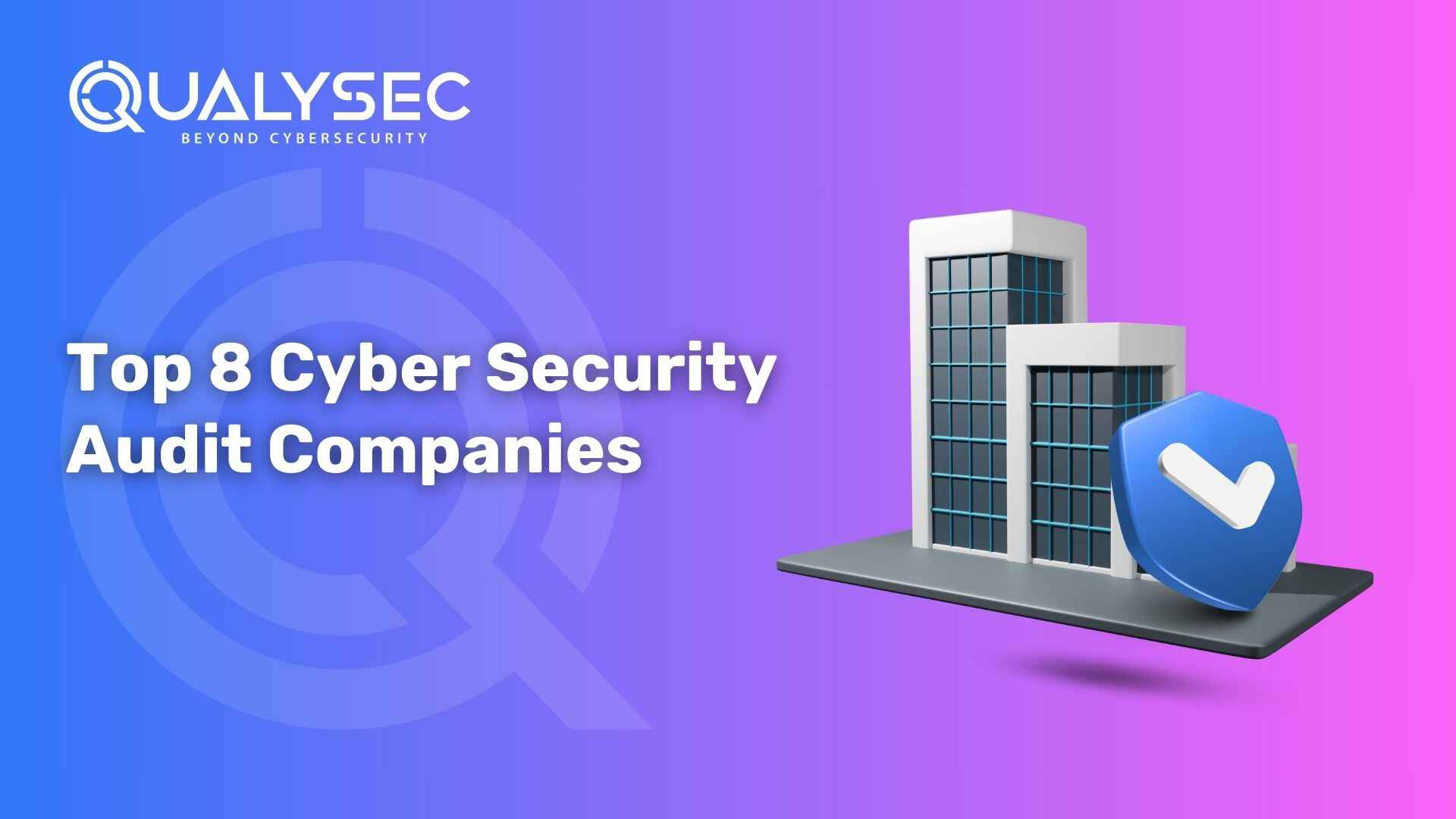
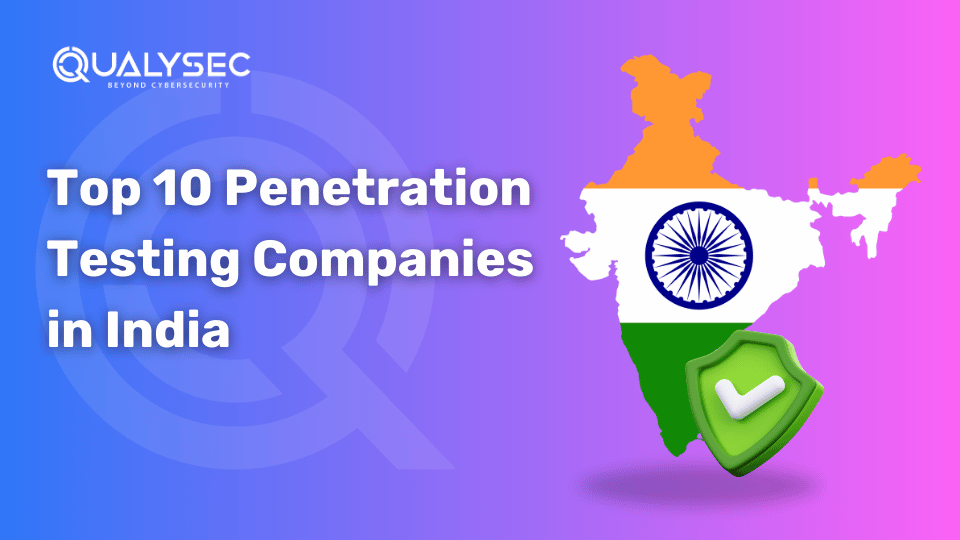
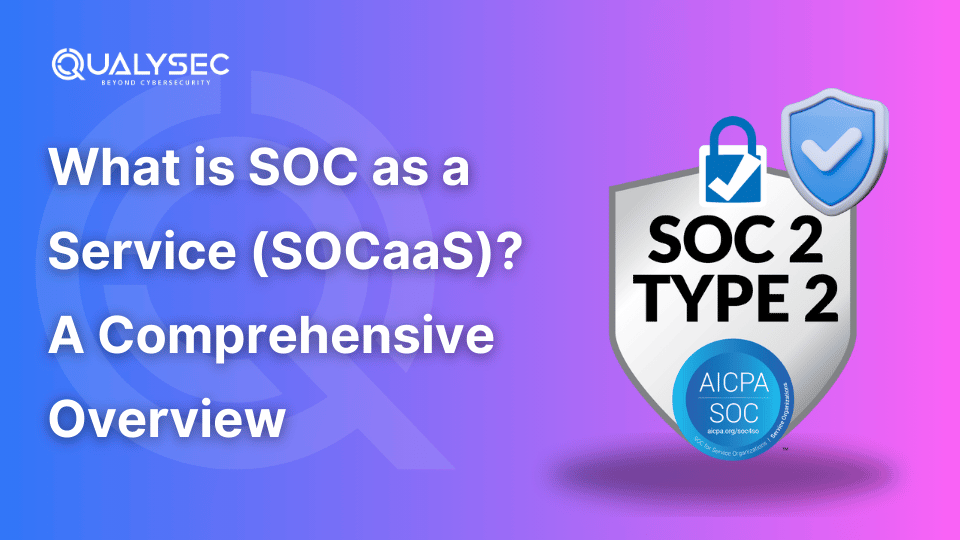
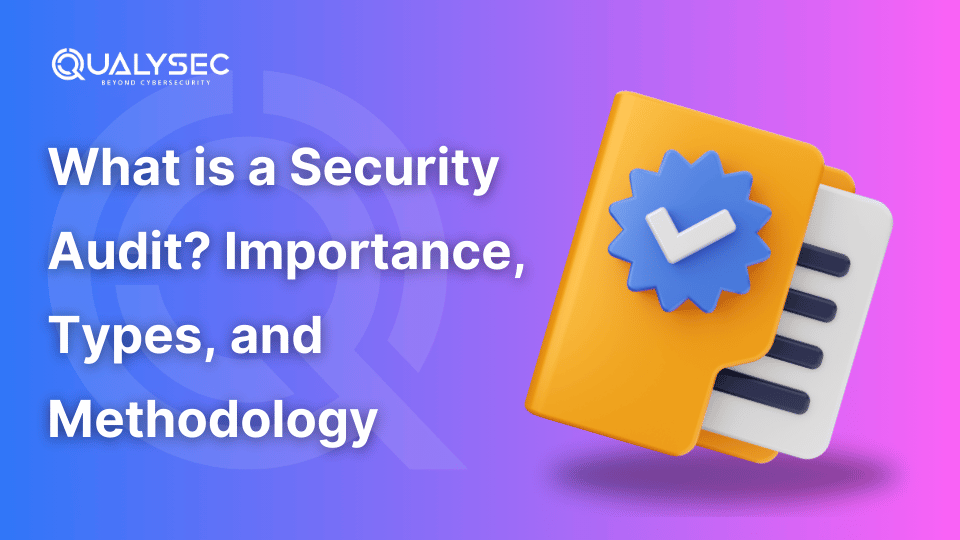
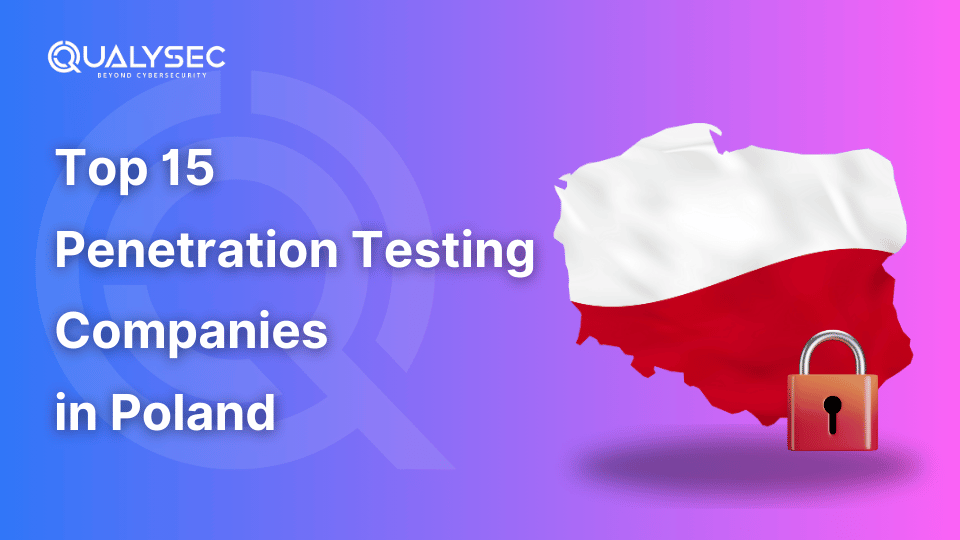
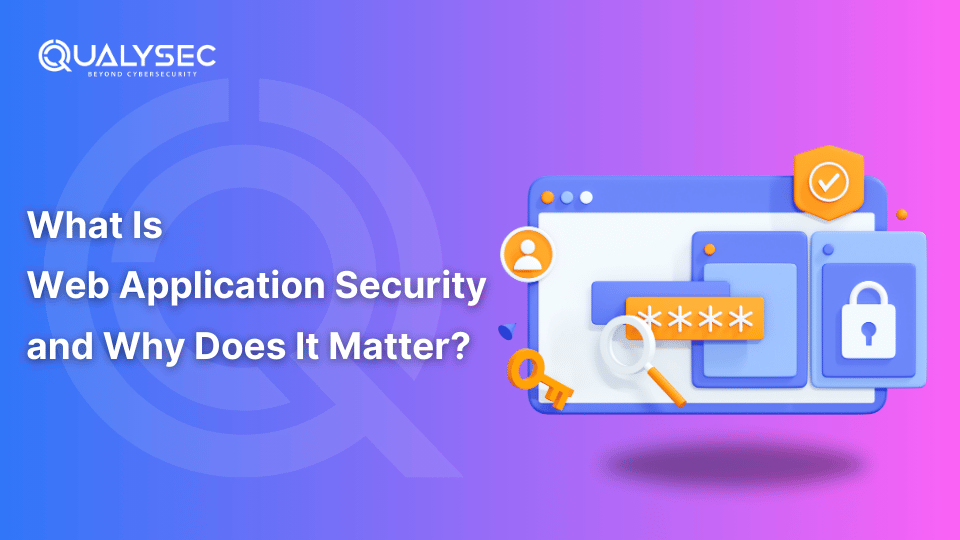
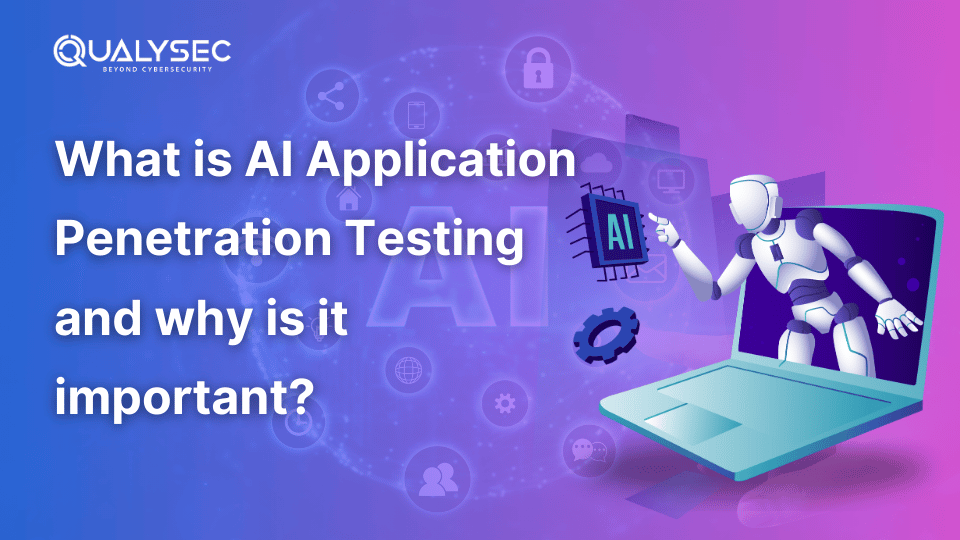
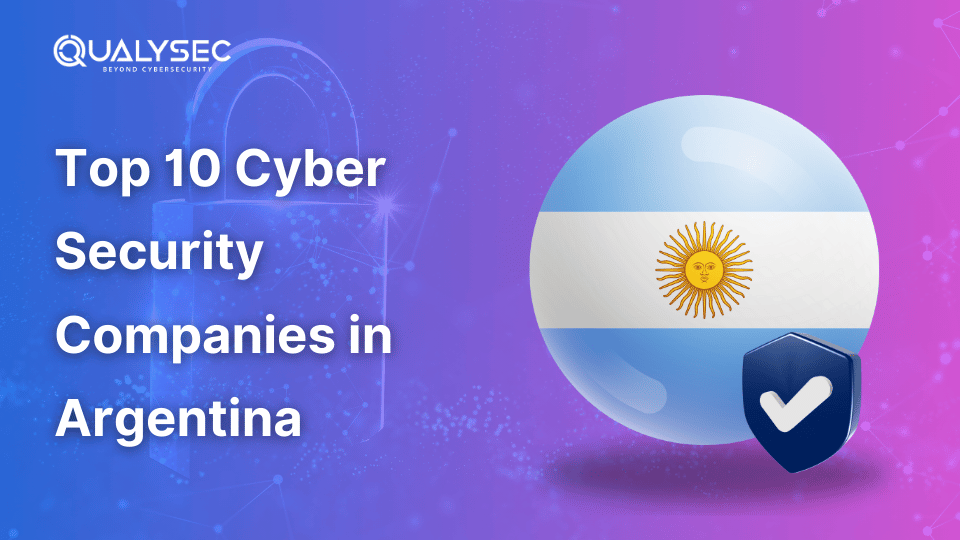
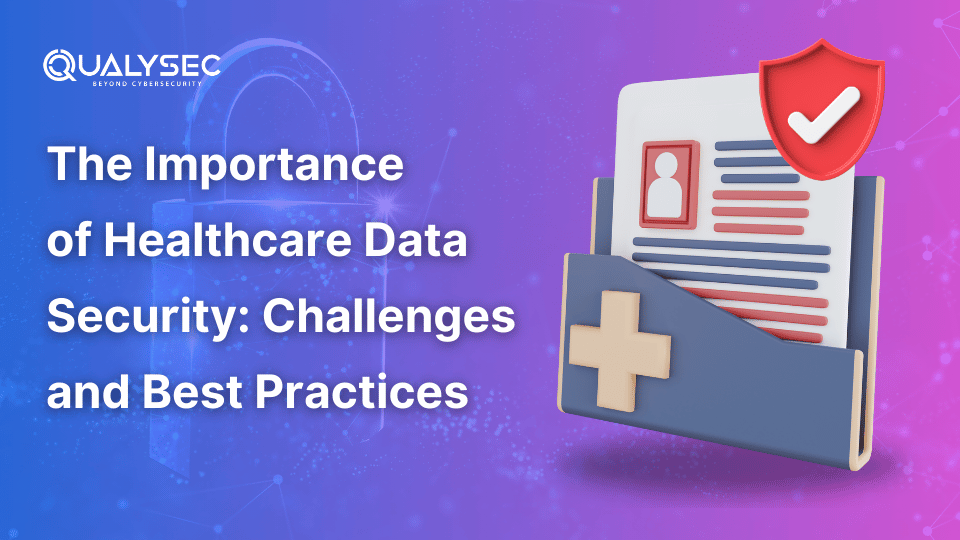
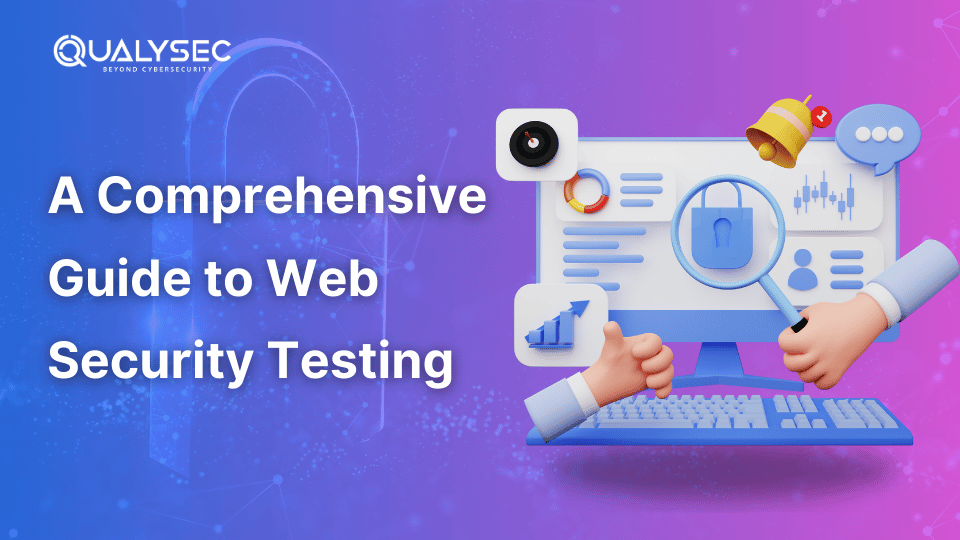
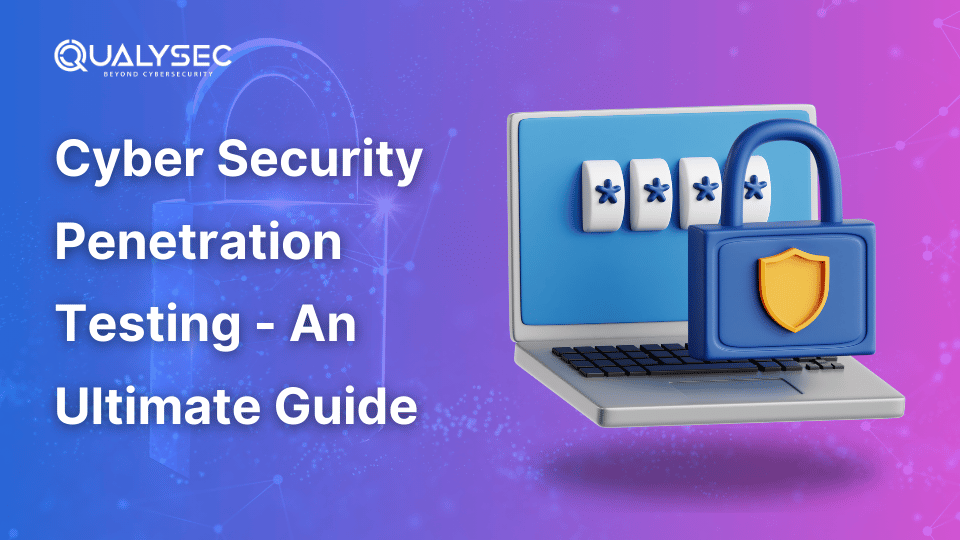
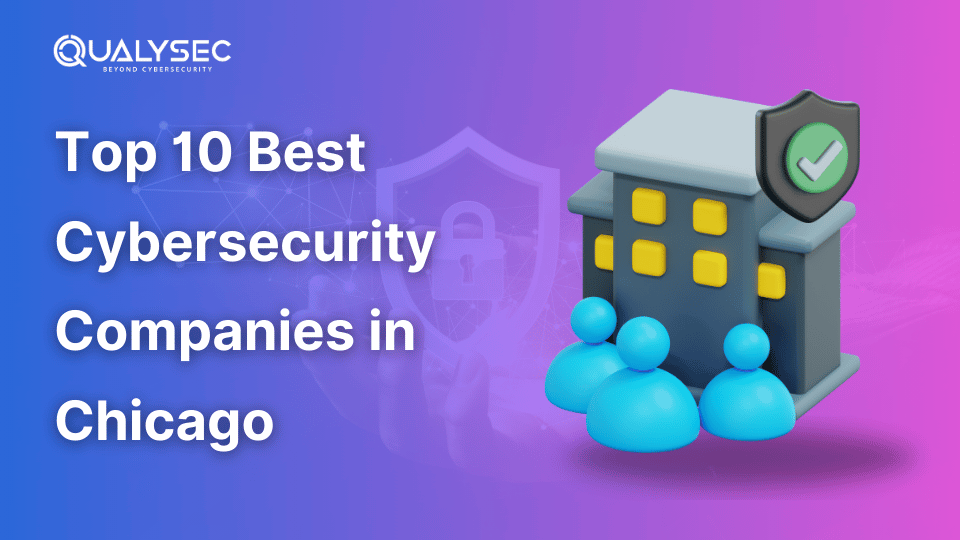
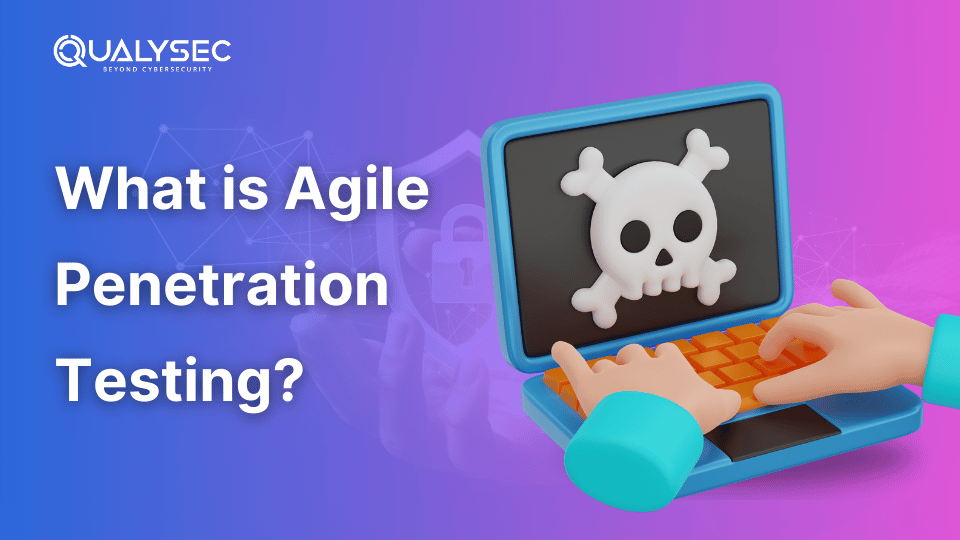
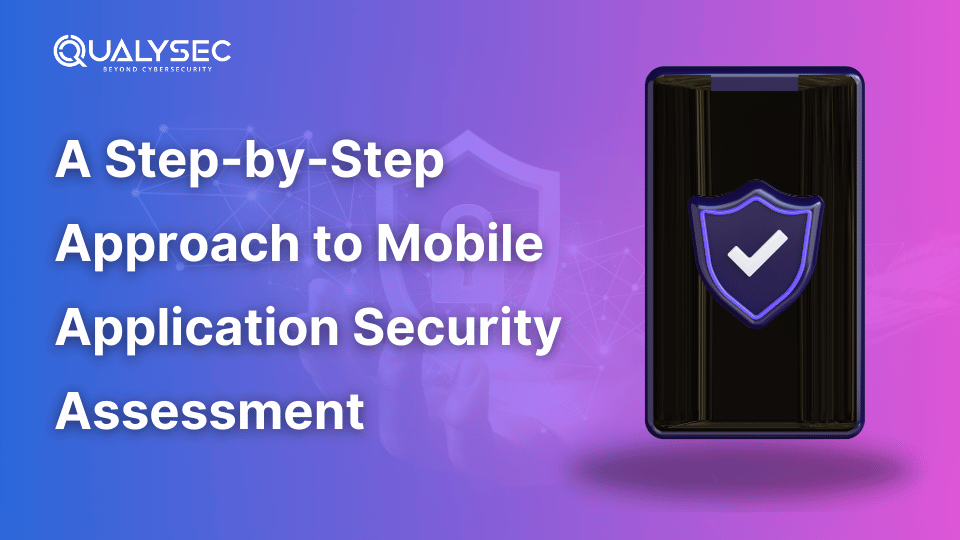

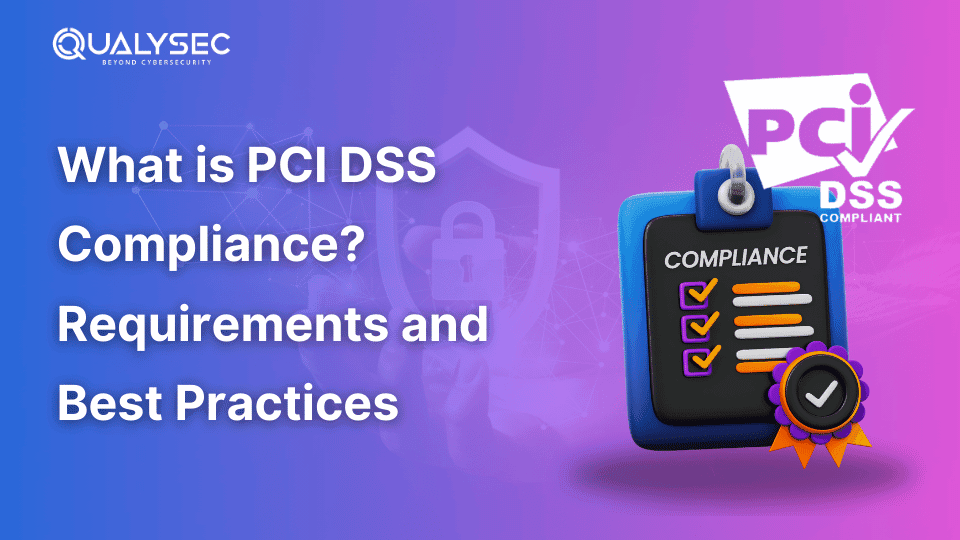
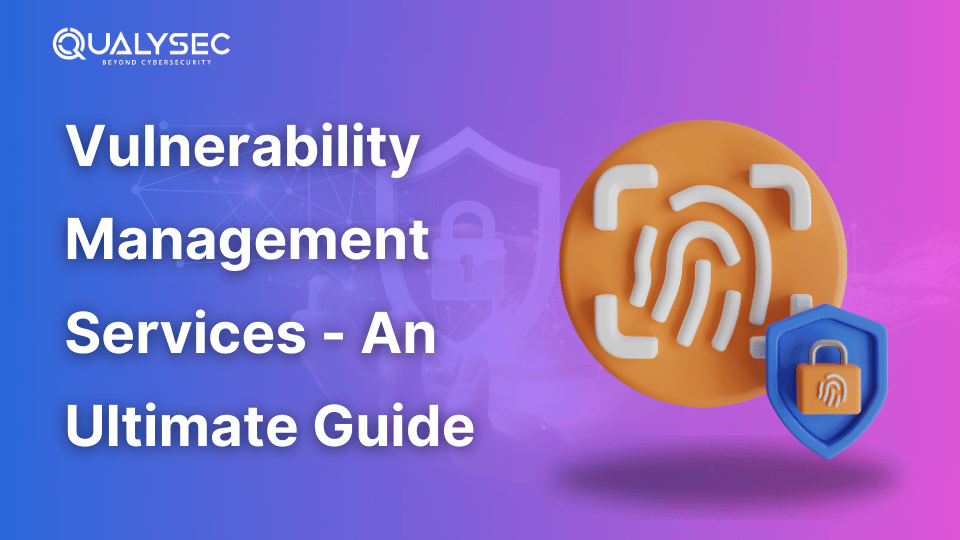
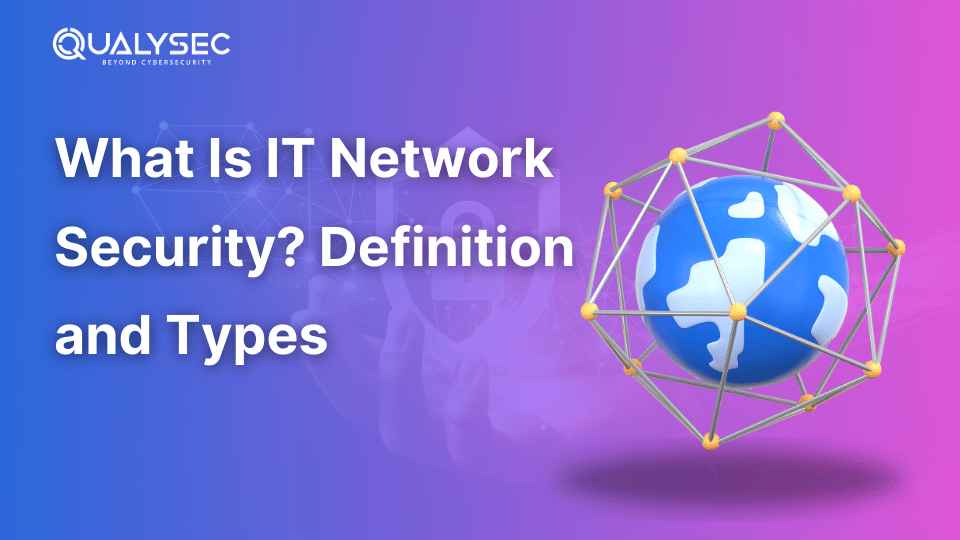

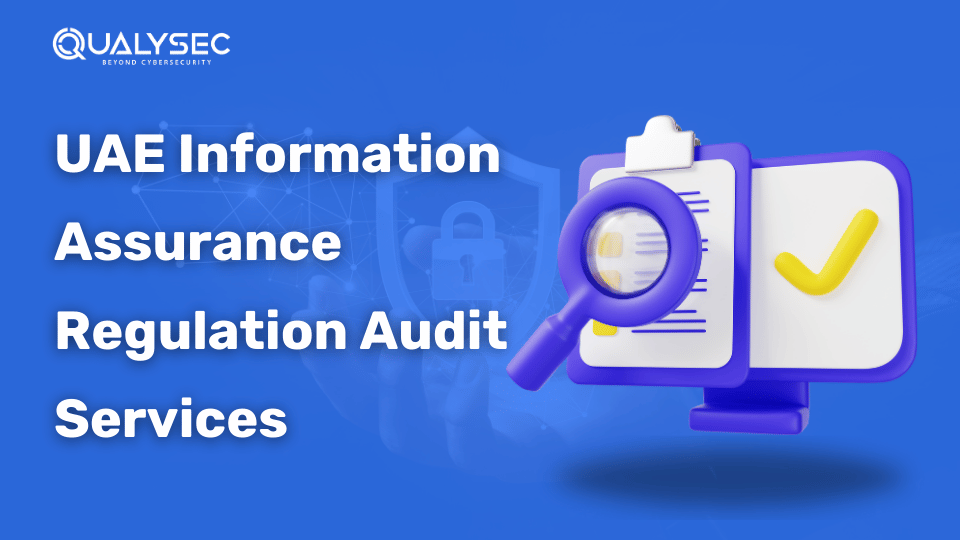
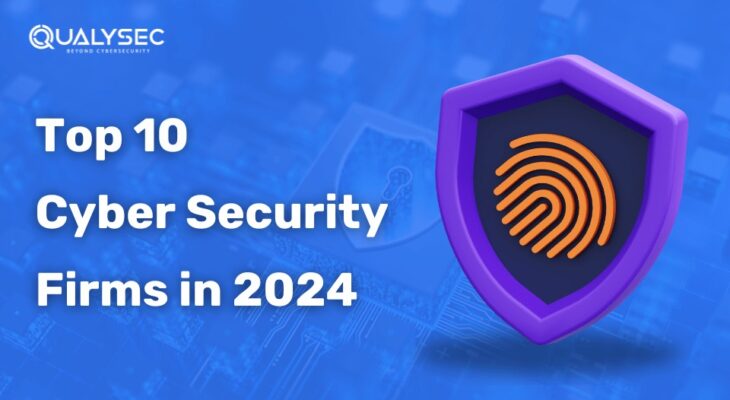
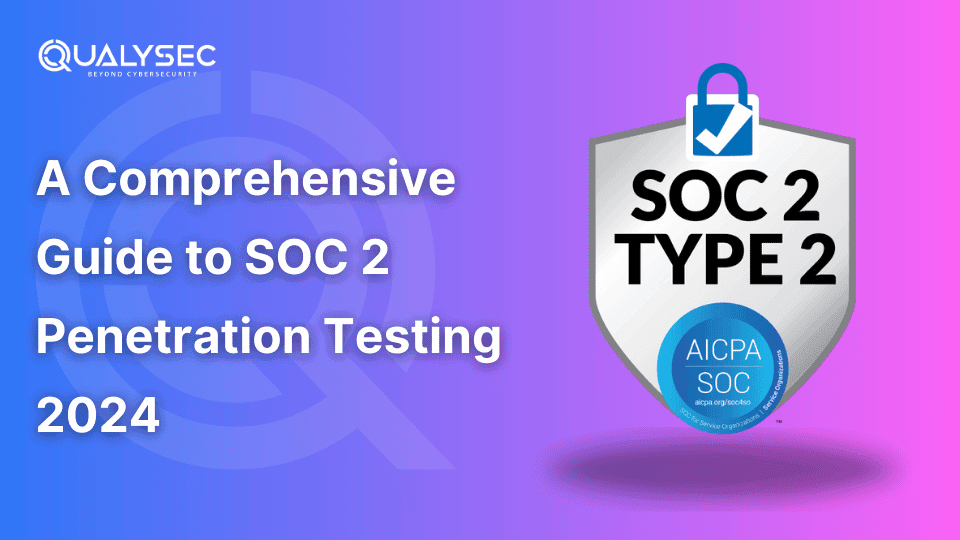
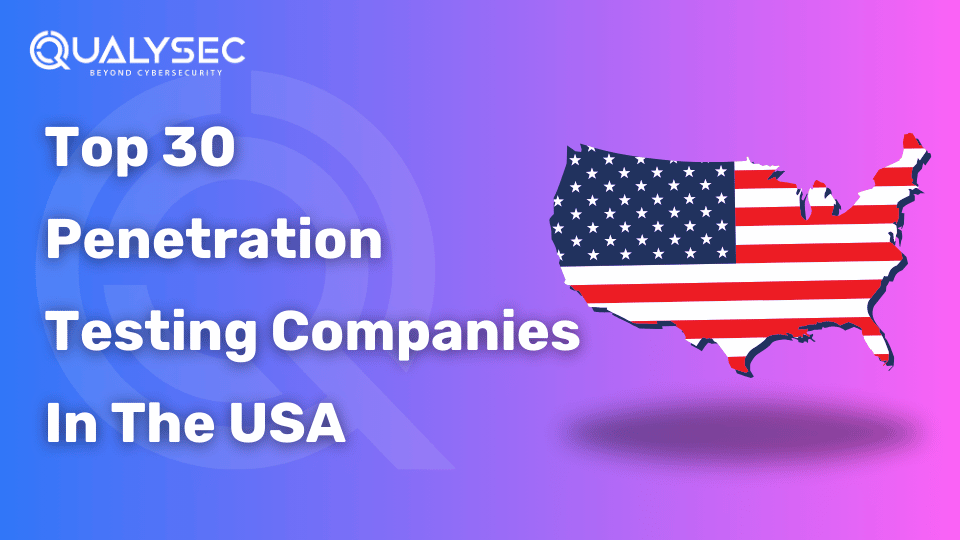
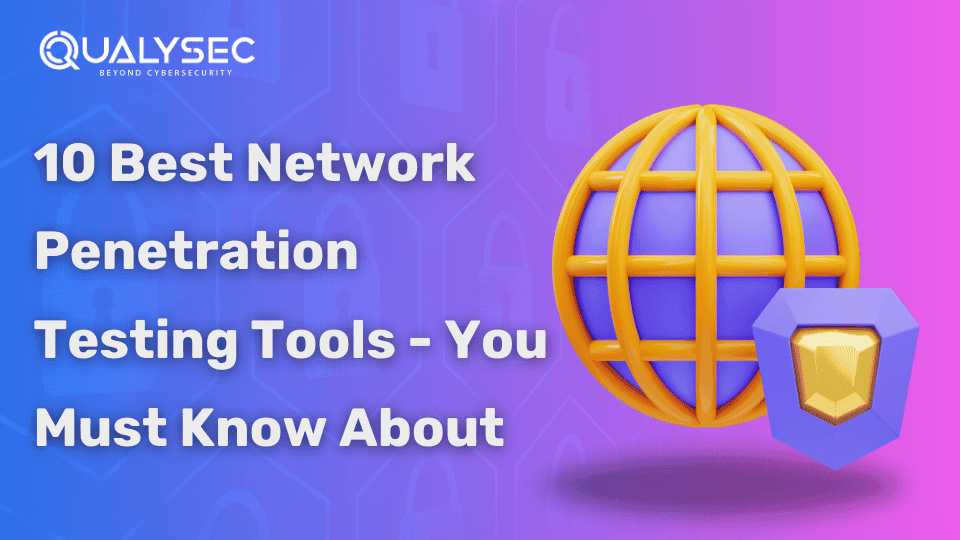
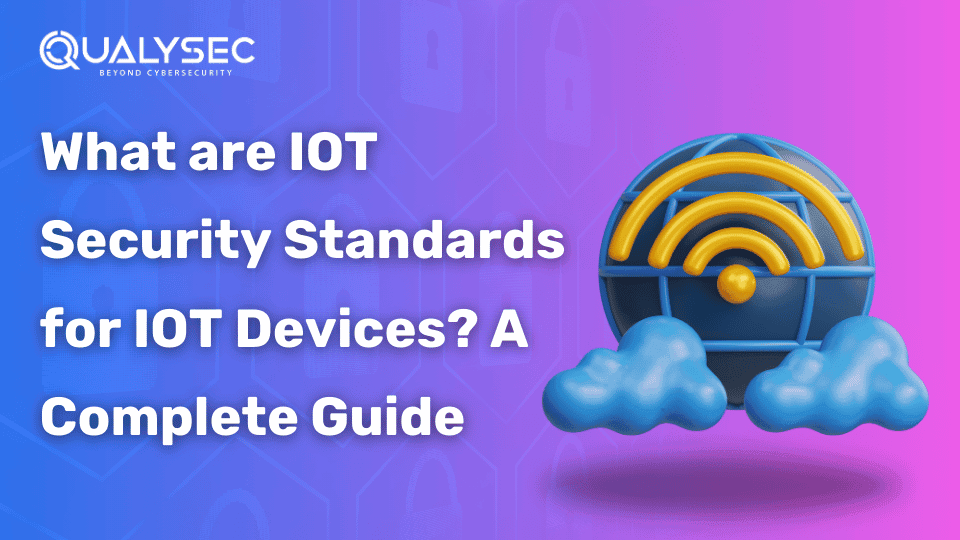

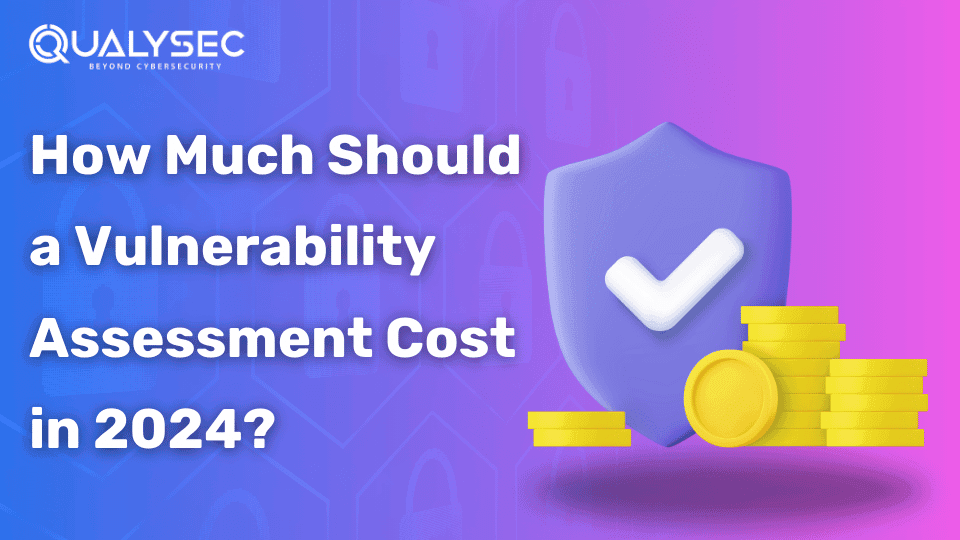
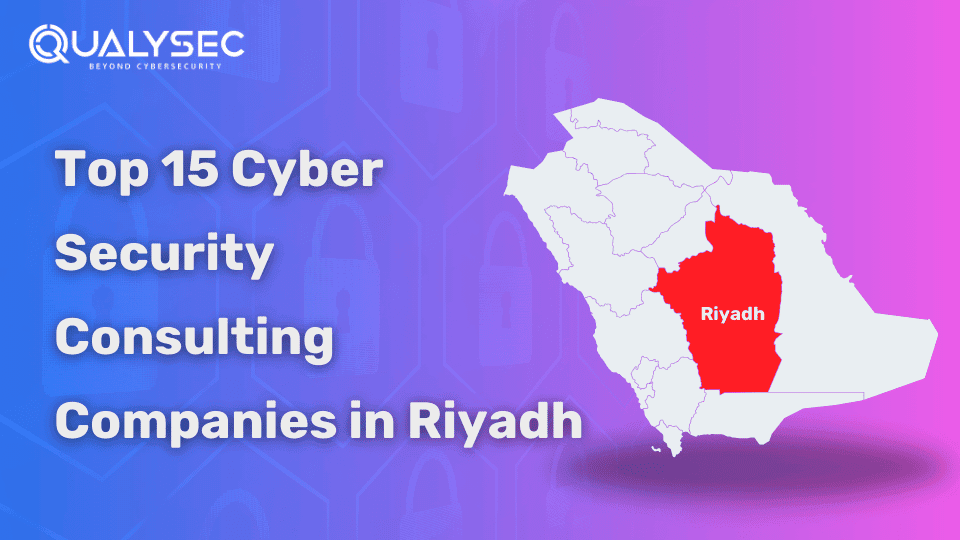
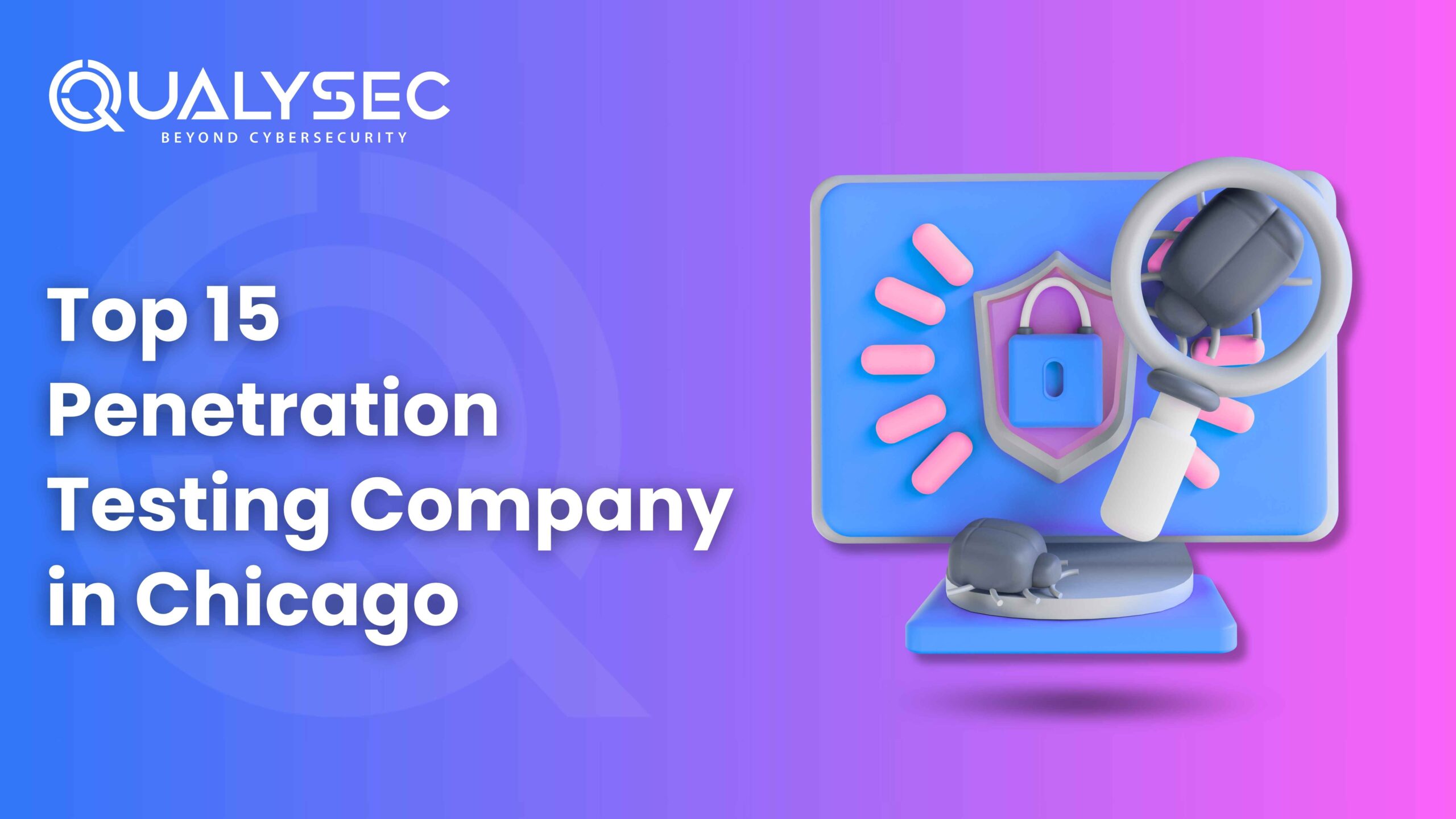
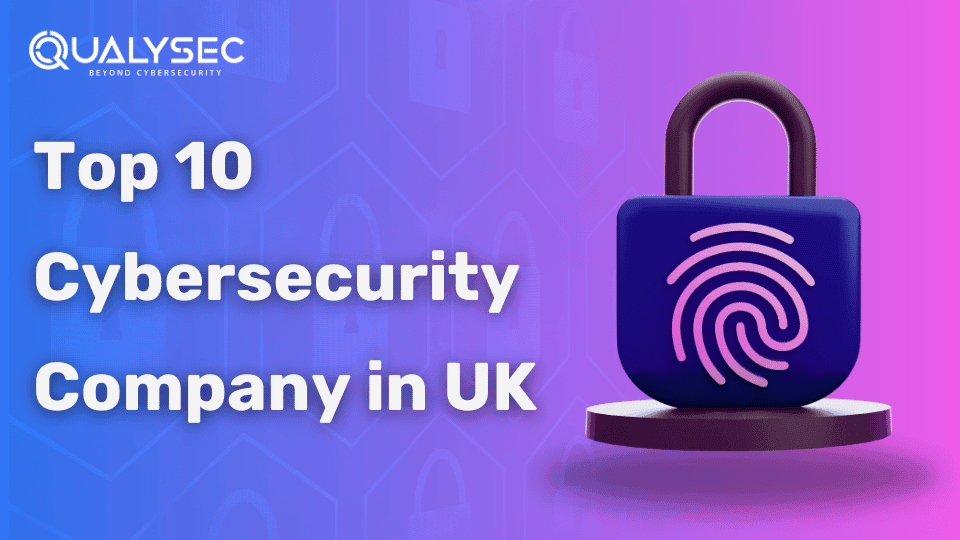
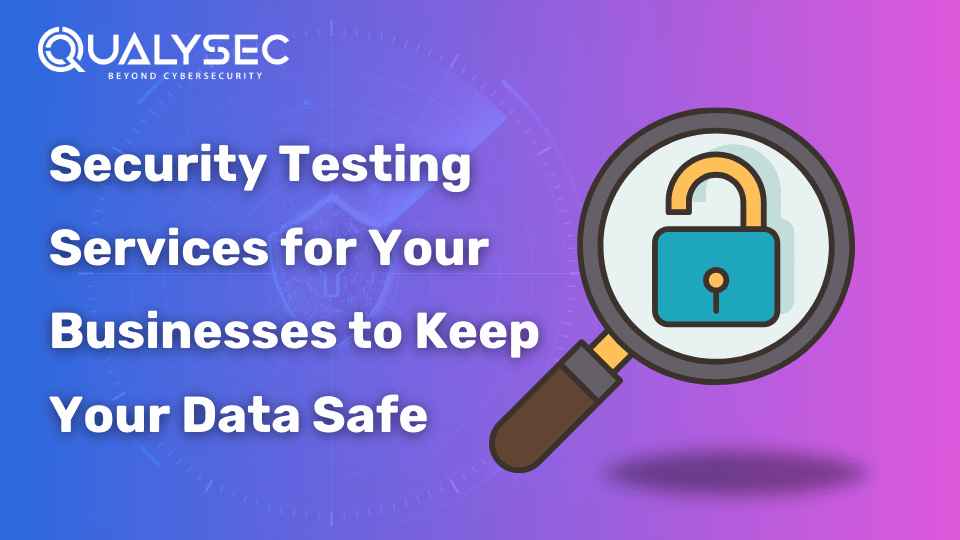
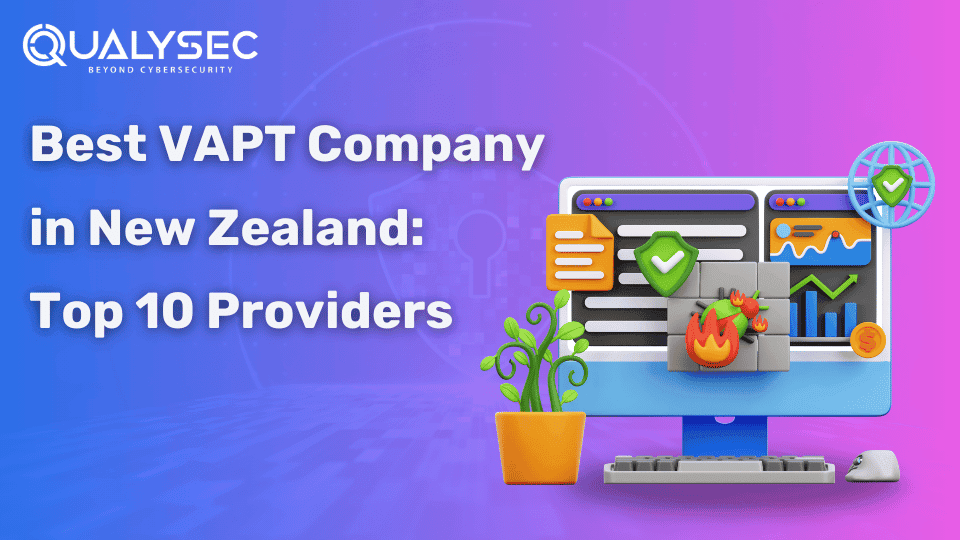
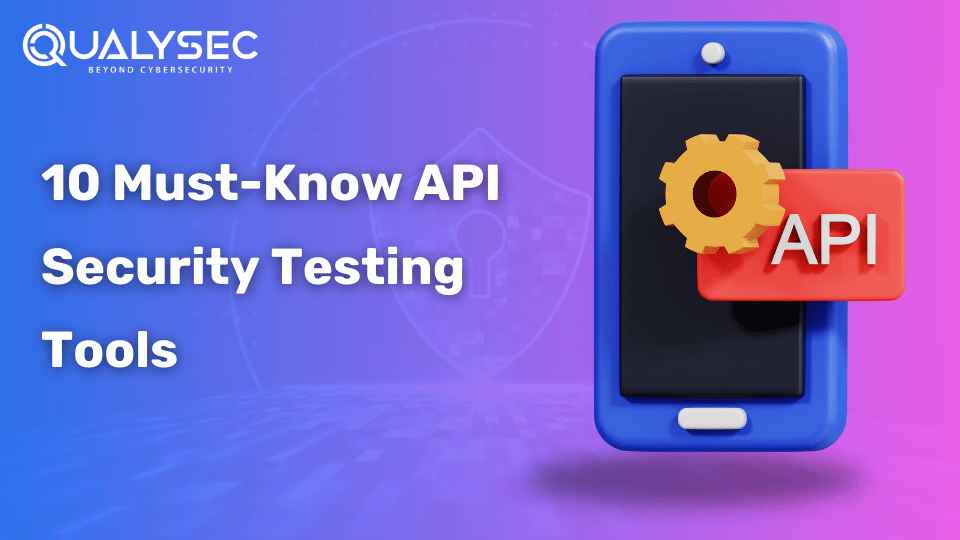
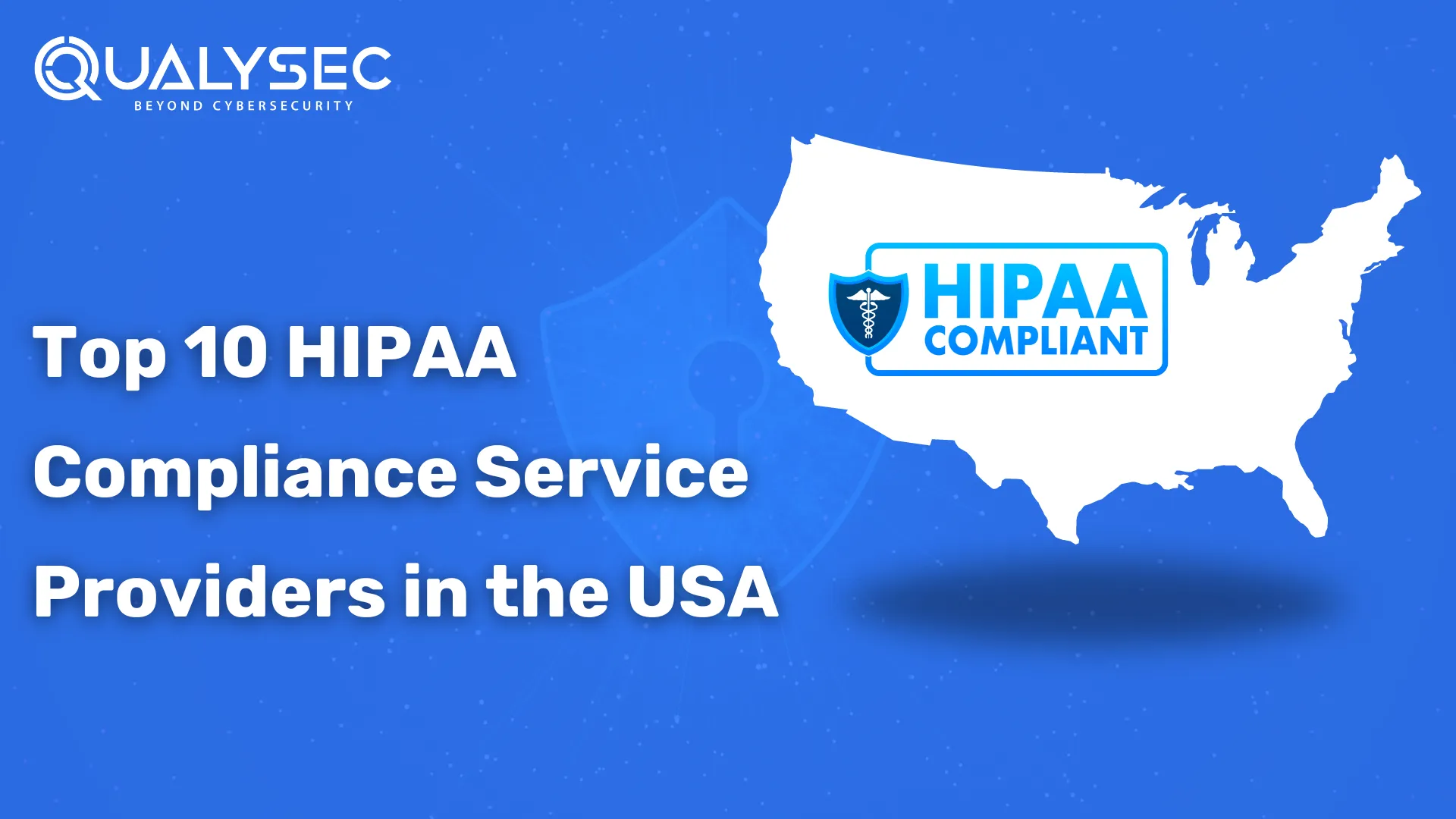
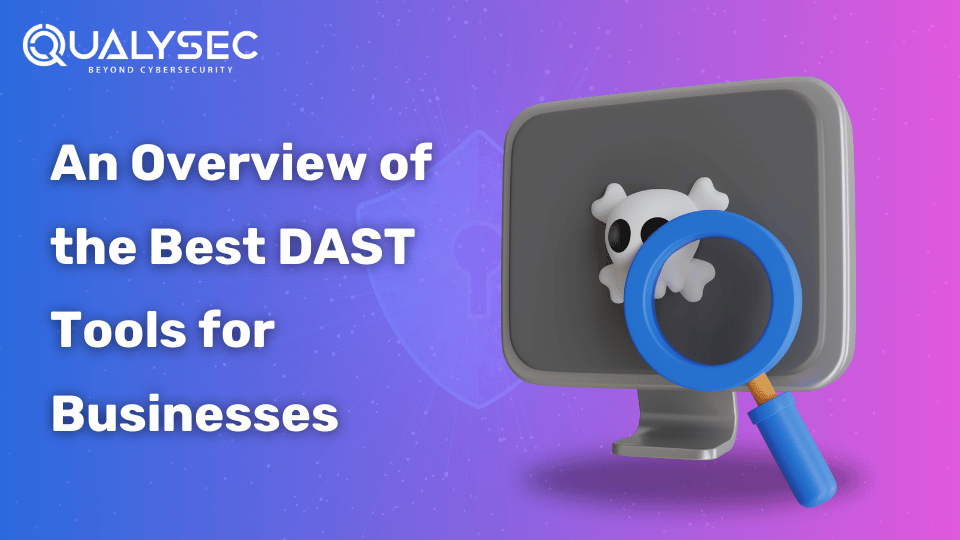

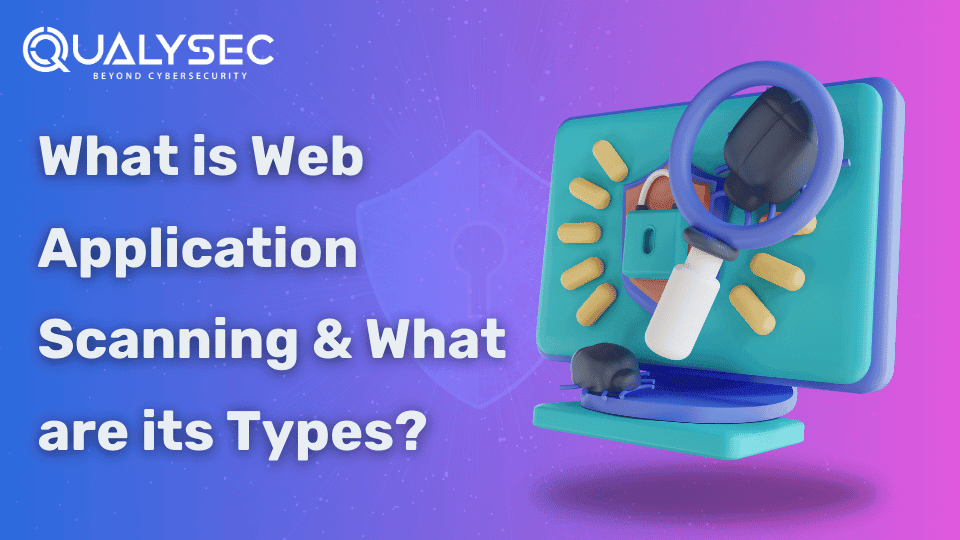
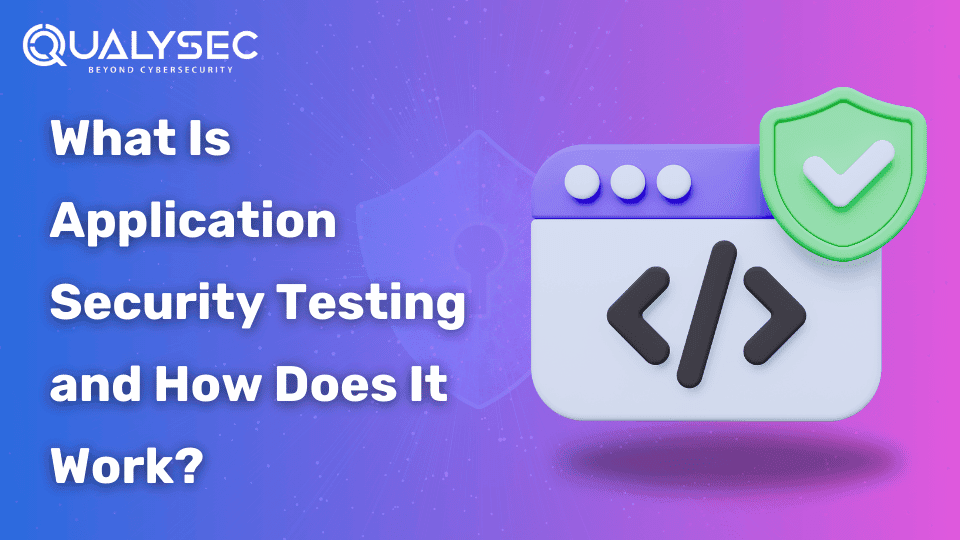
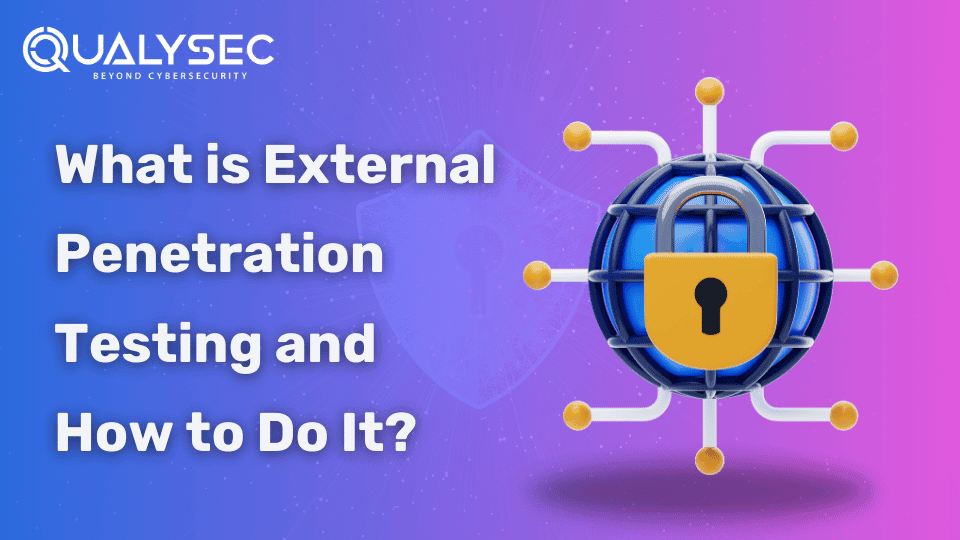
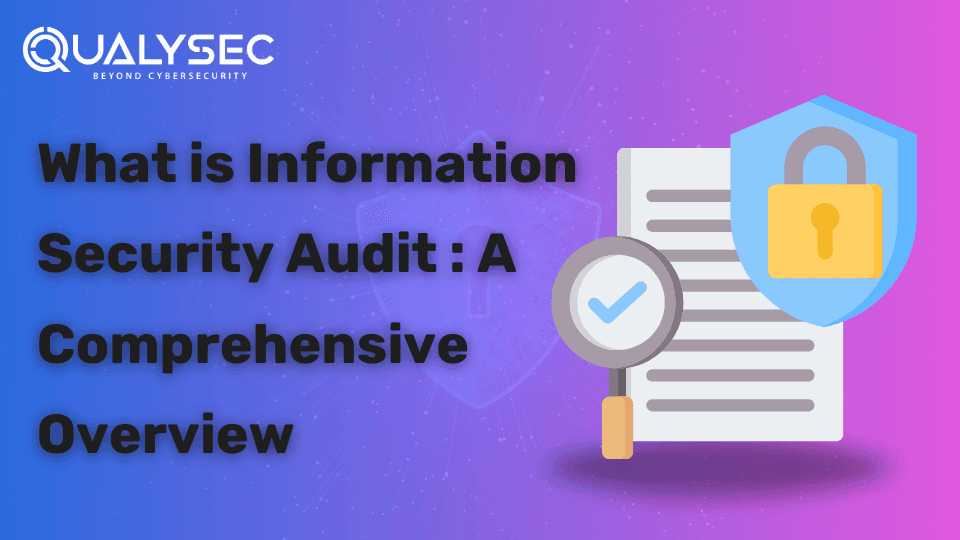
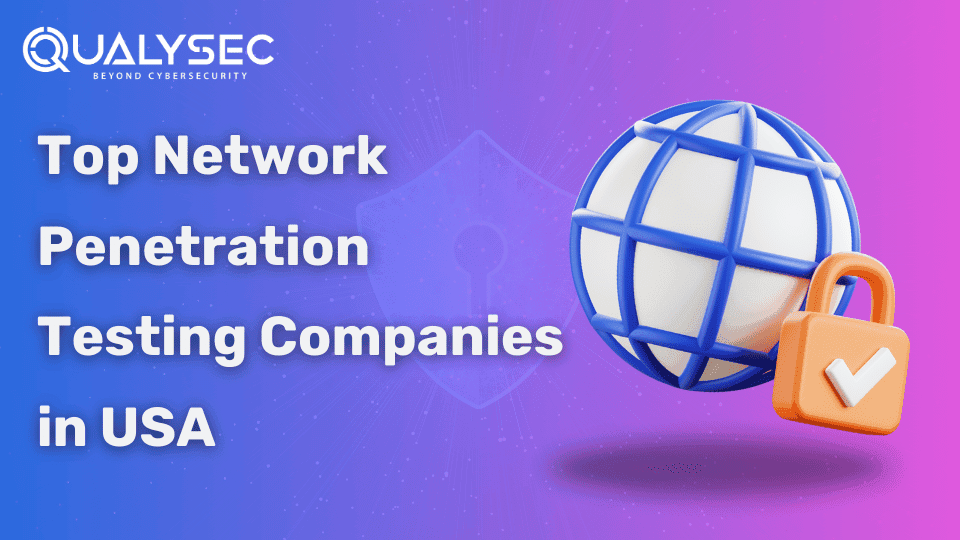
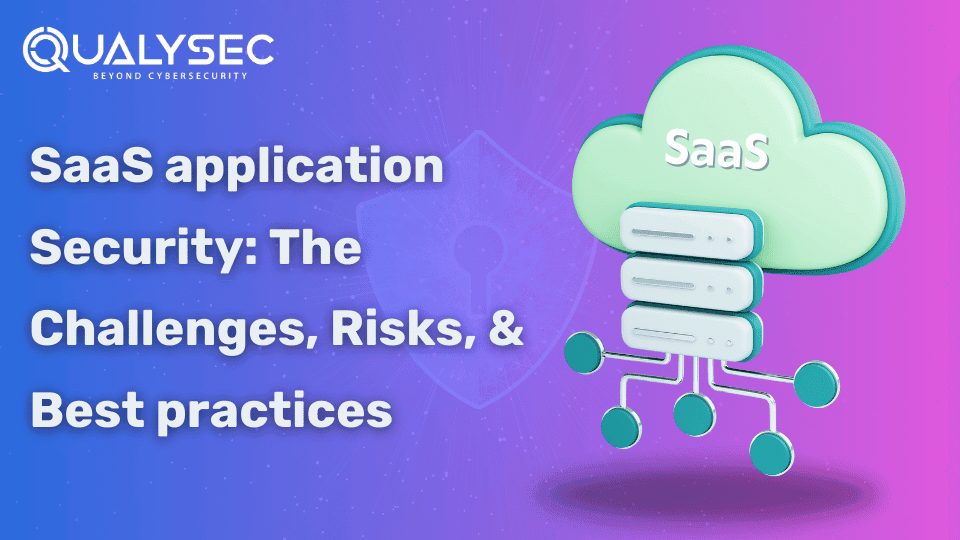
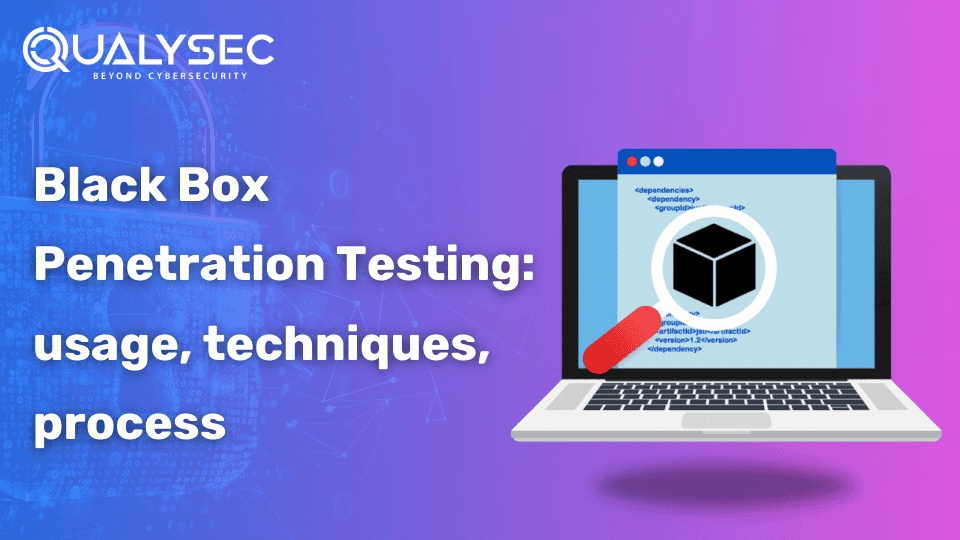
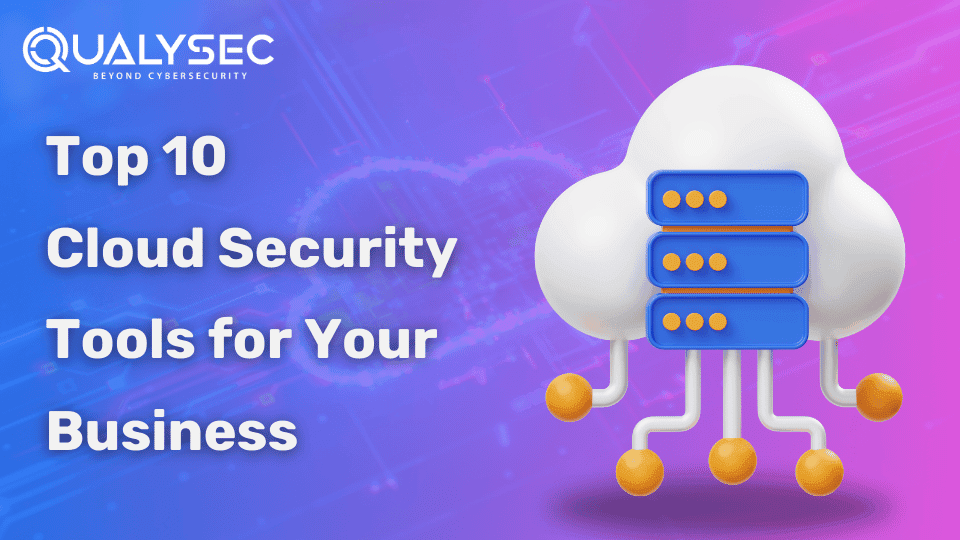

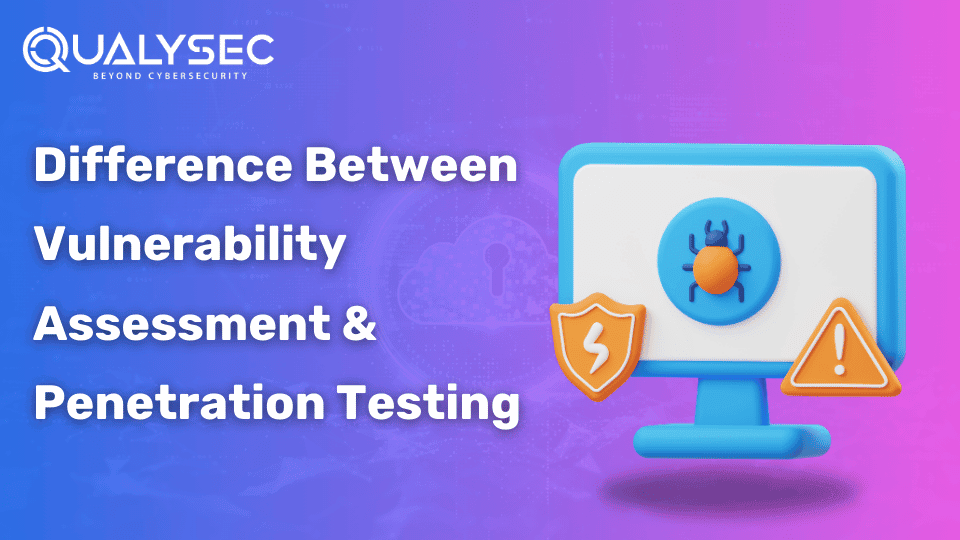
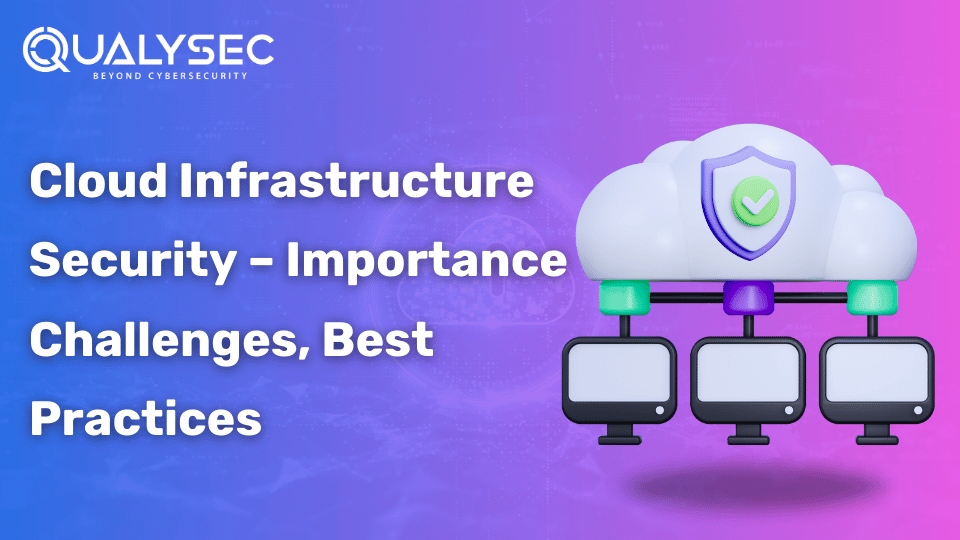
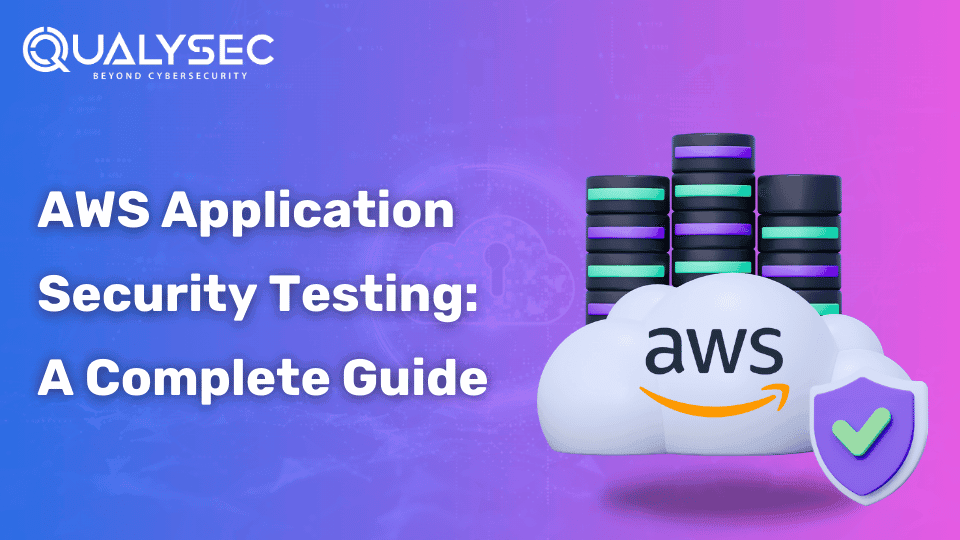
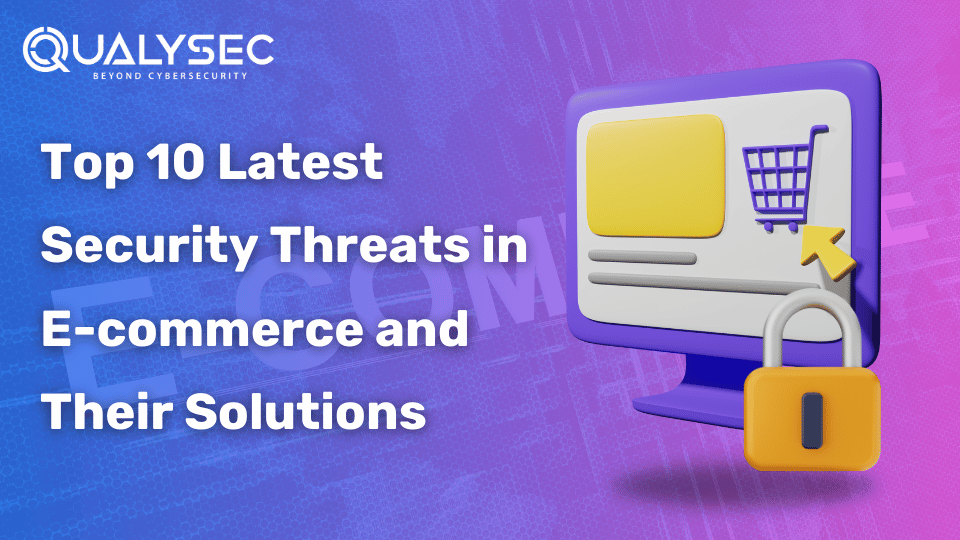
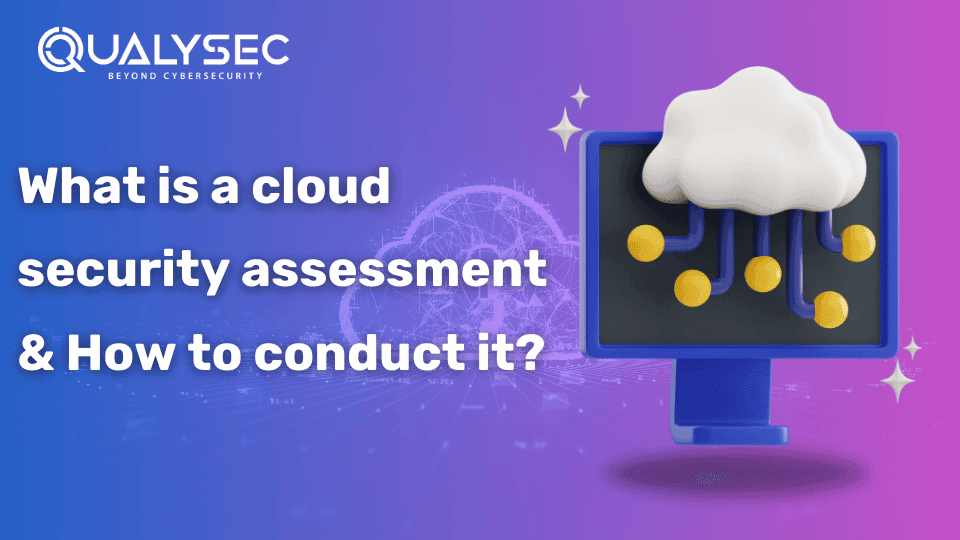
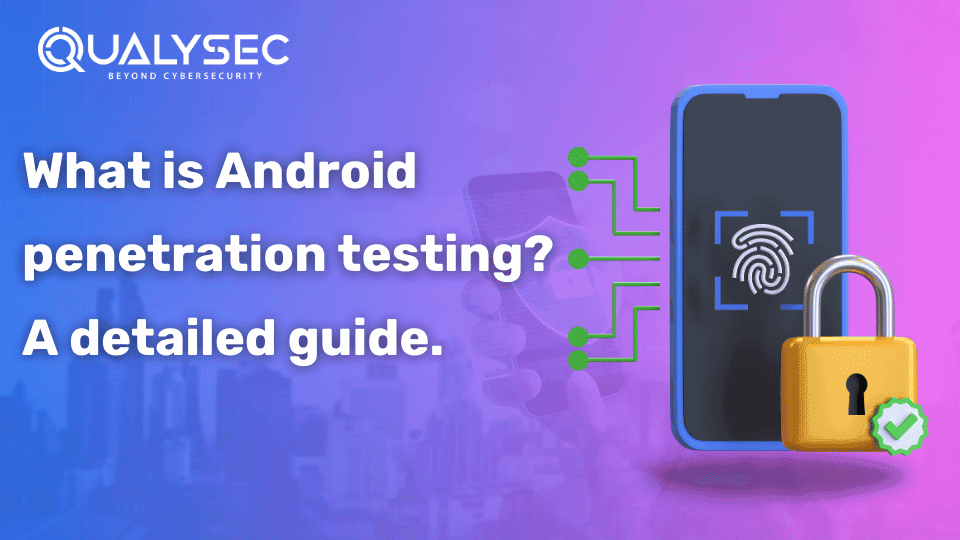
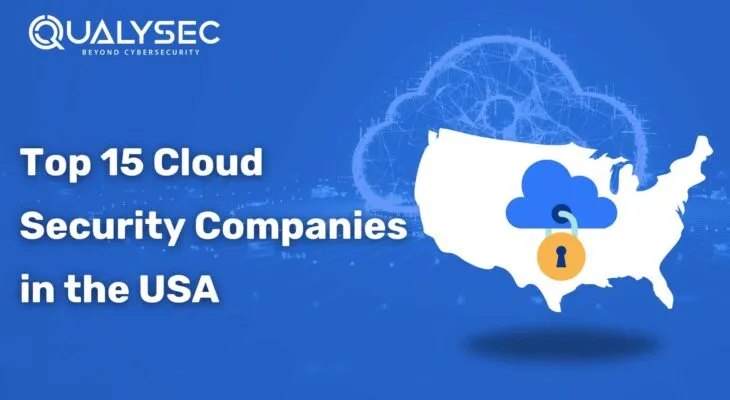

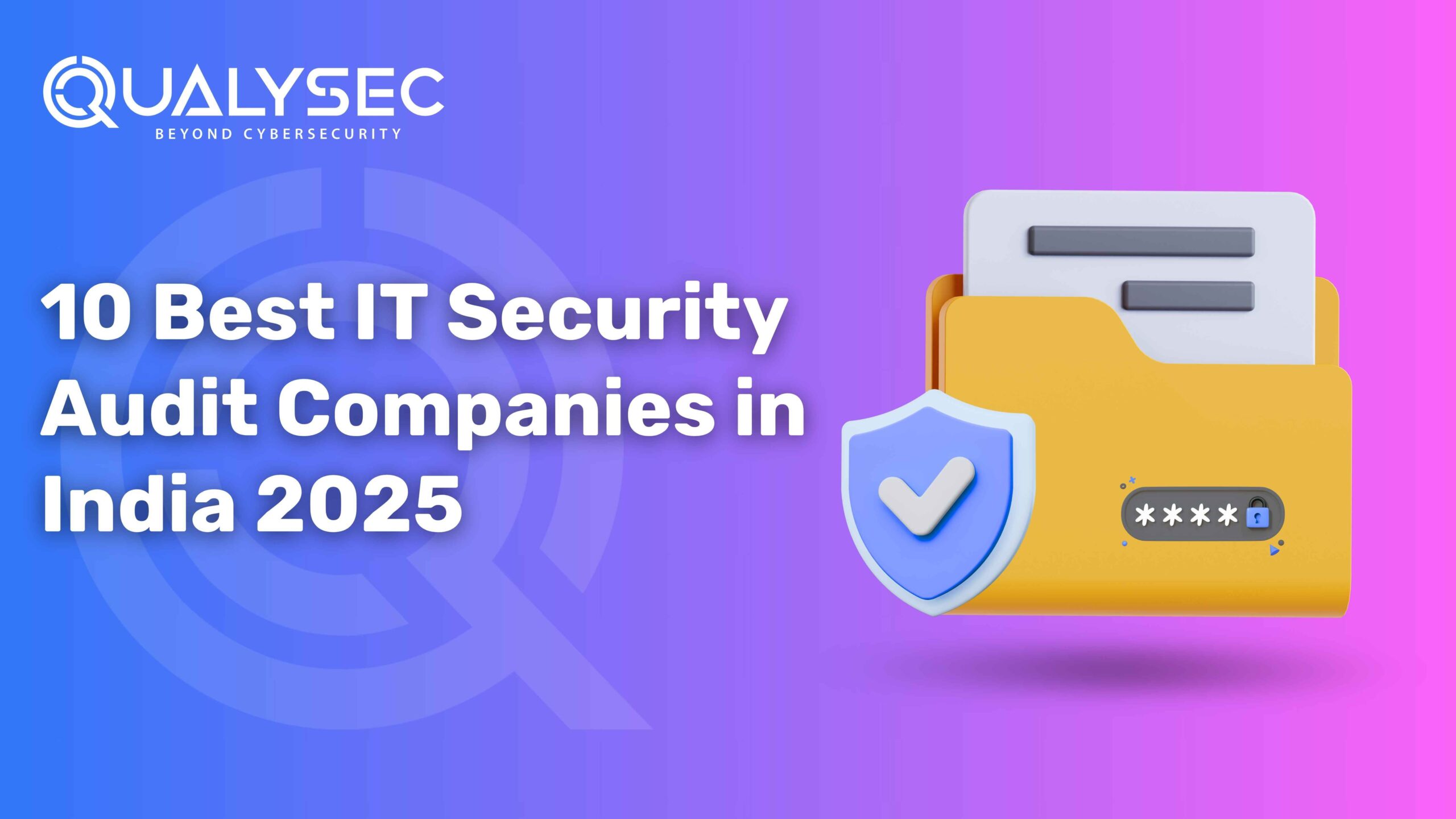
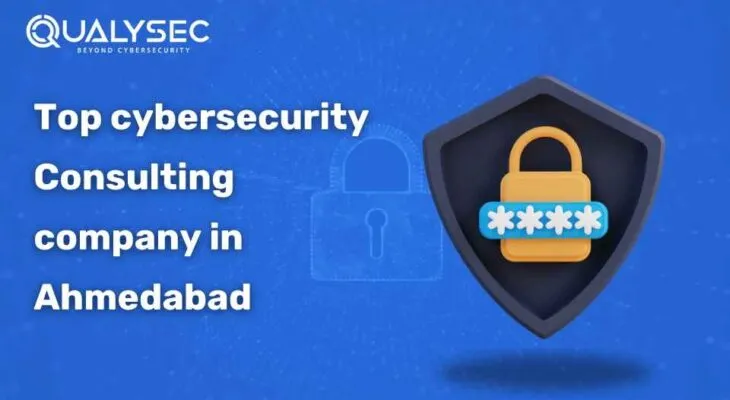
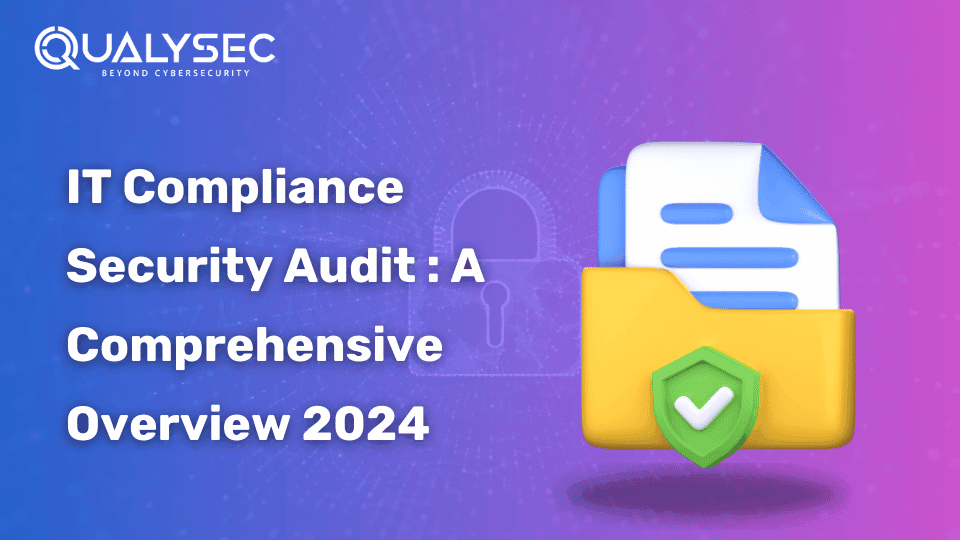

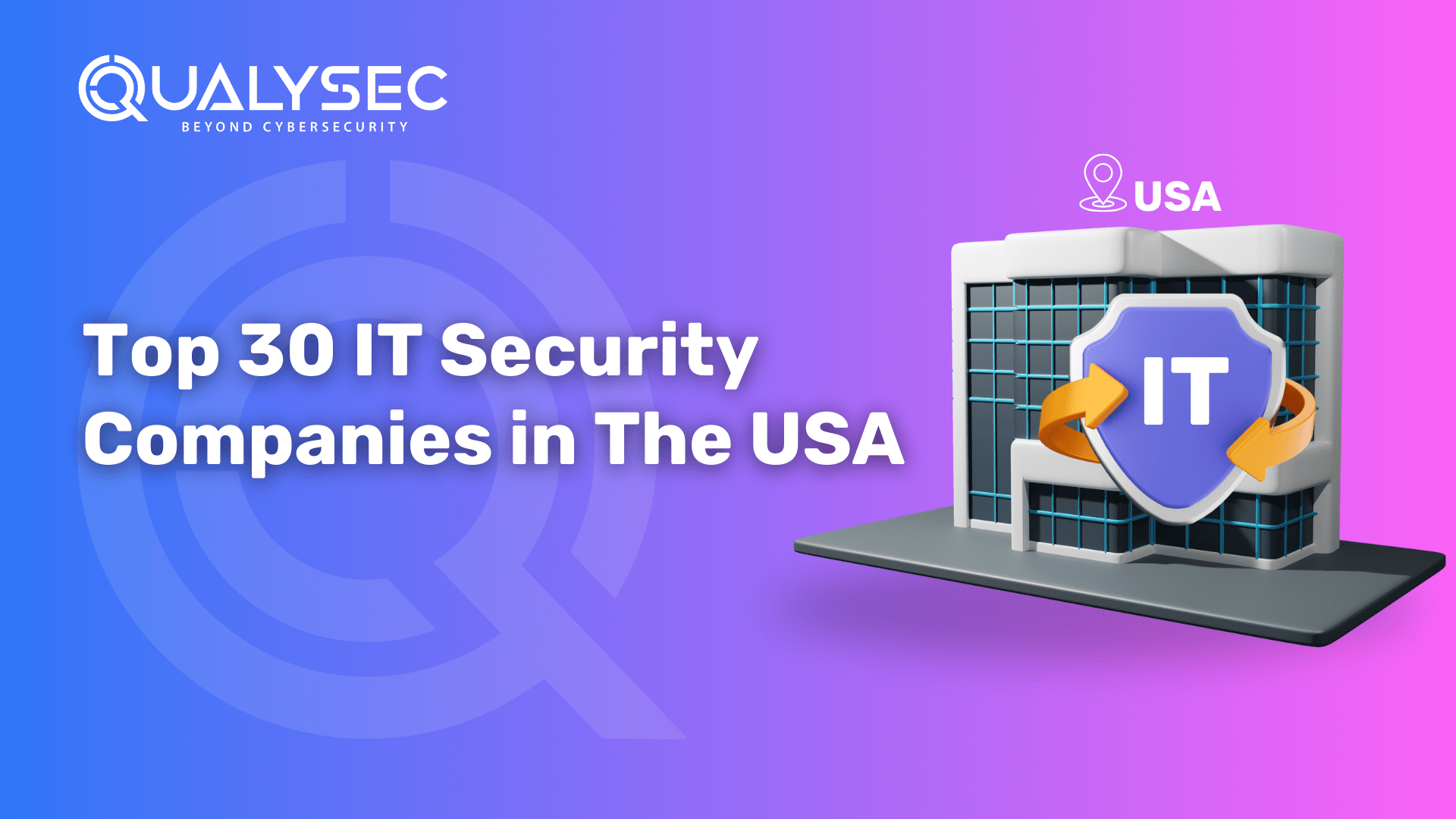
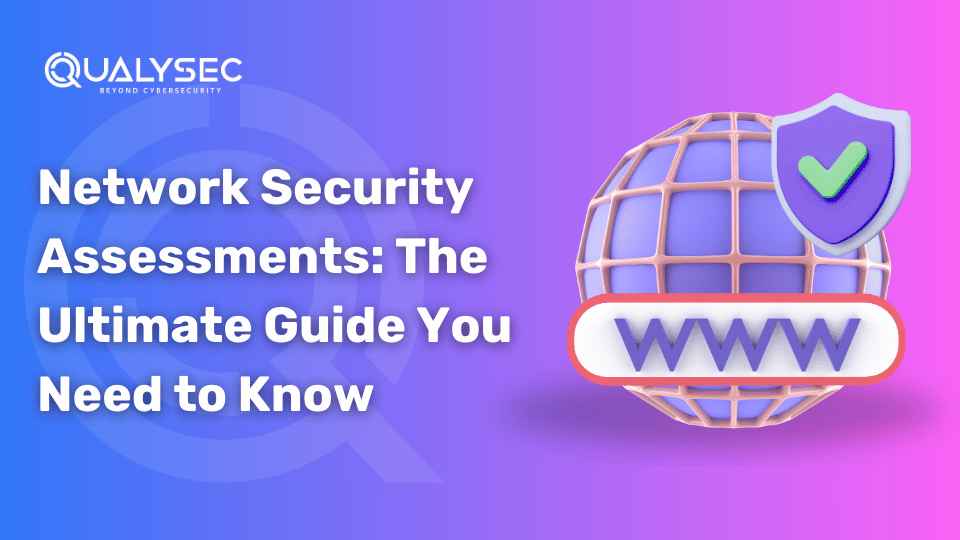
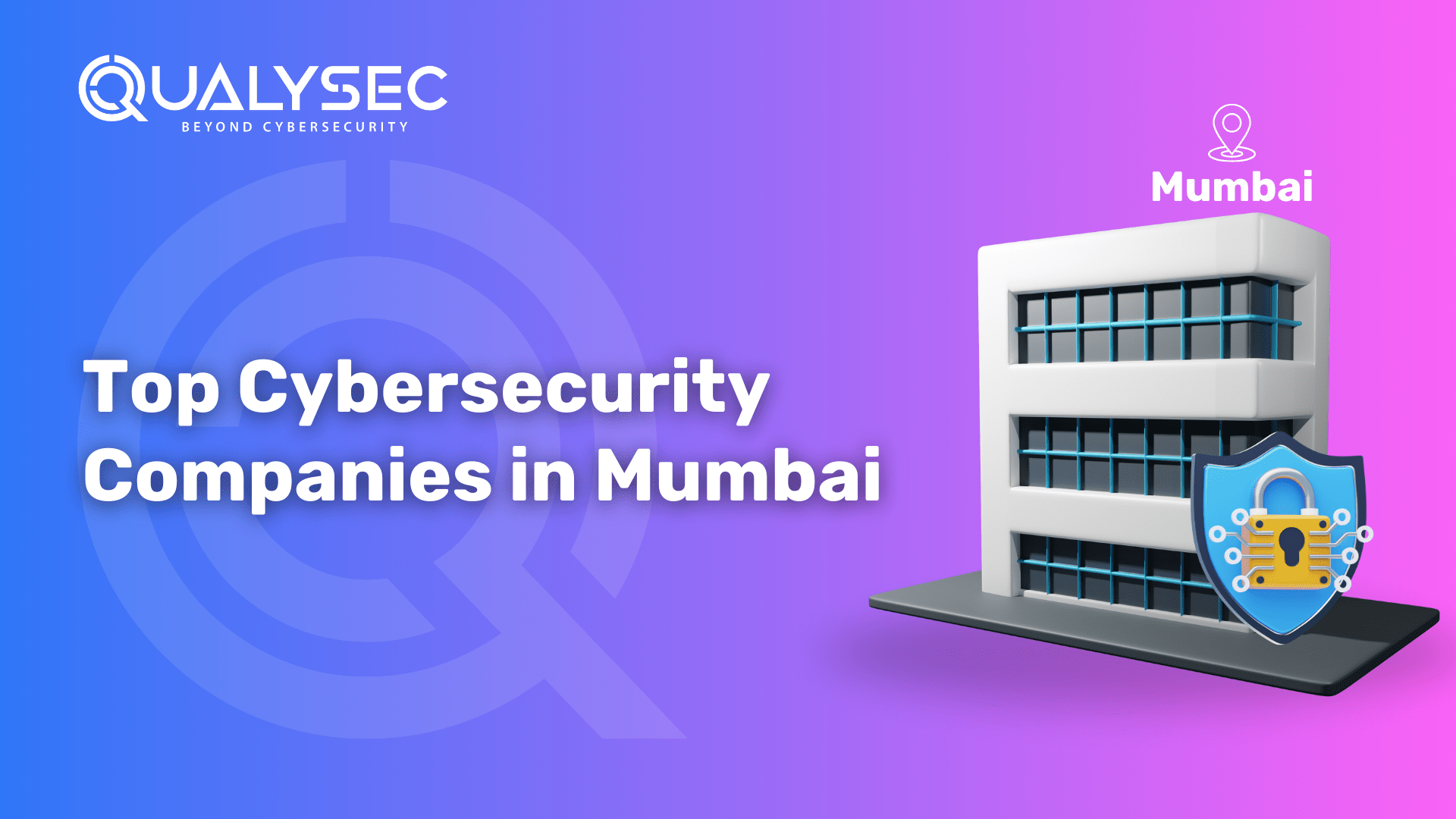

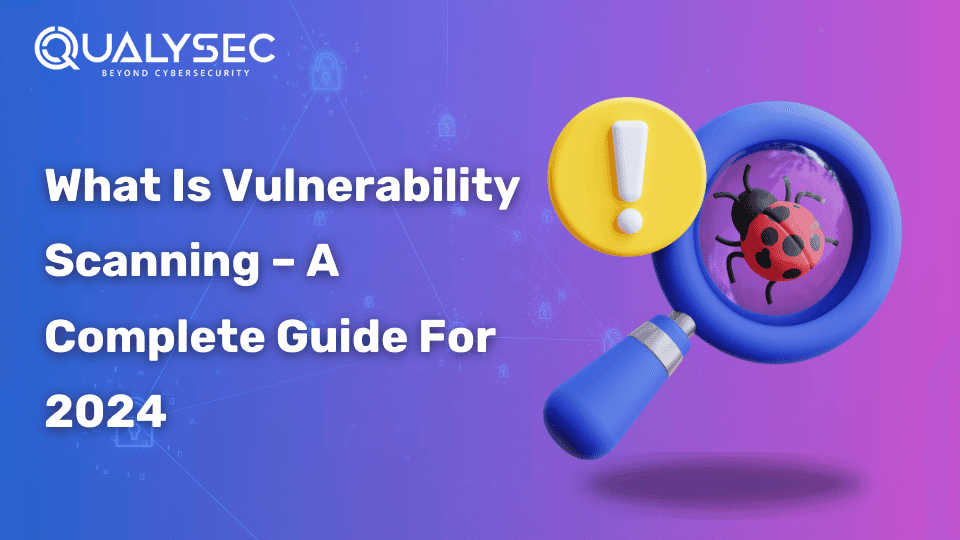
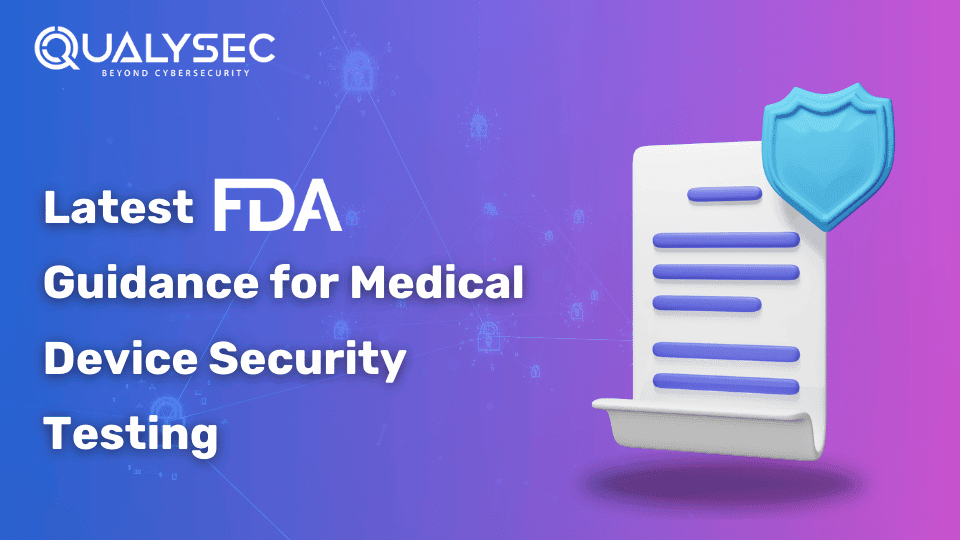
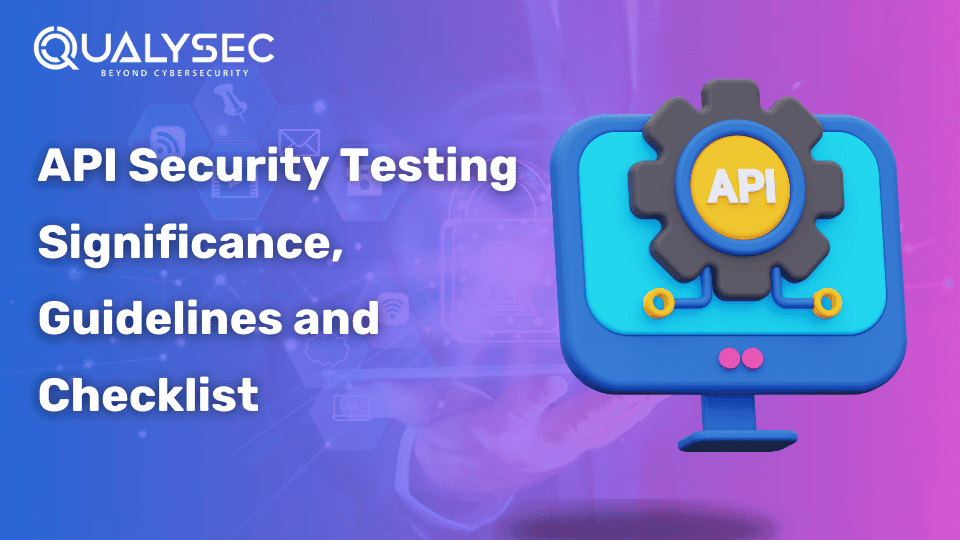



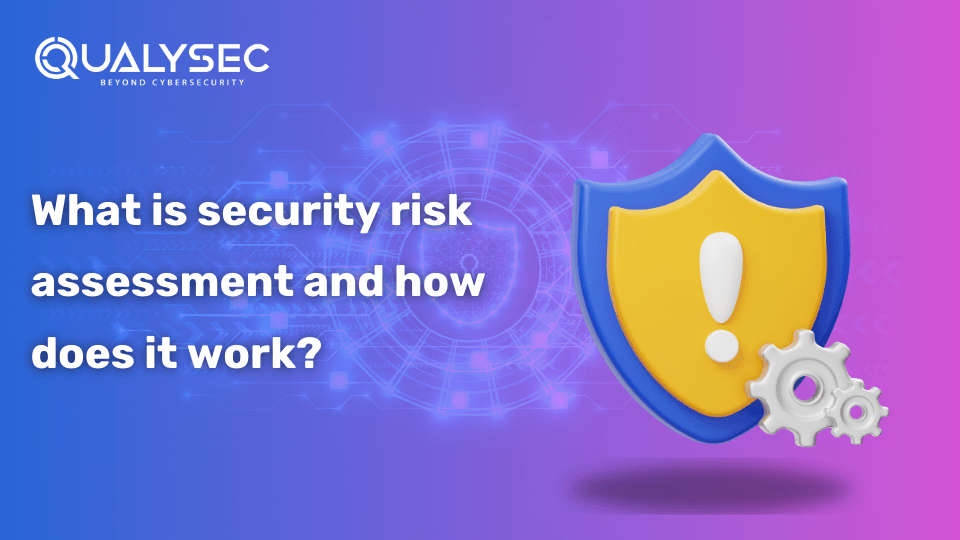
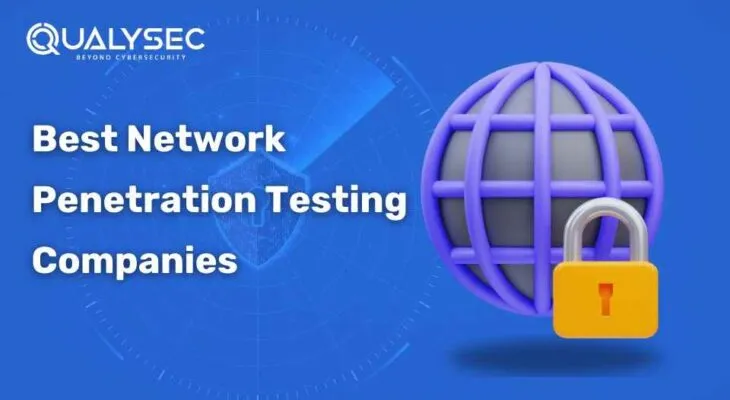


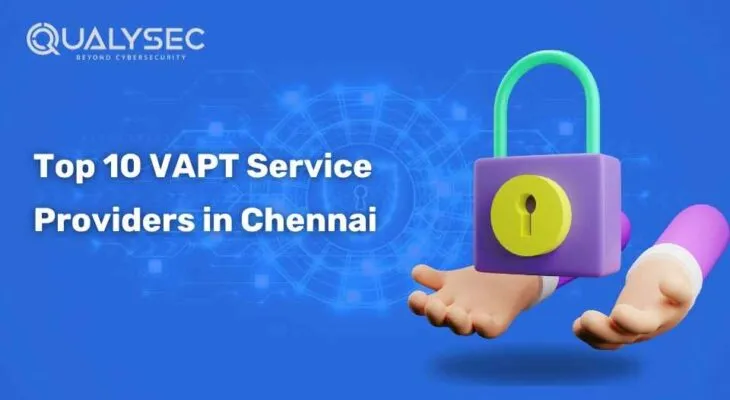
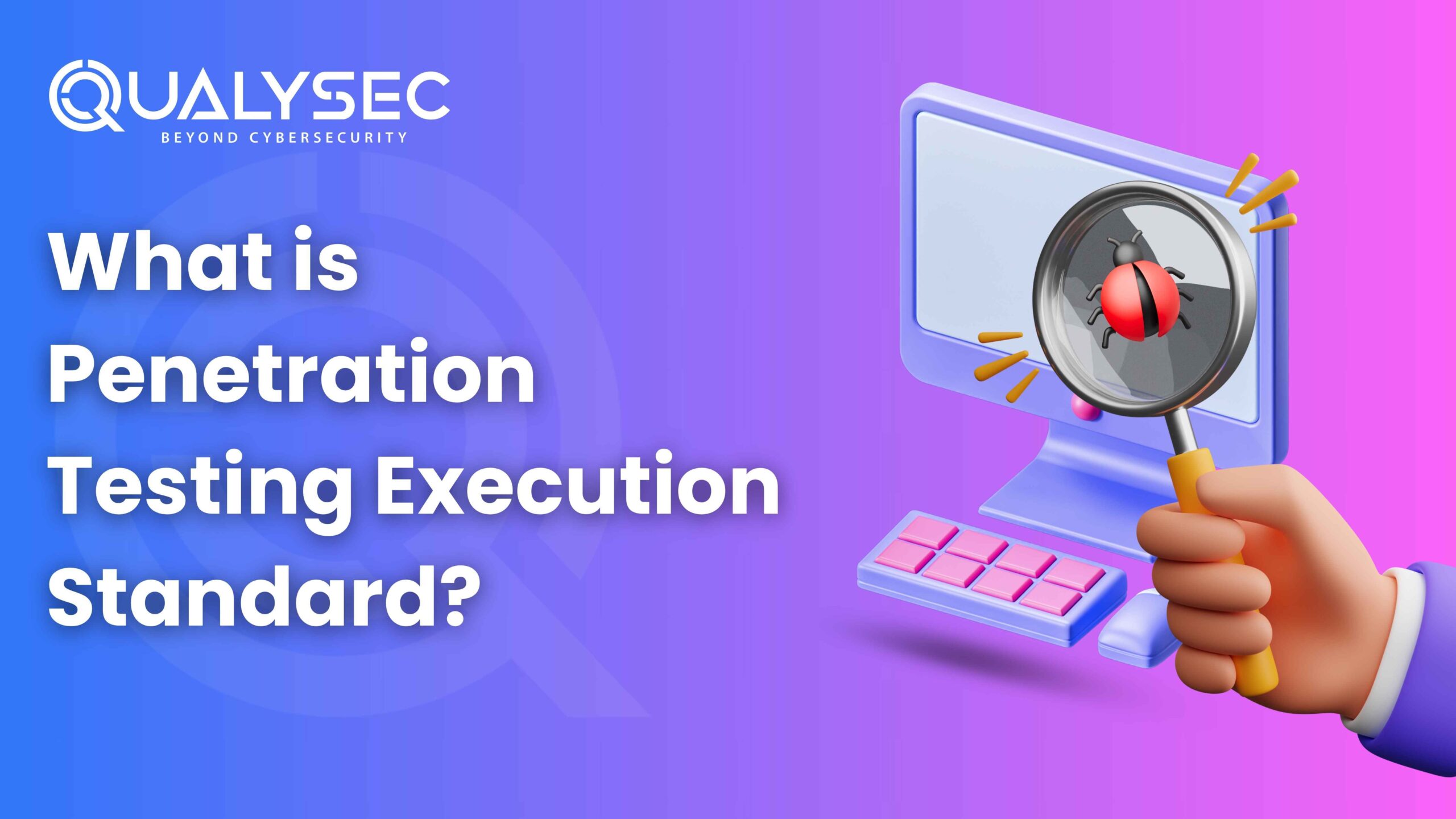

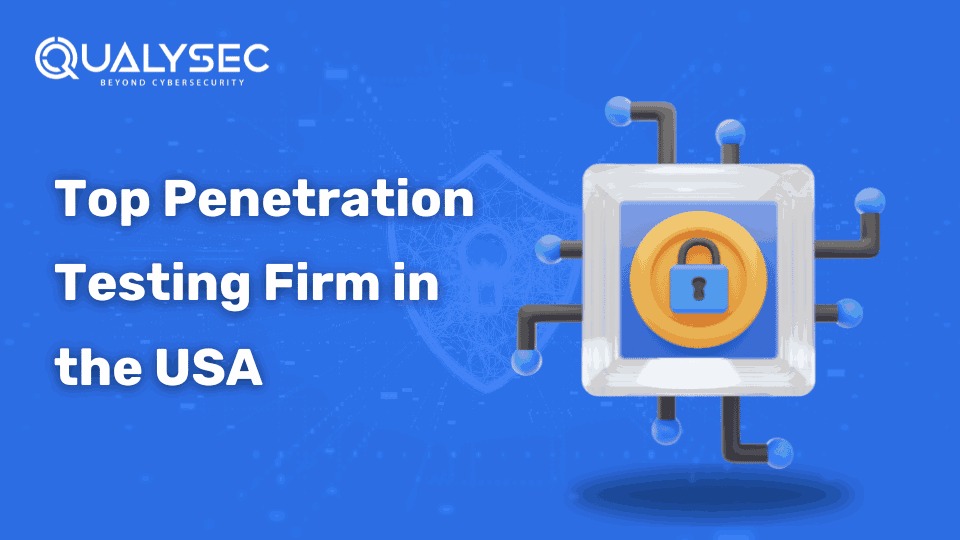

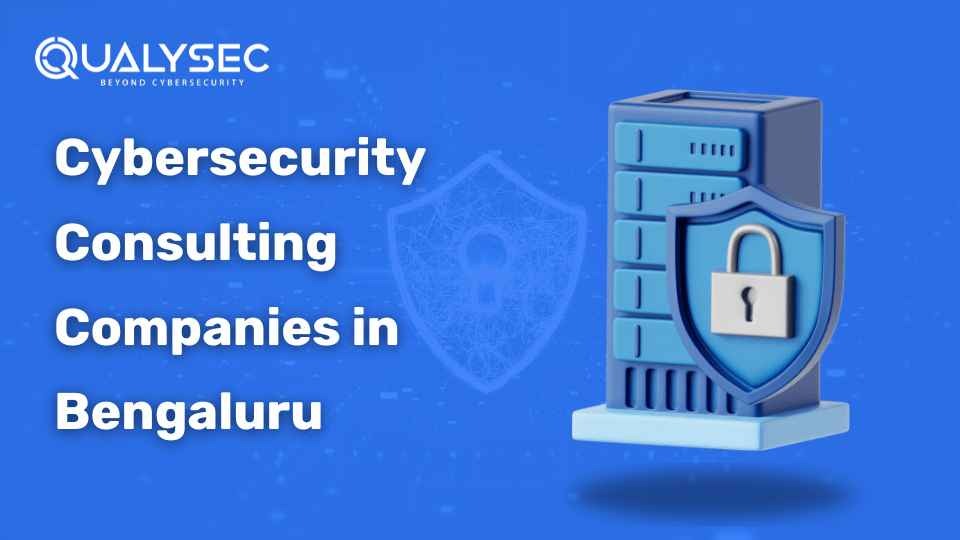


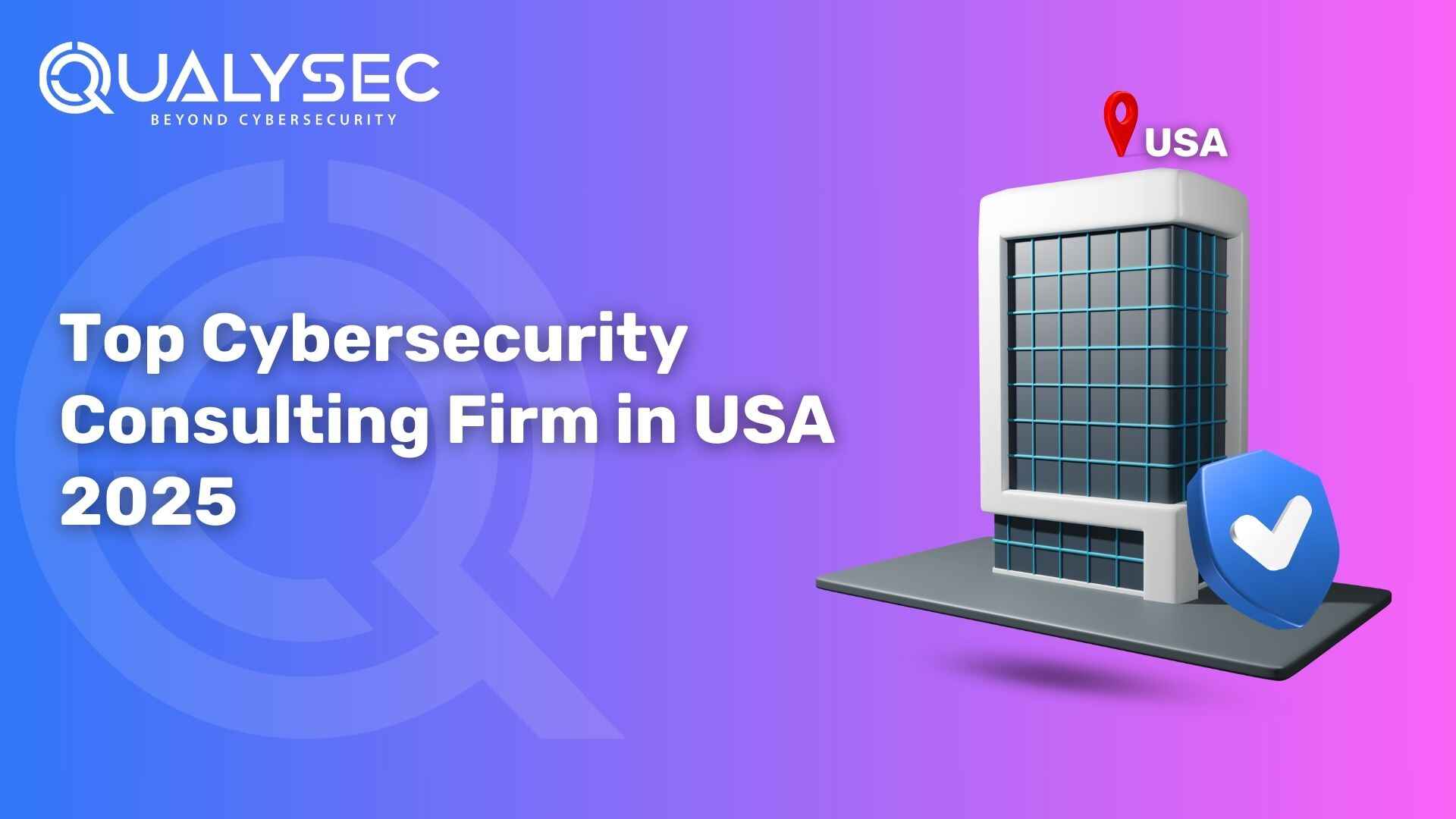
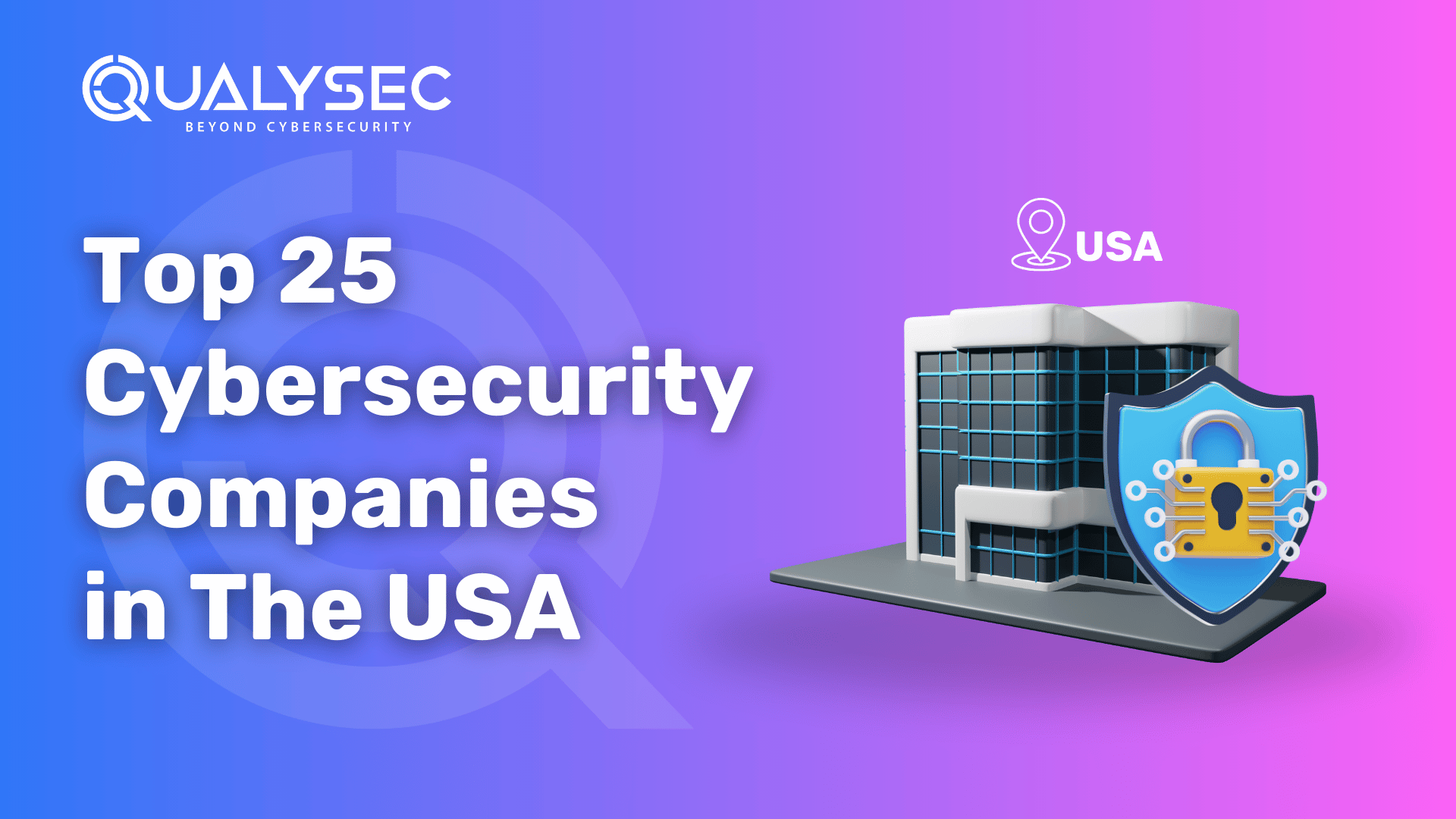

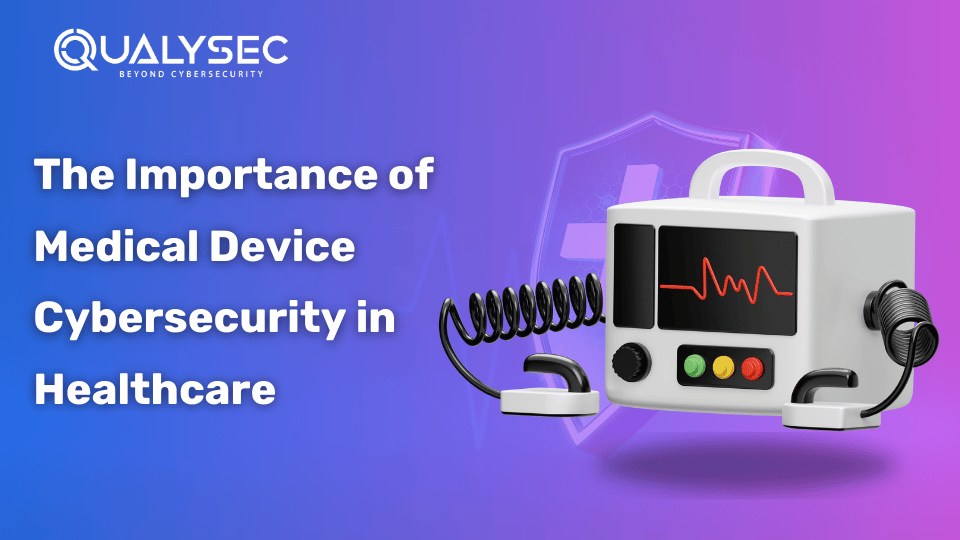


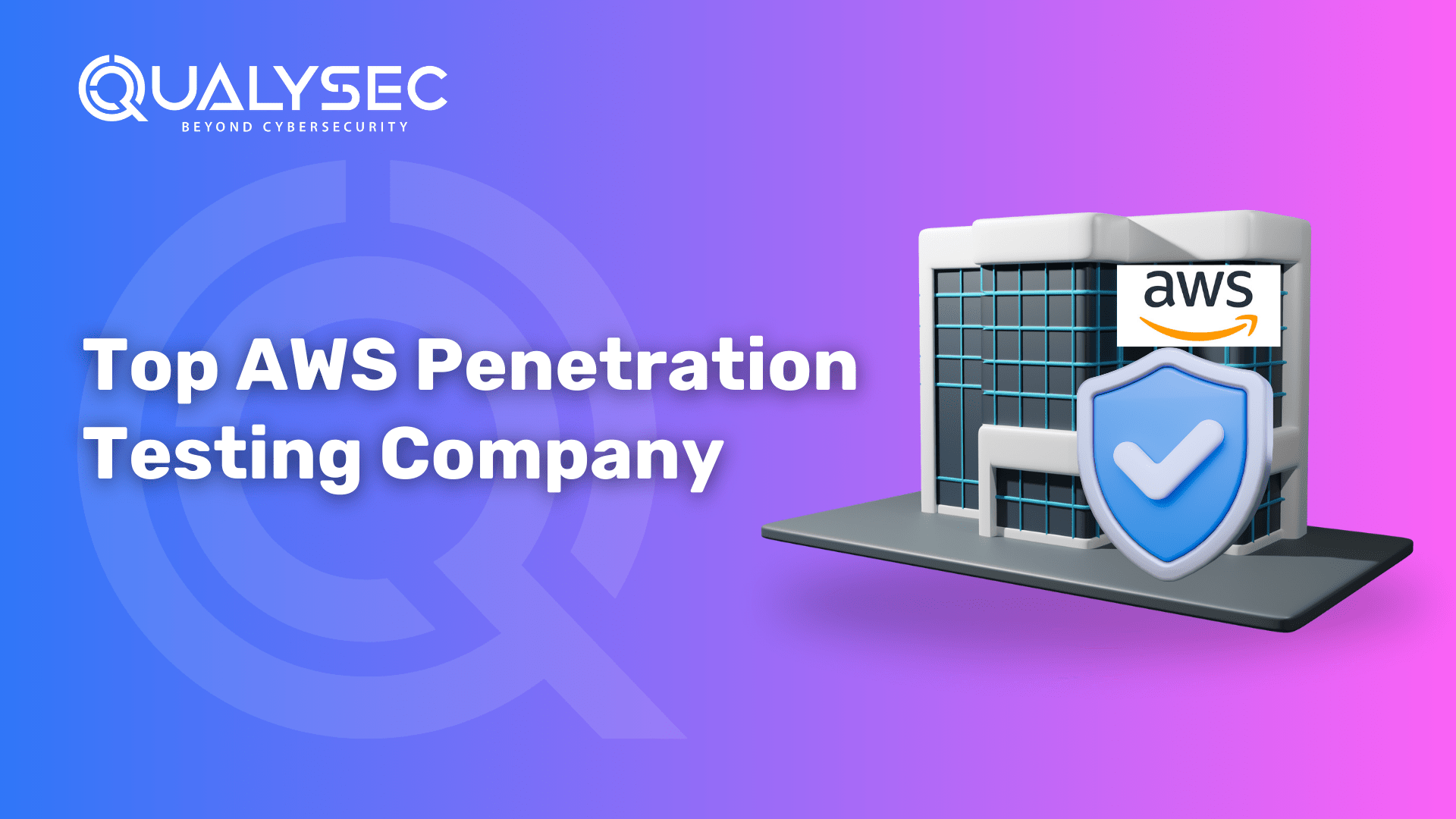
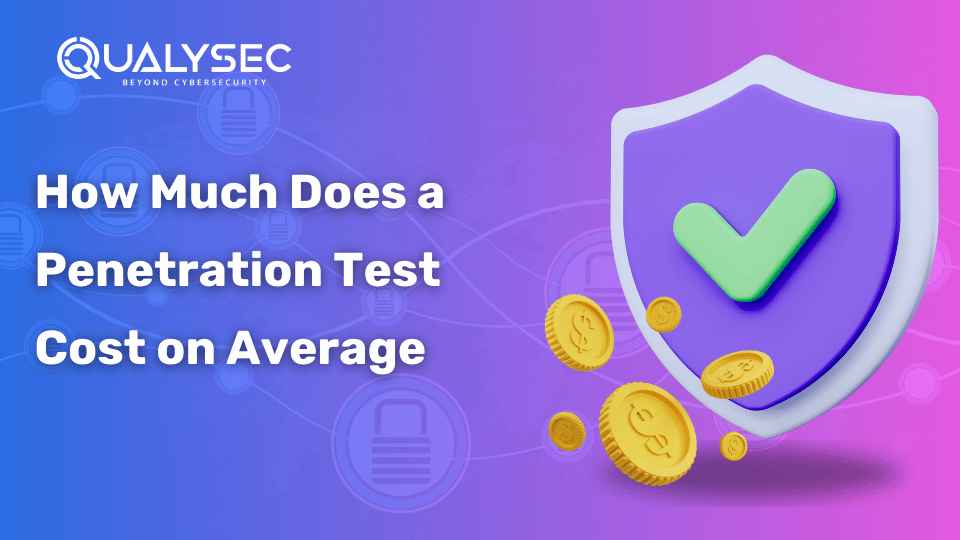
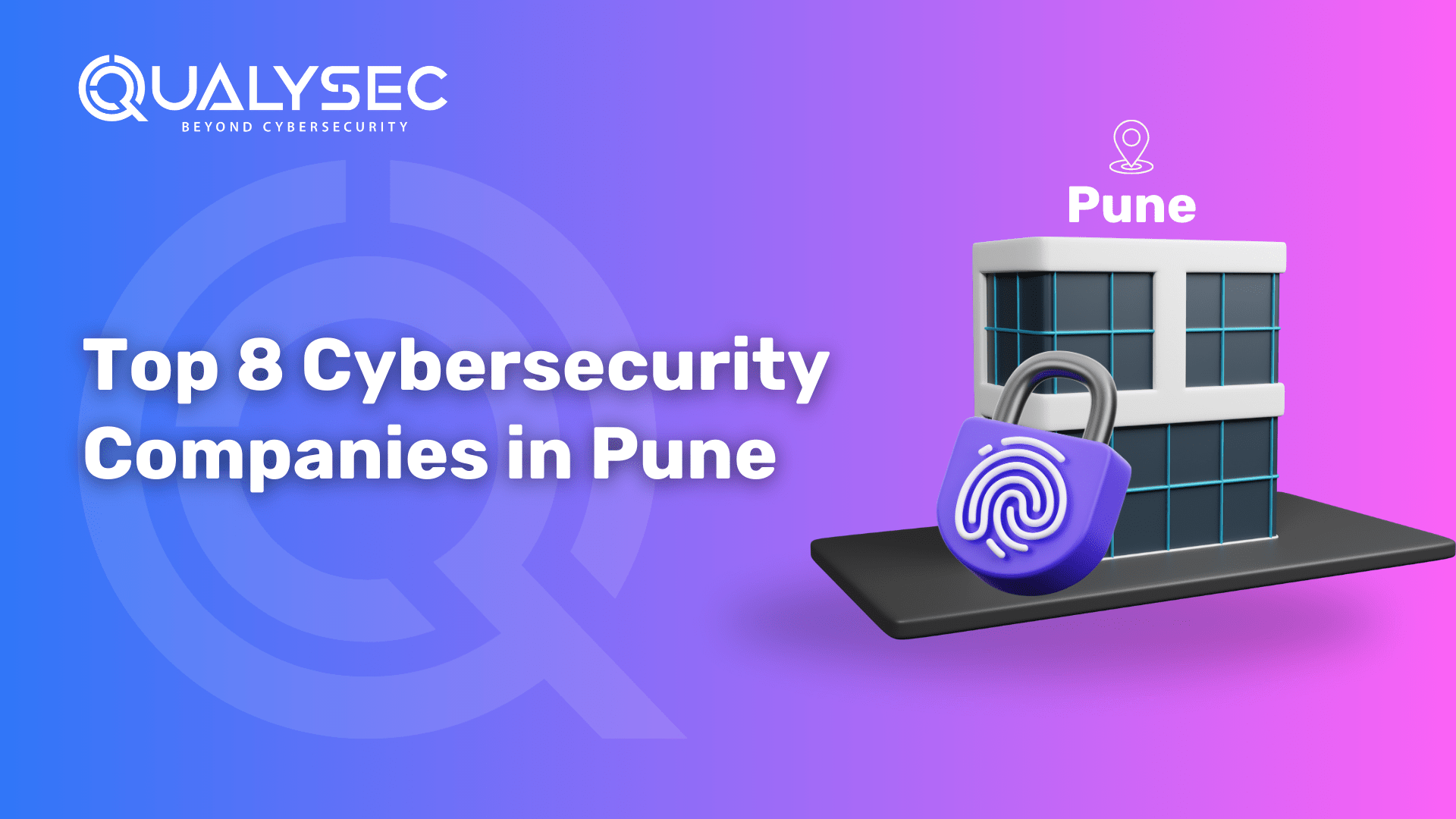
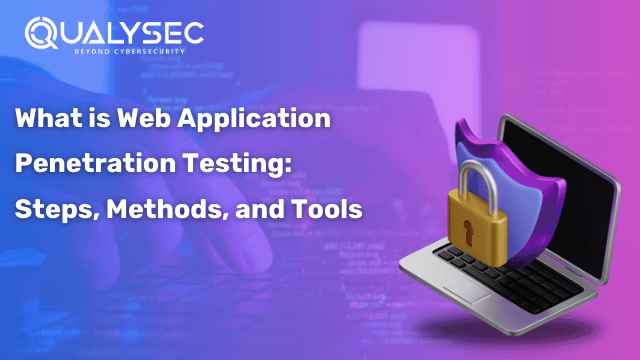
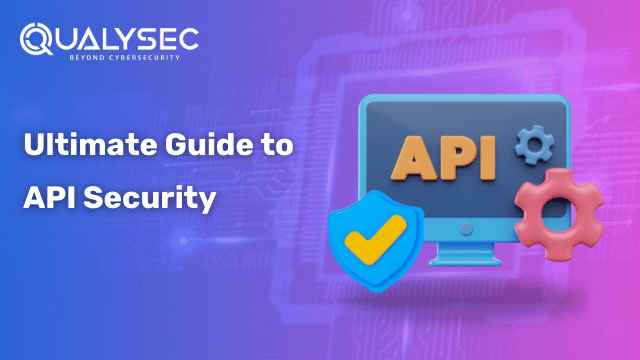
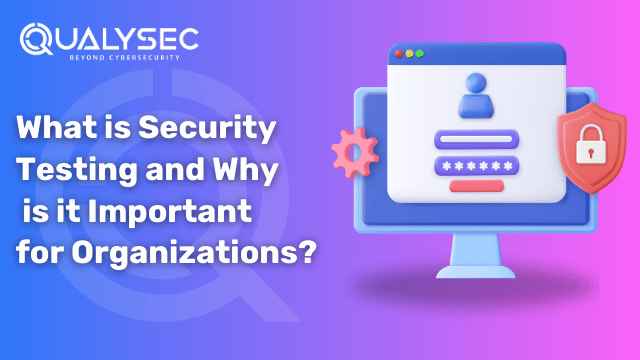
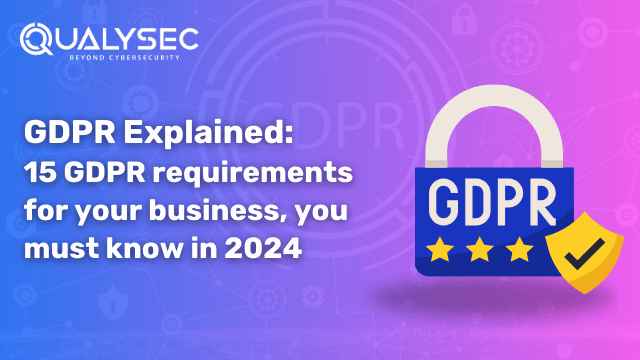
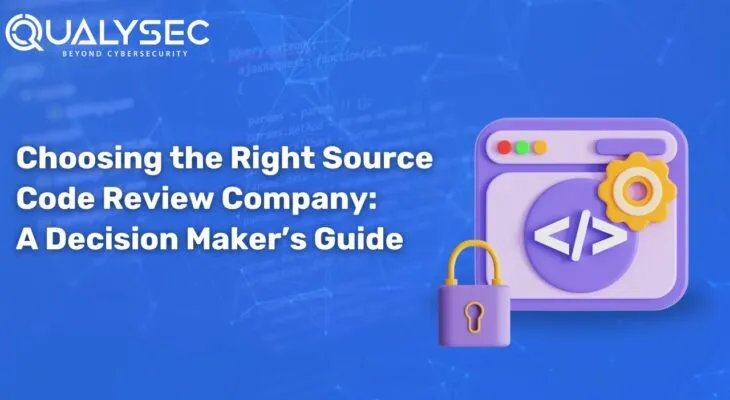
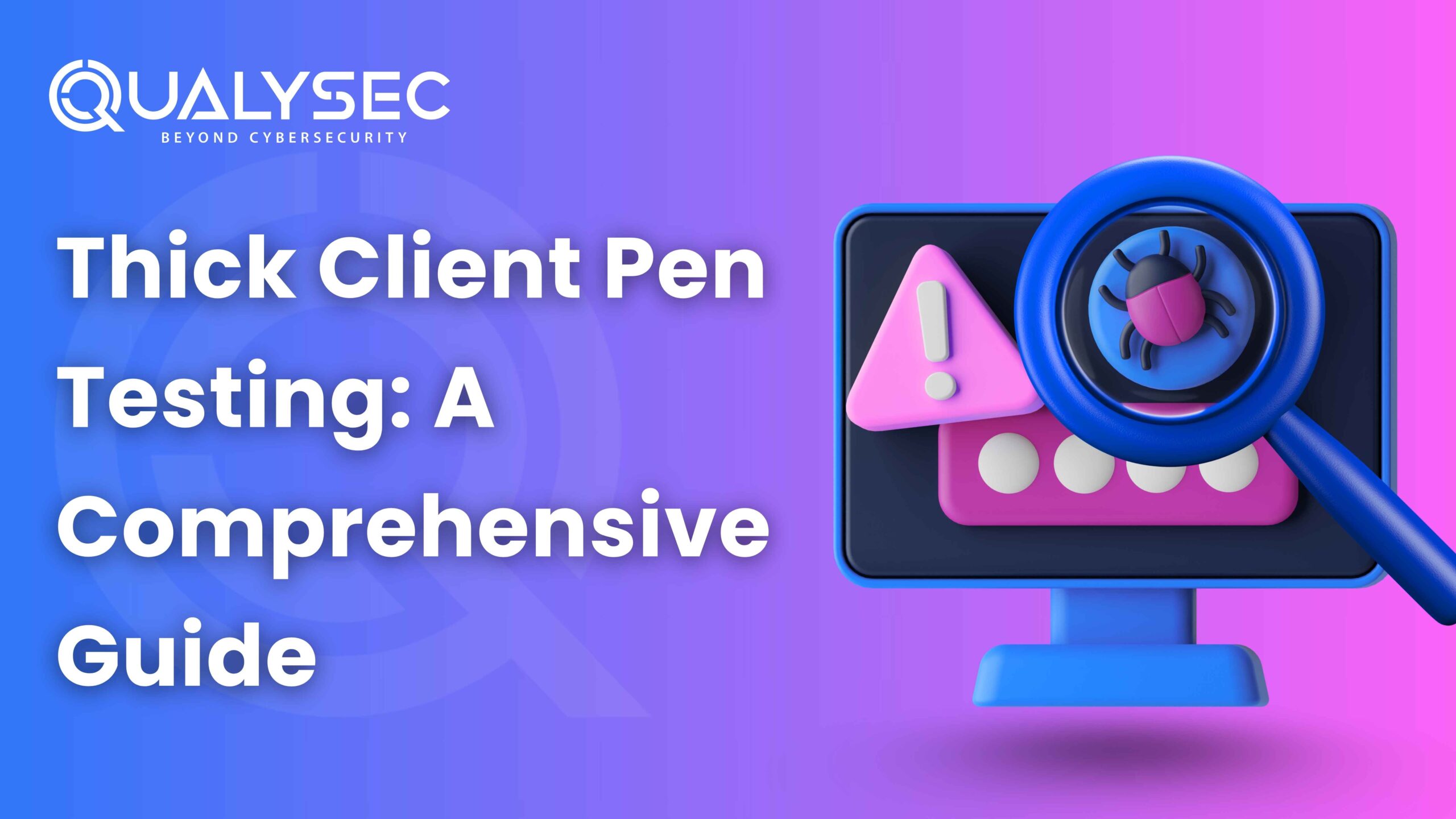
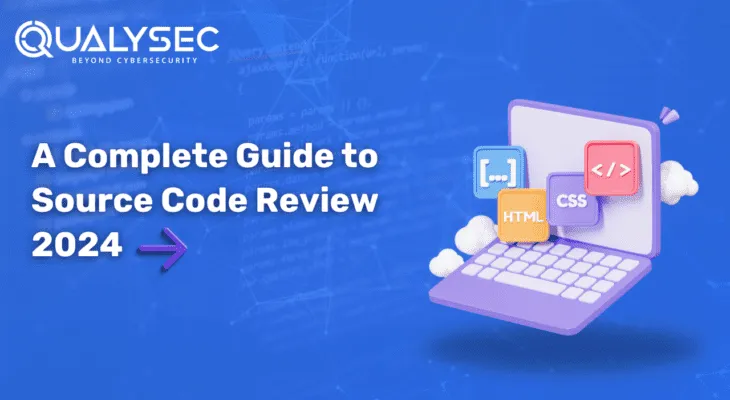
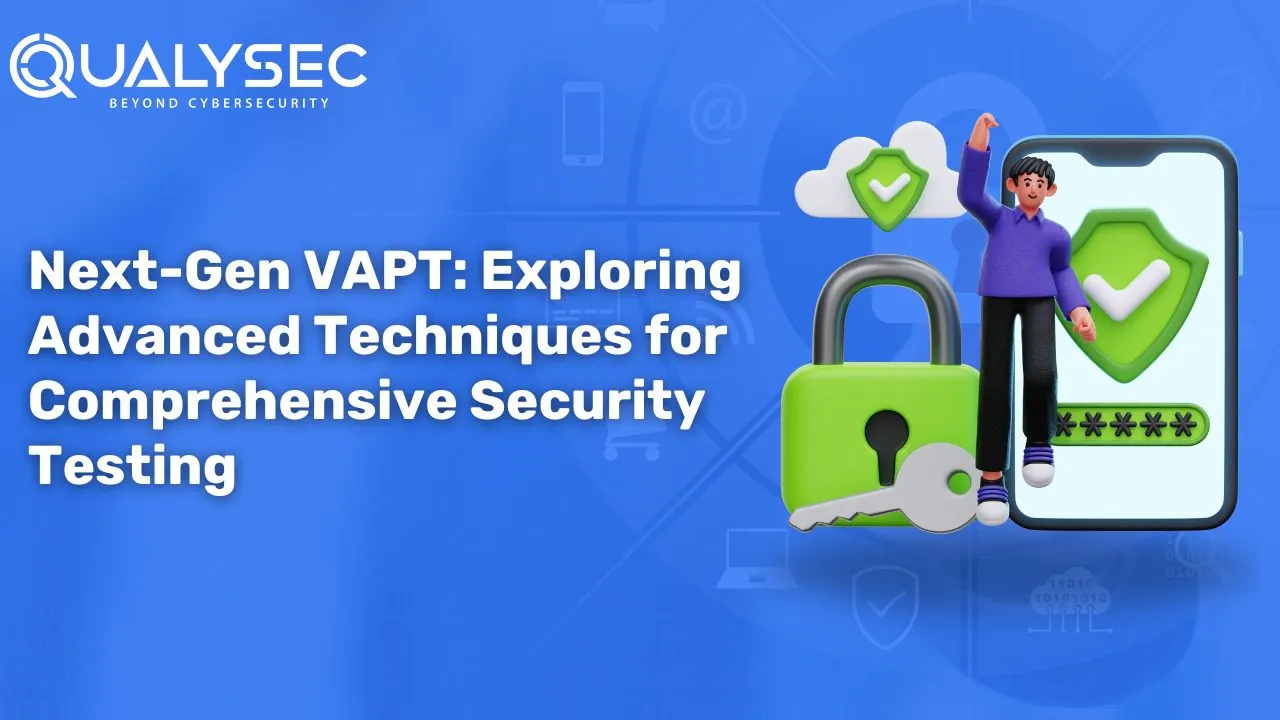
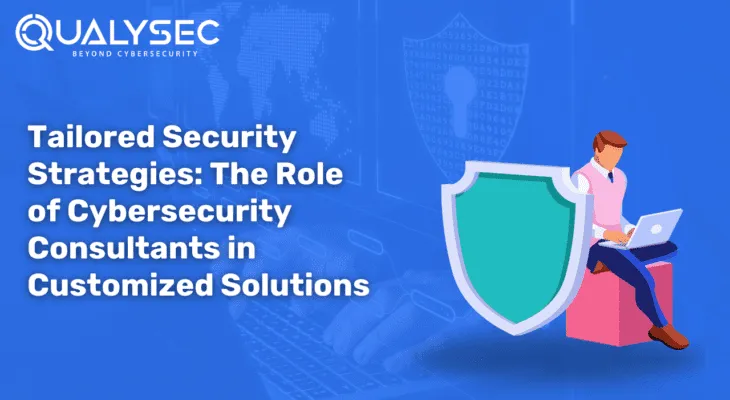
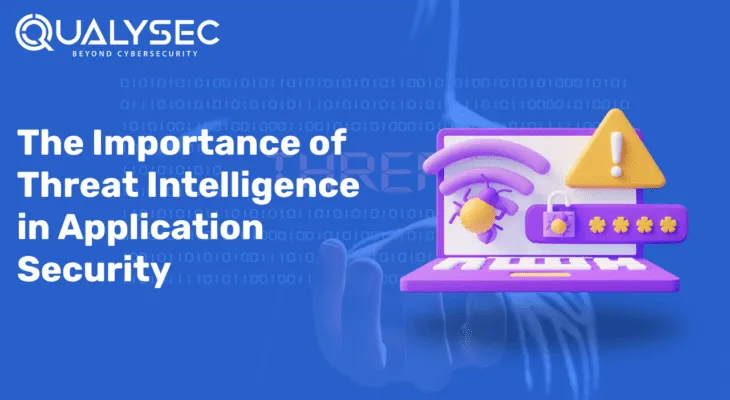
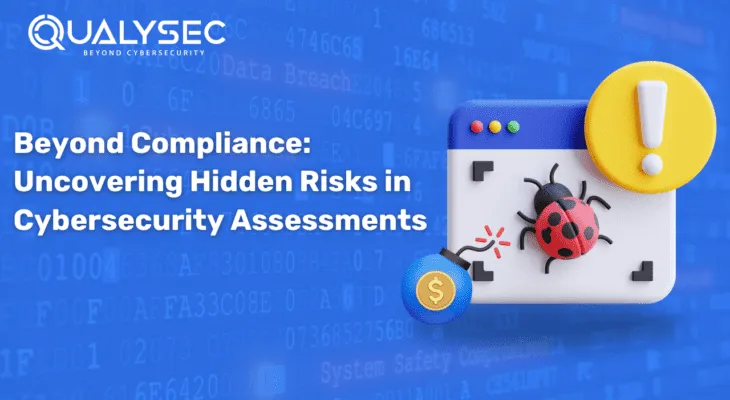
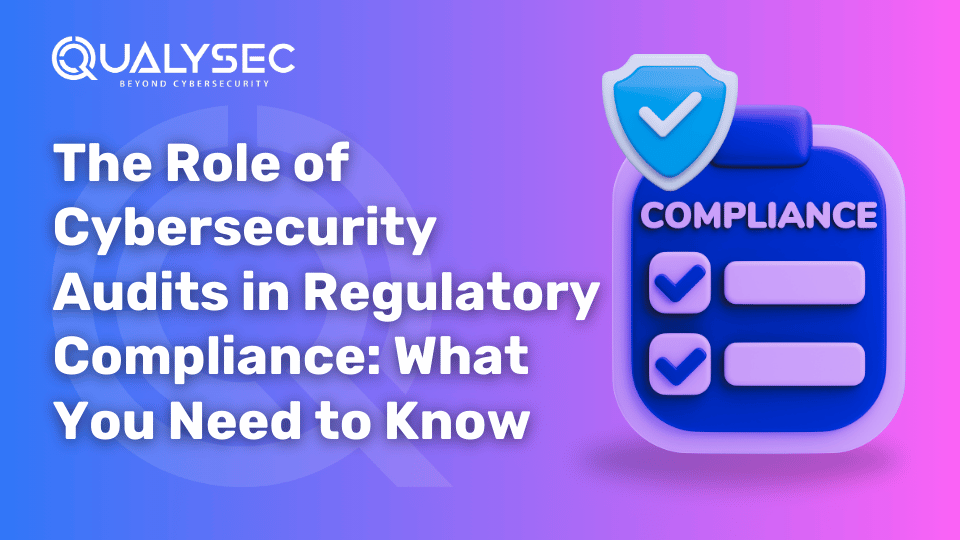
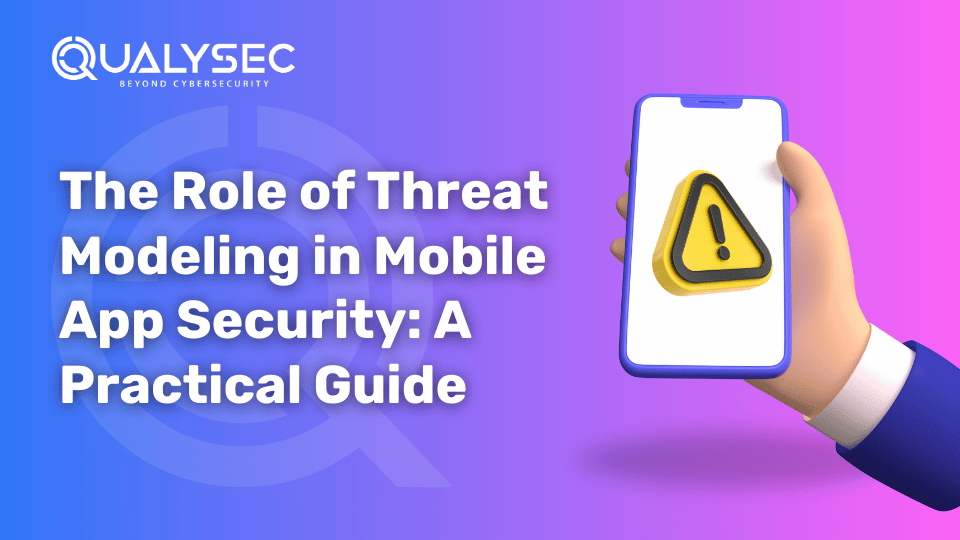
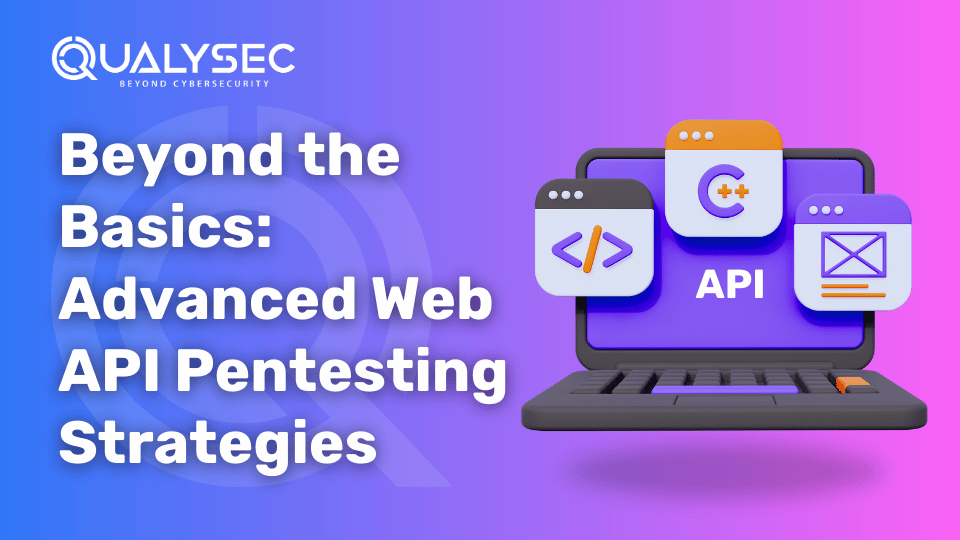
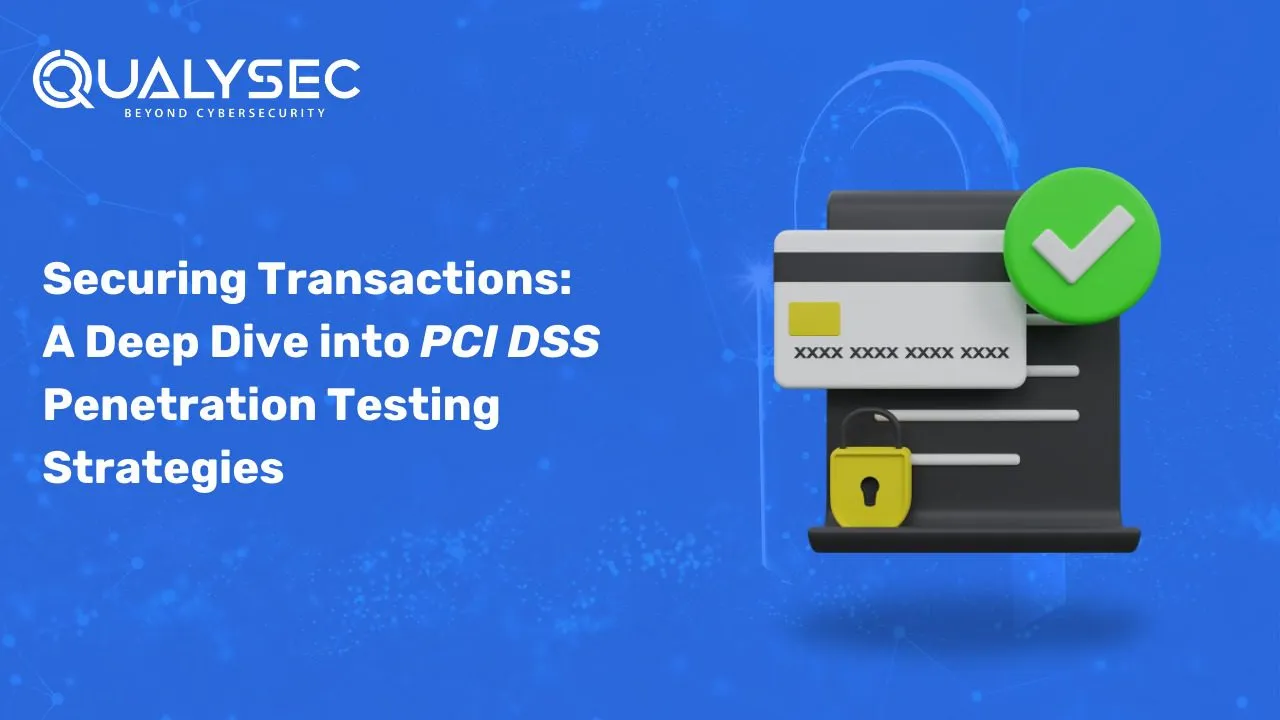
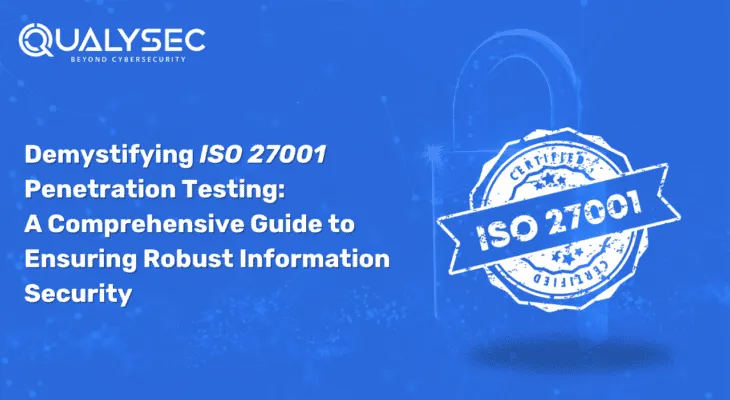
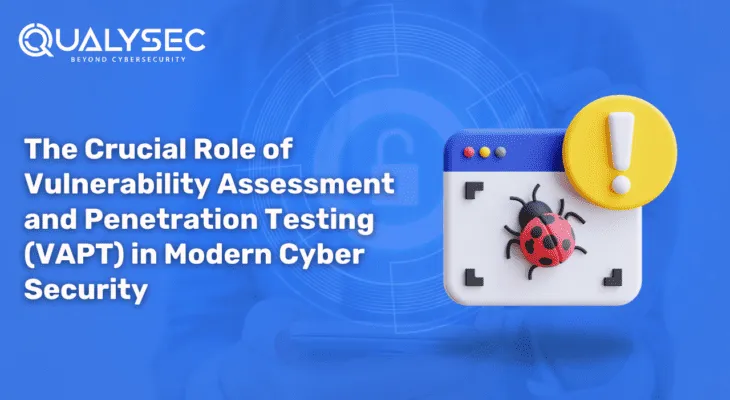
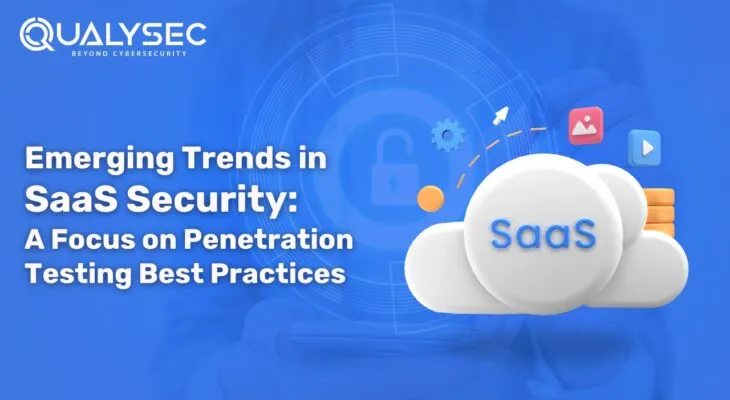

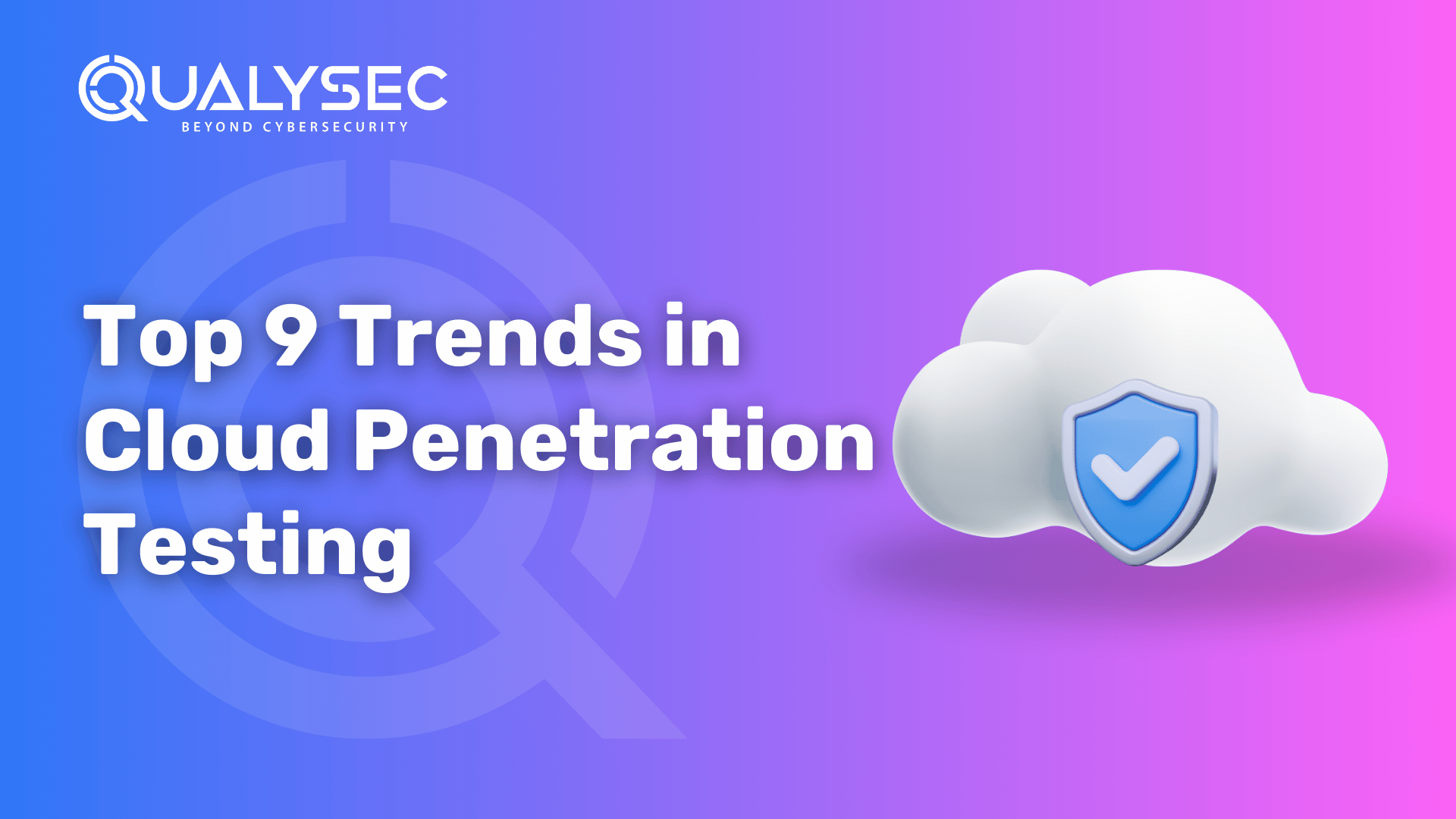
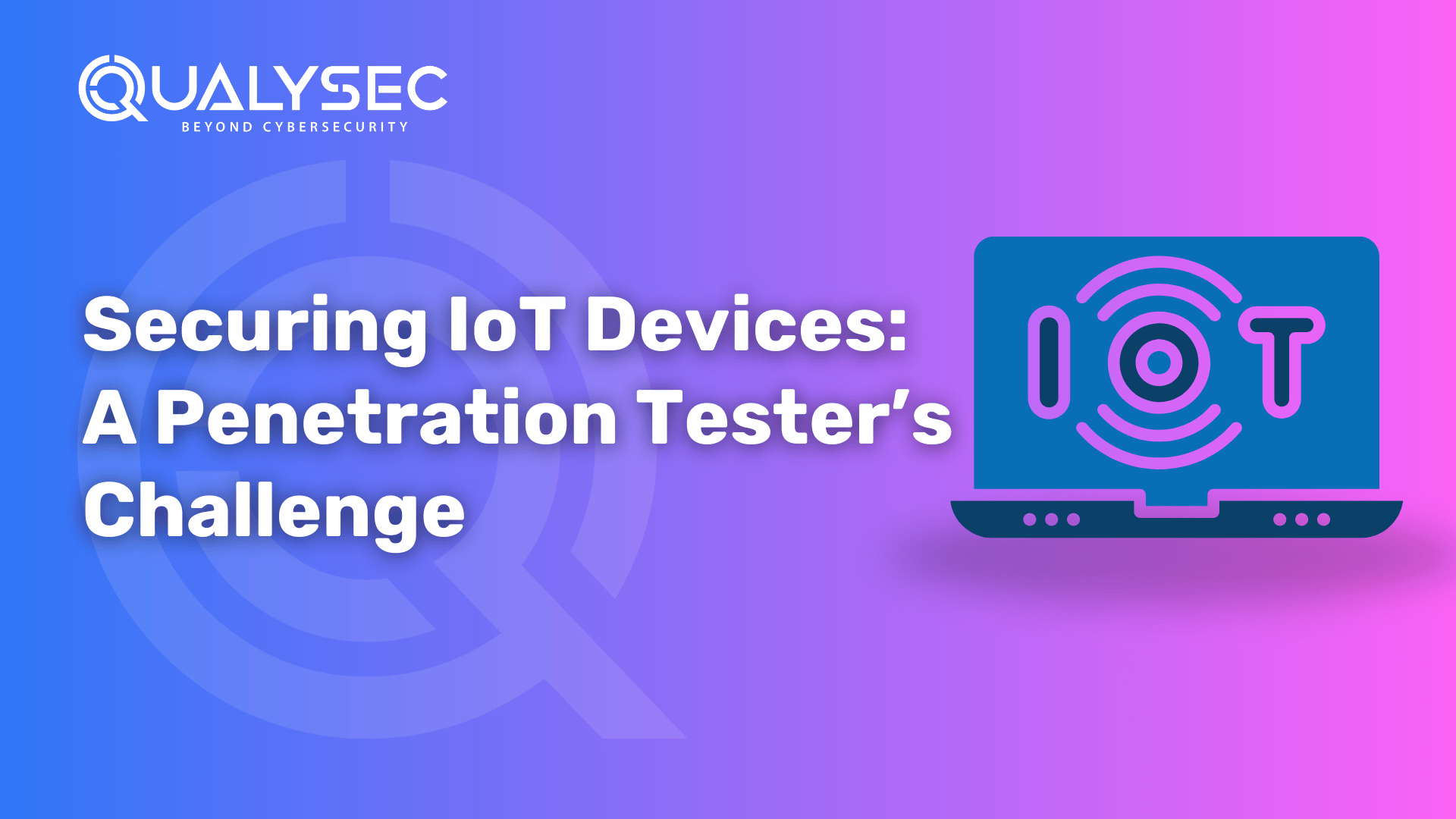
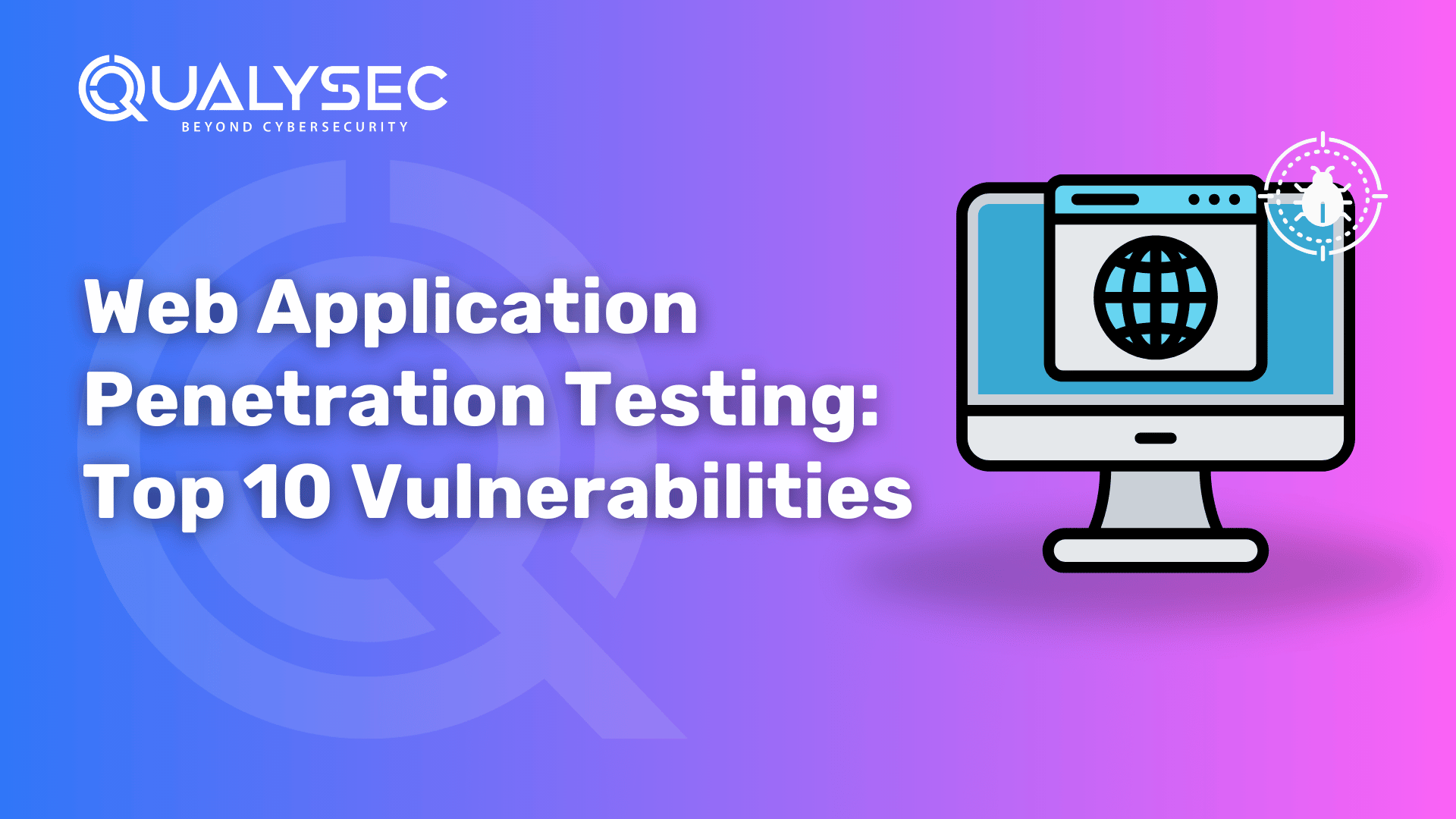
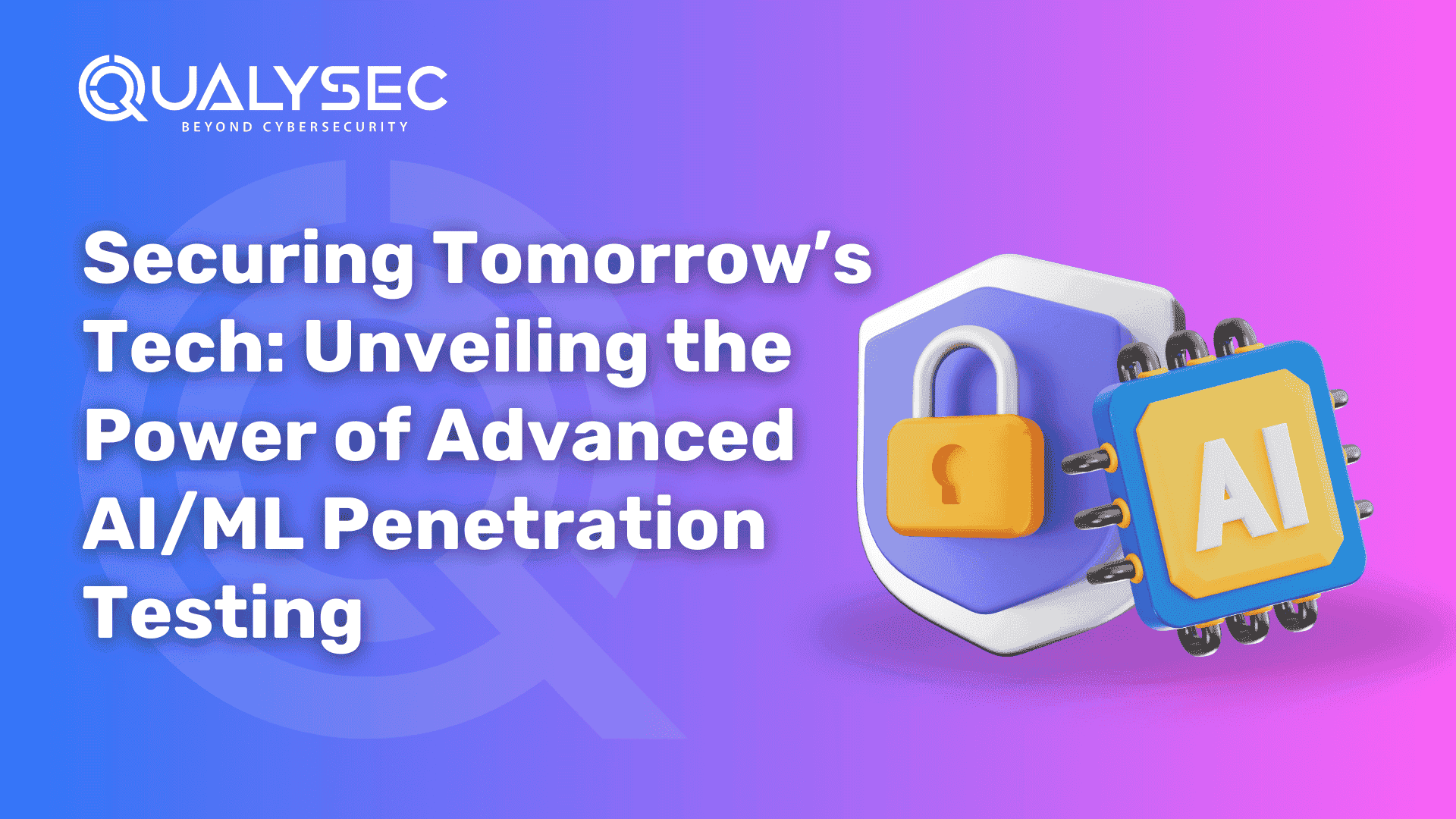
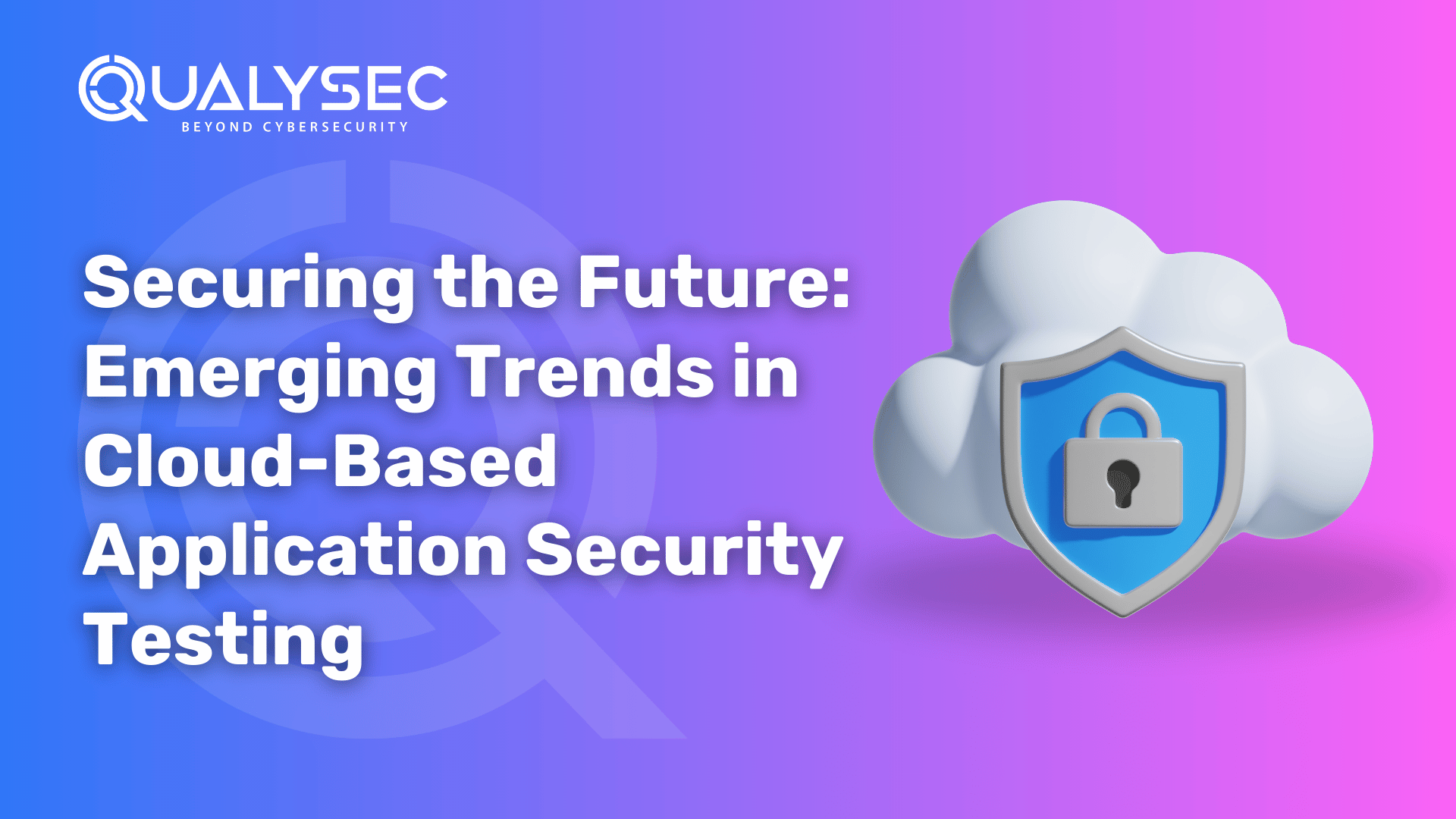
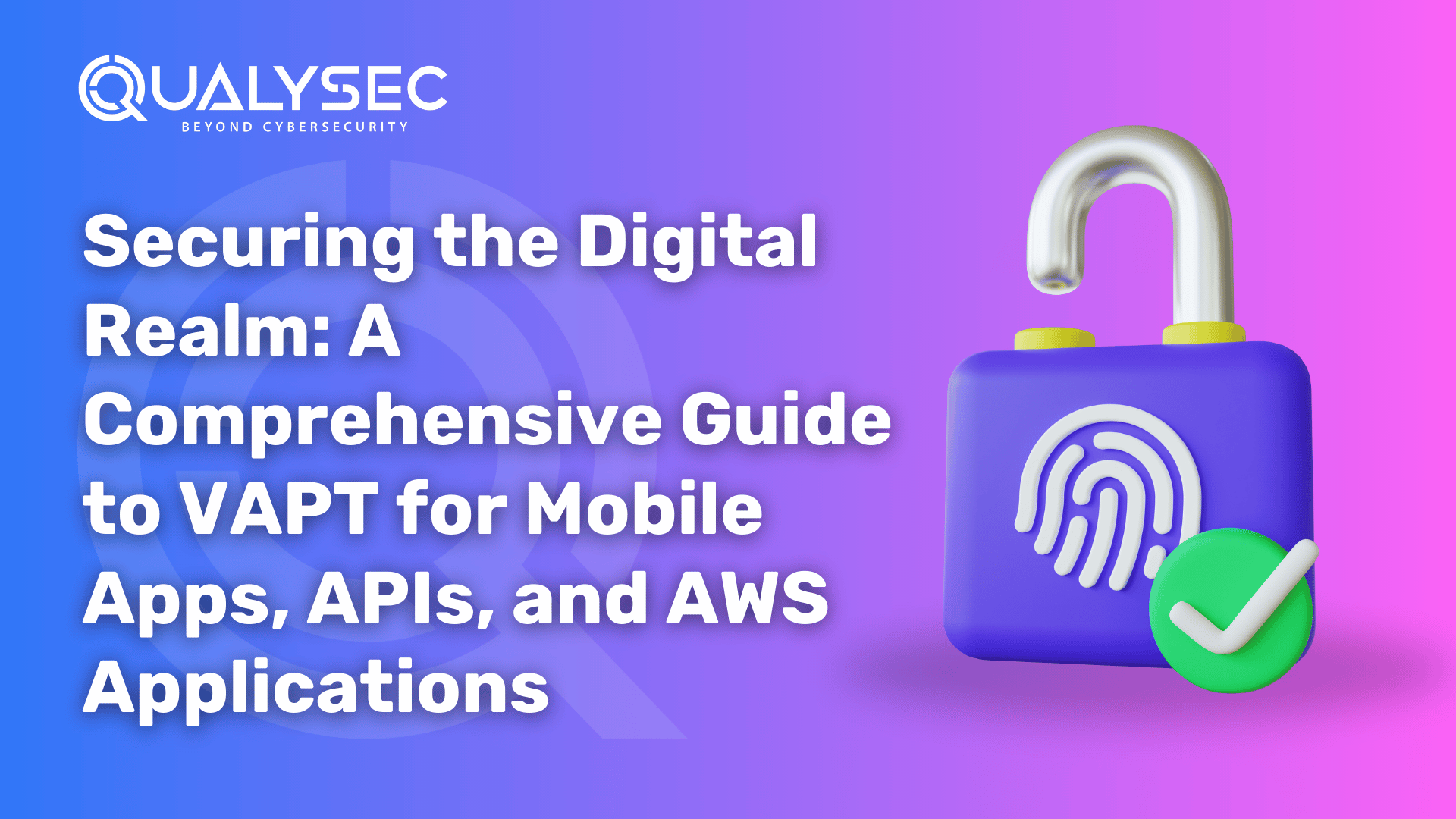
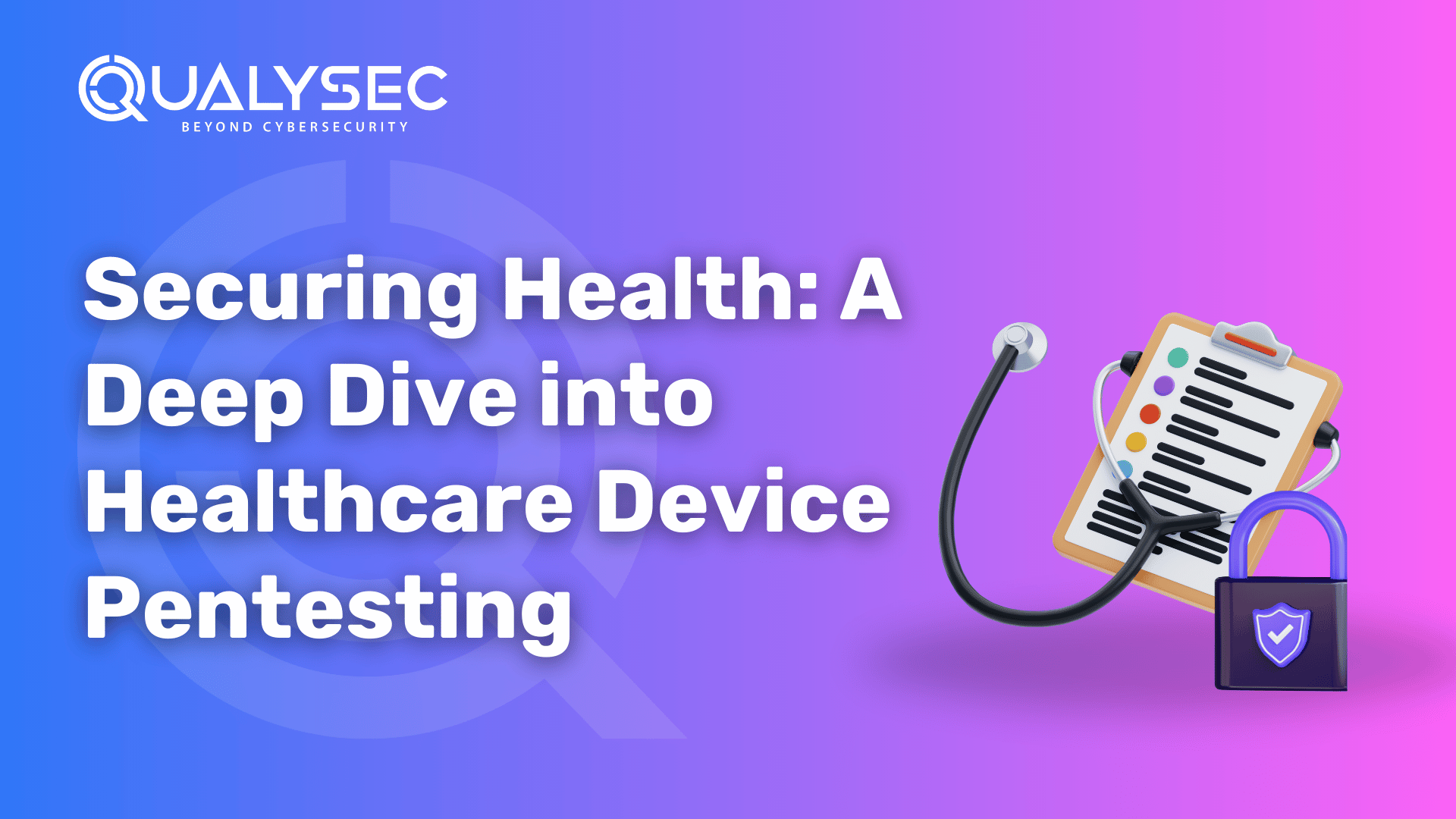

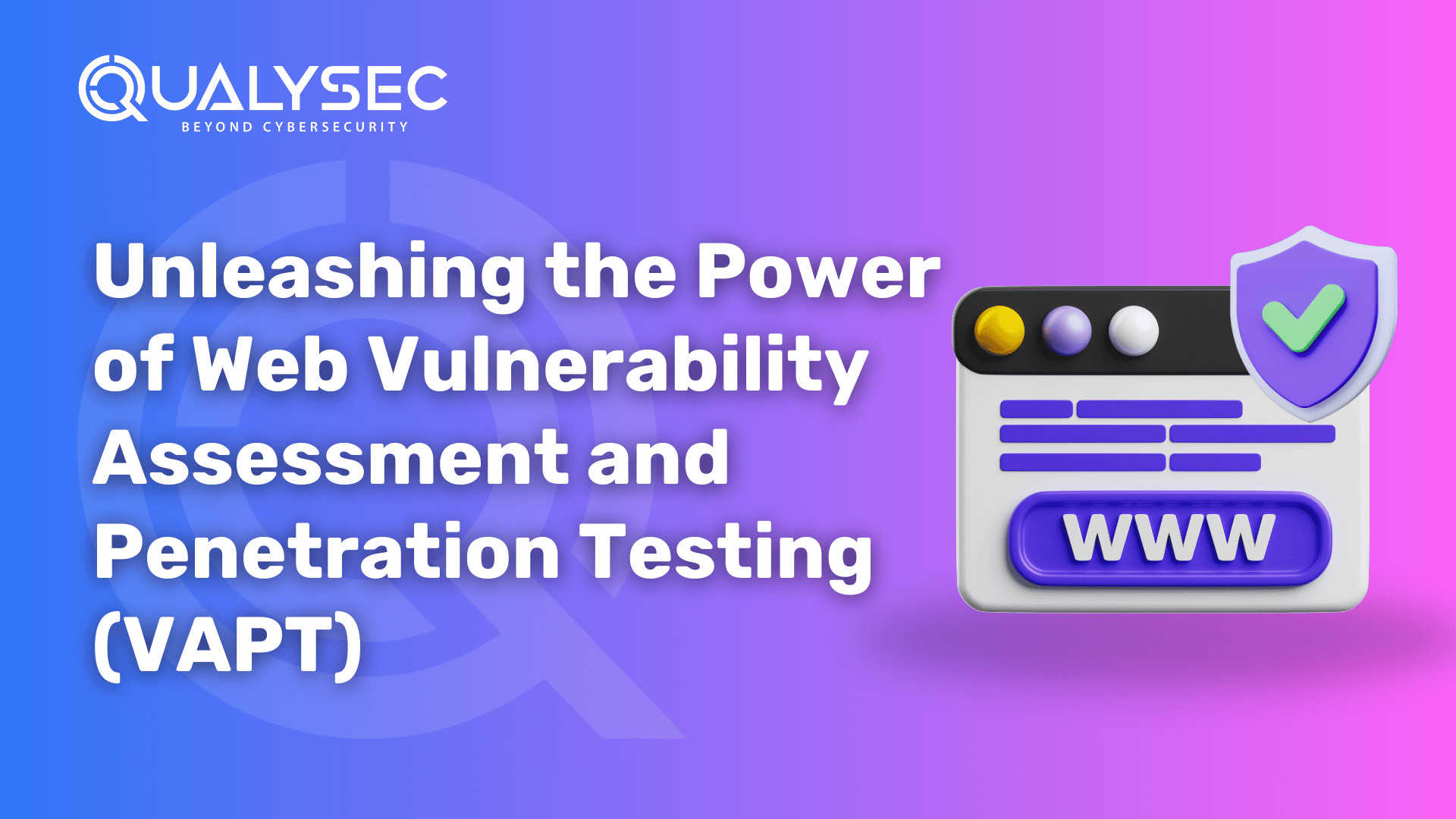
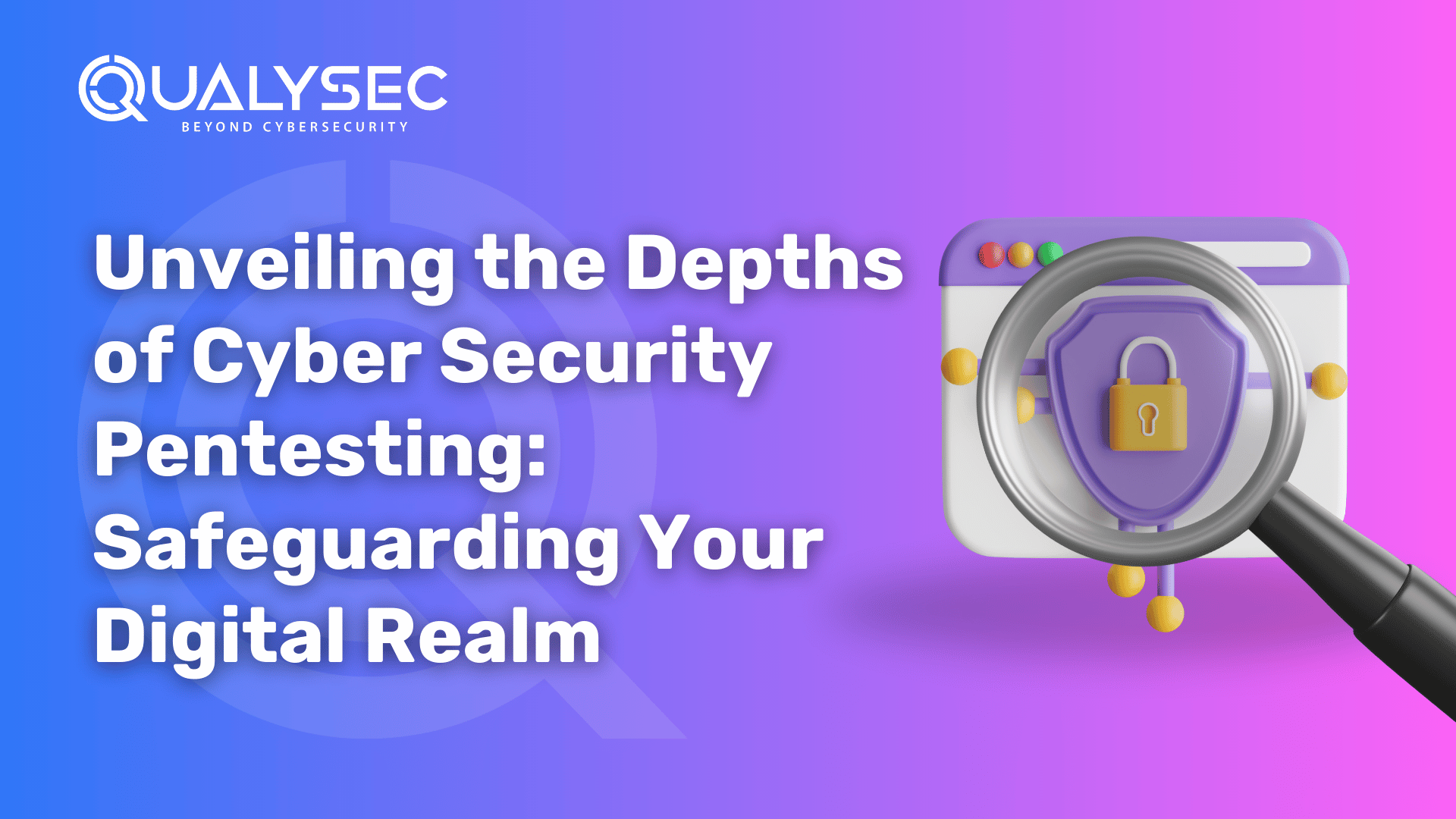
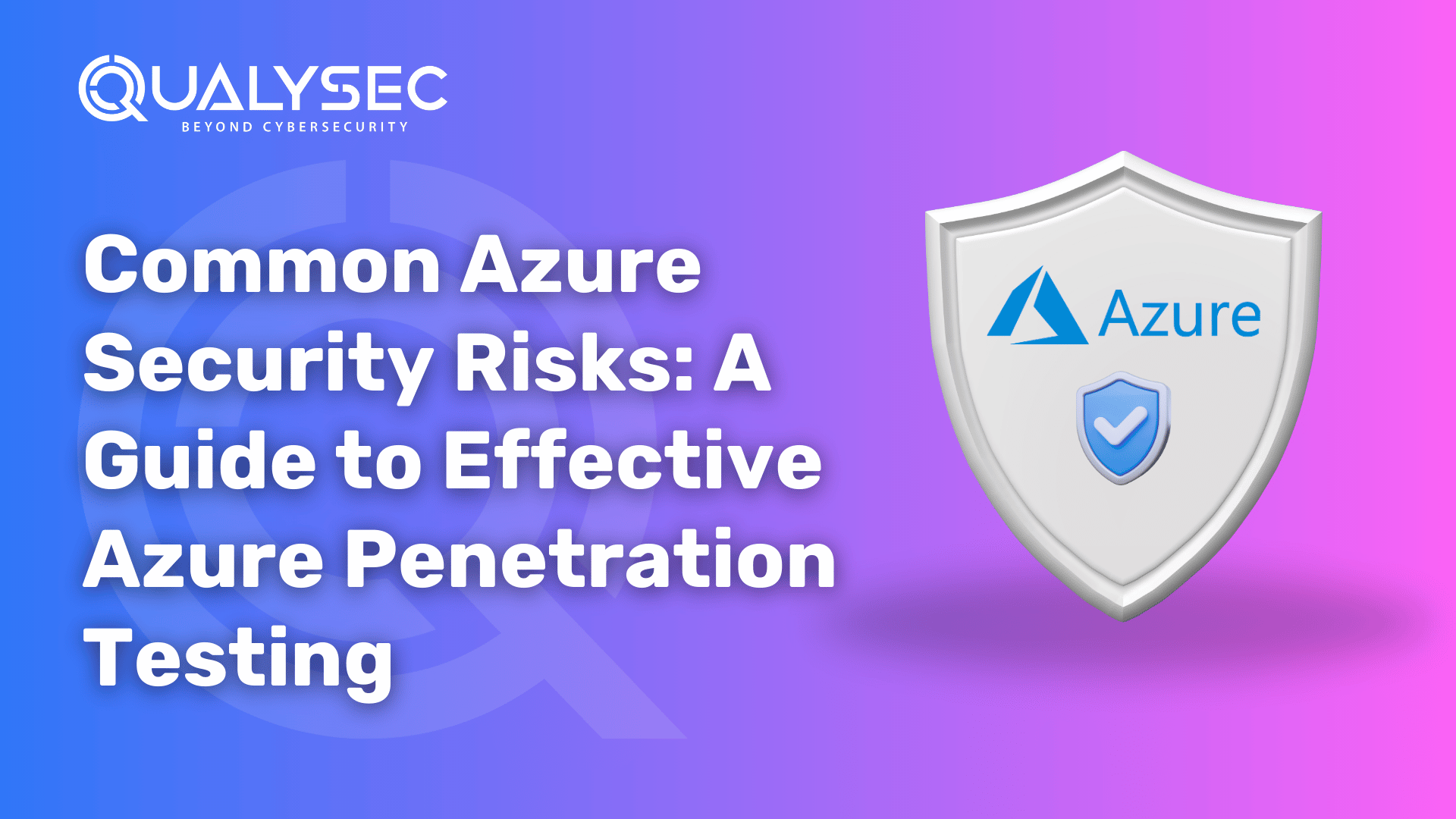
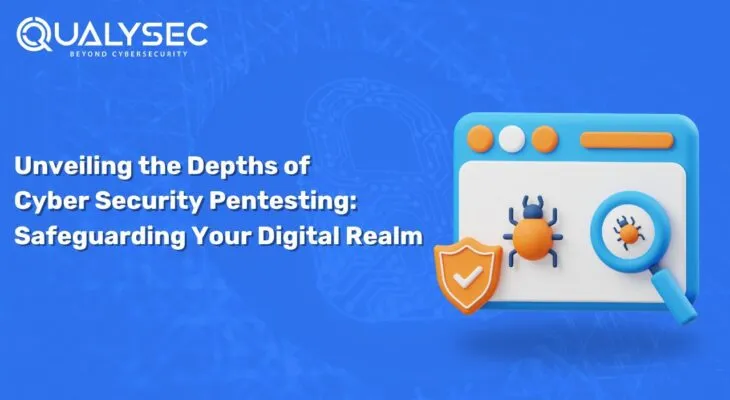
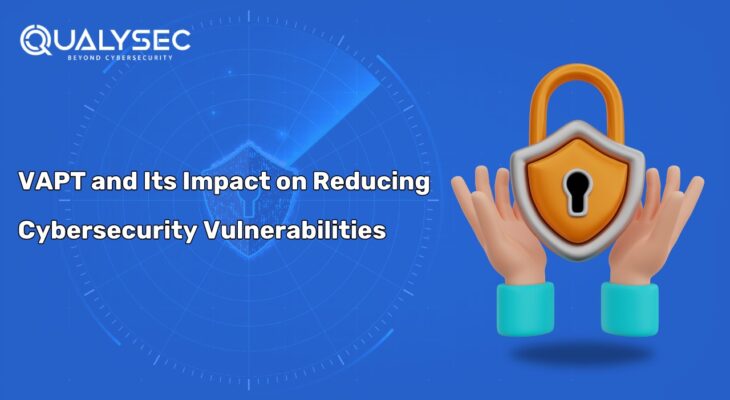
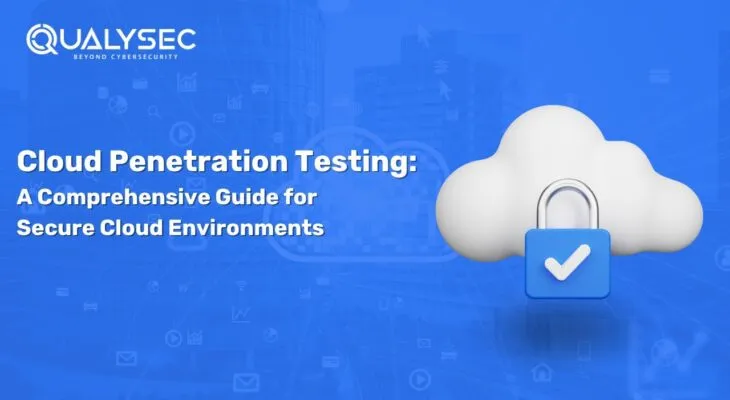
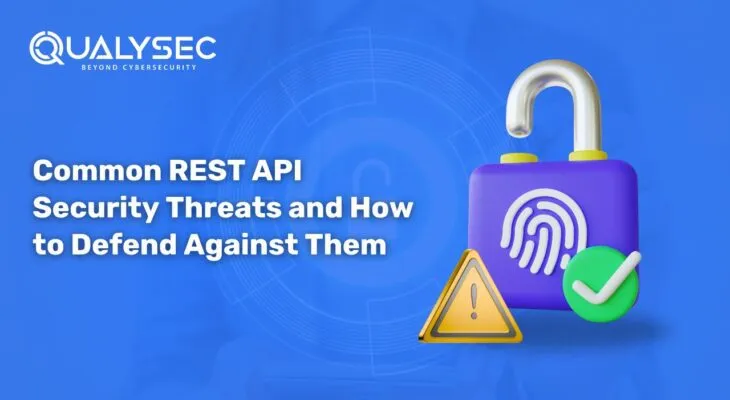
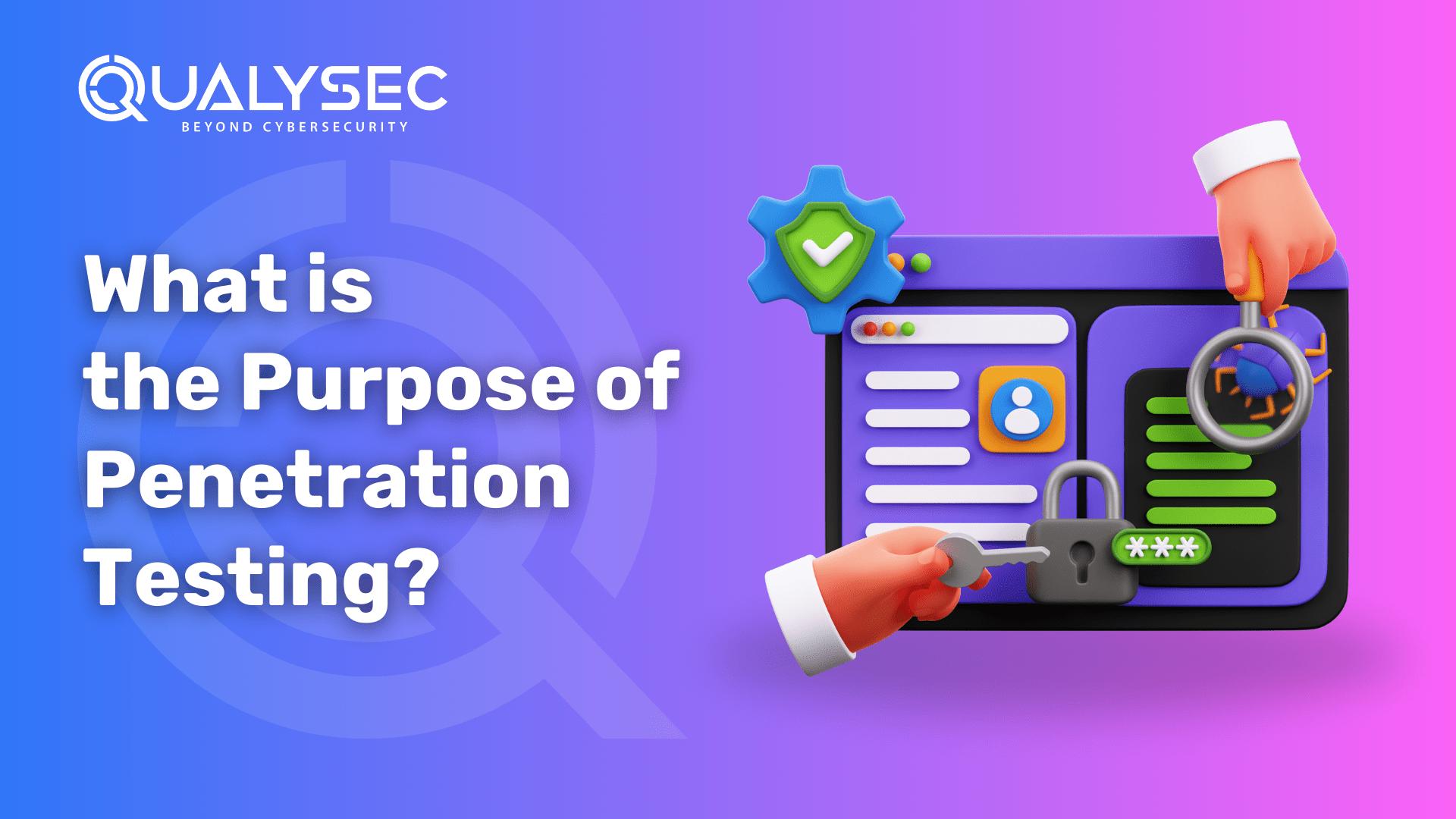
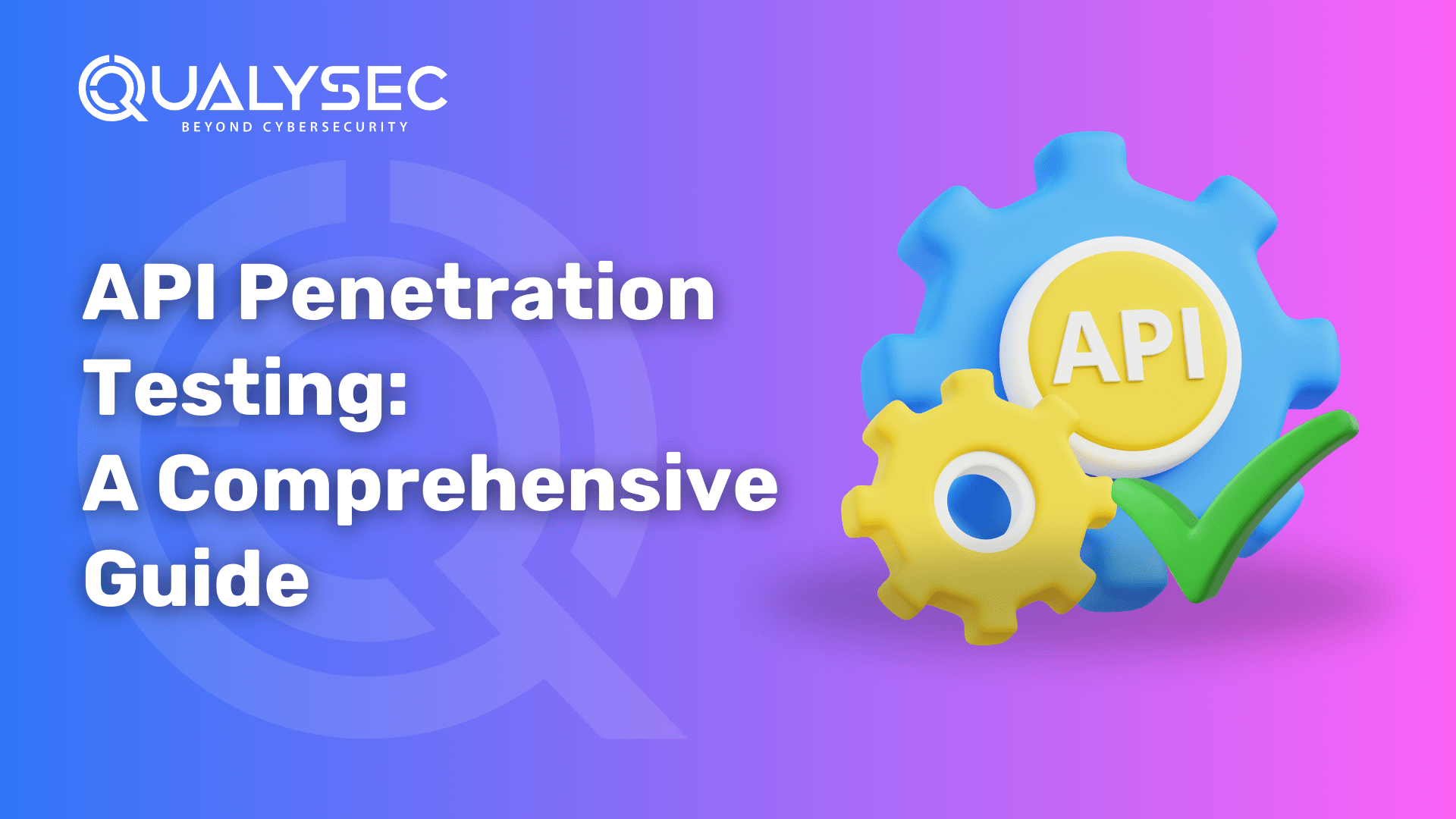
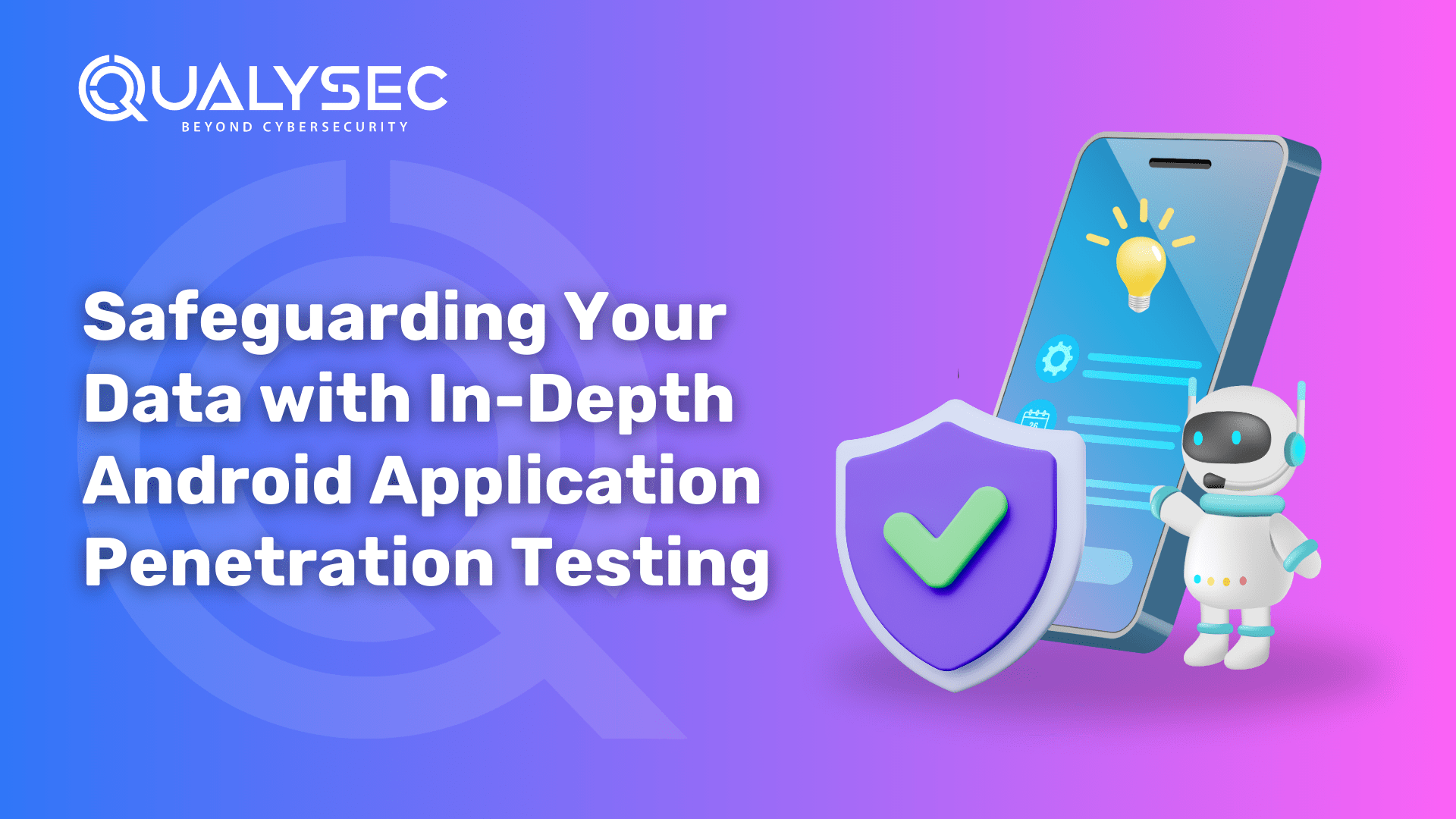

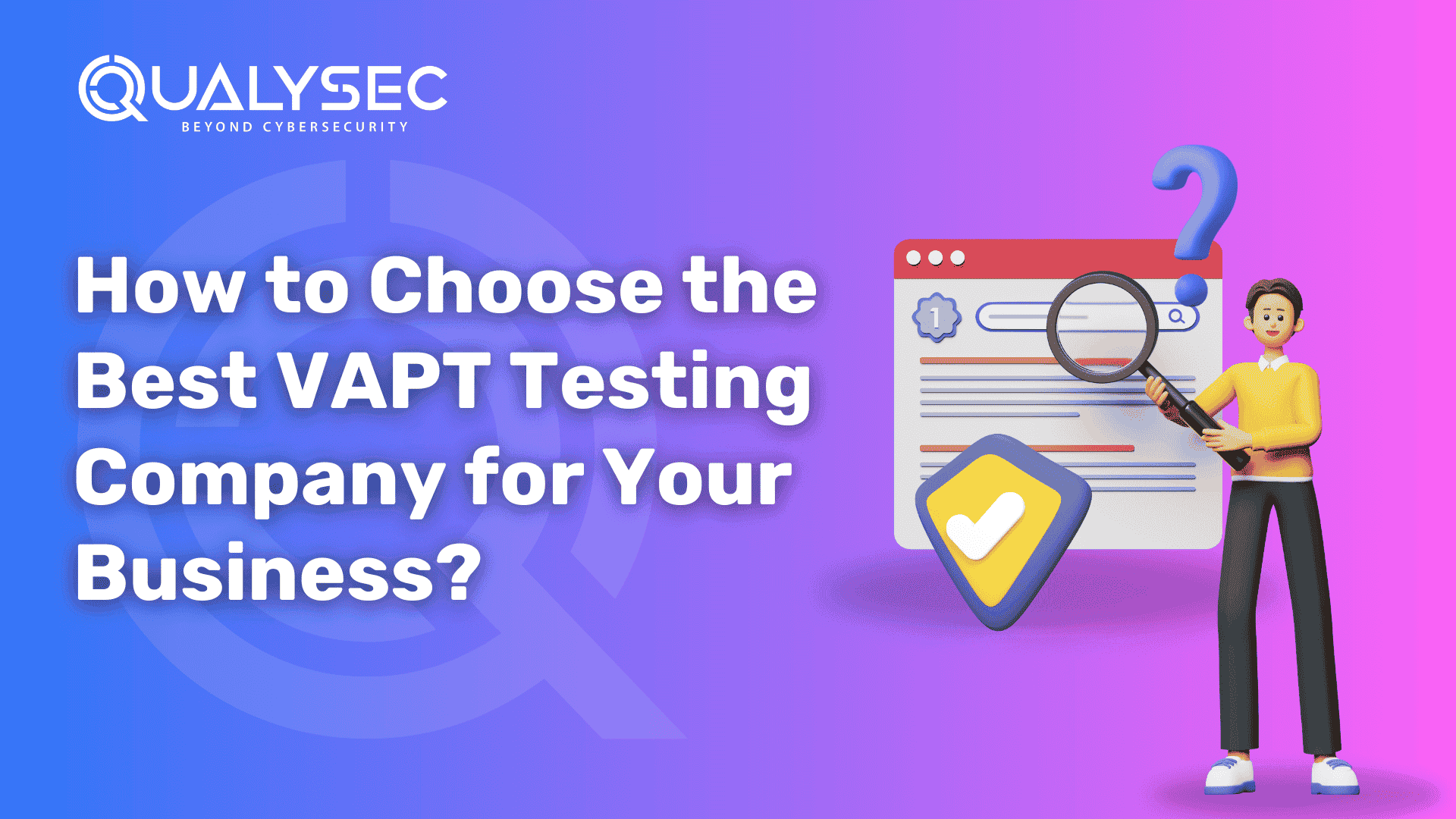

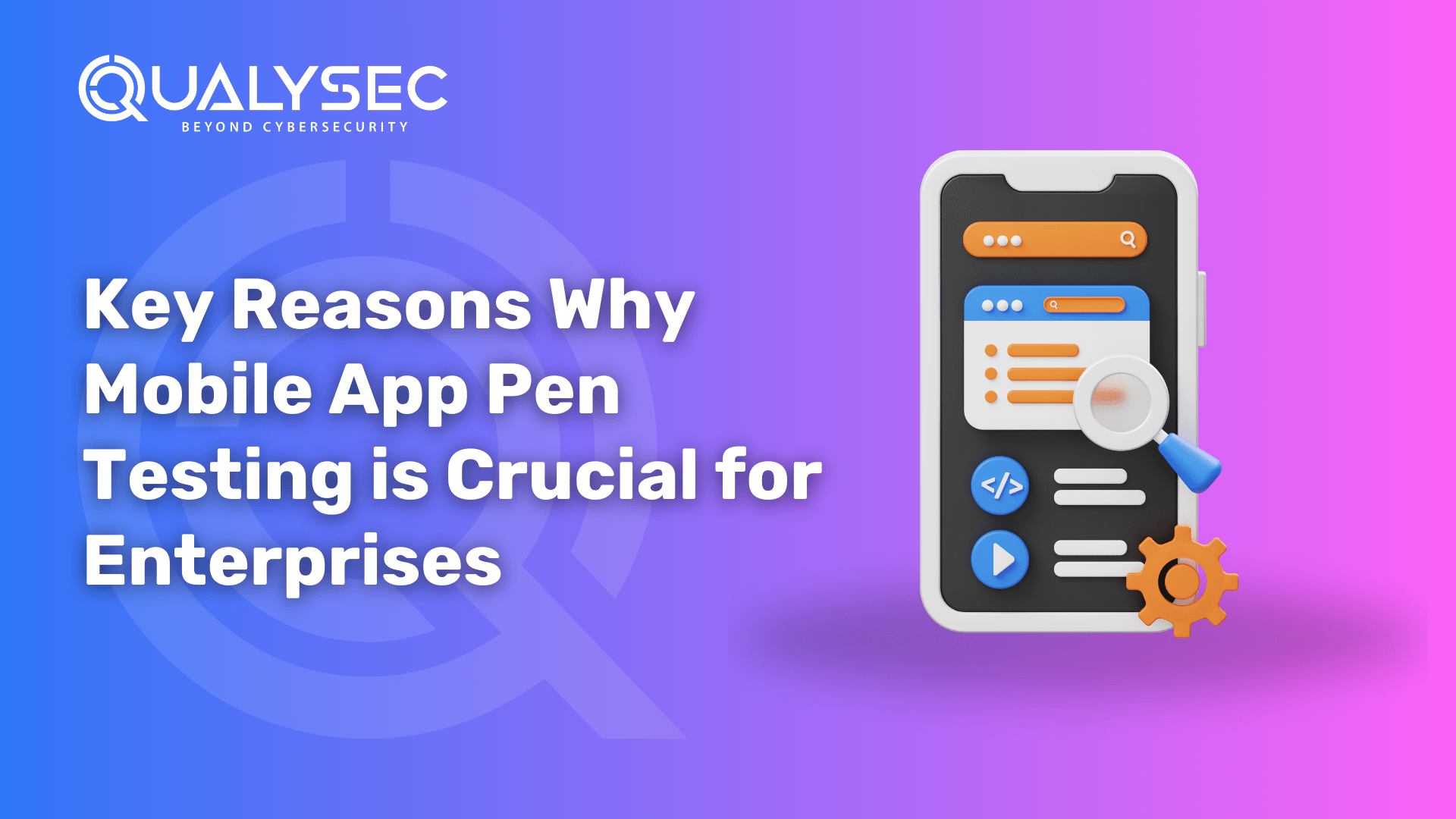
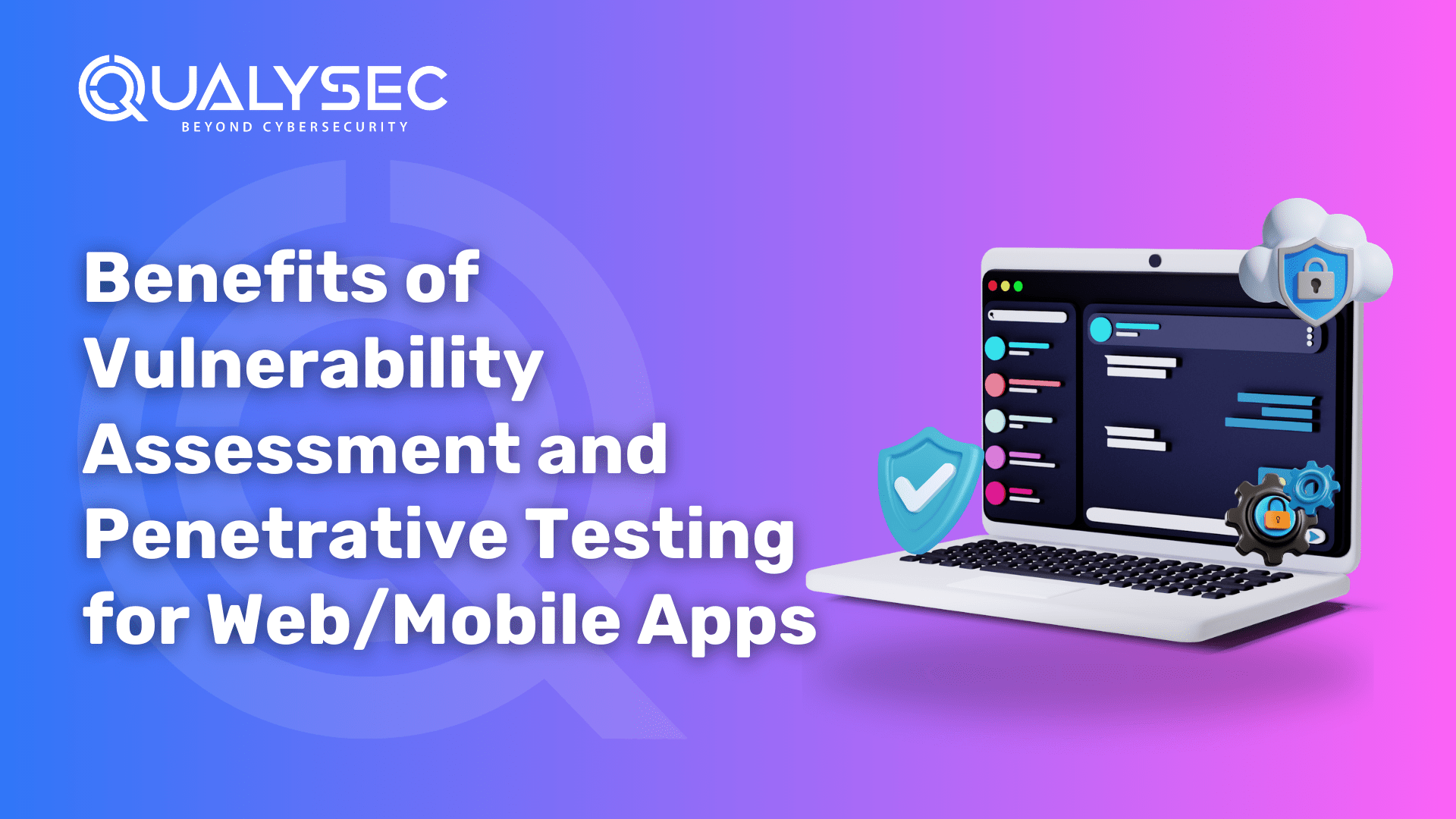
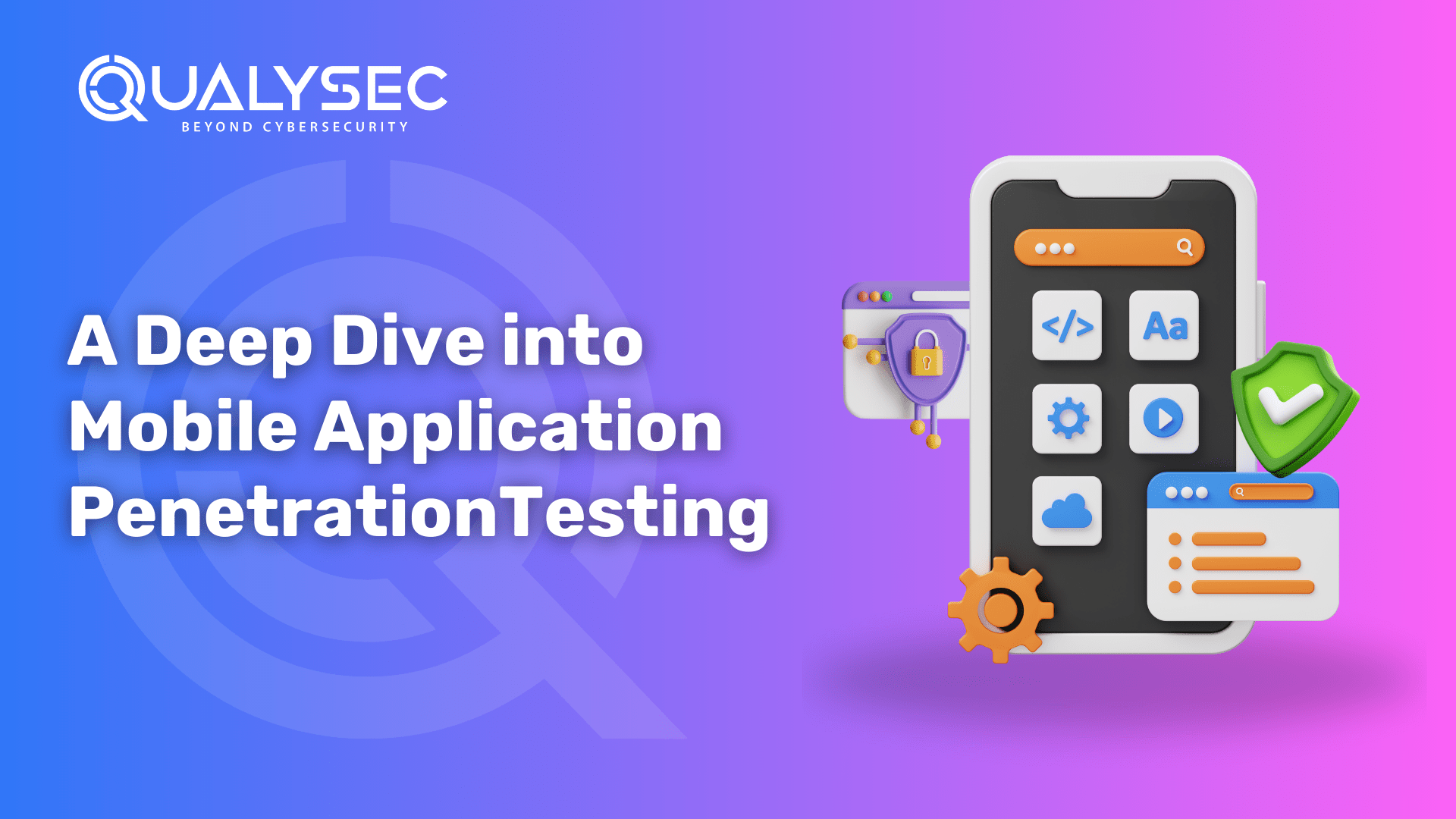

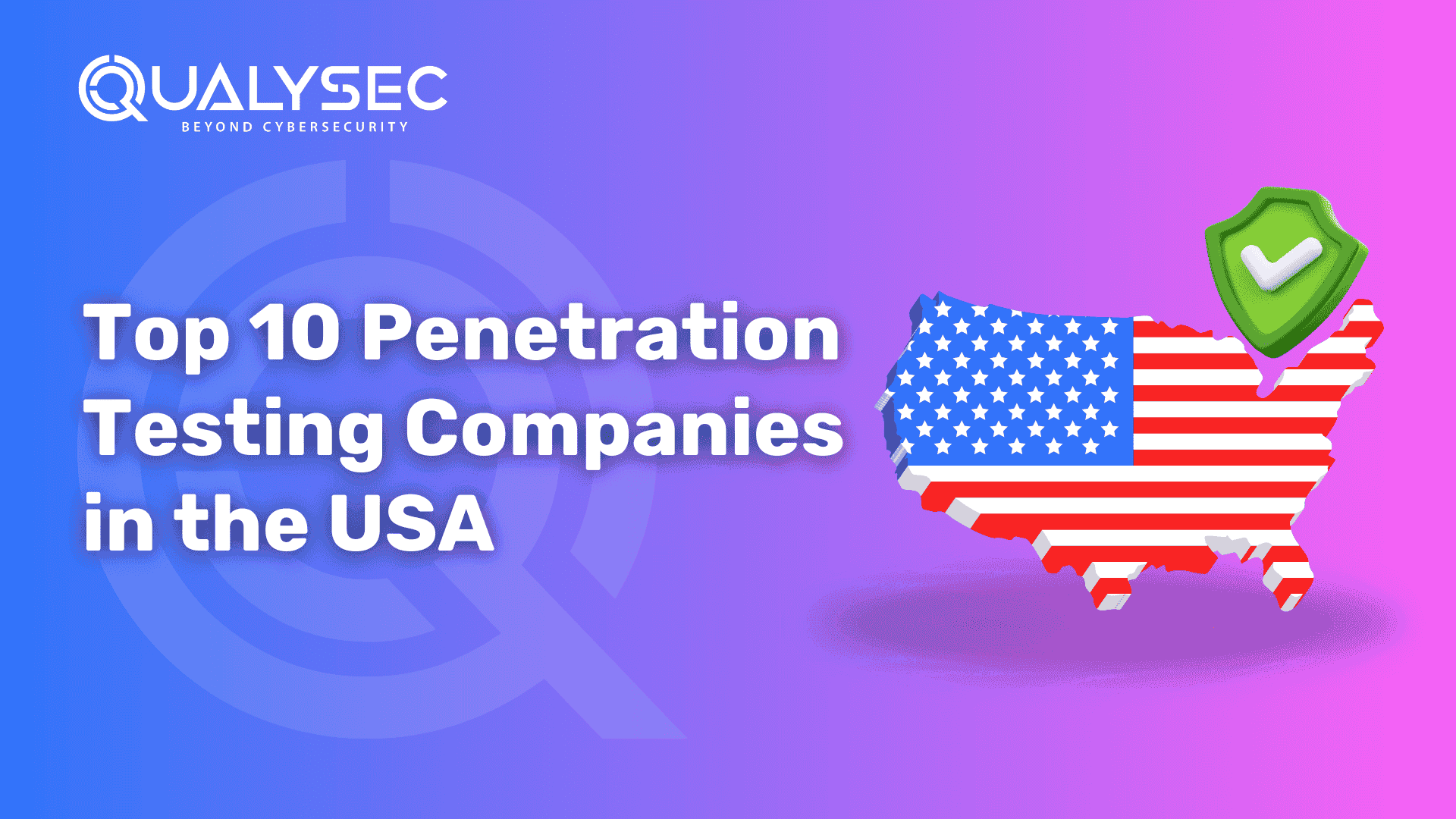
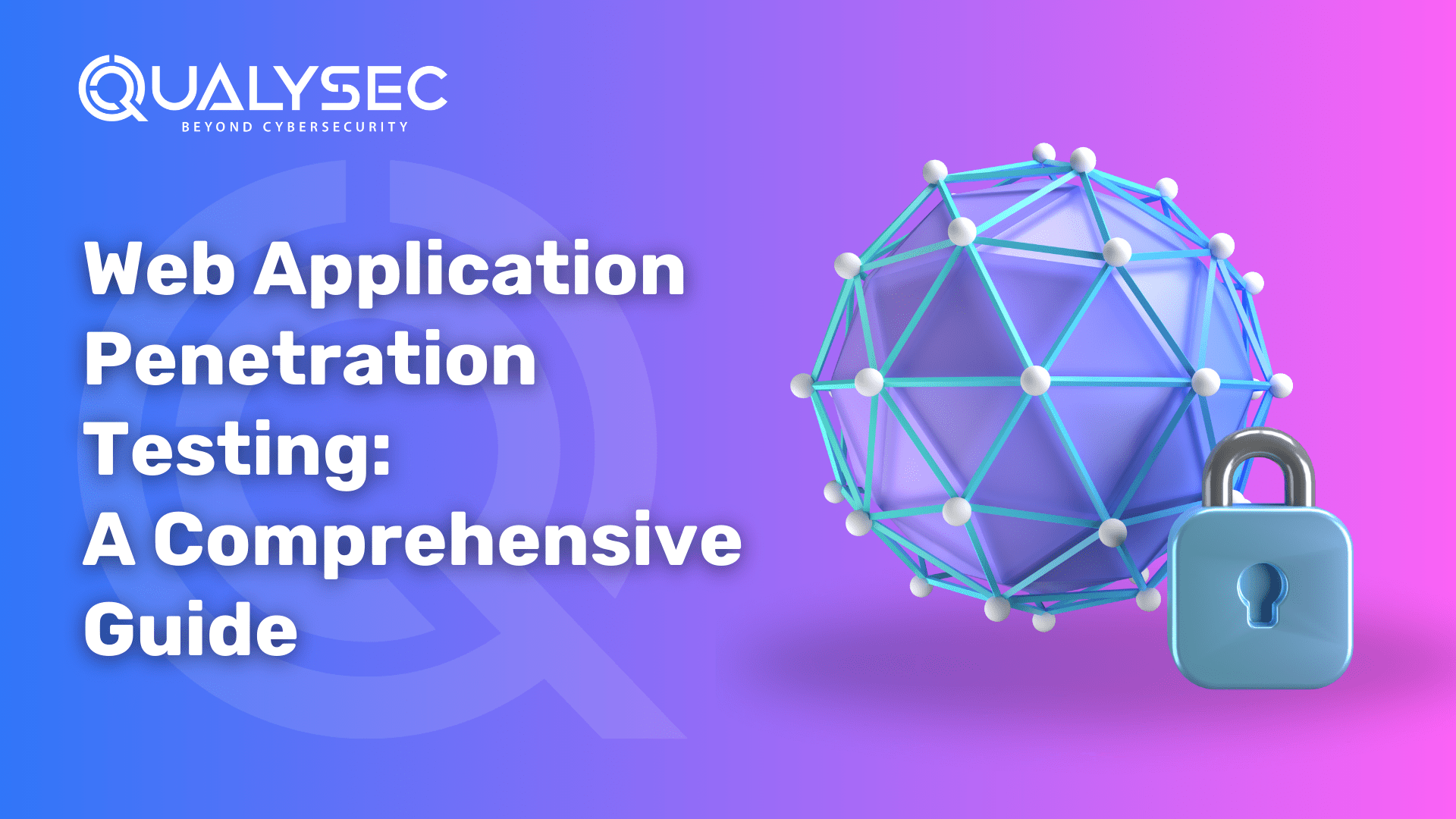
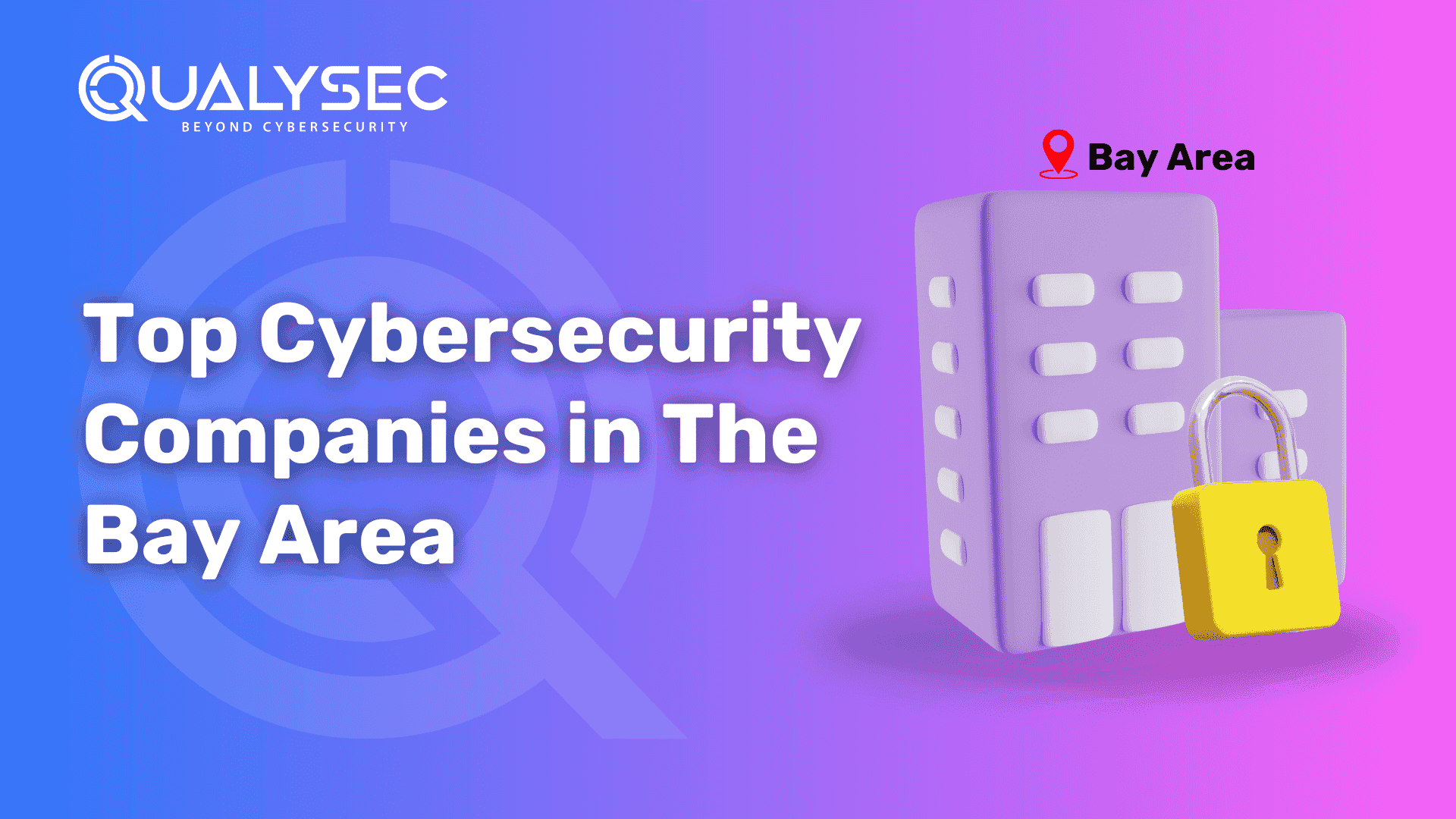
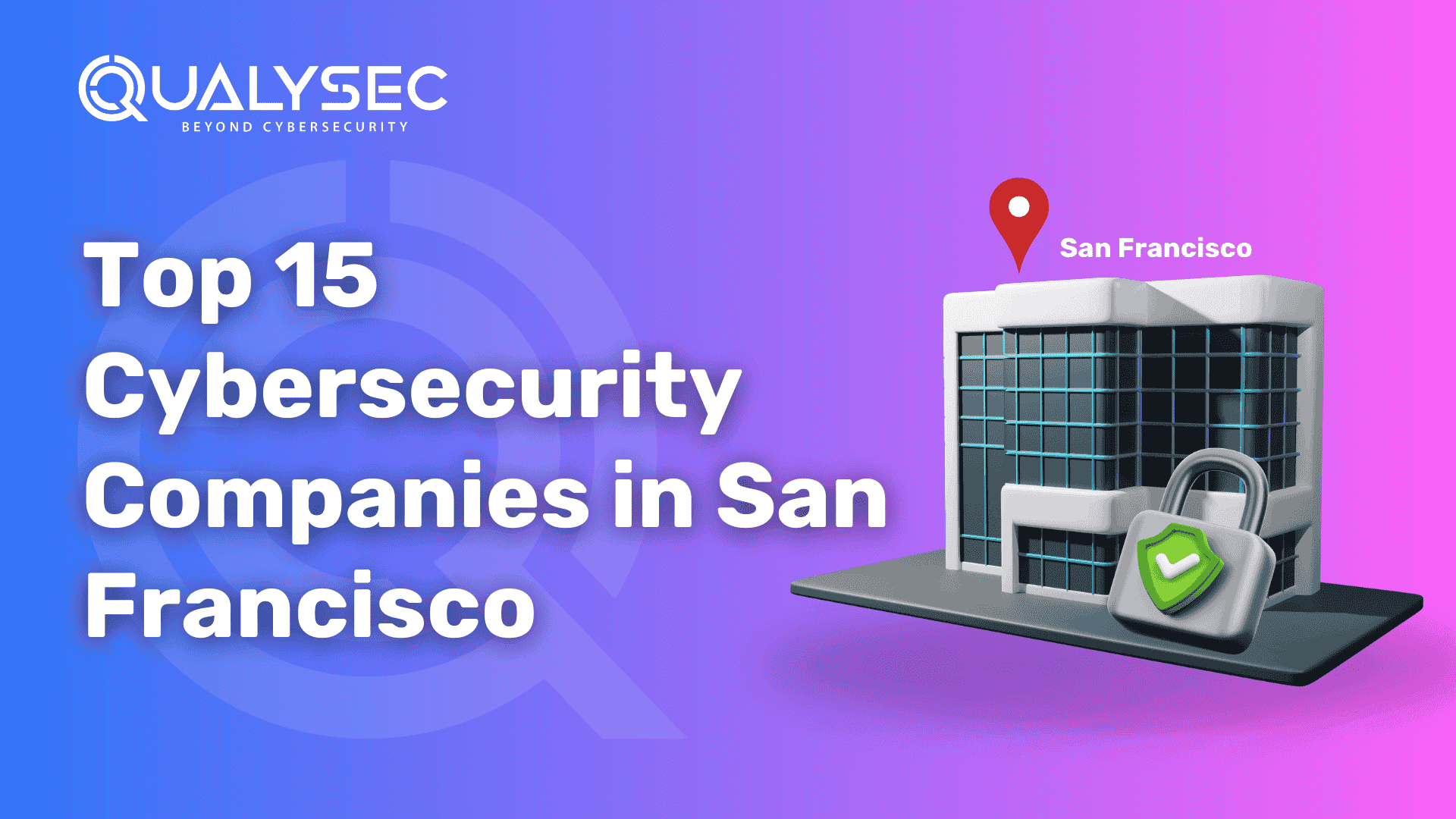
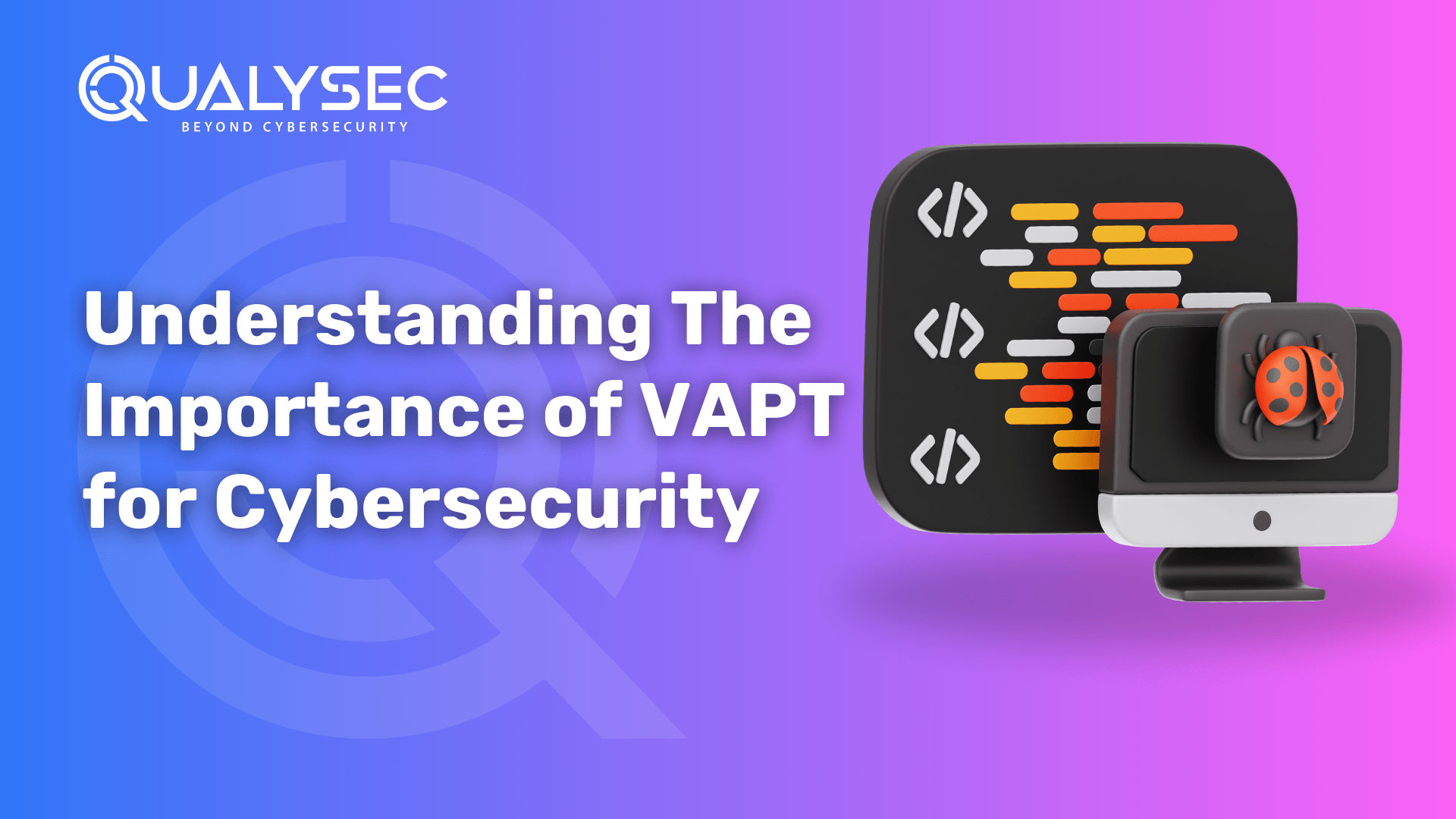
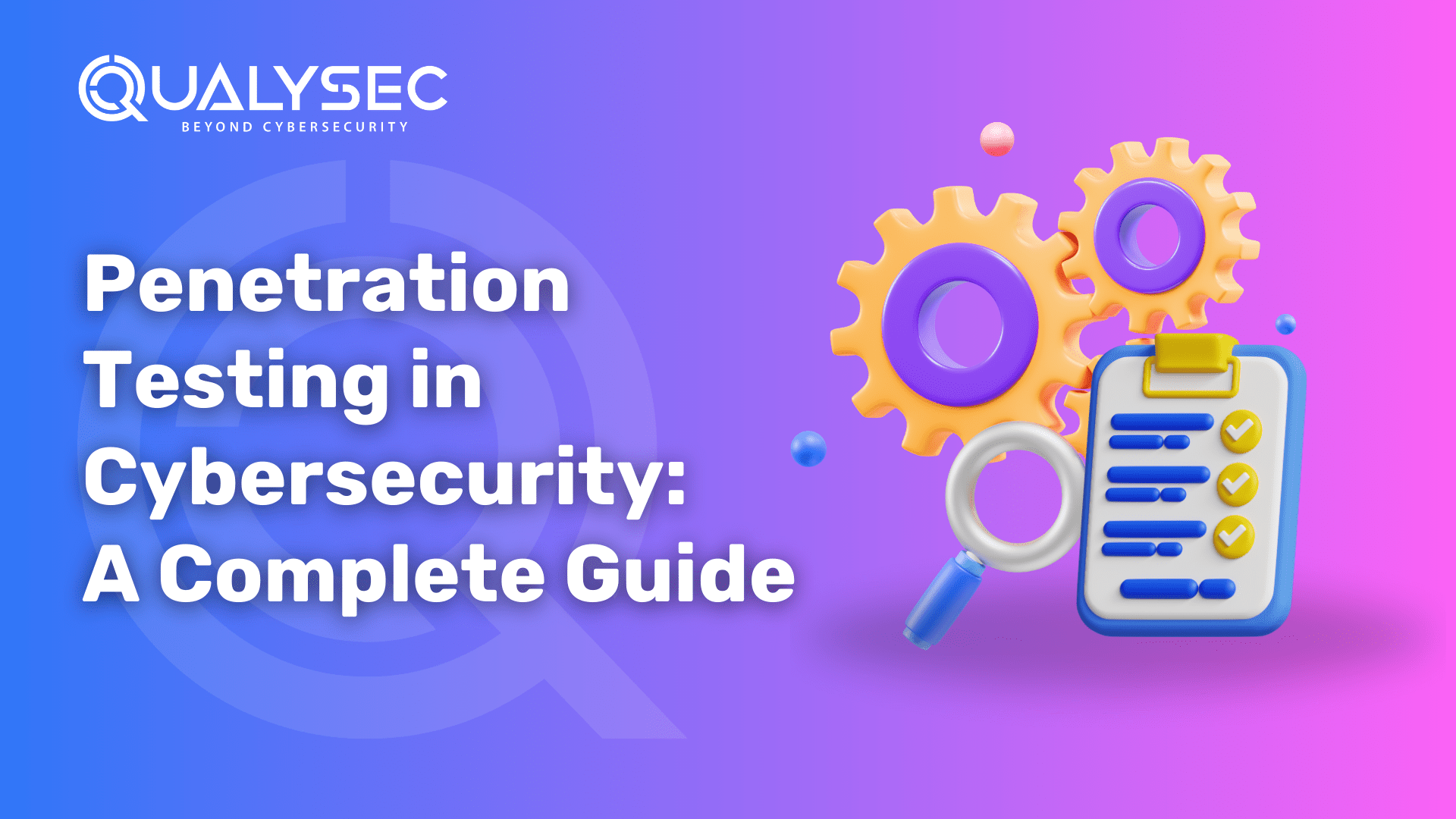
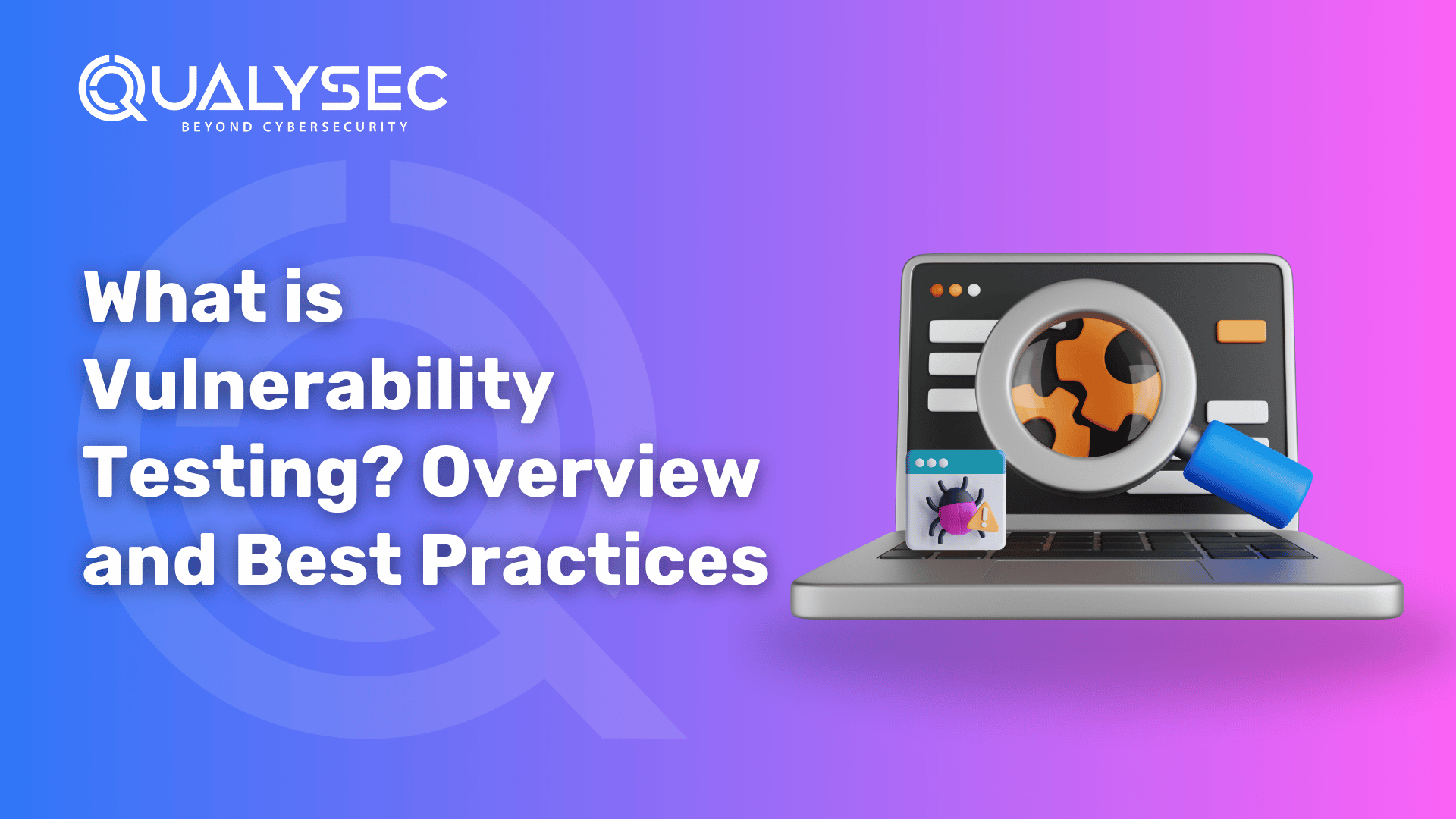

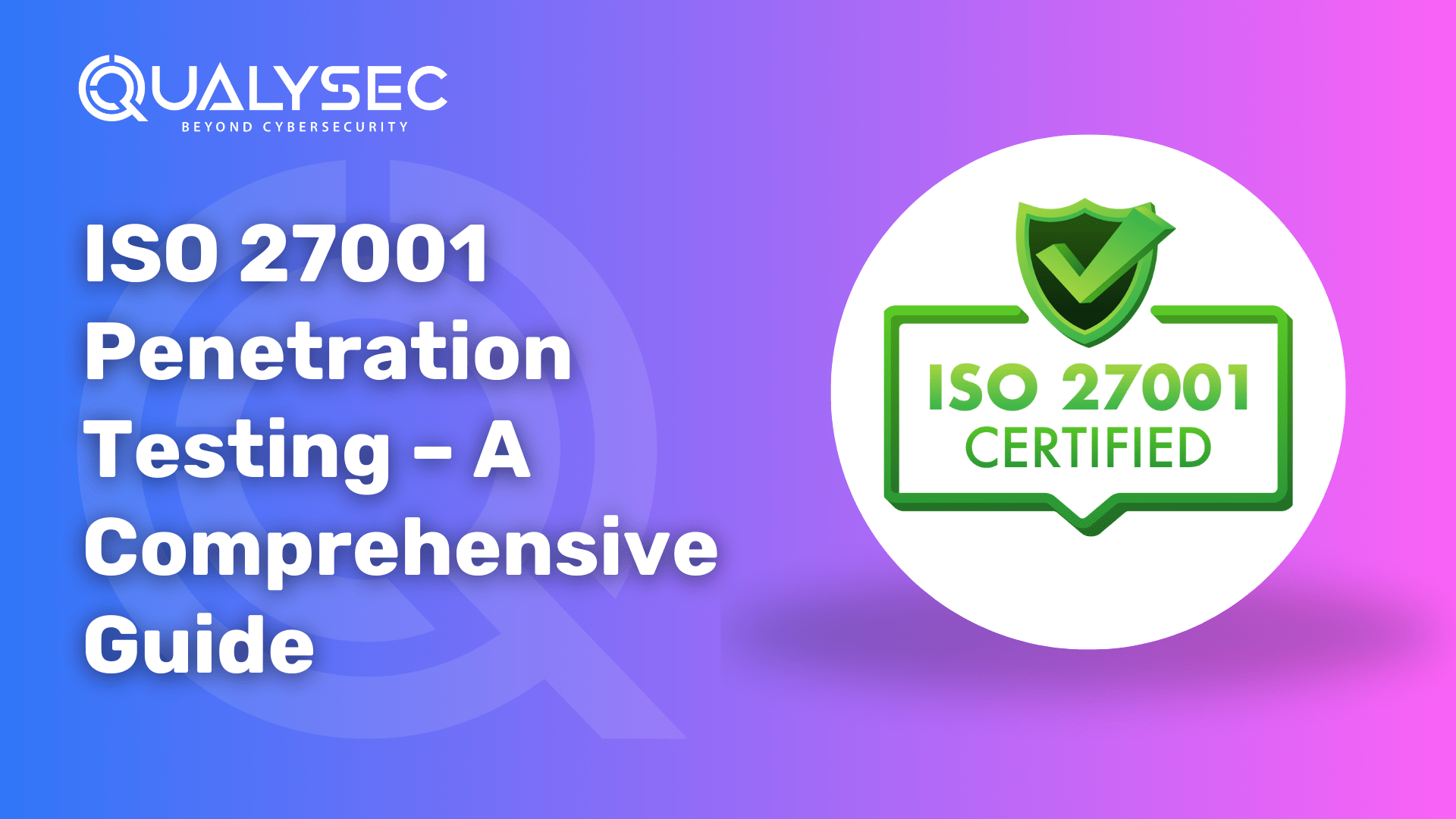
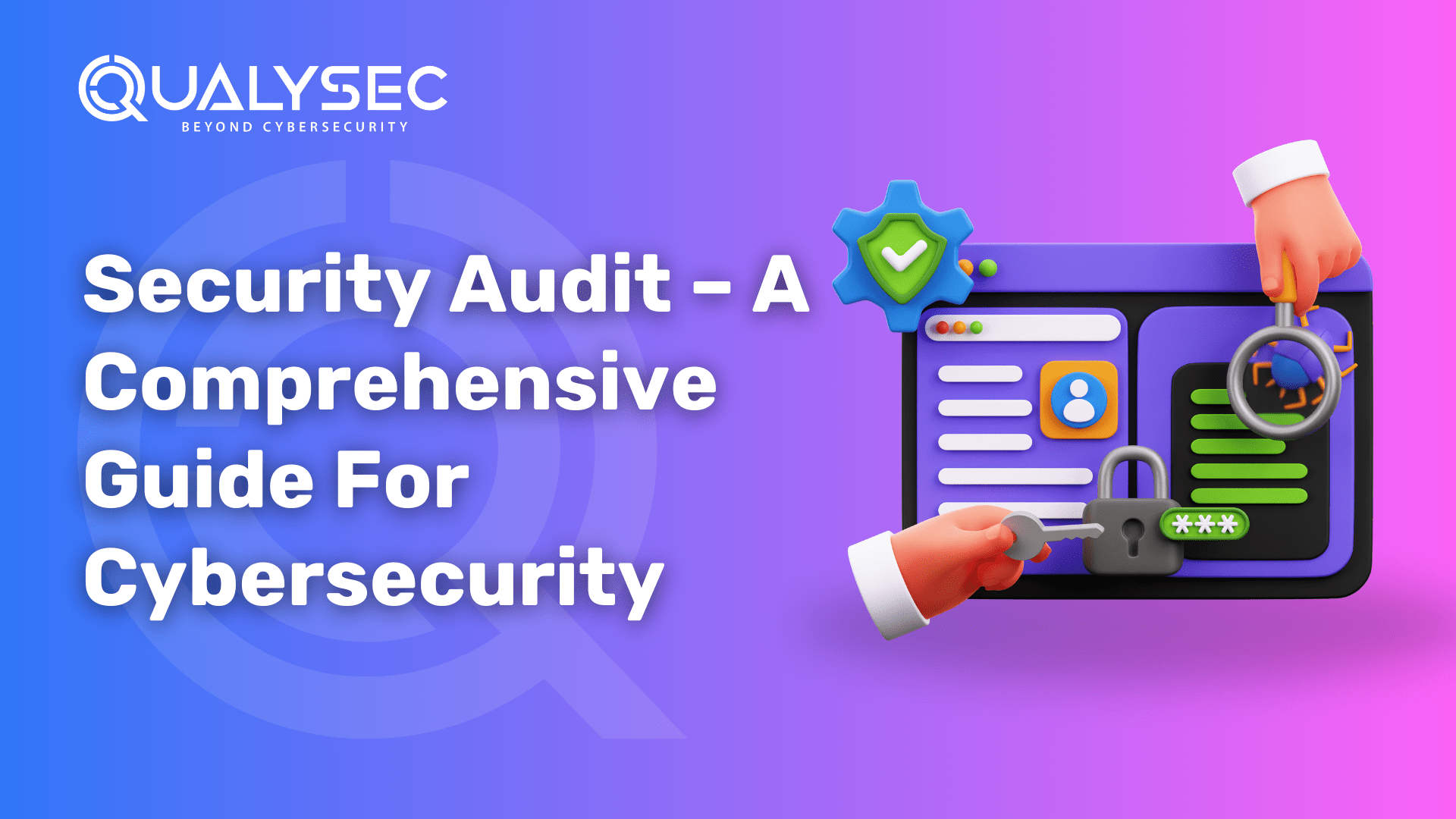
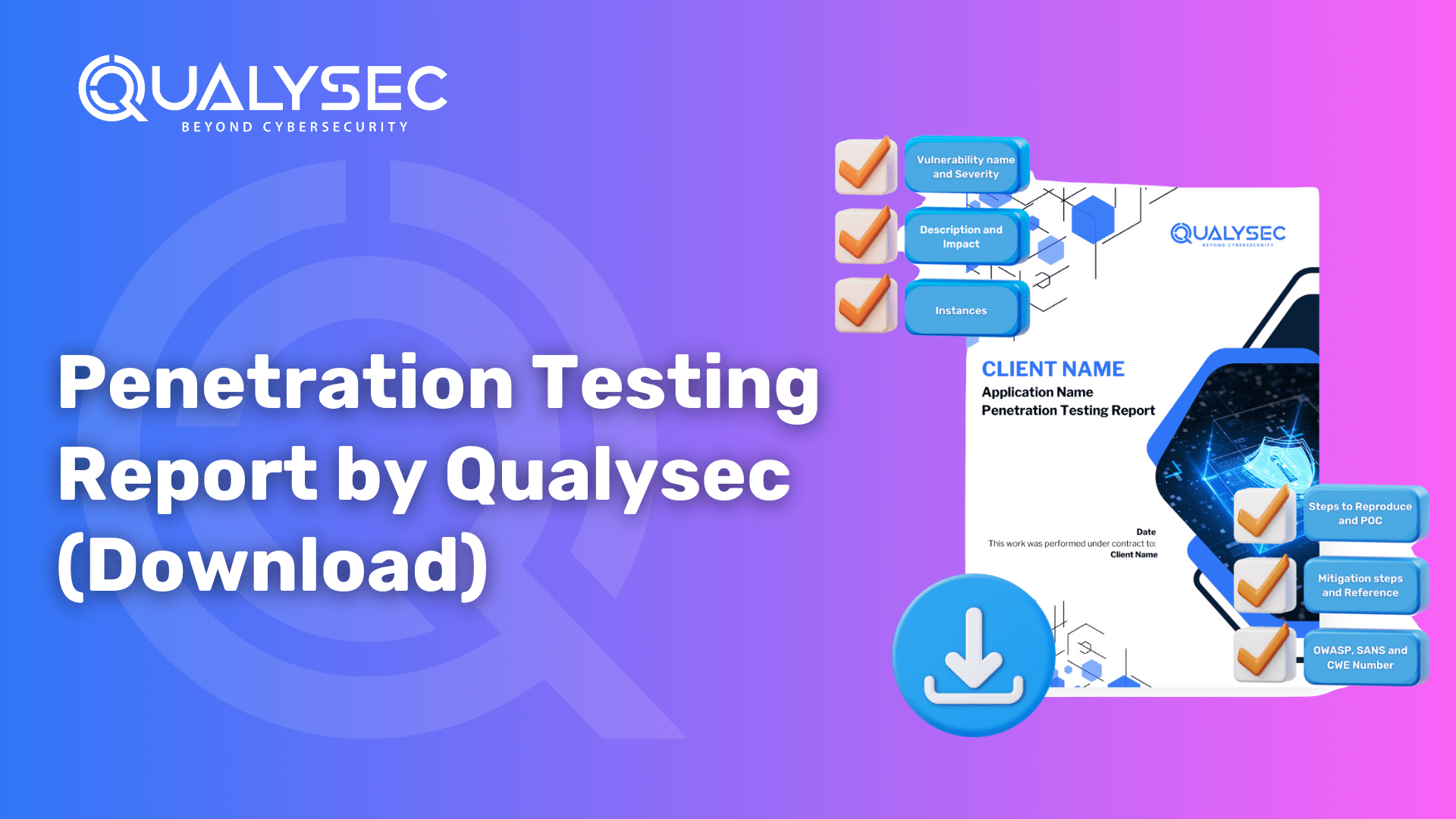
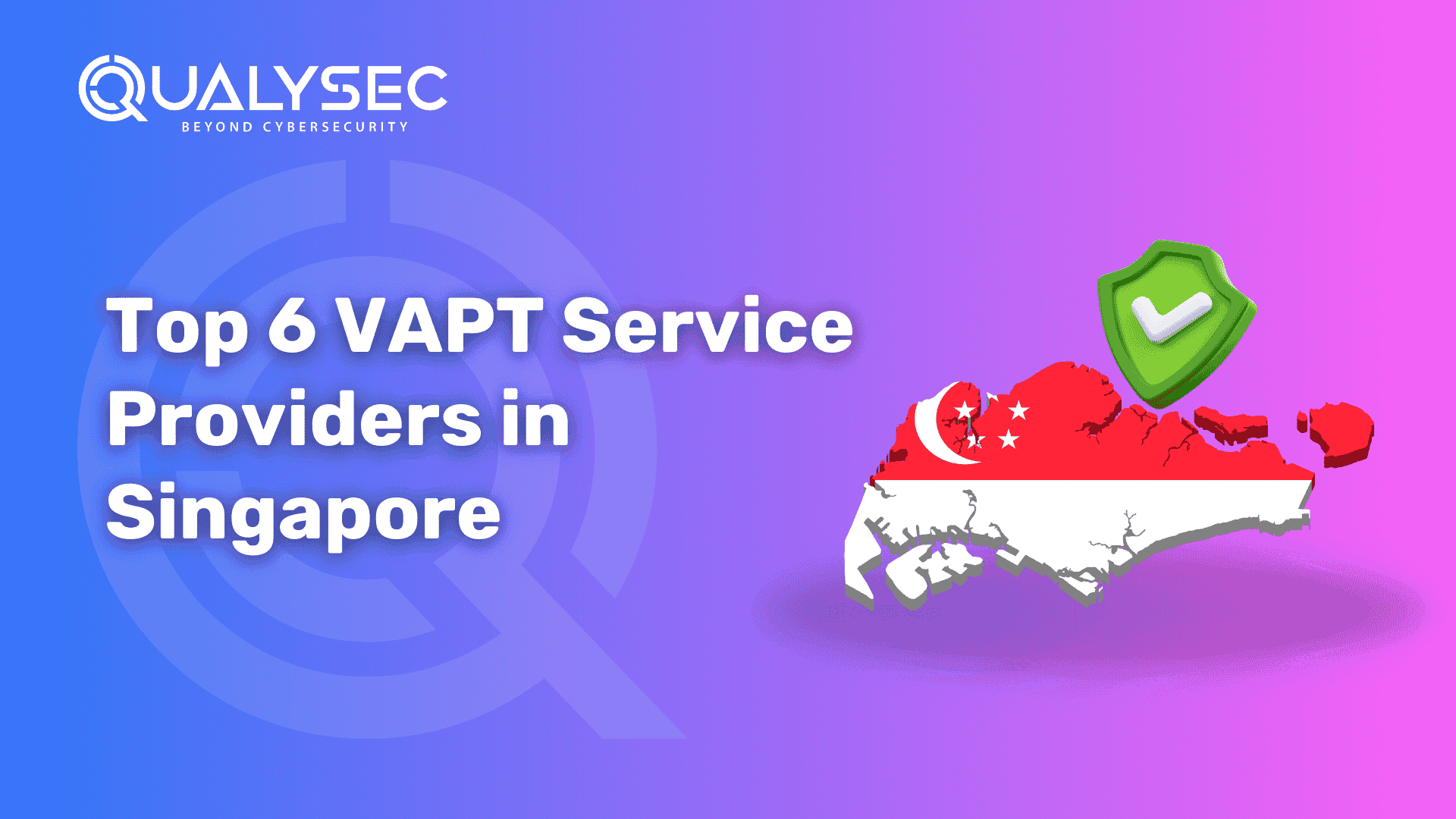
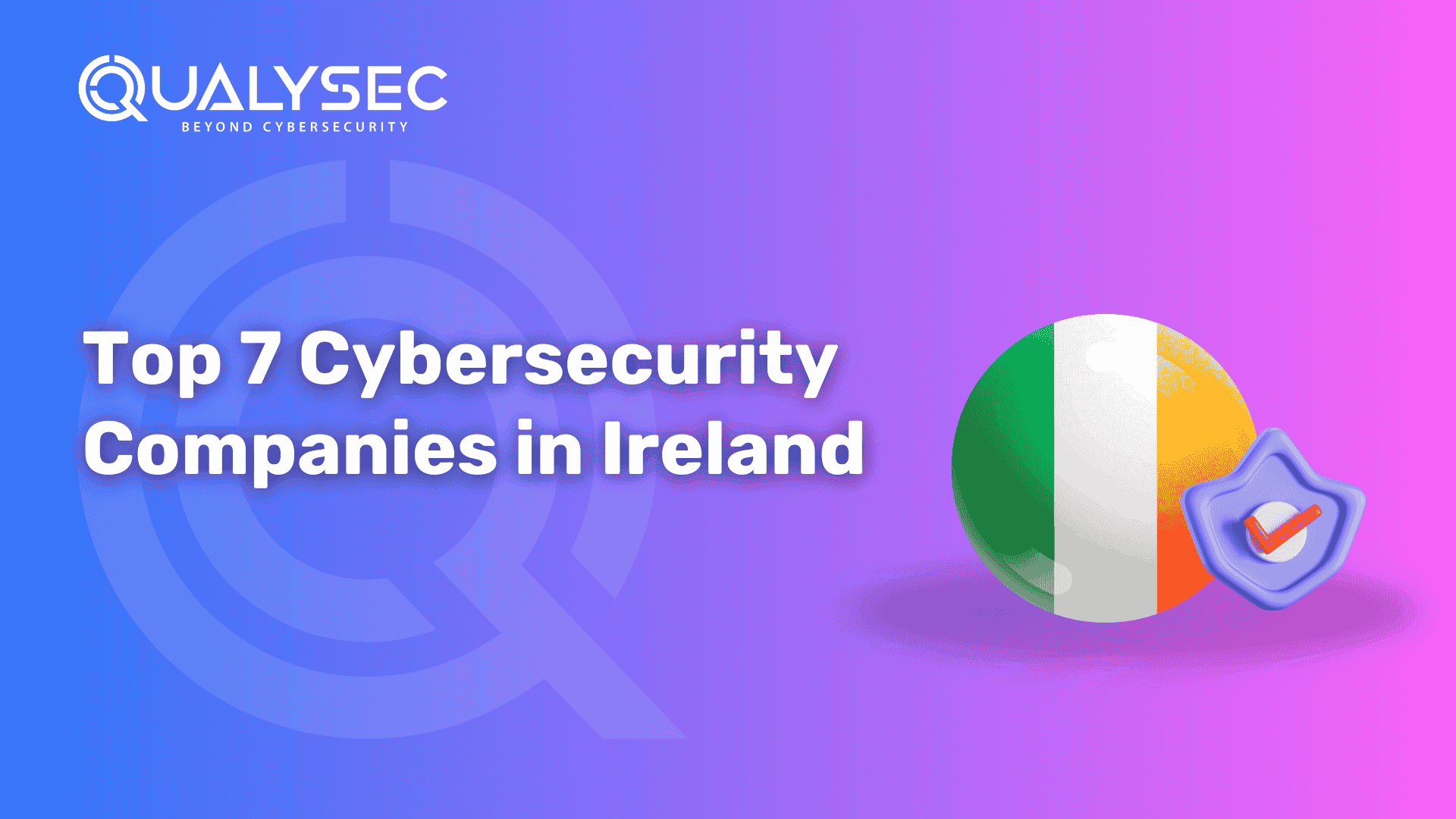
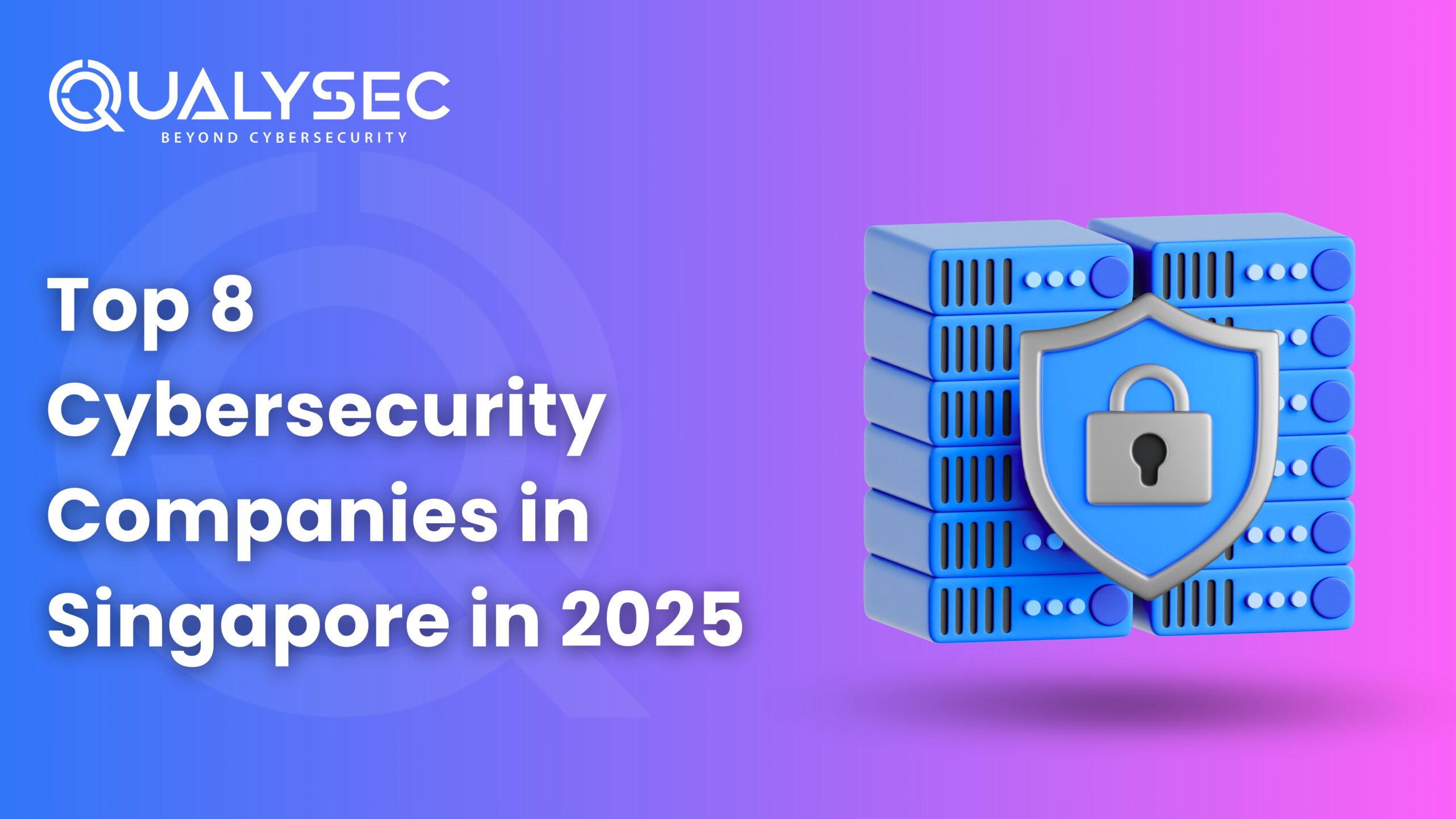
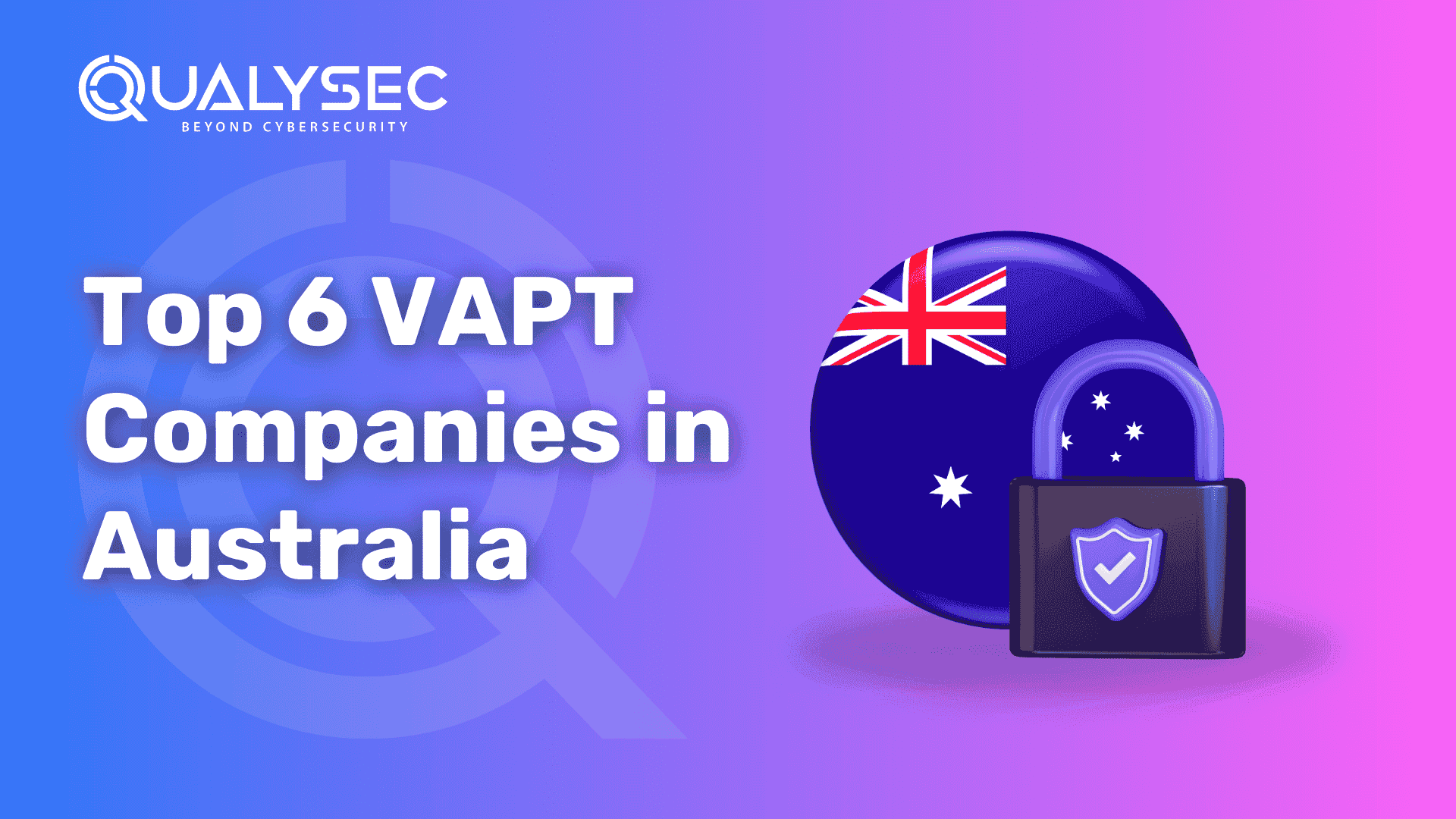
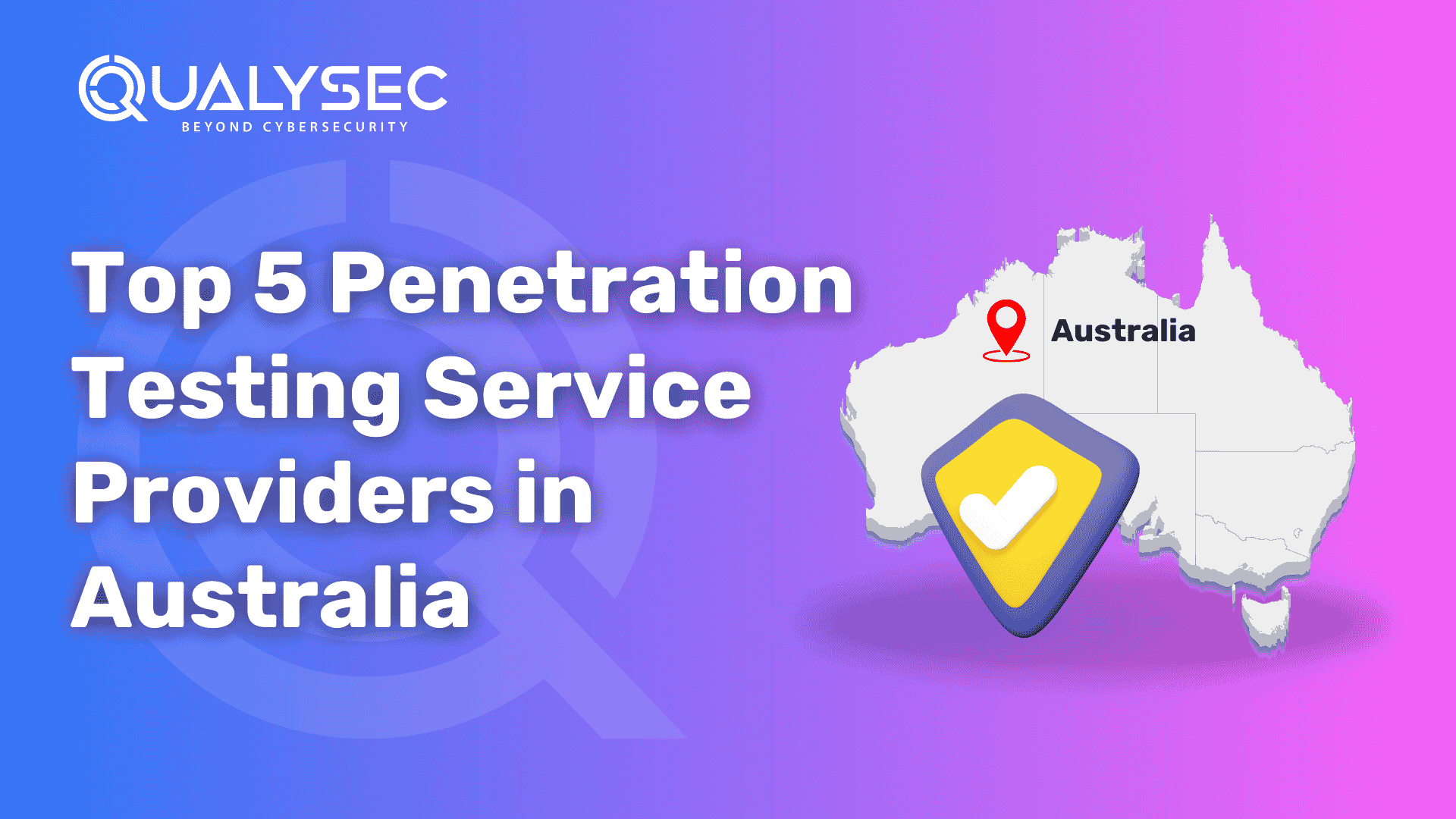
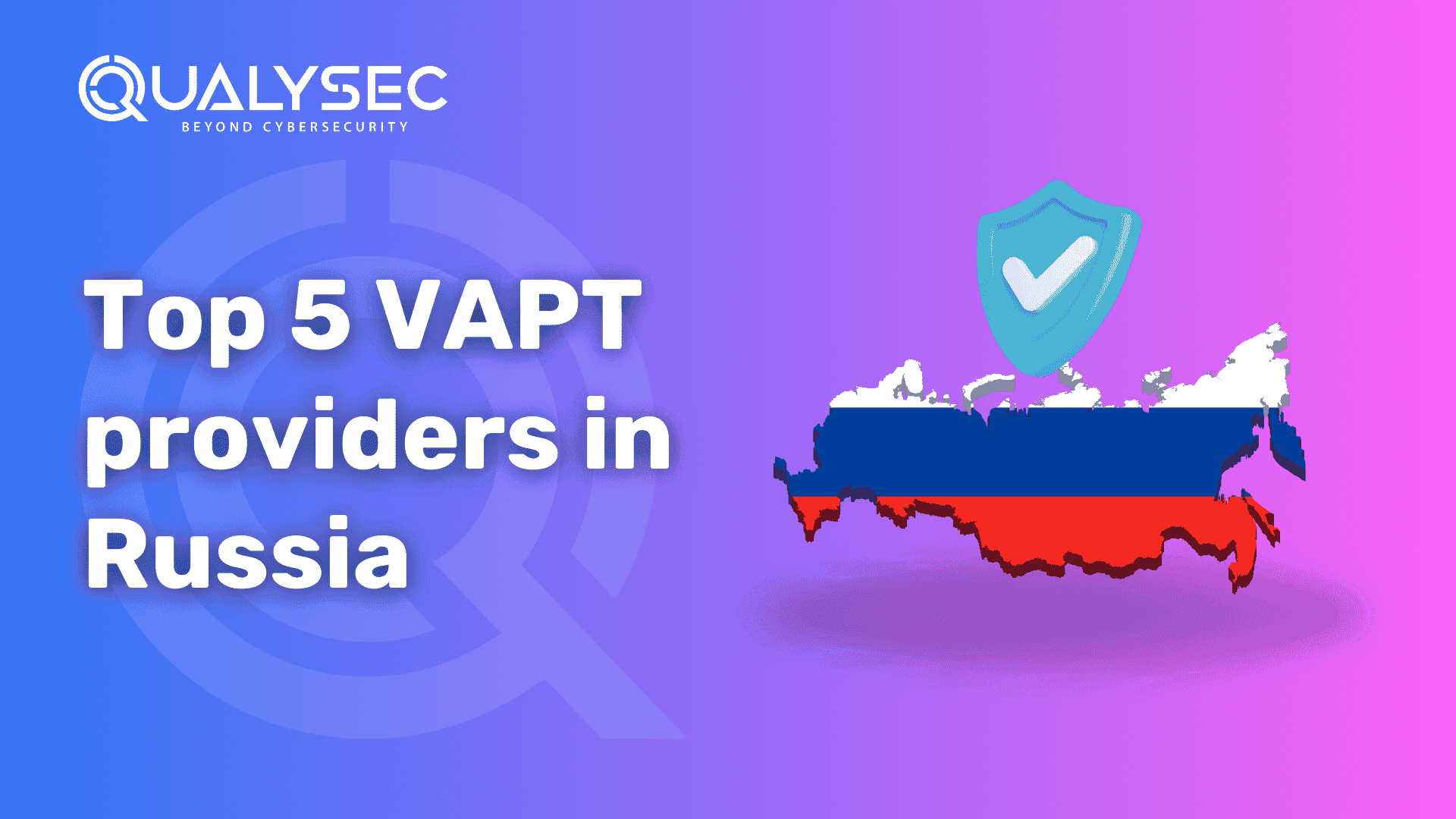
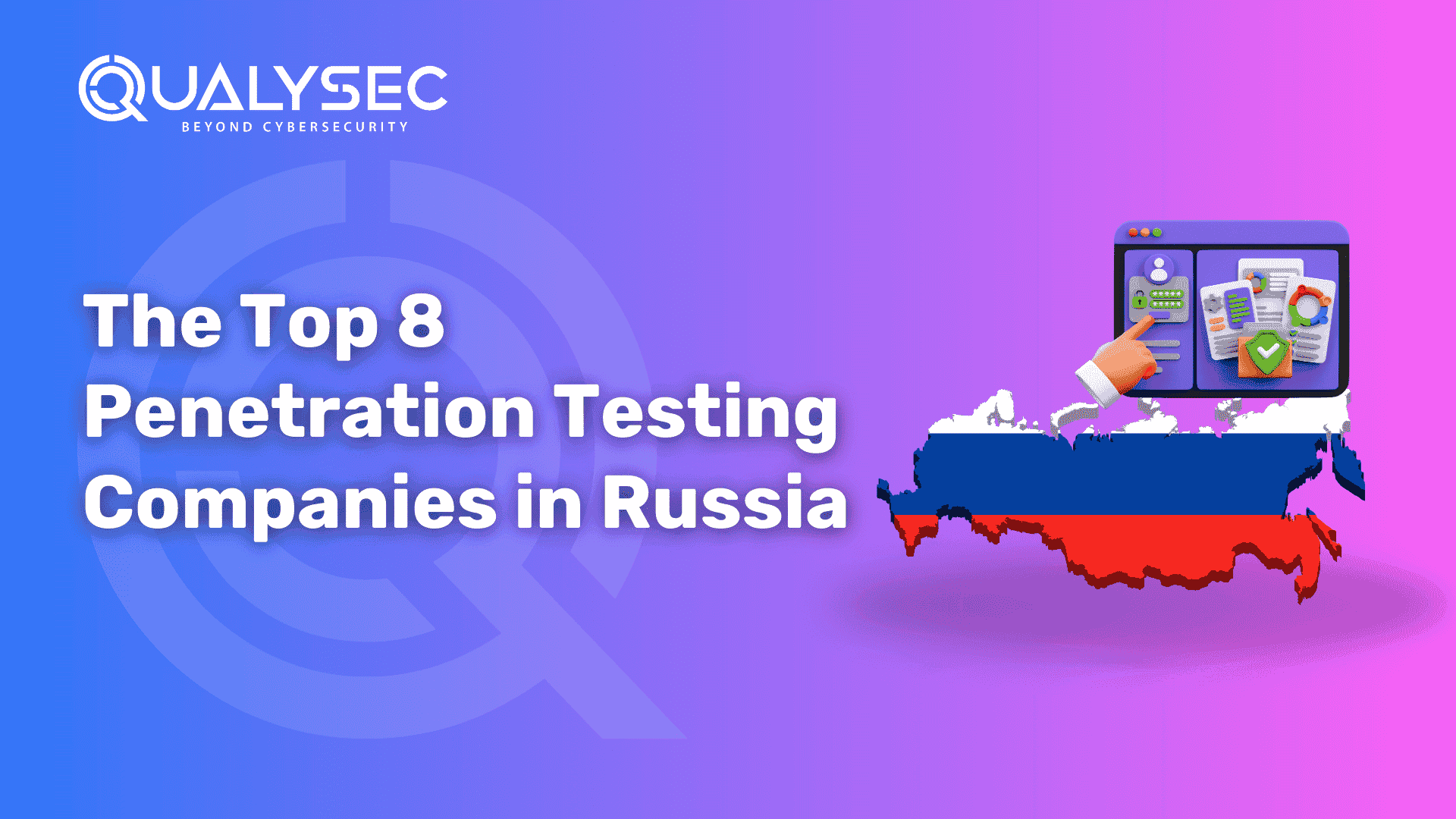
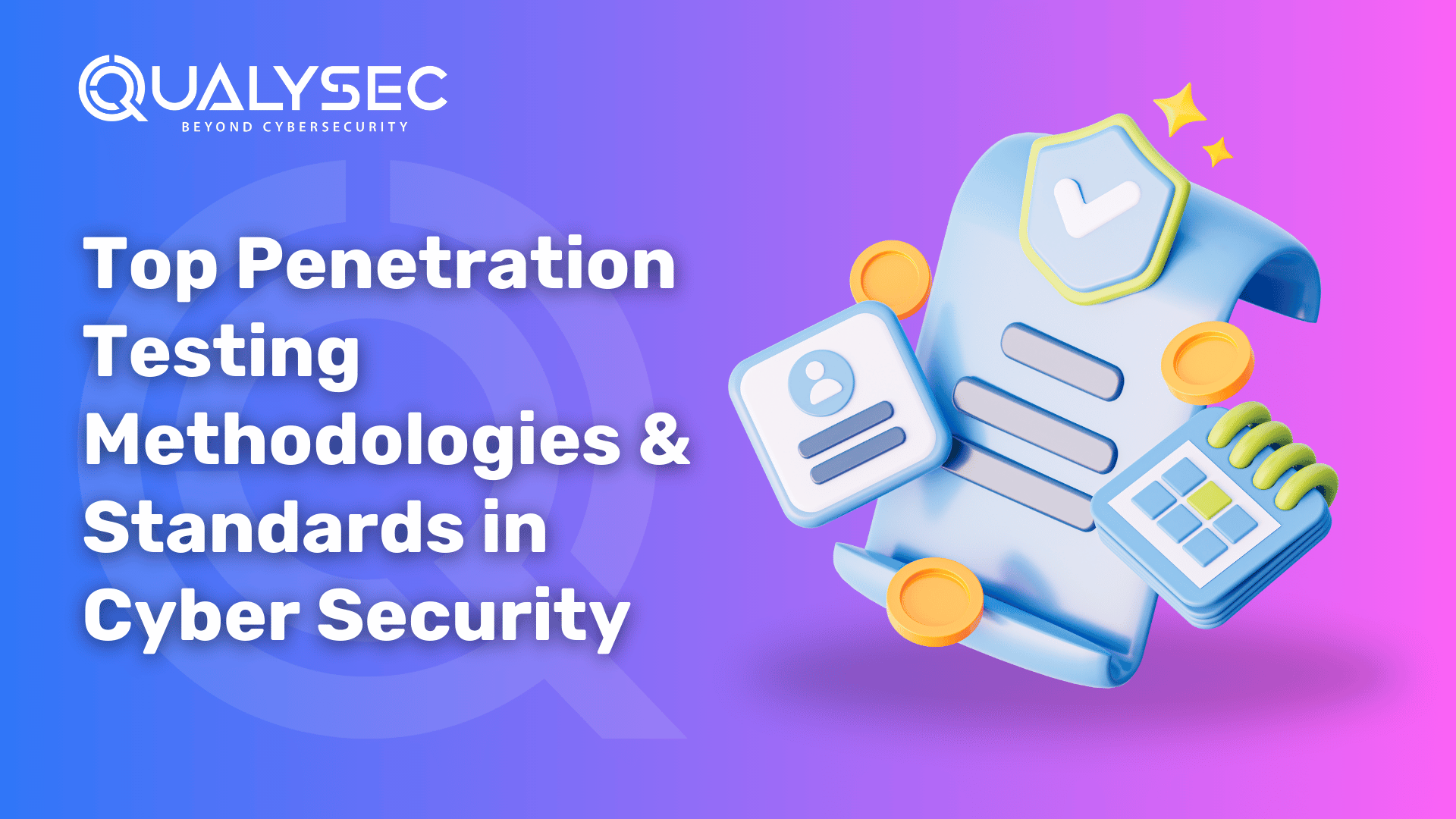
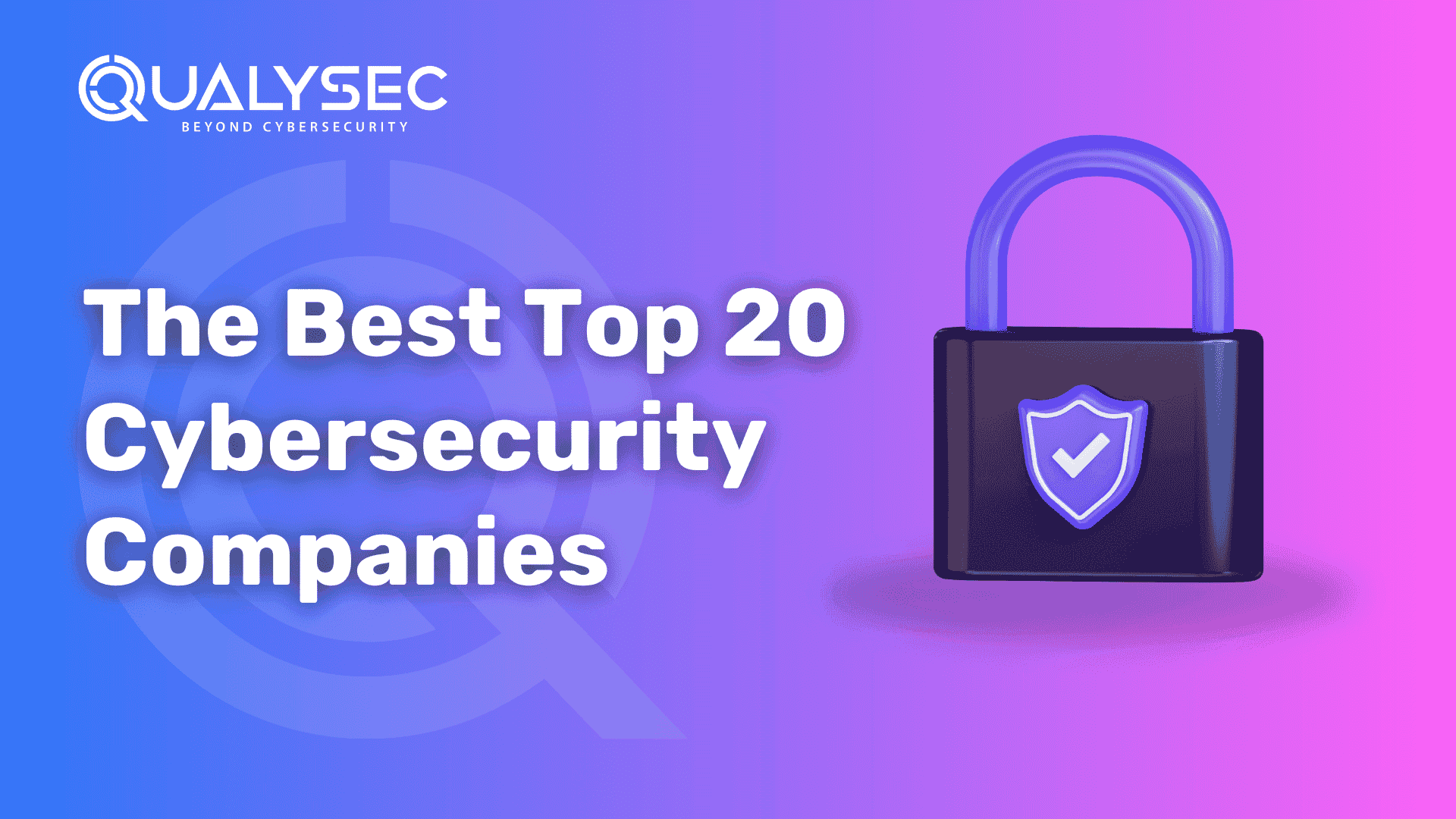
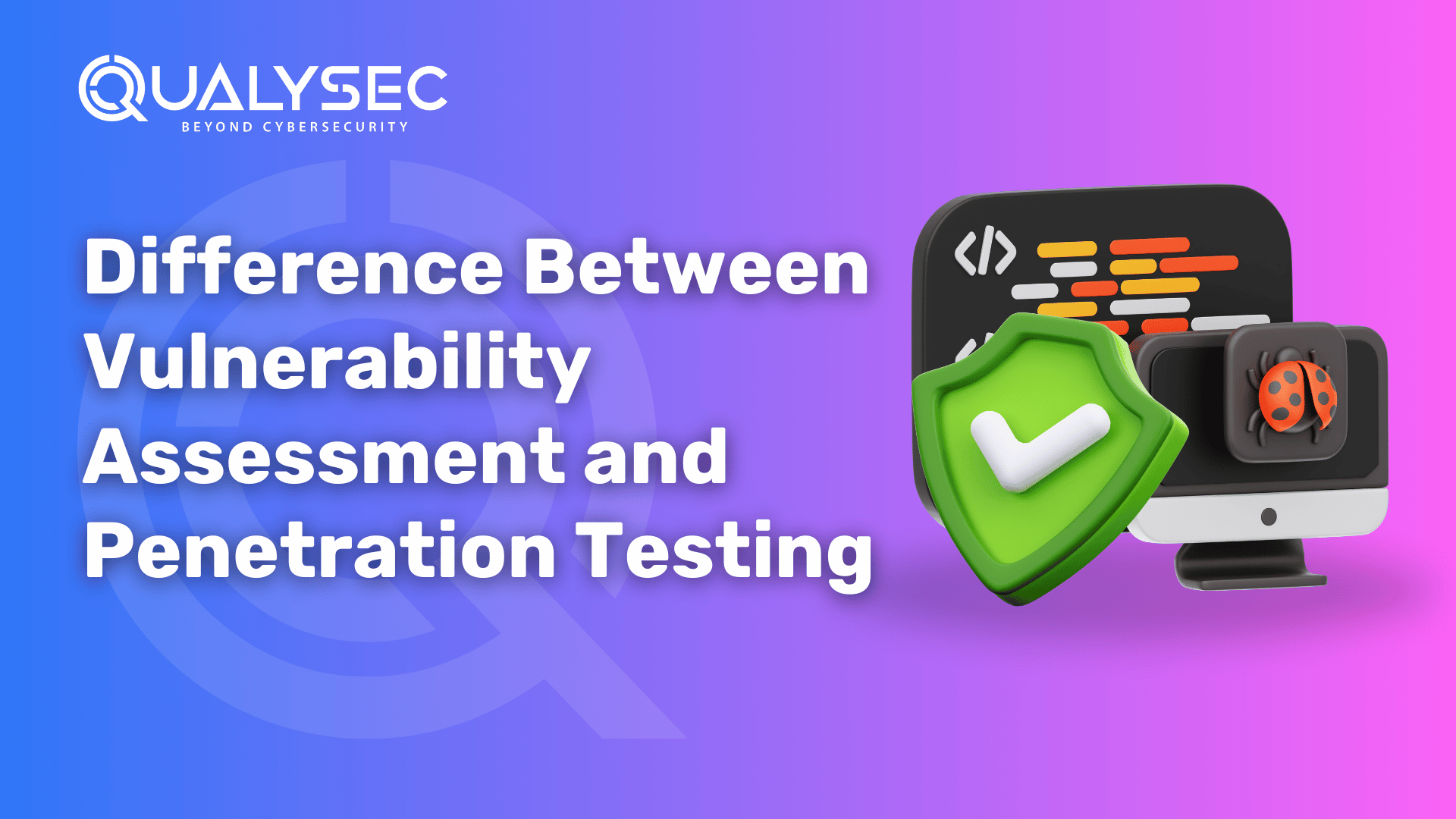
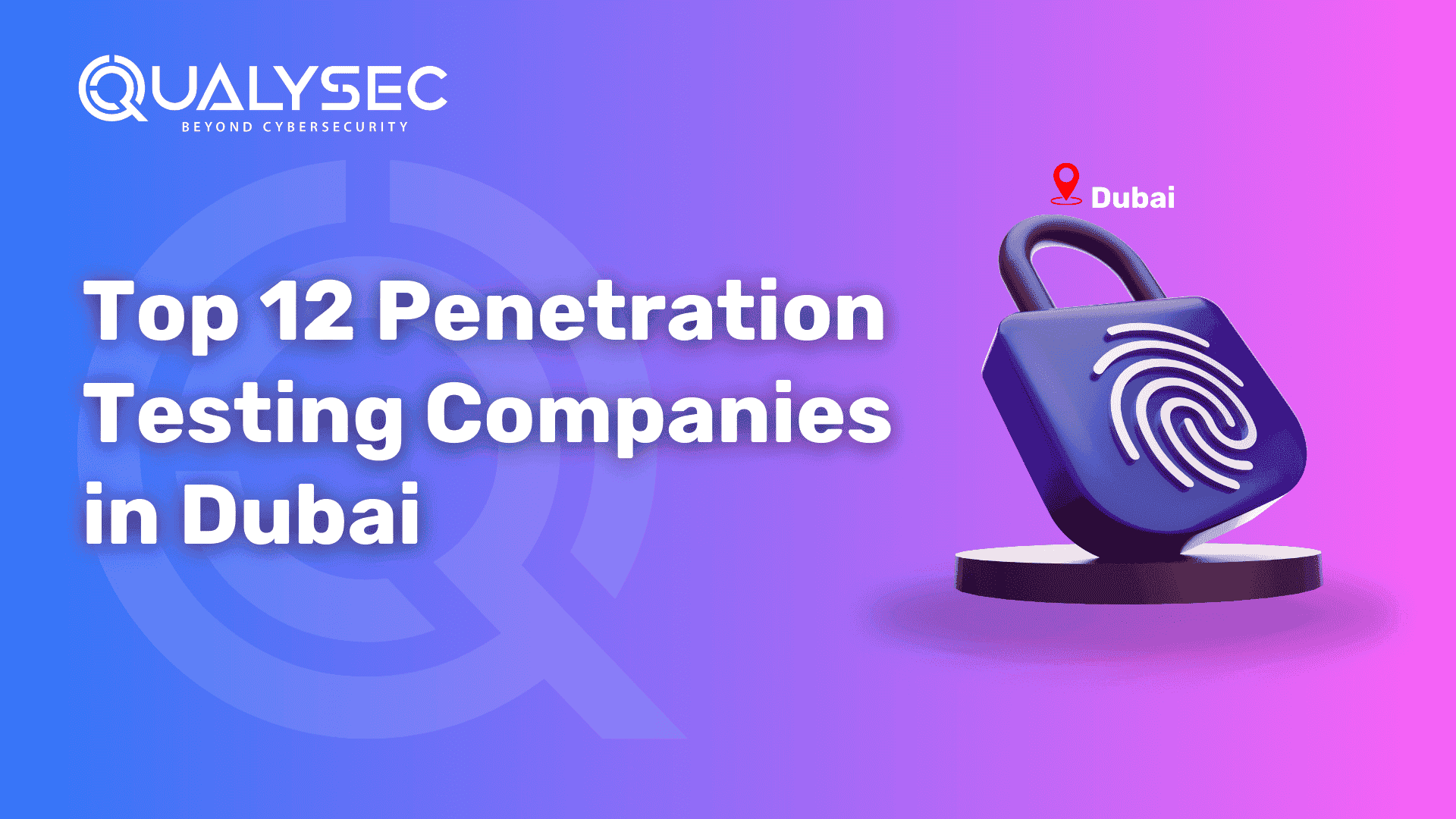

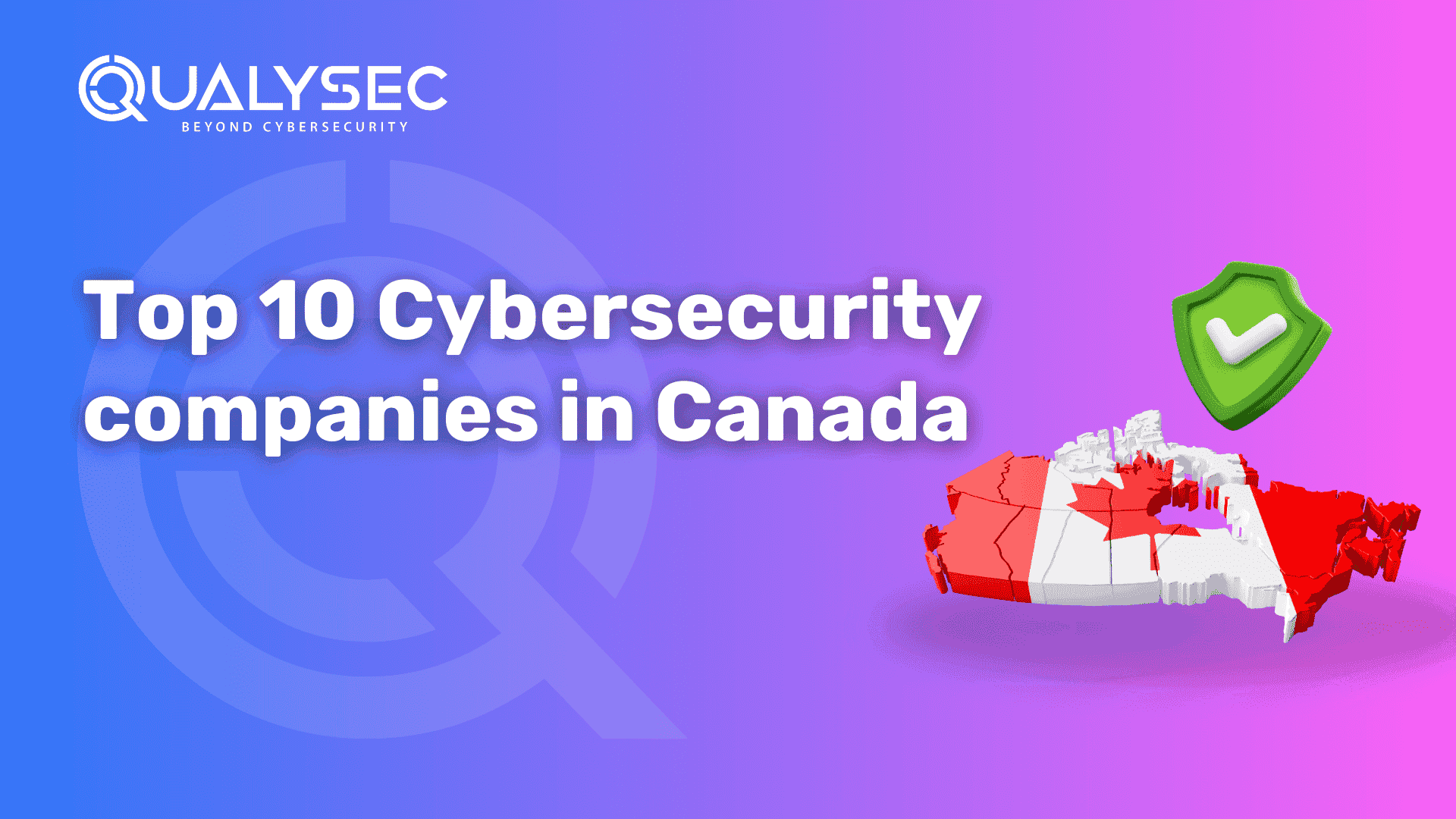




0 Comments